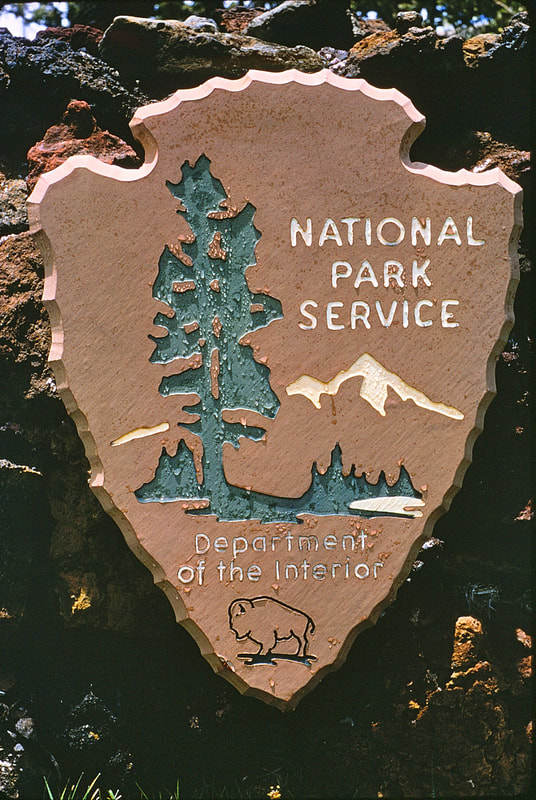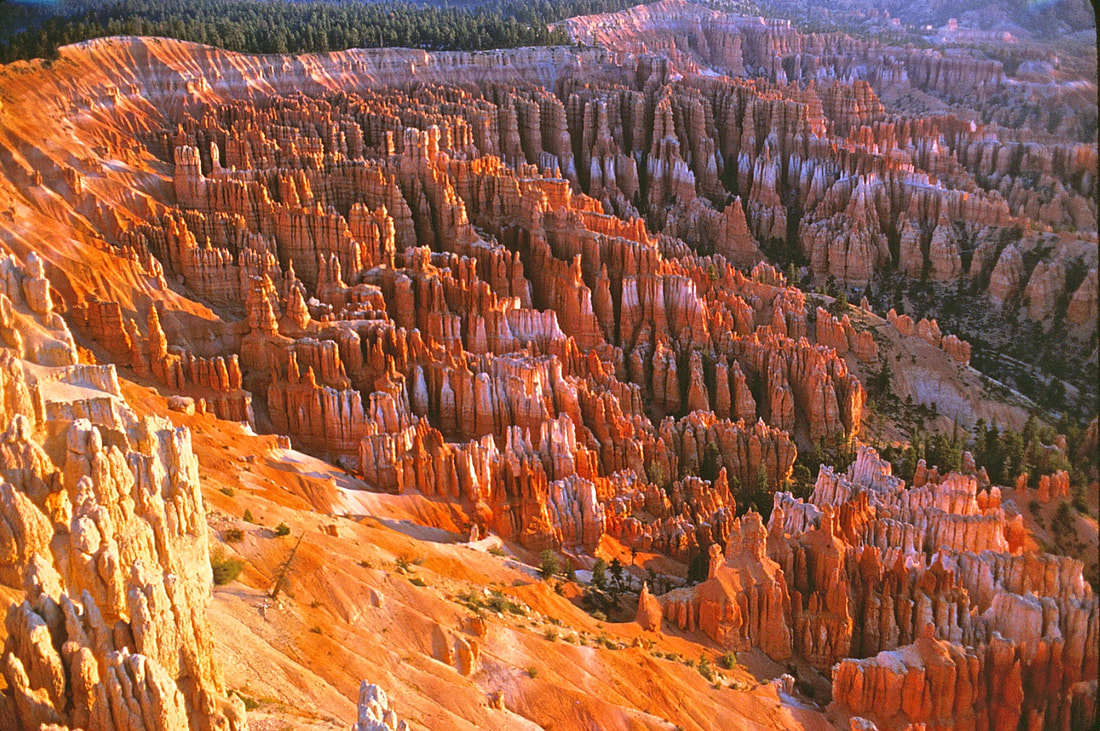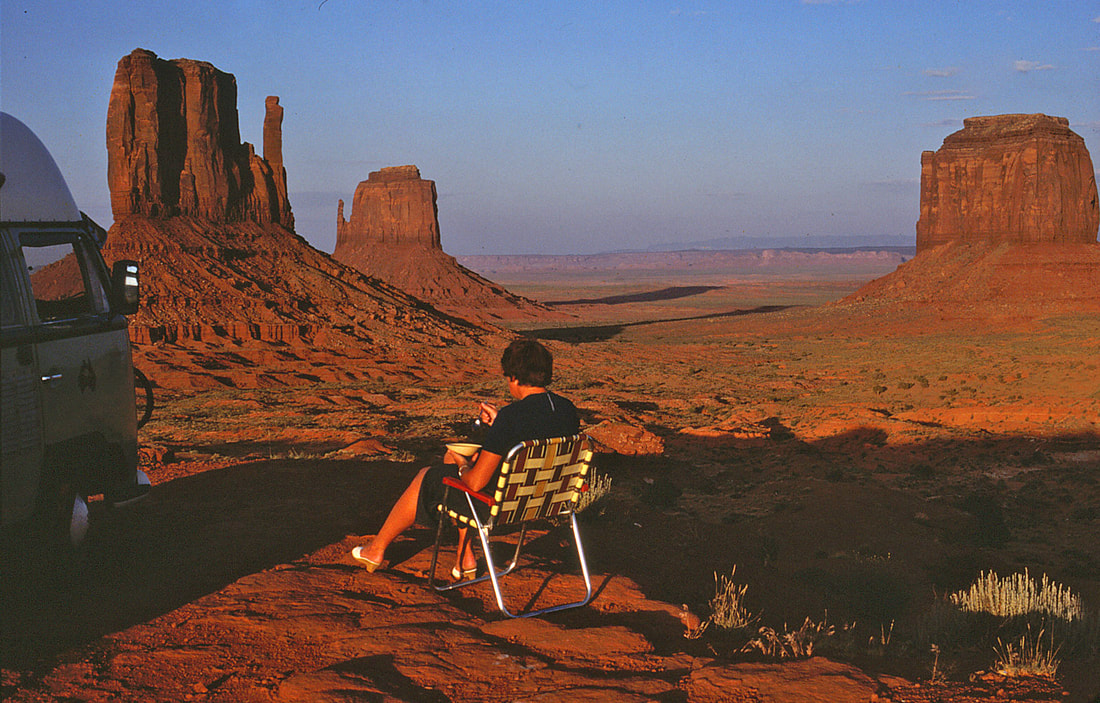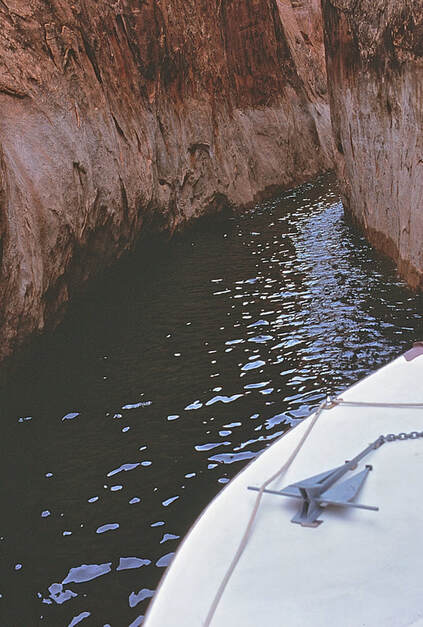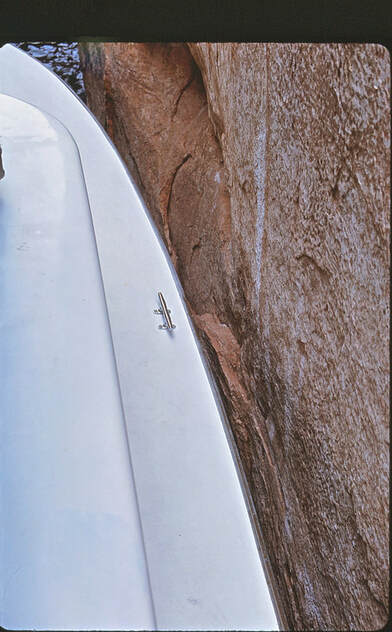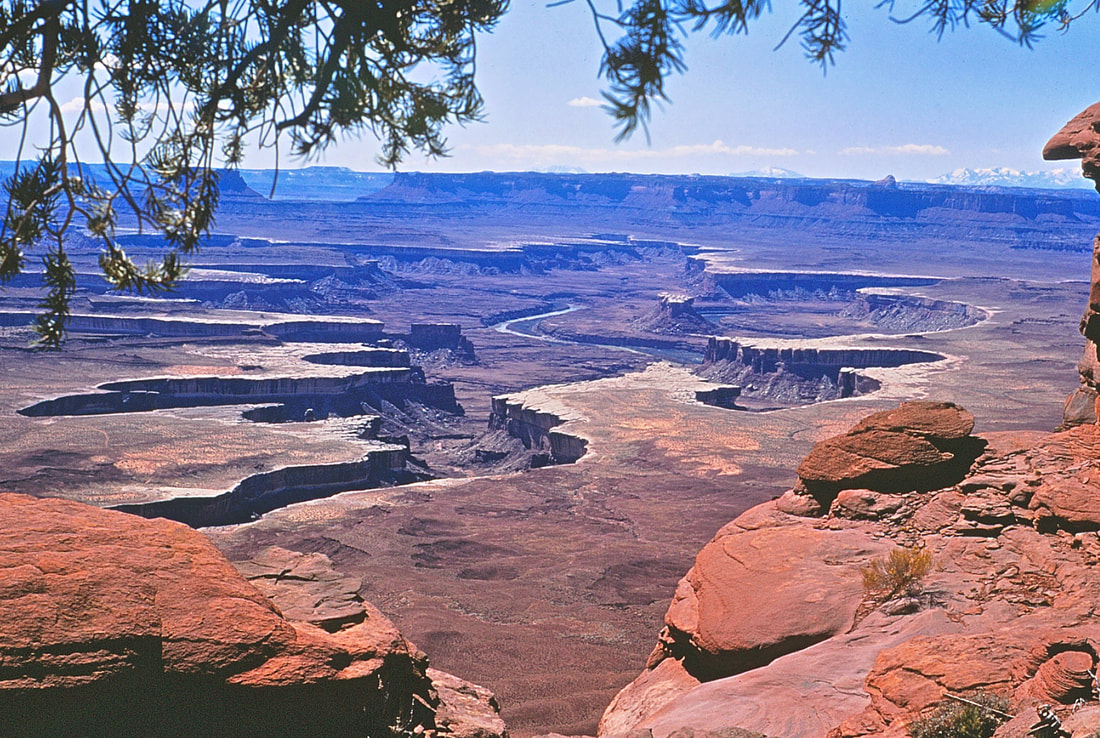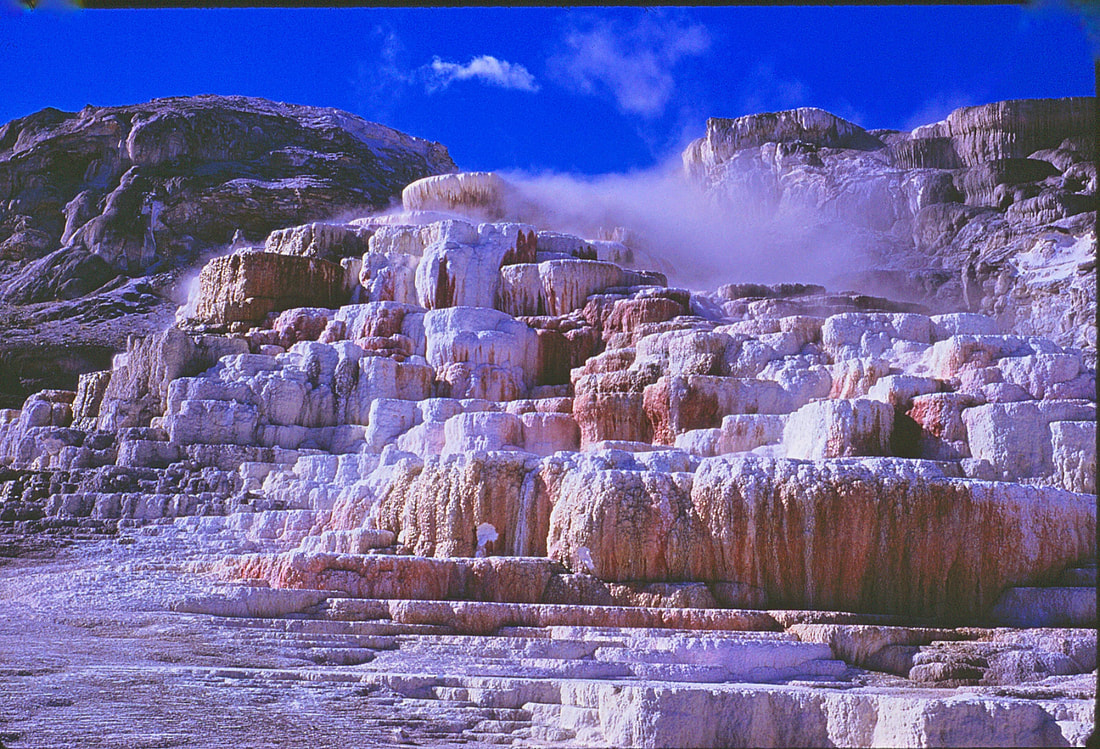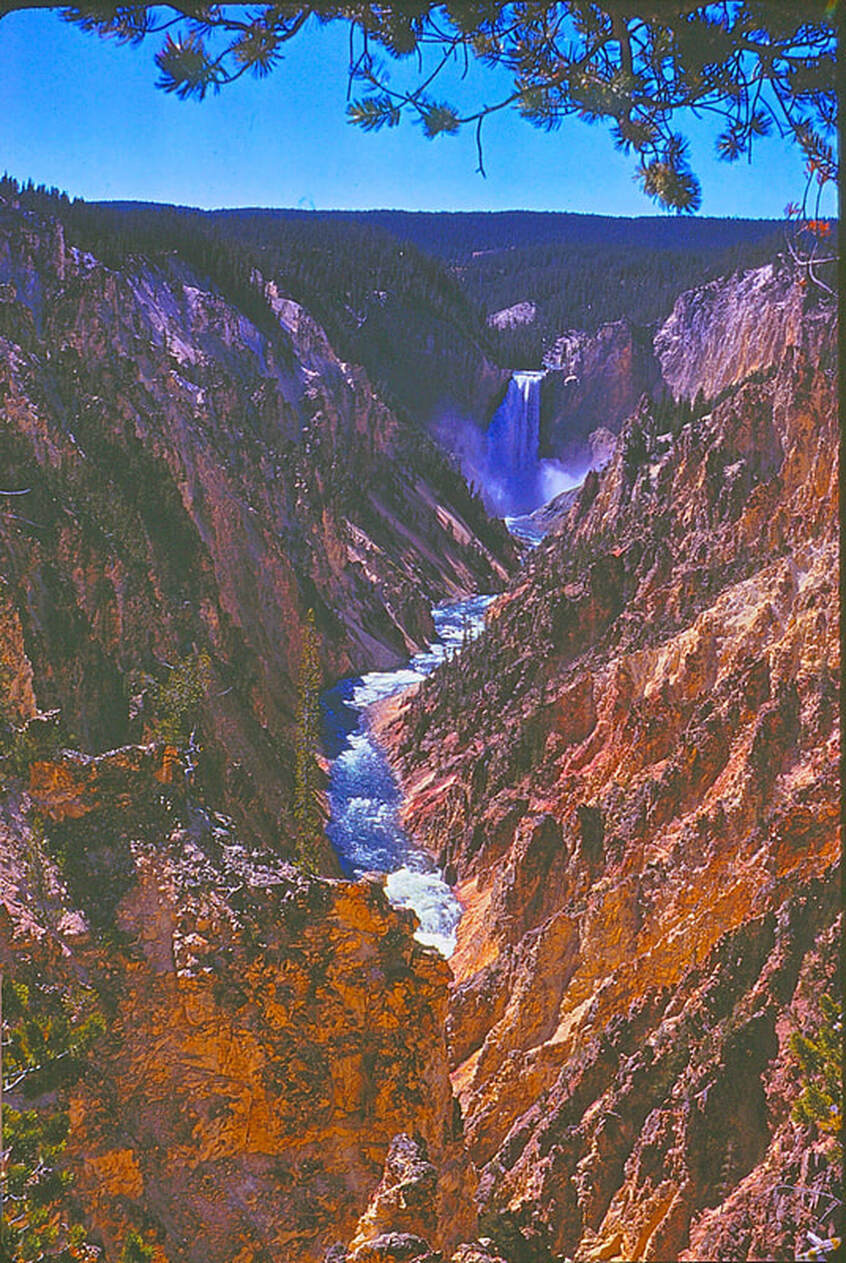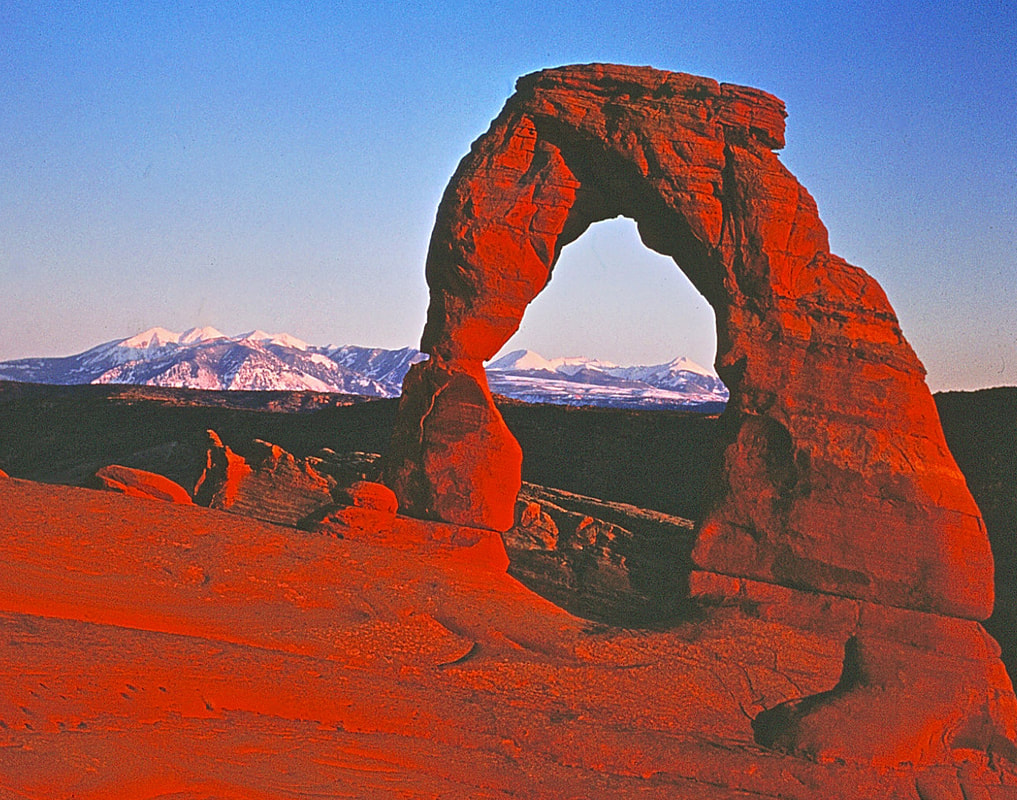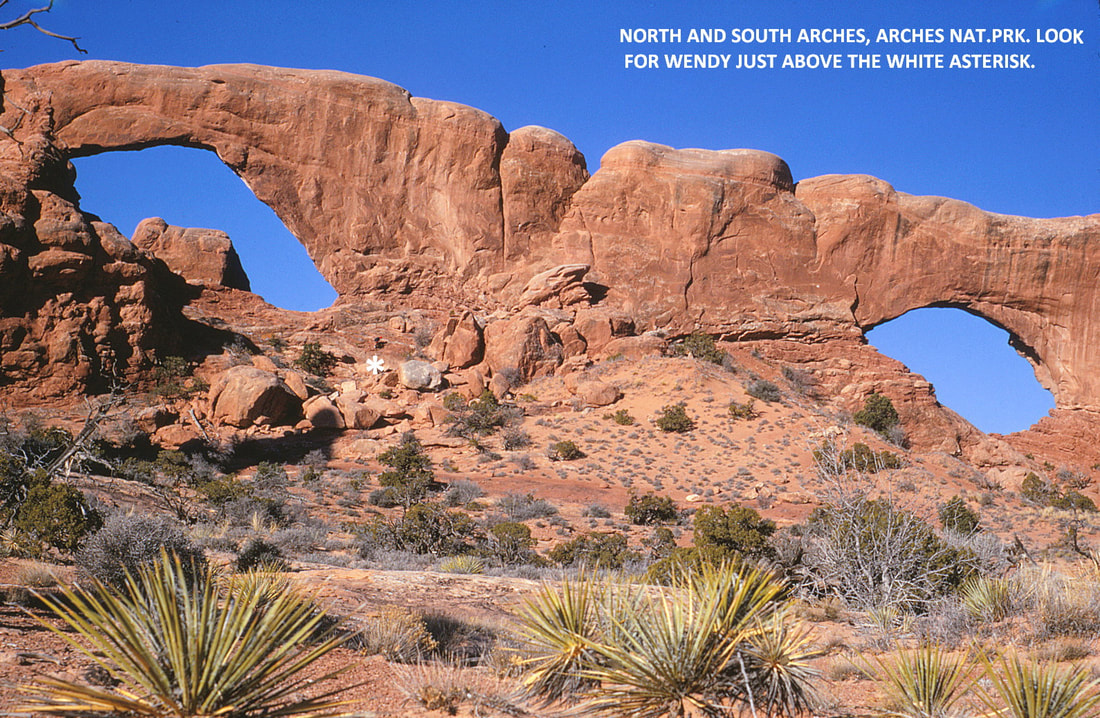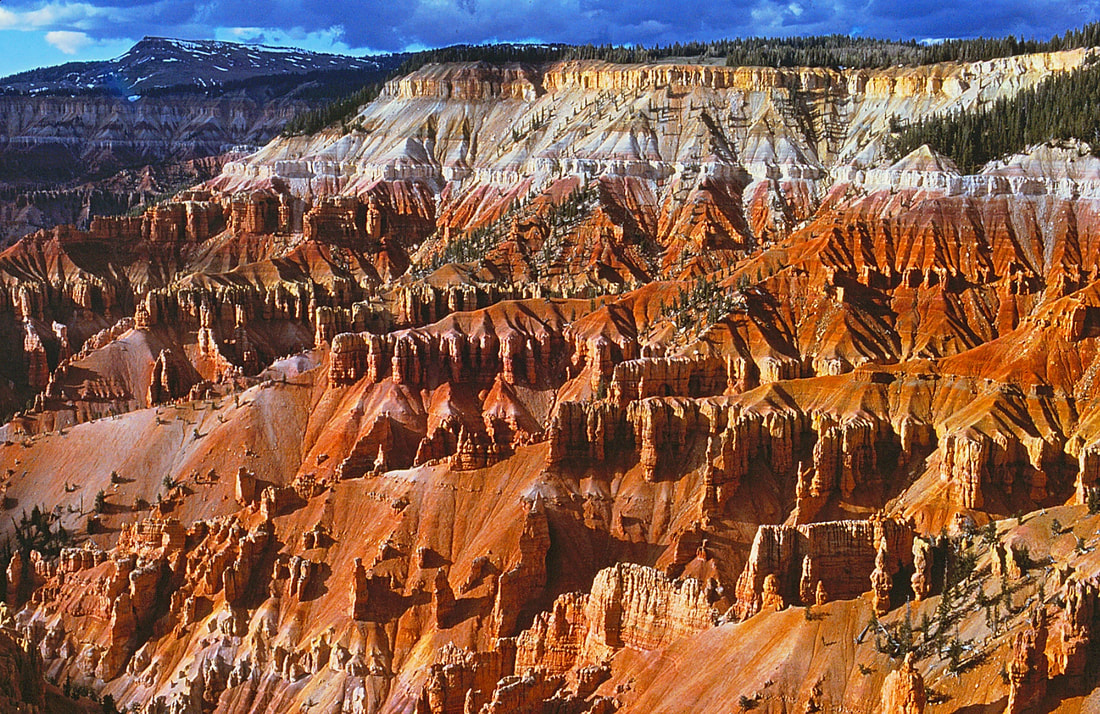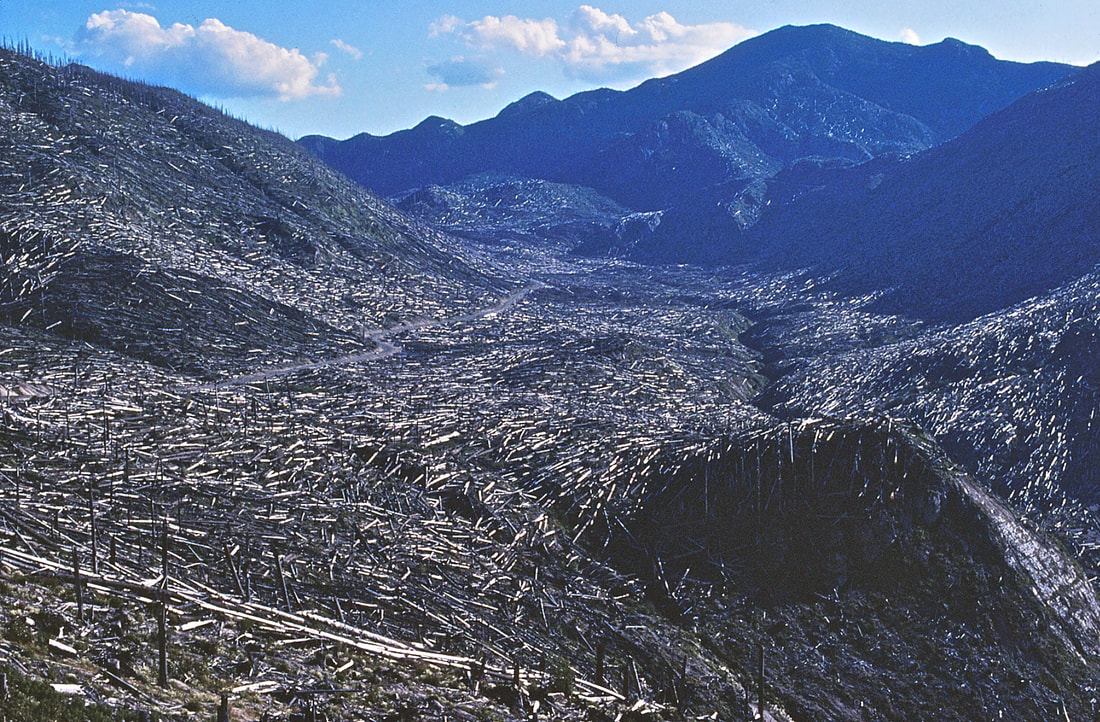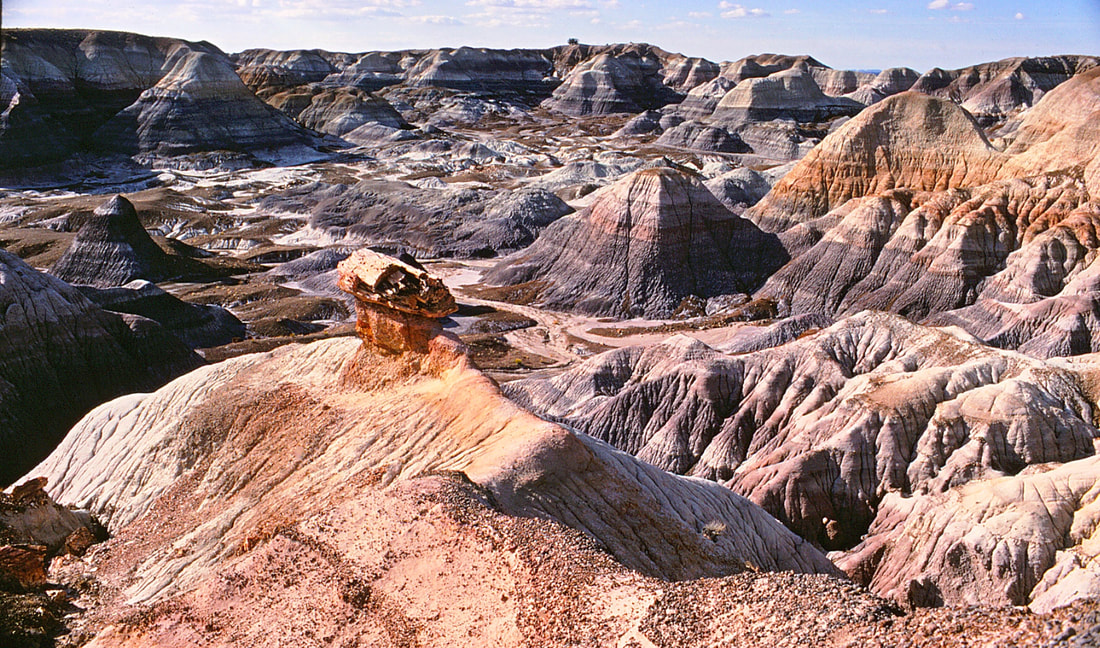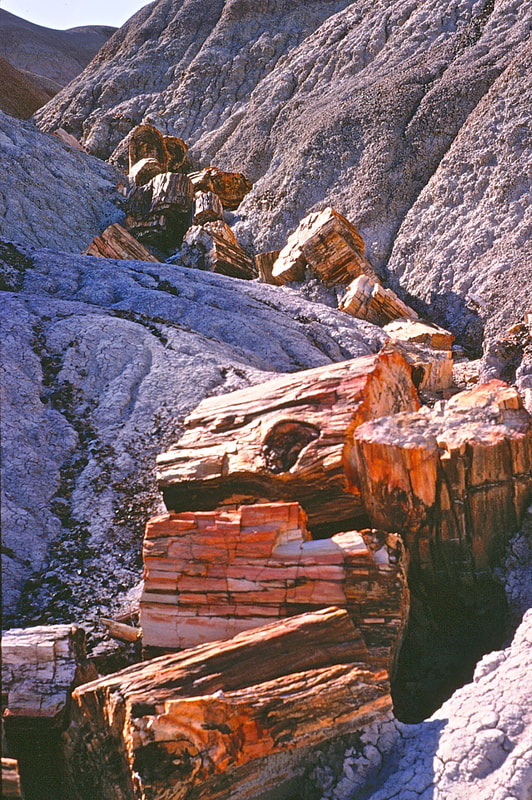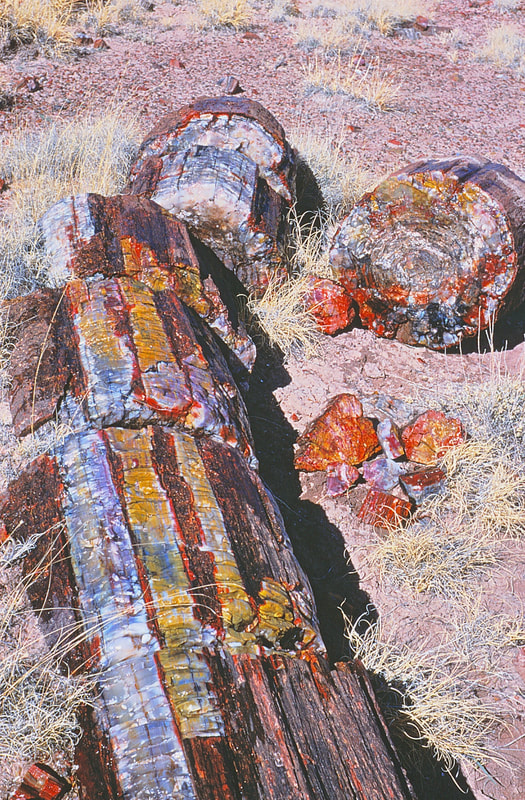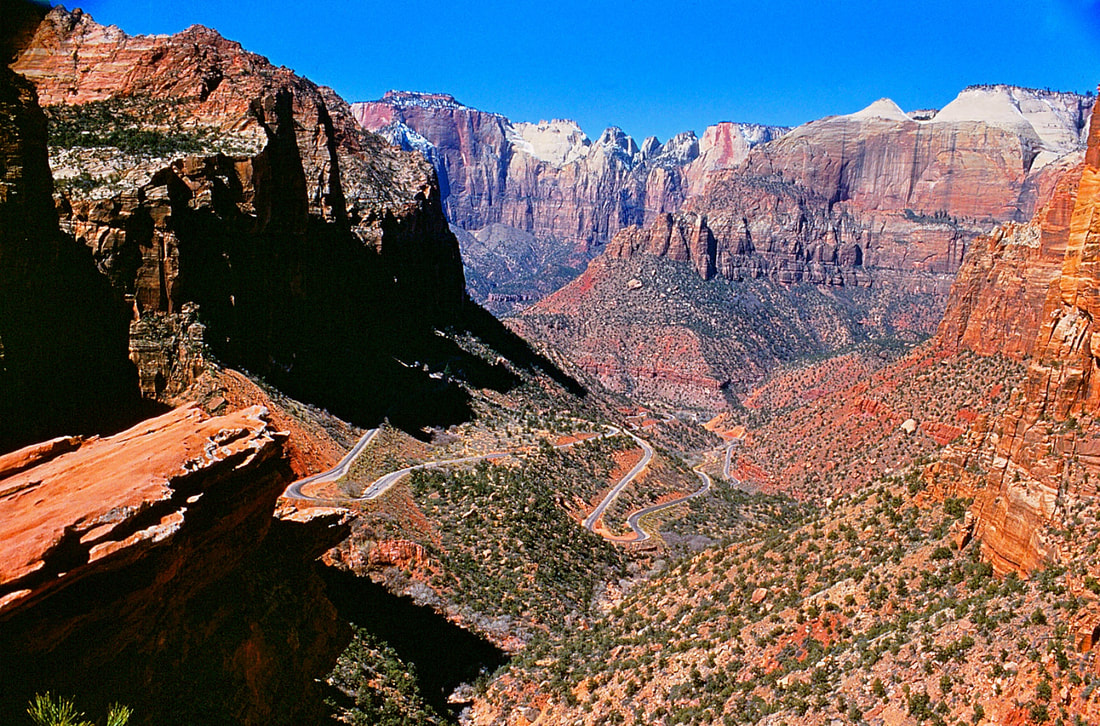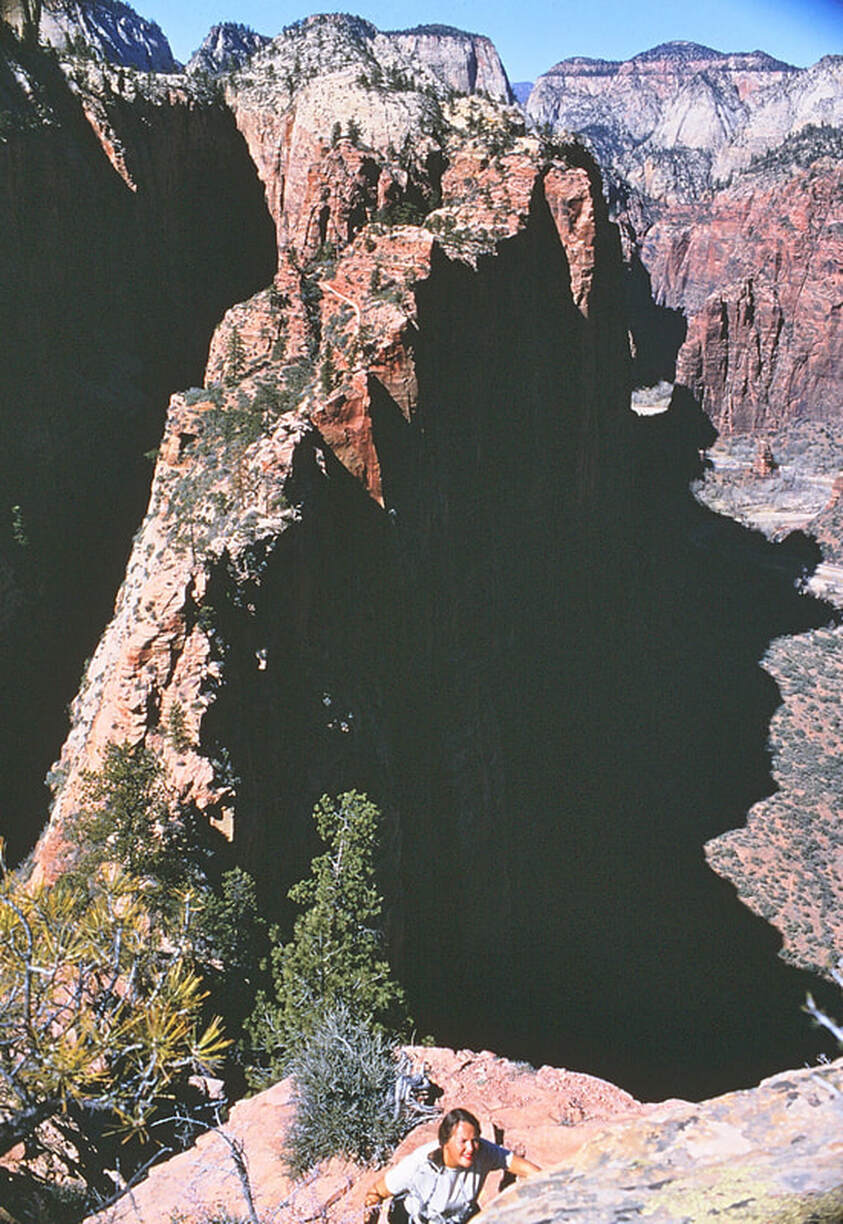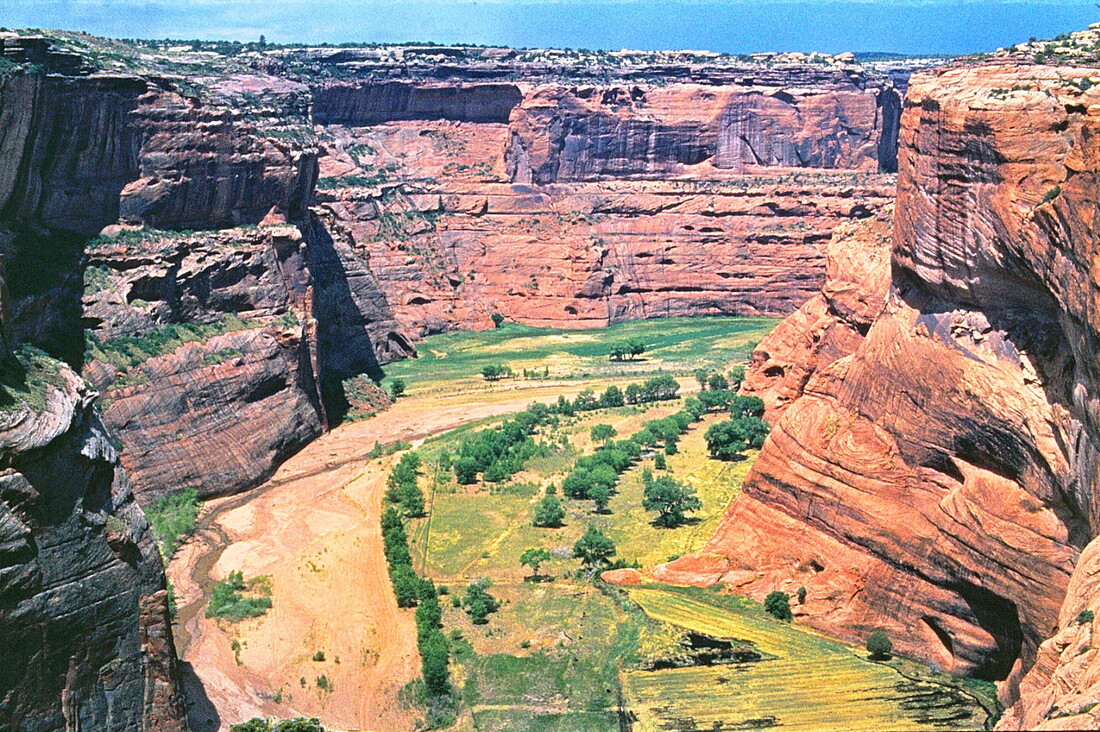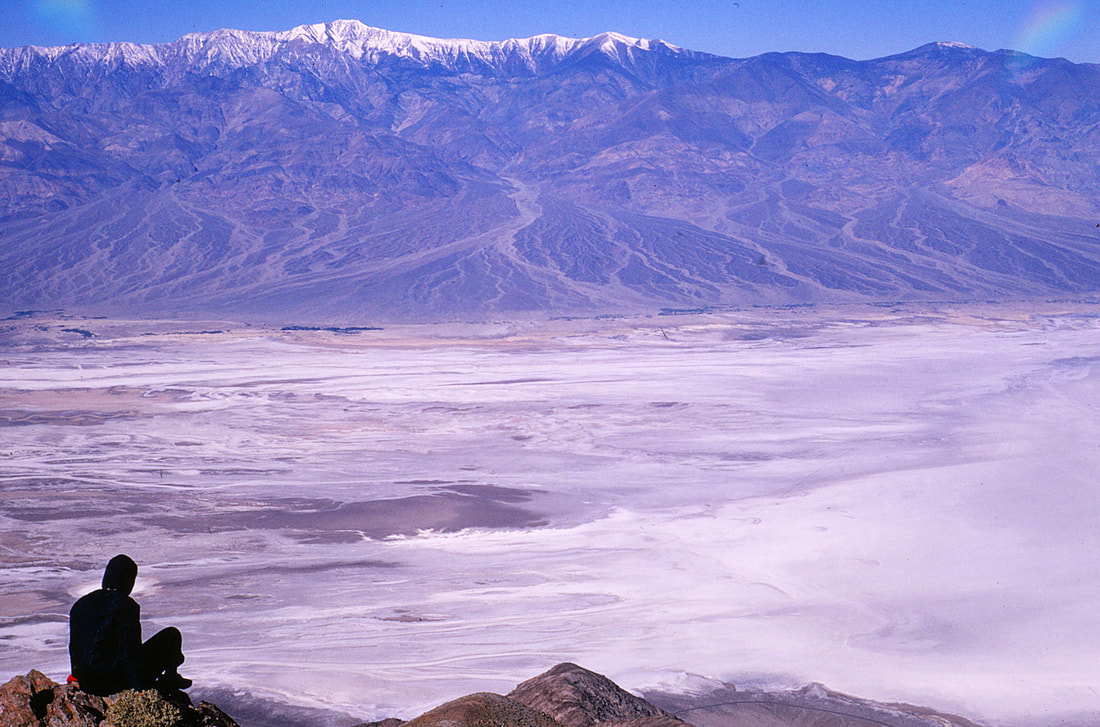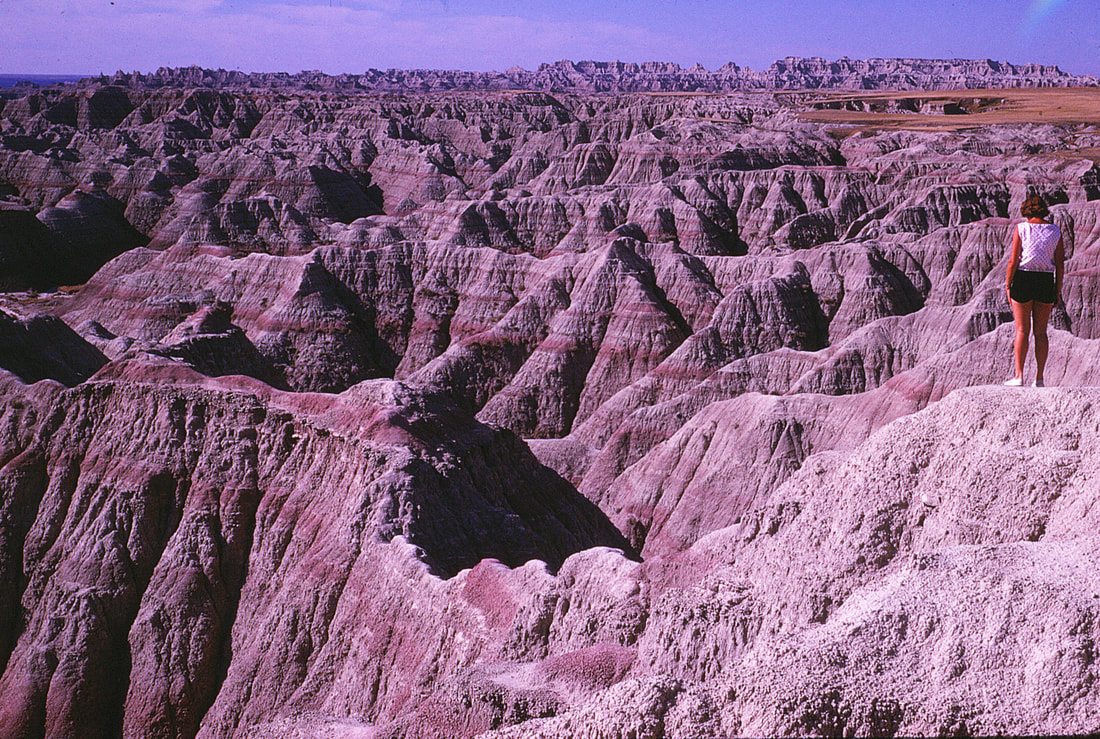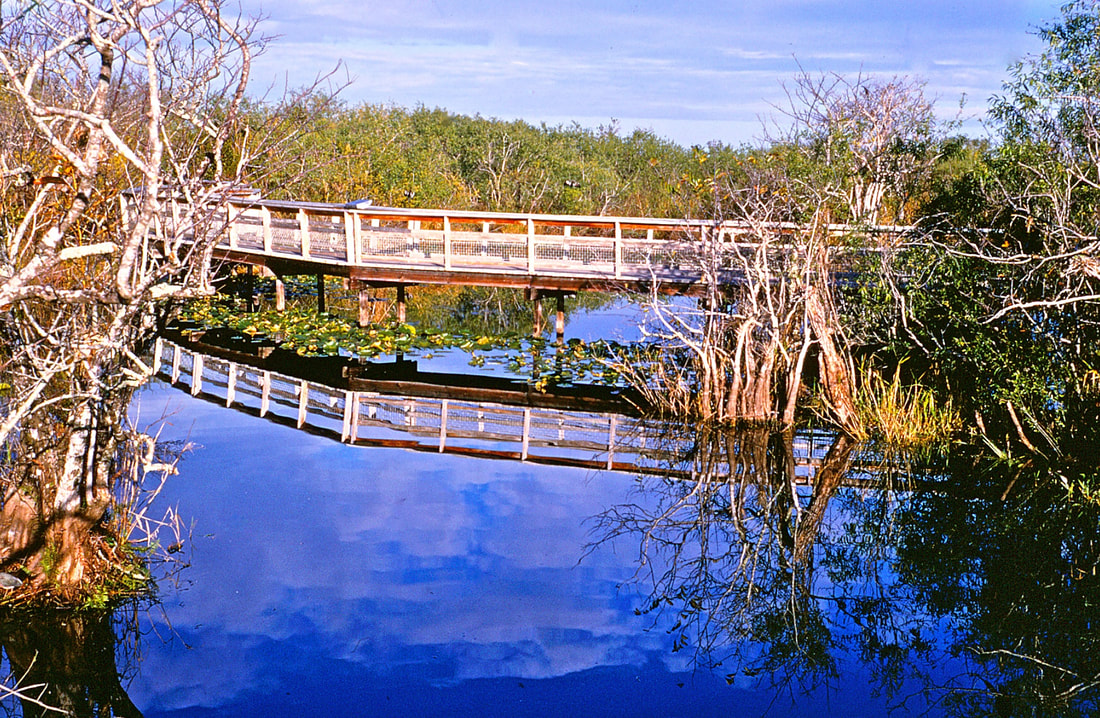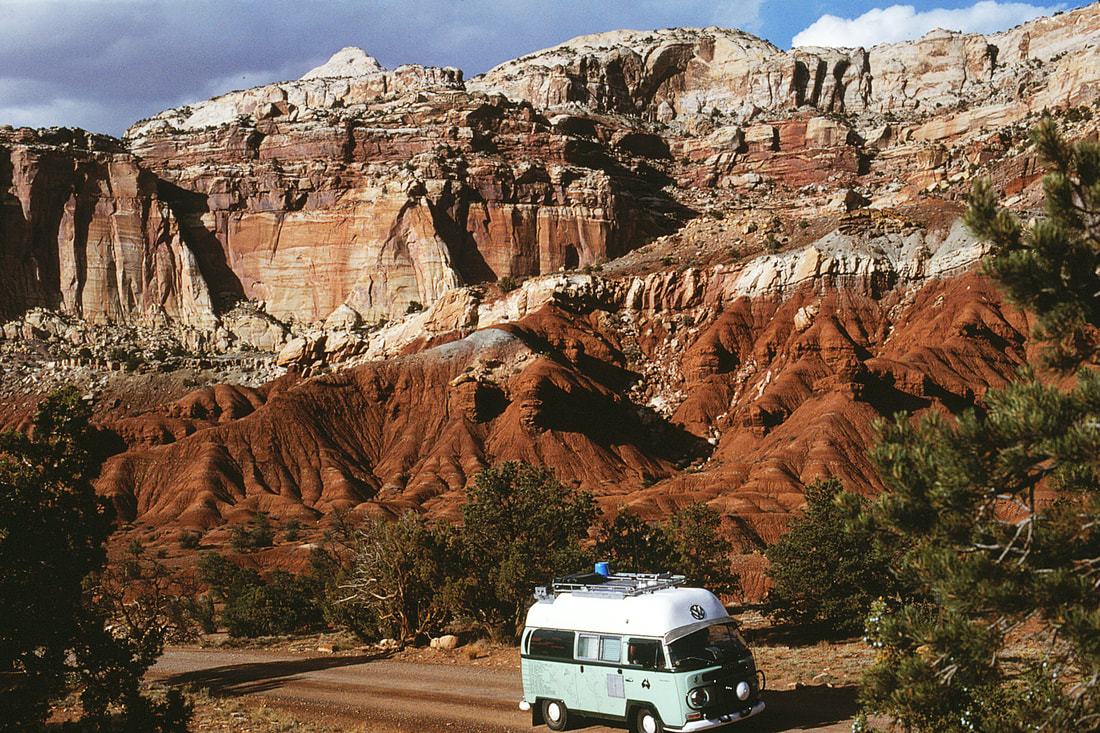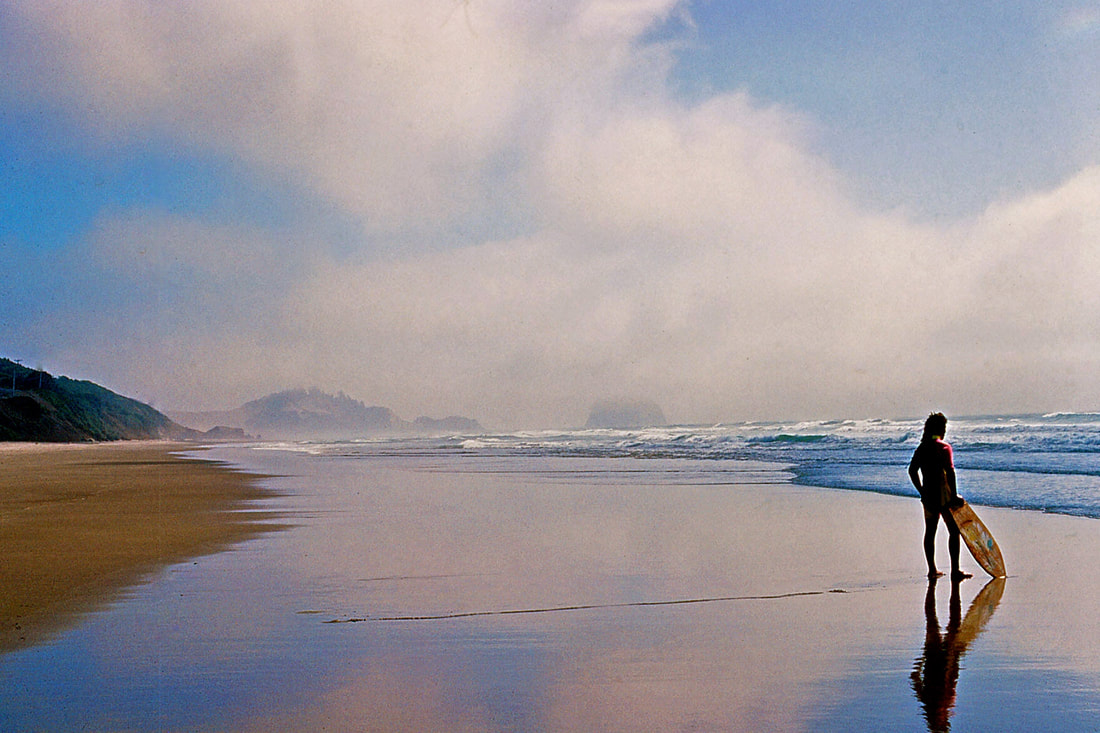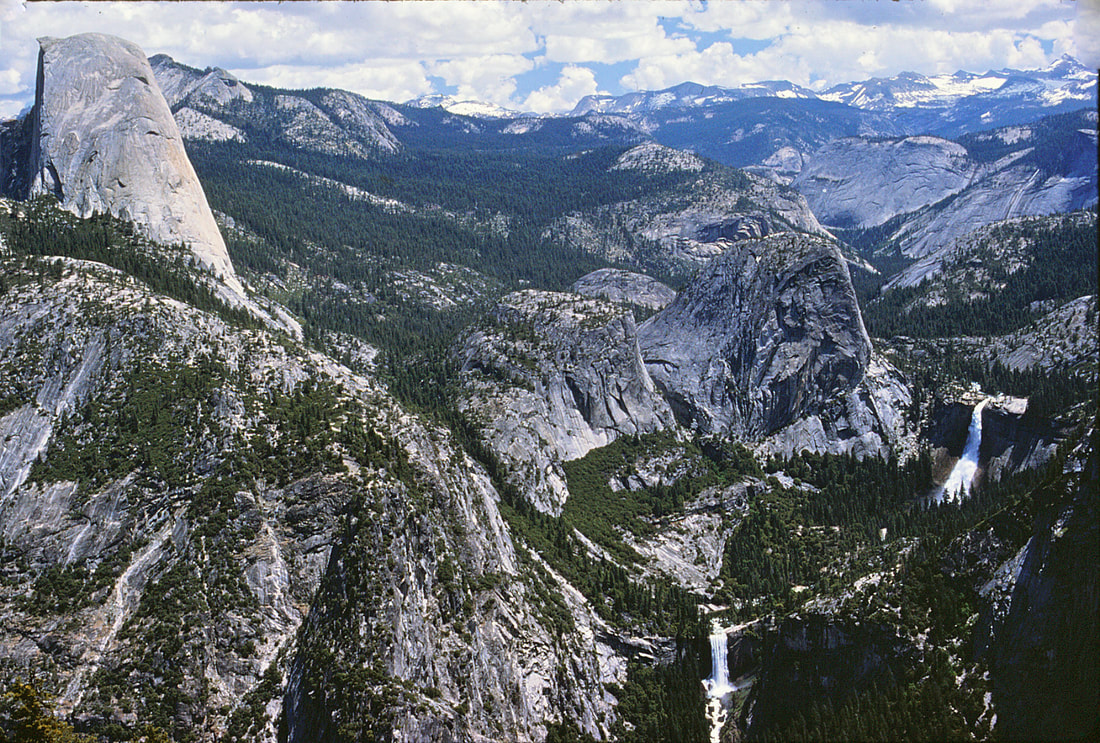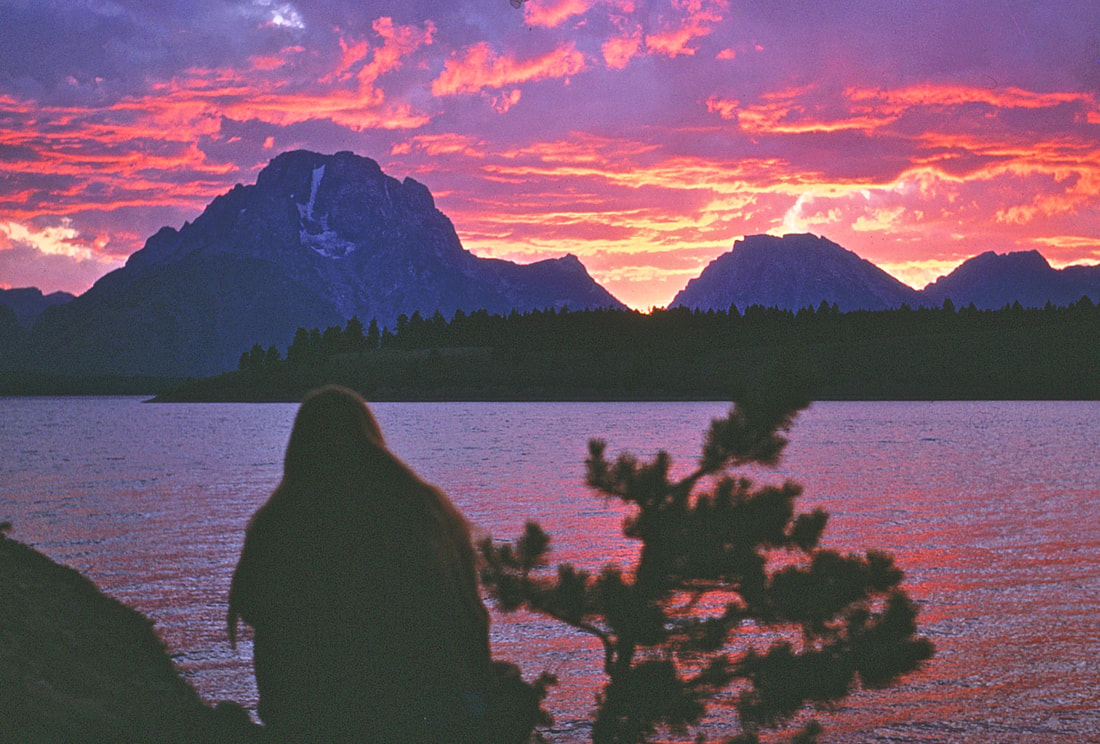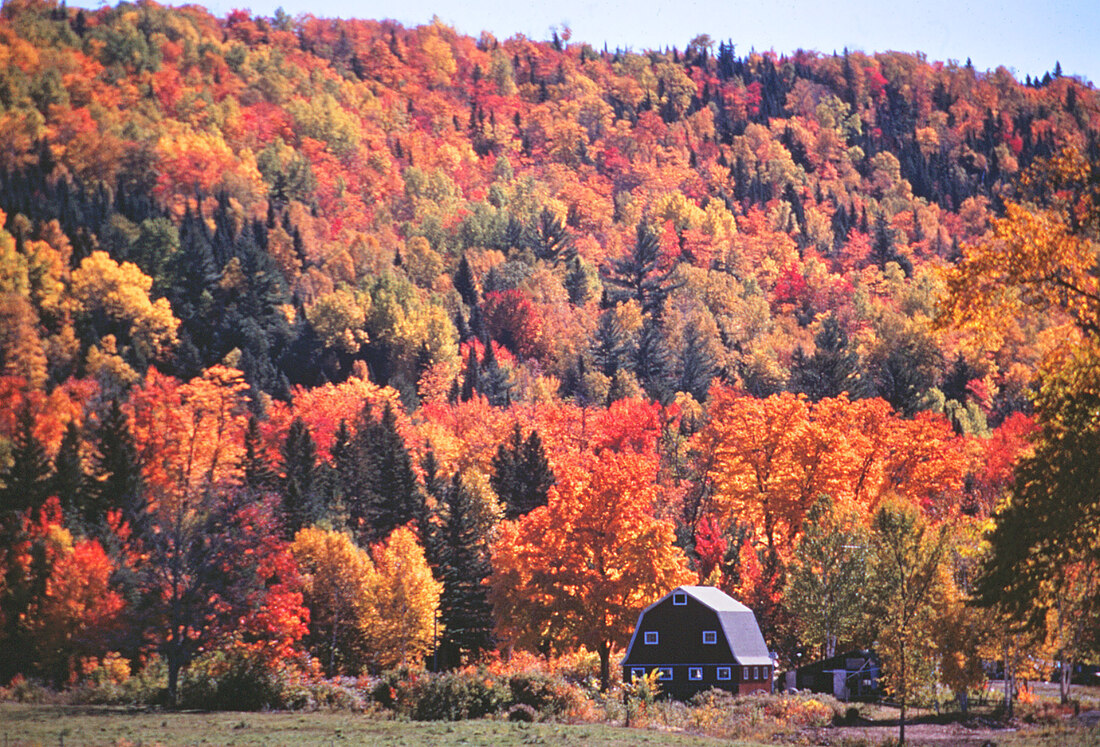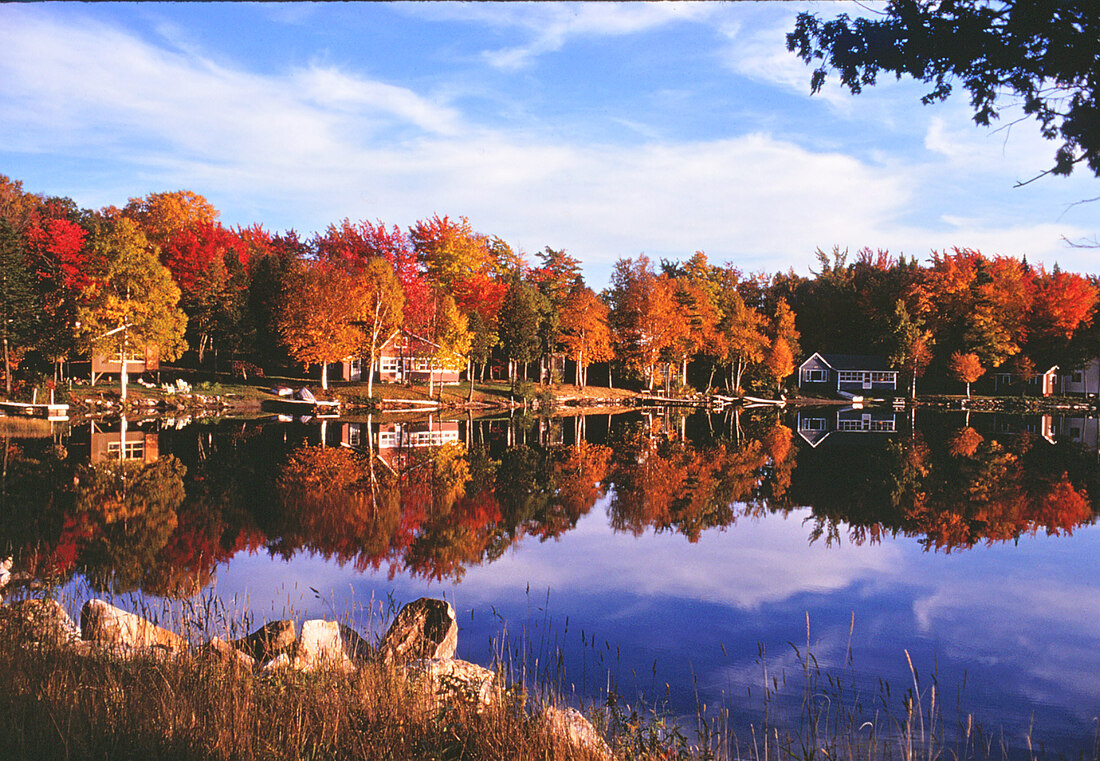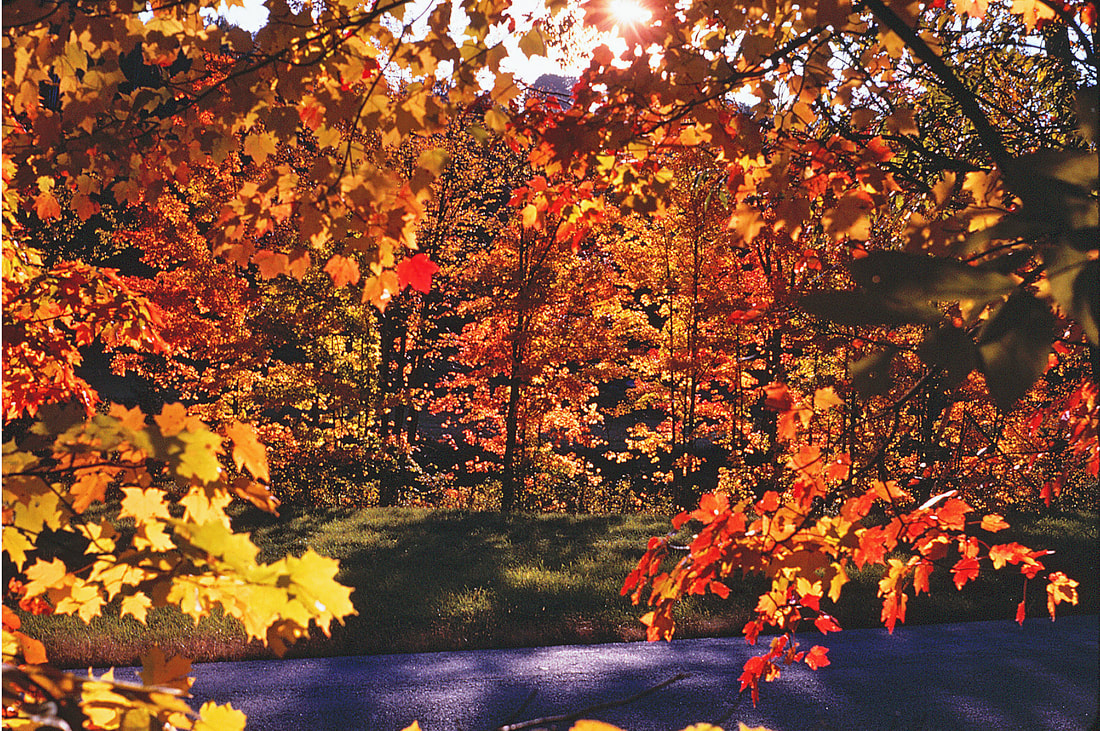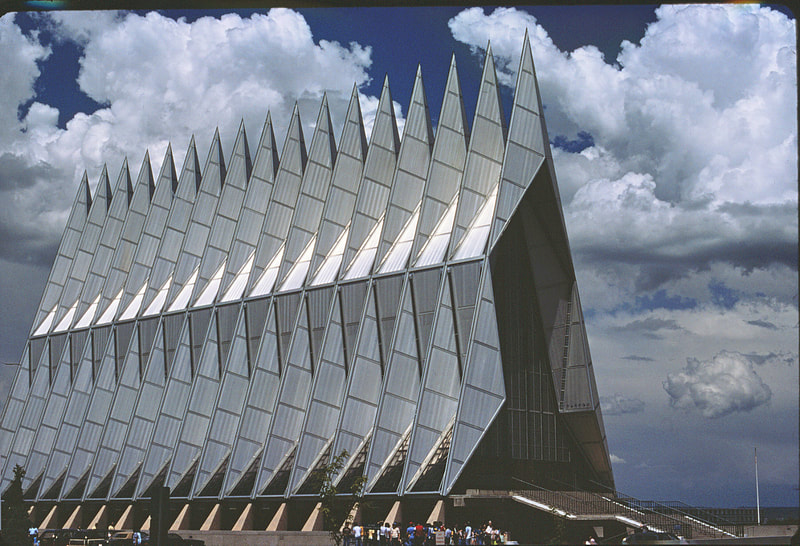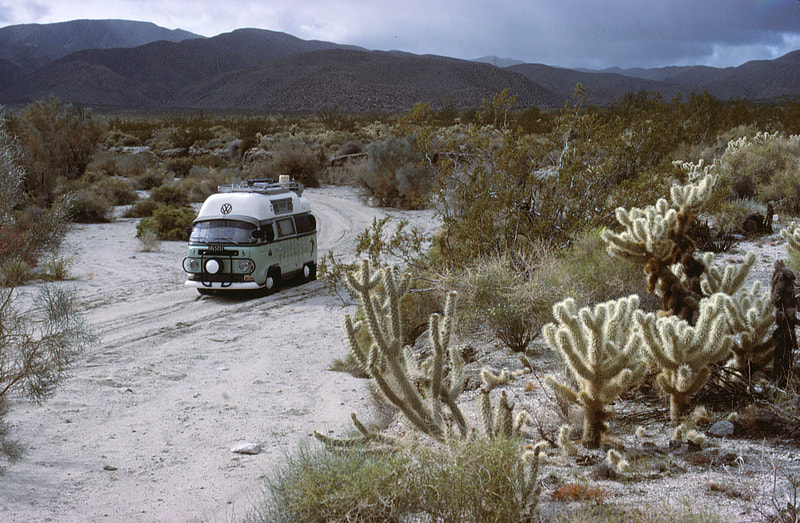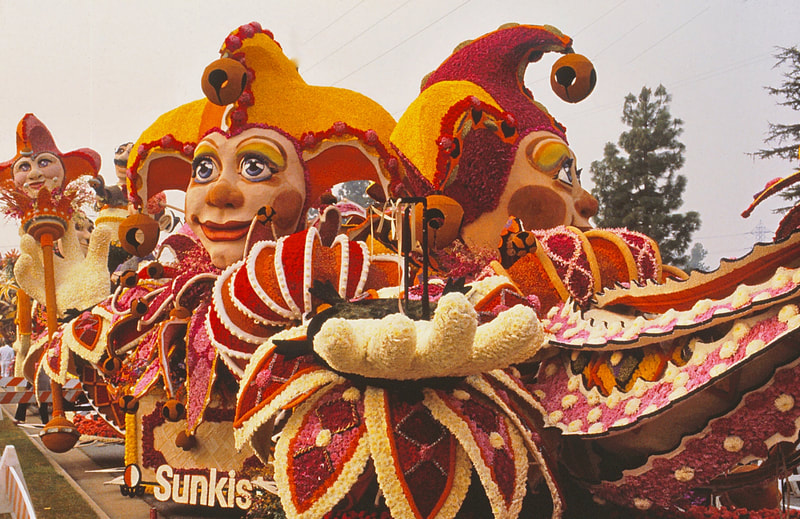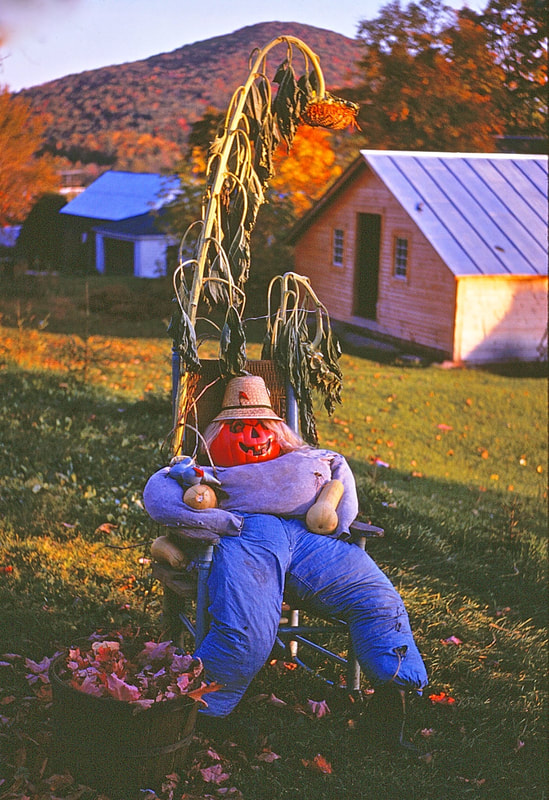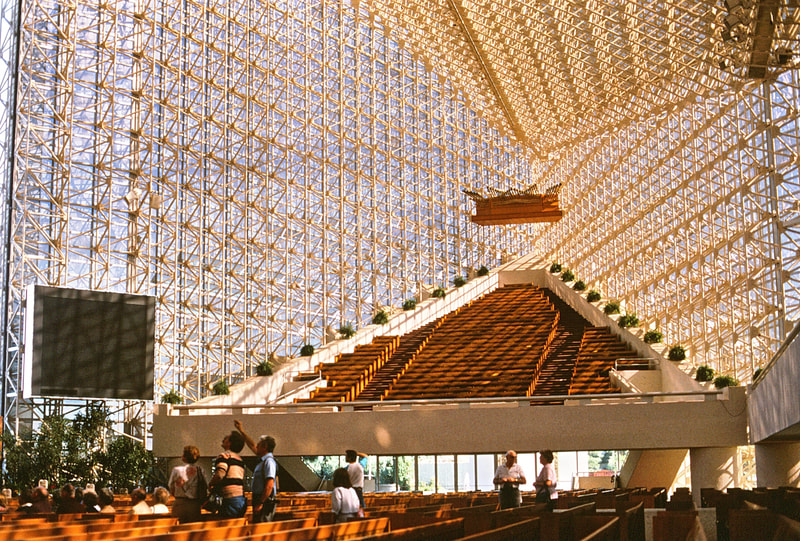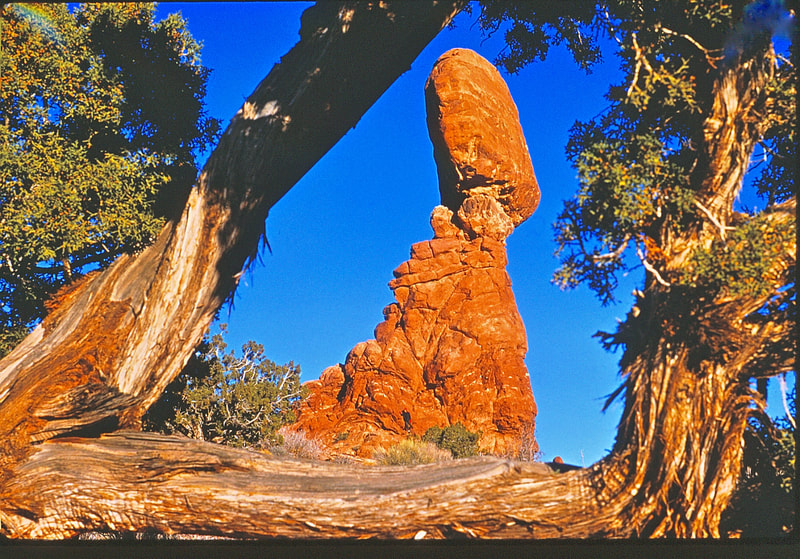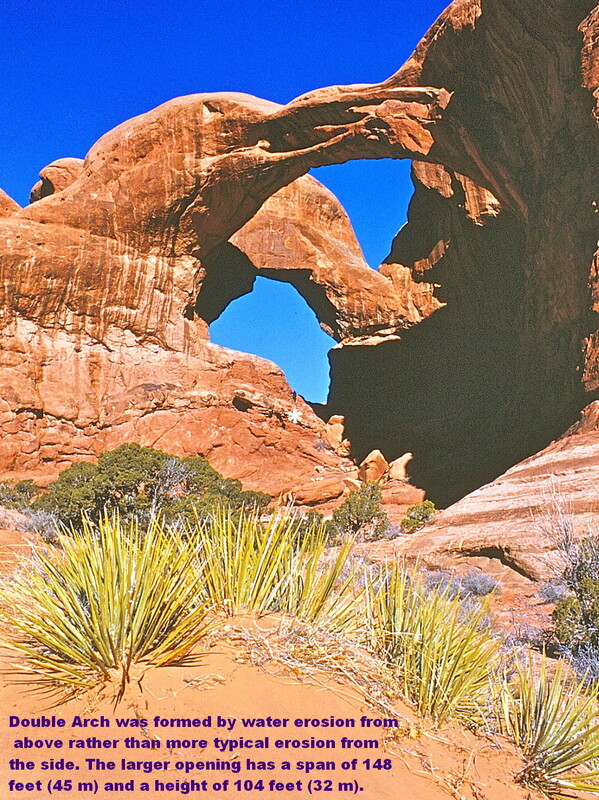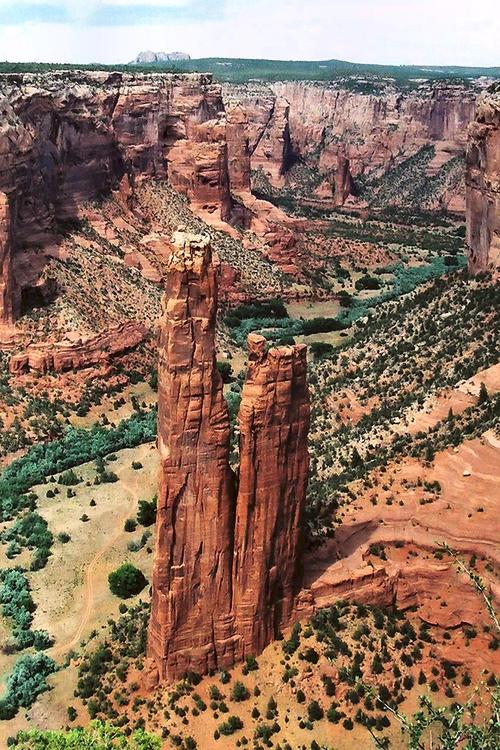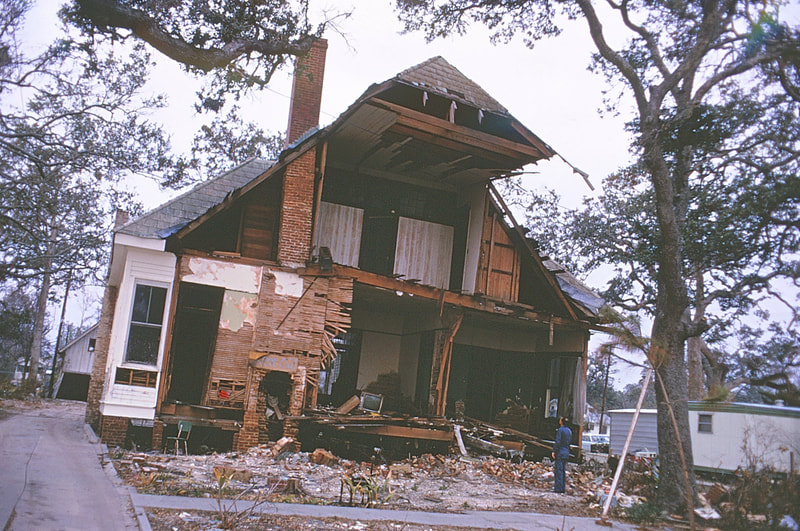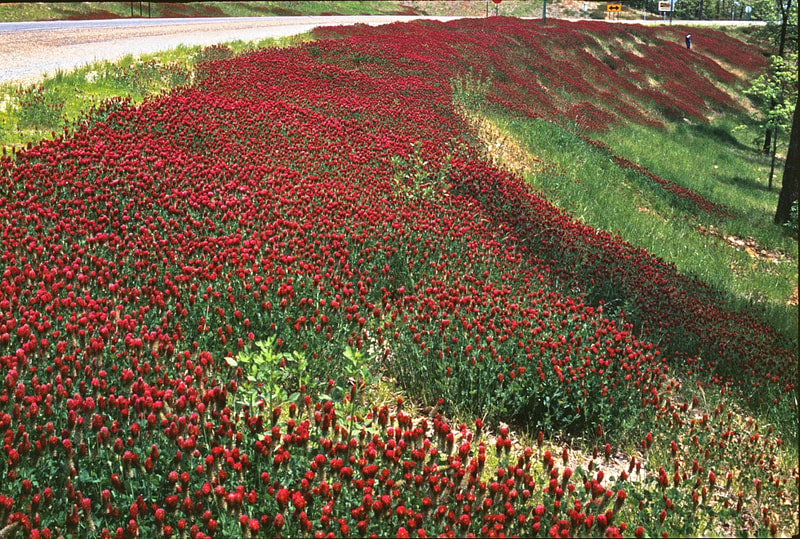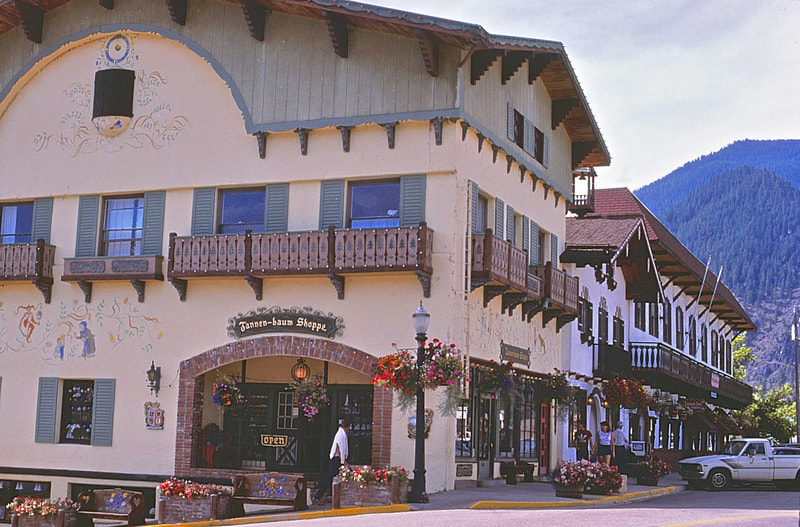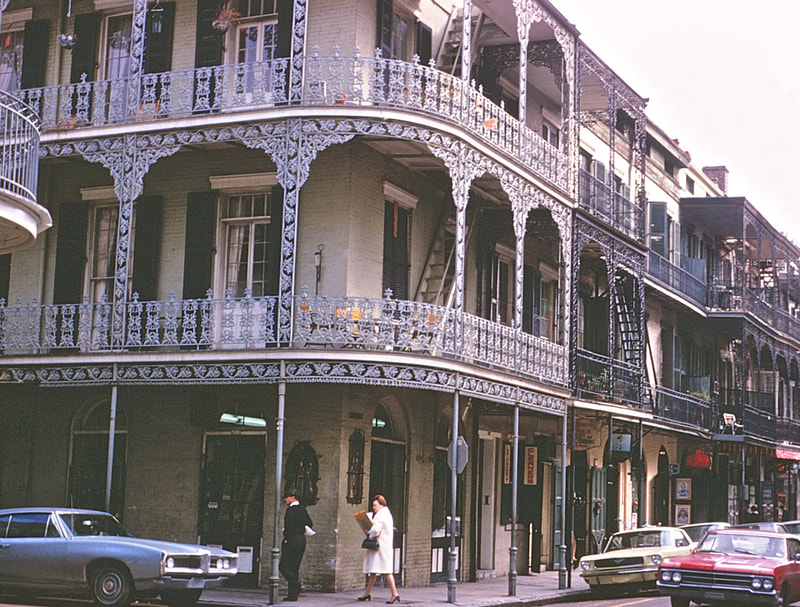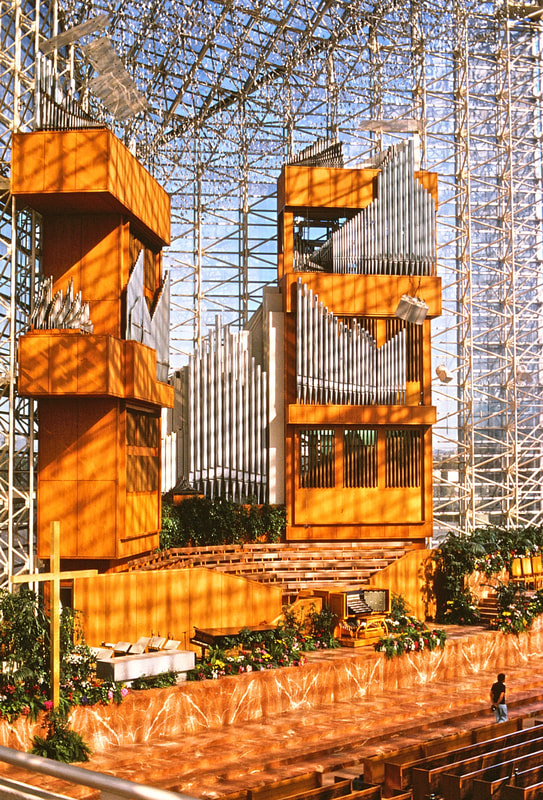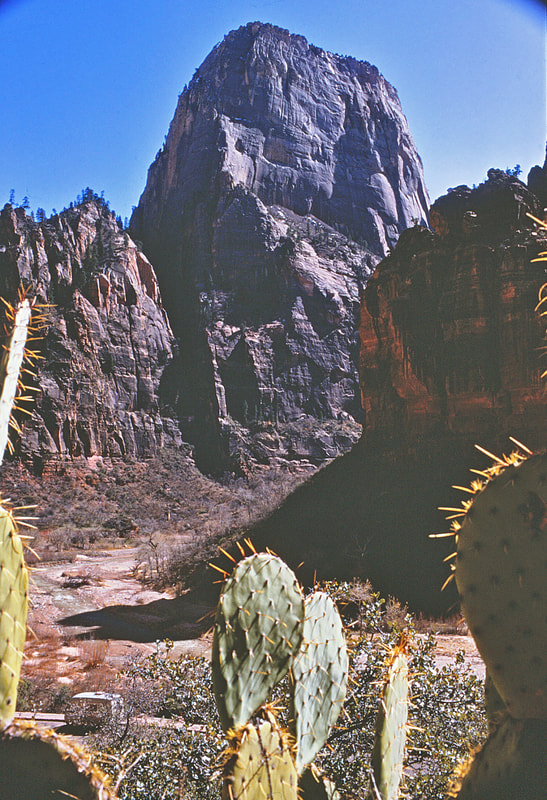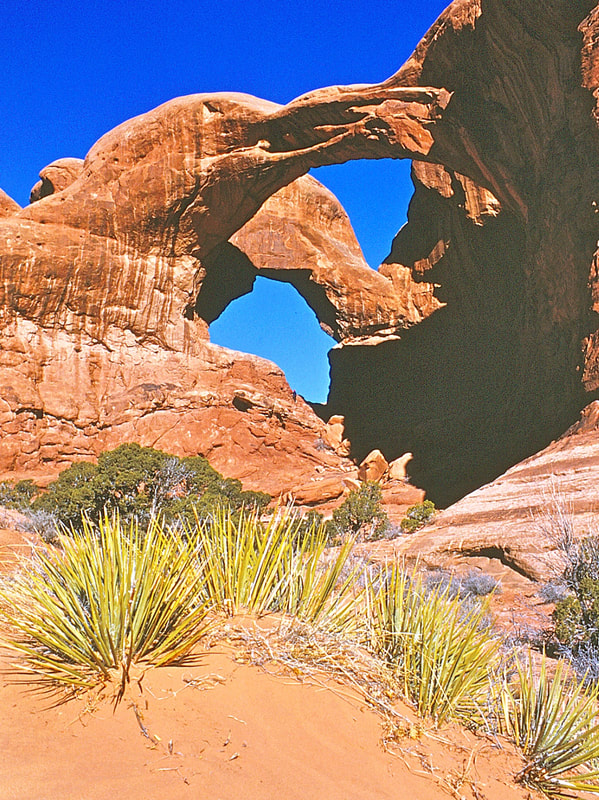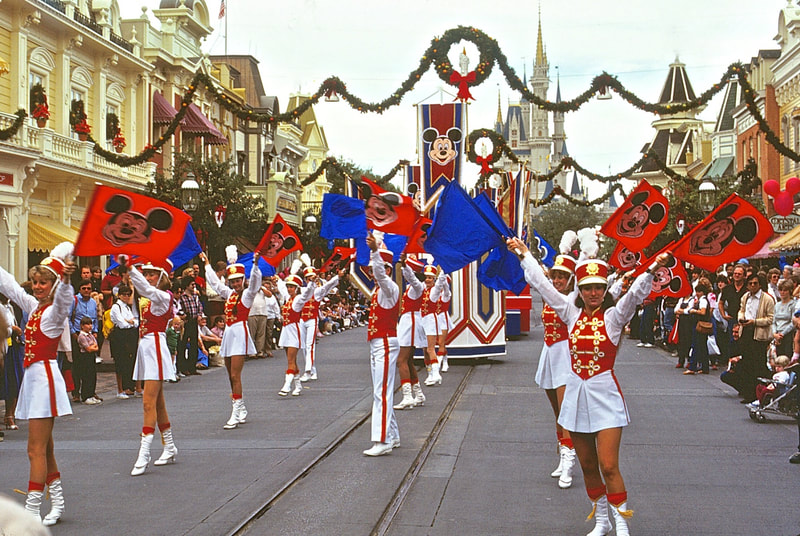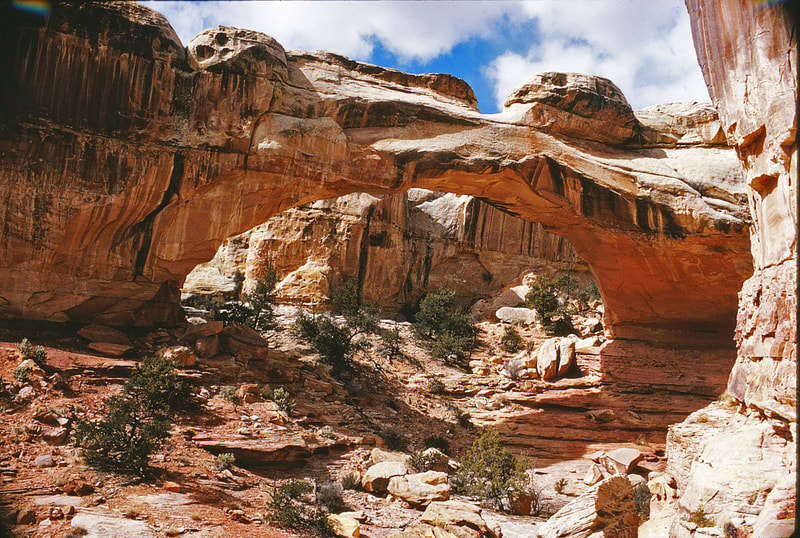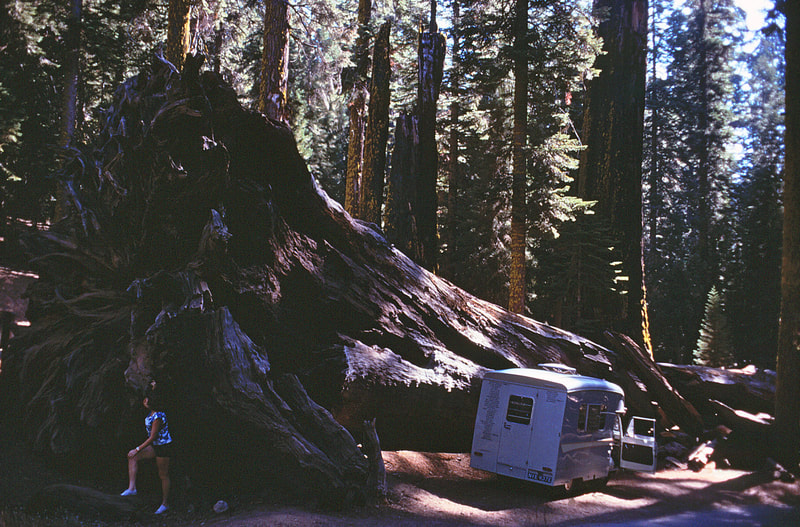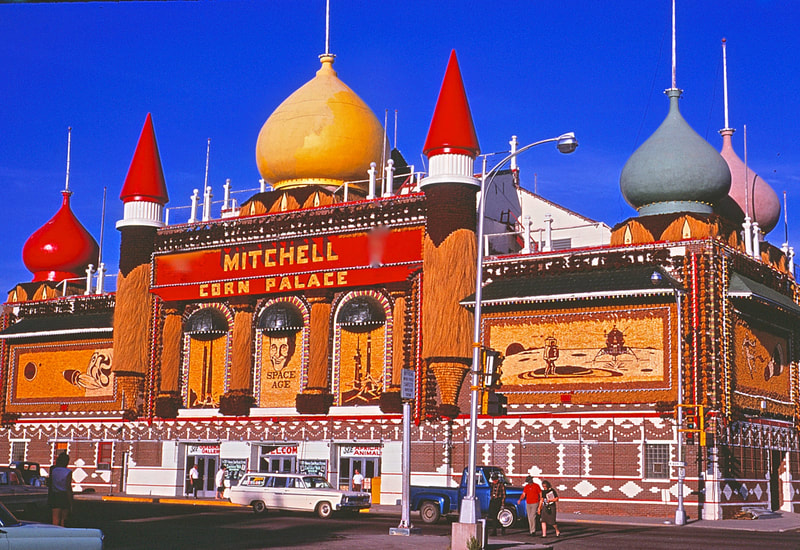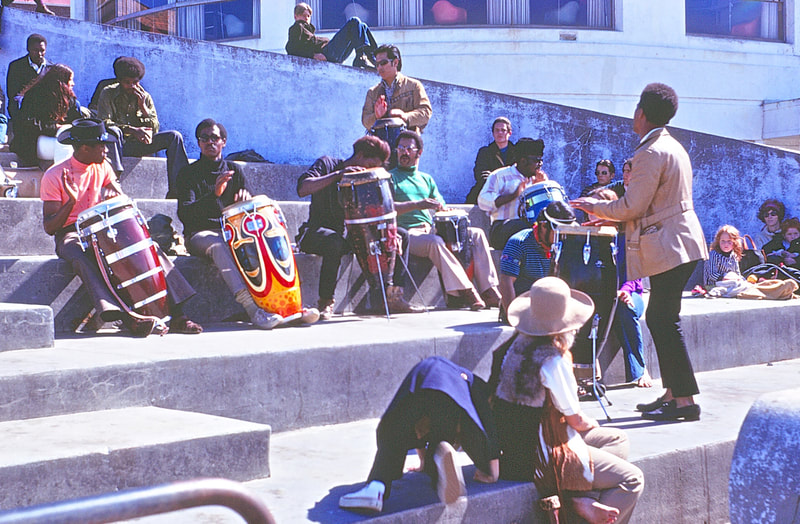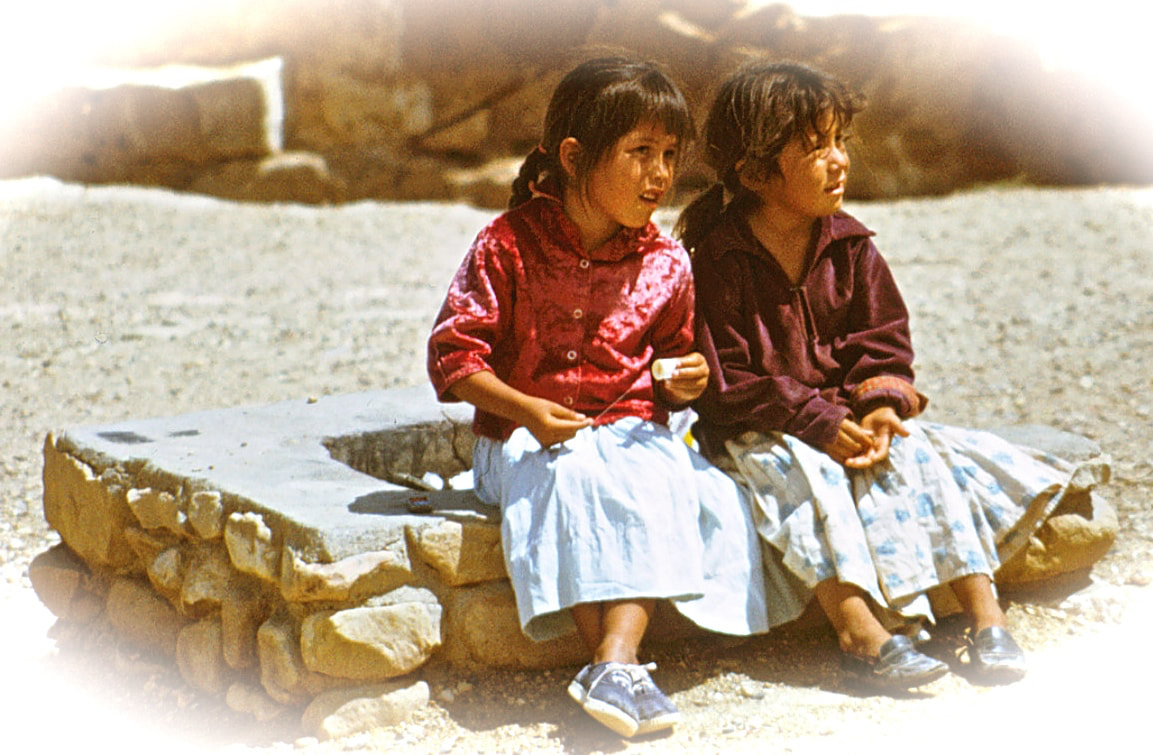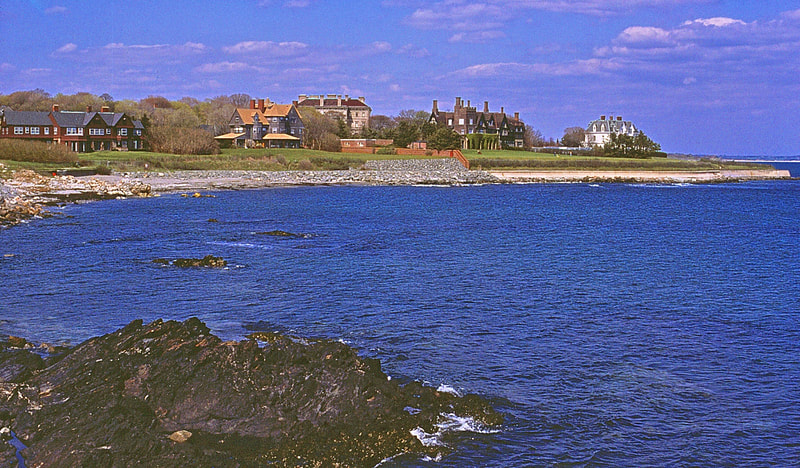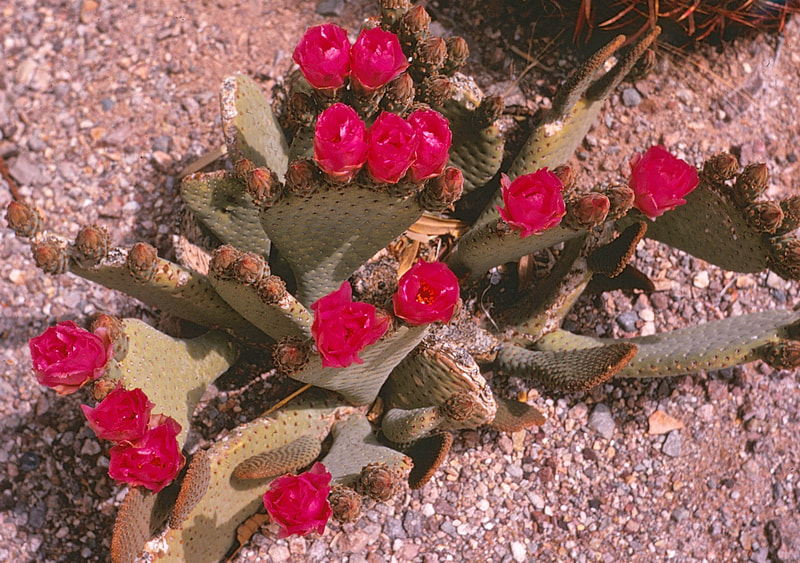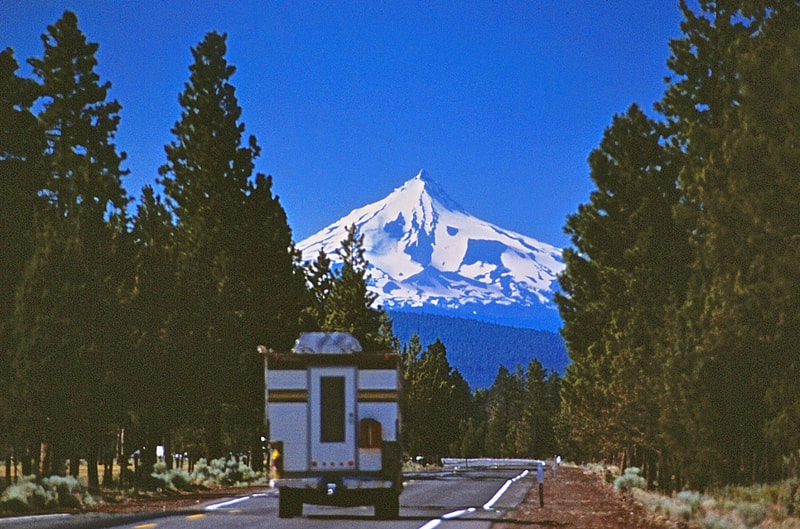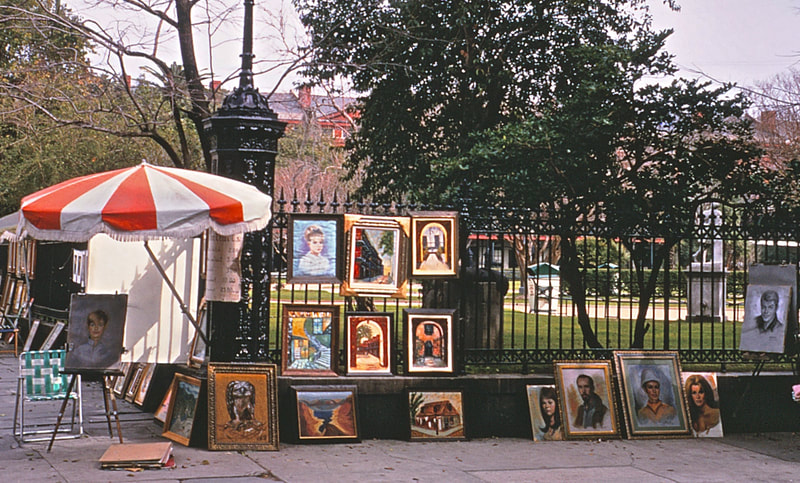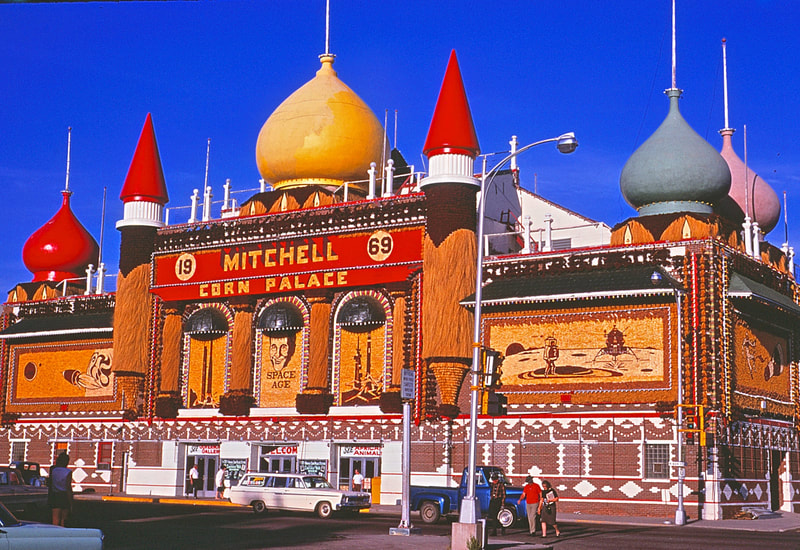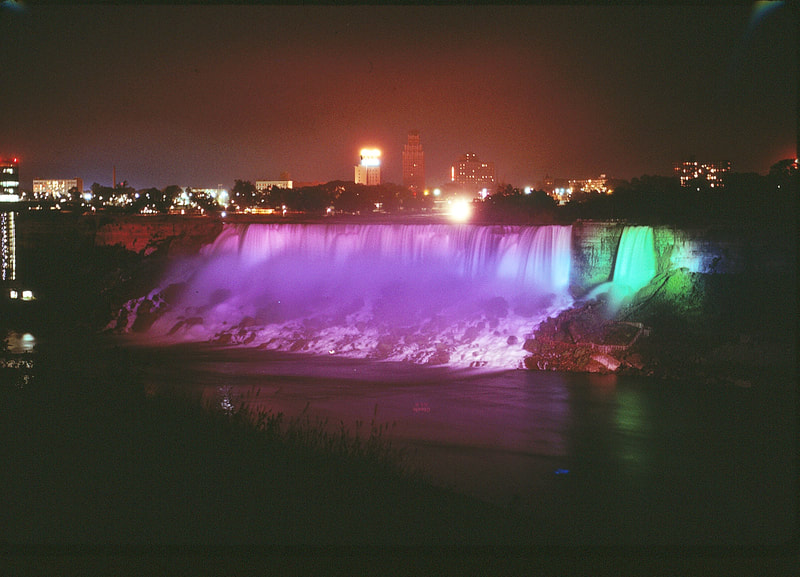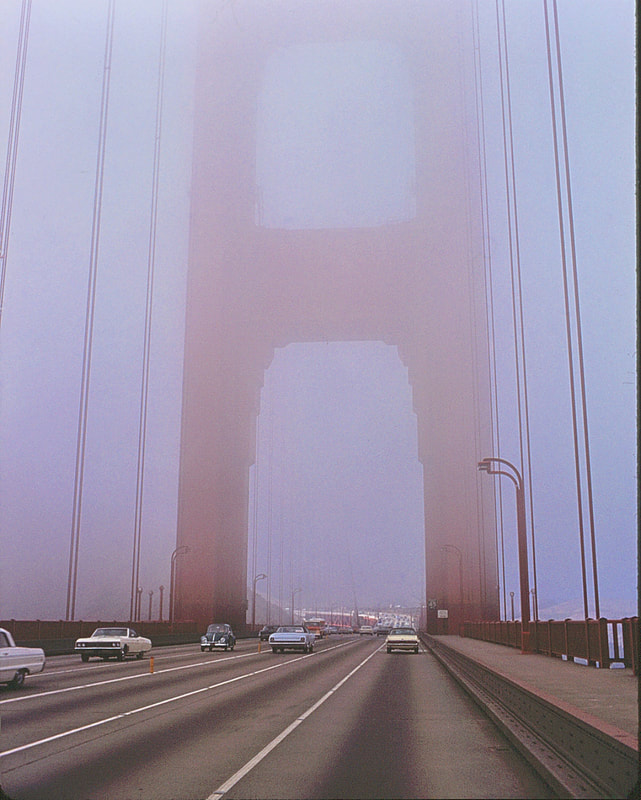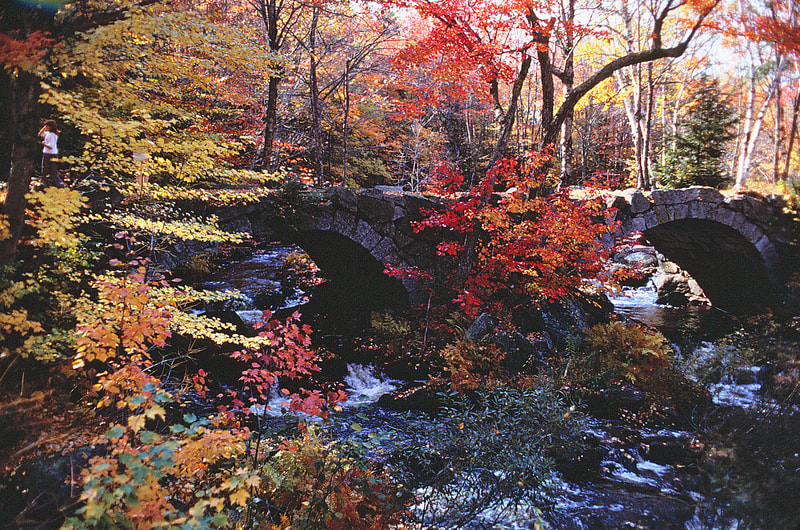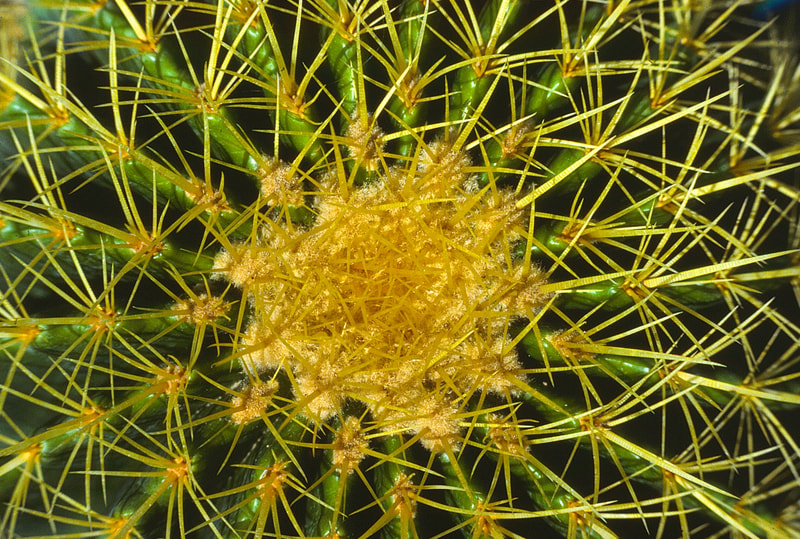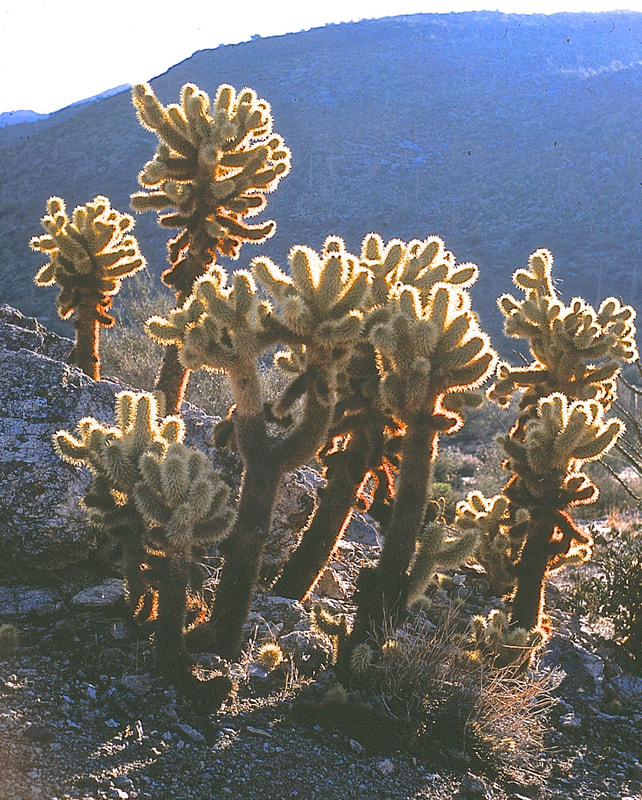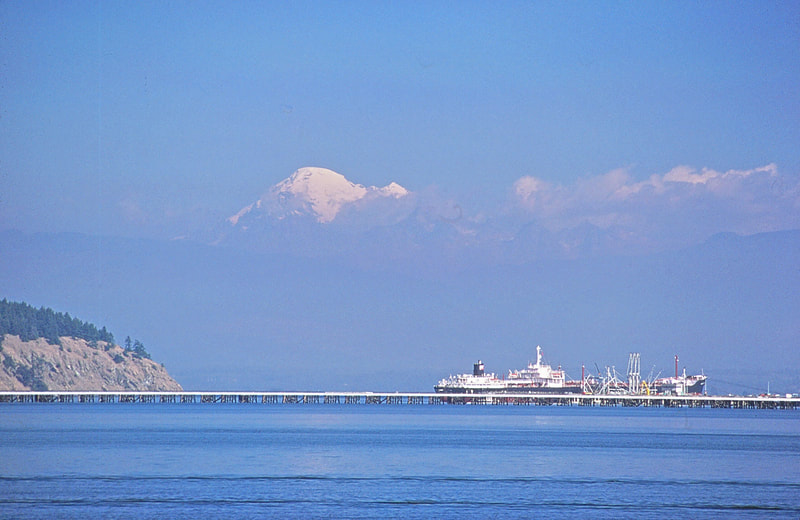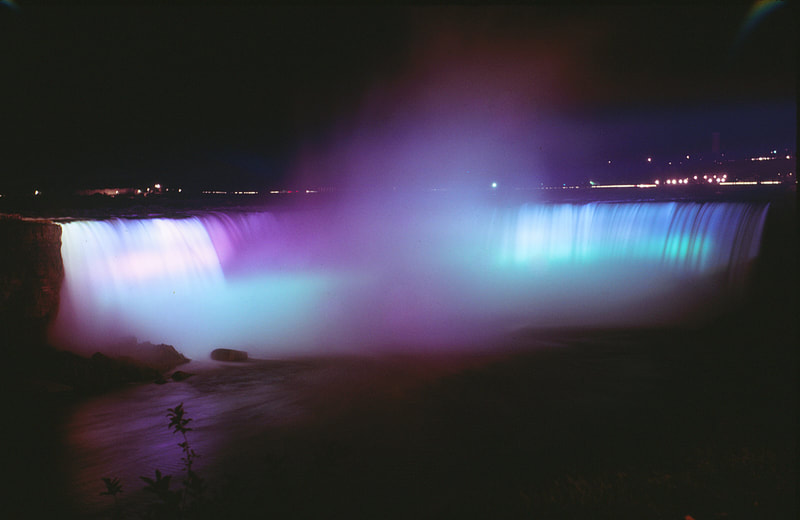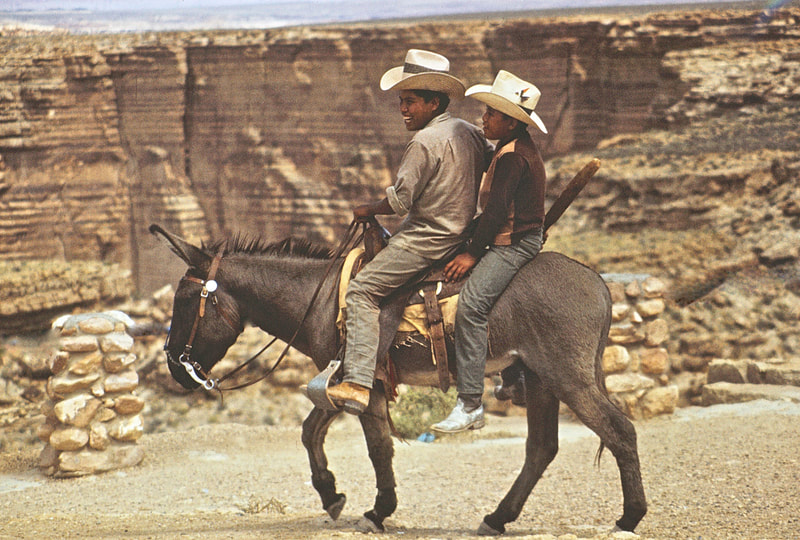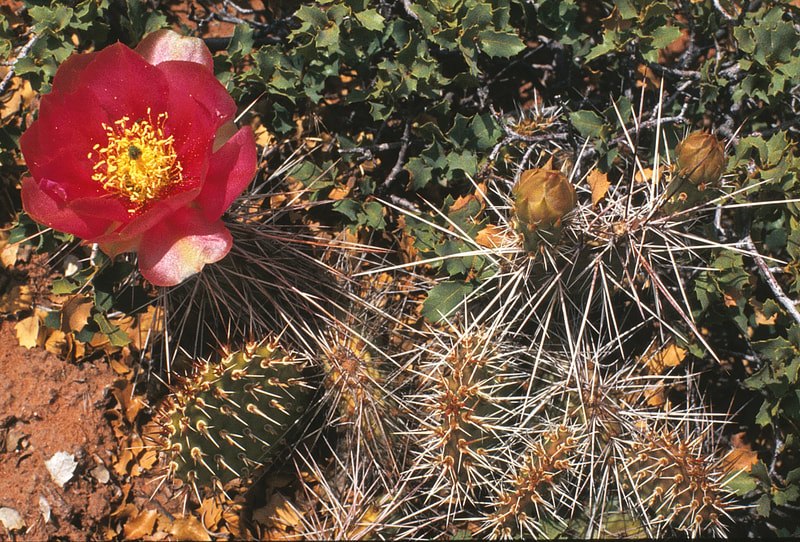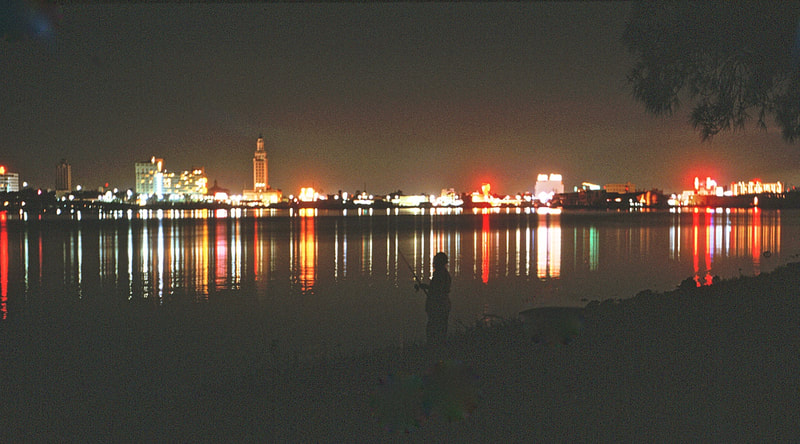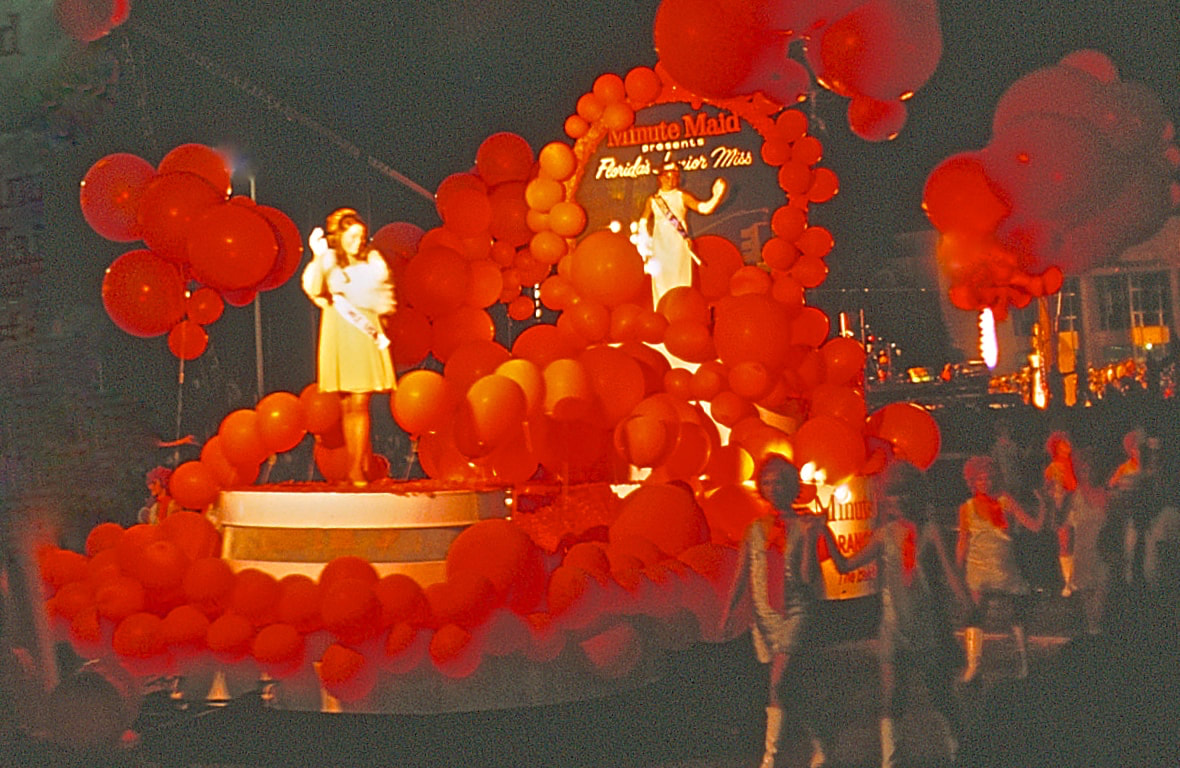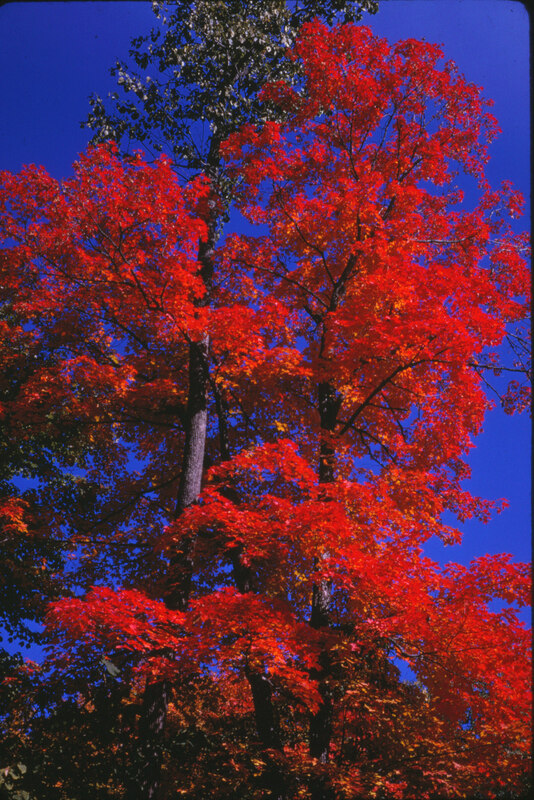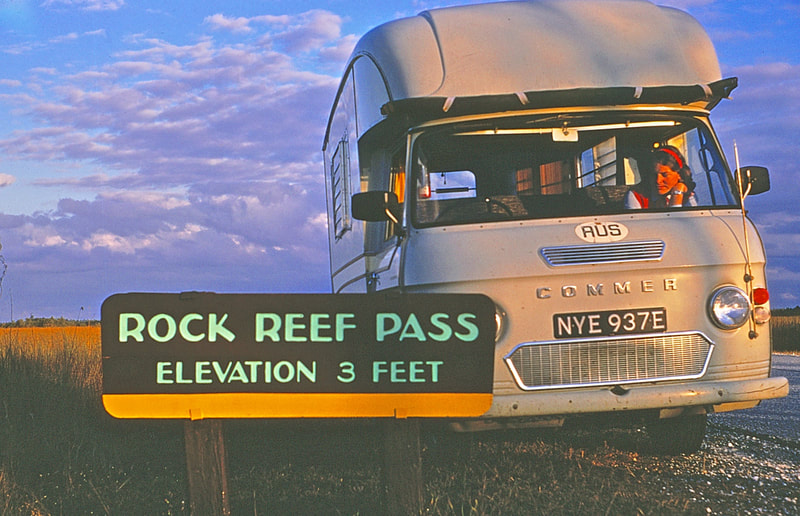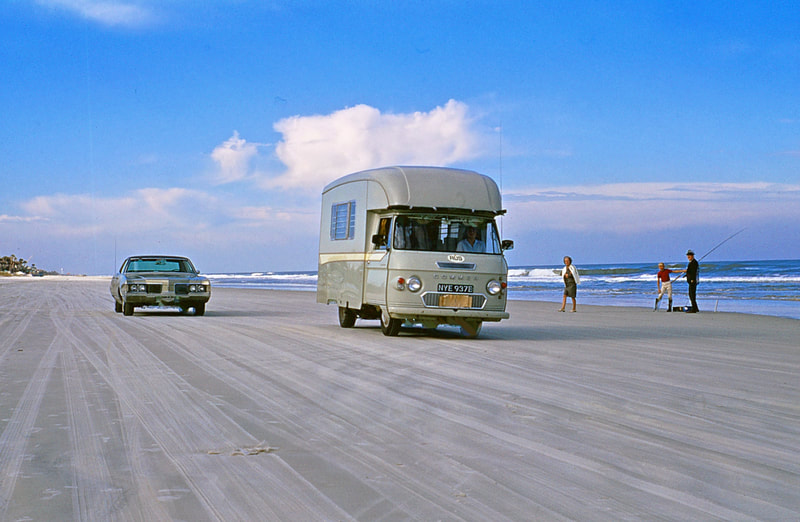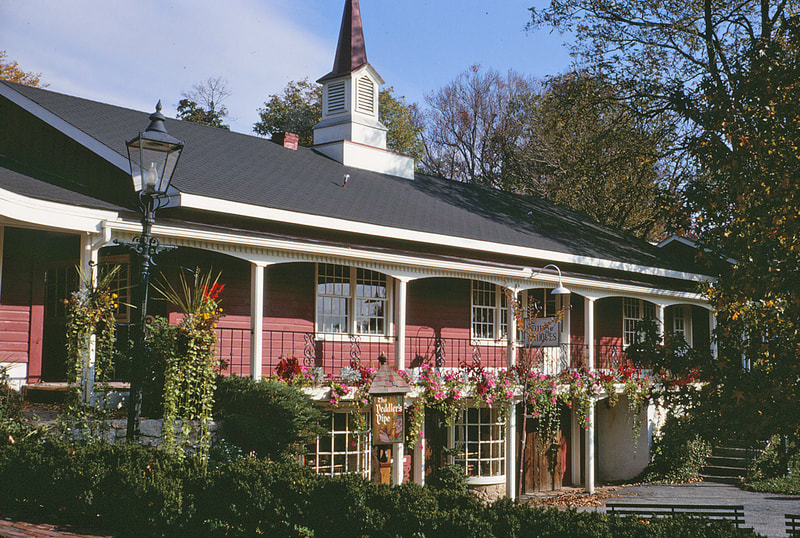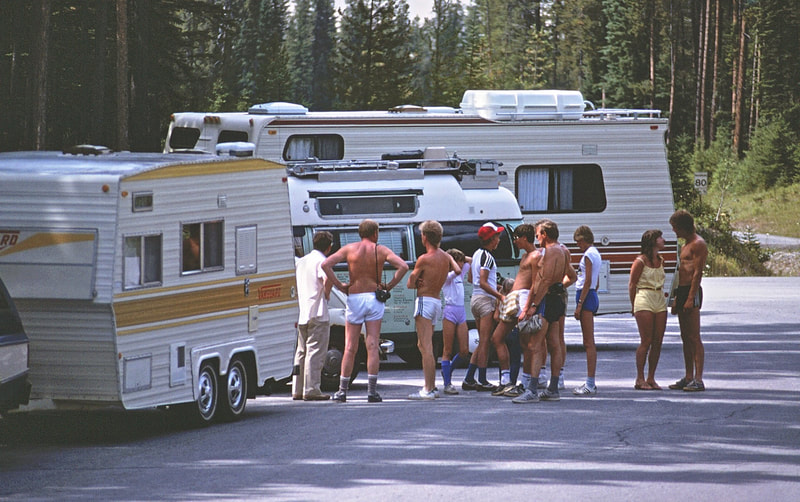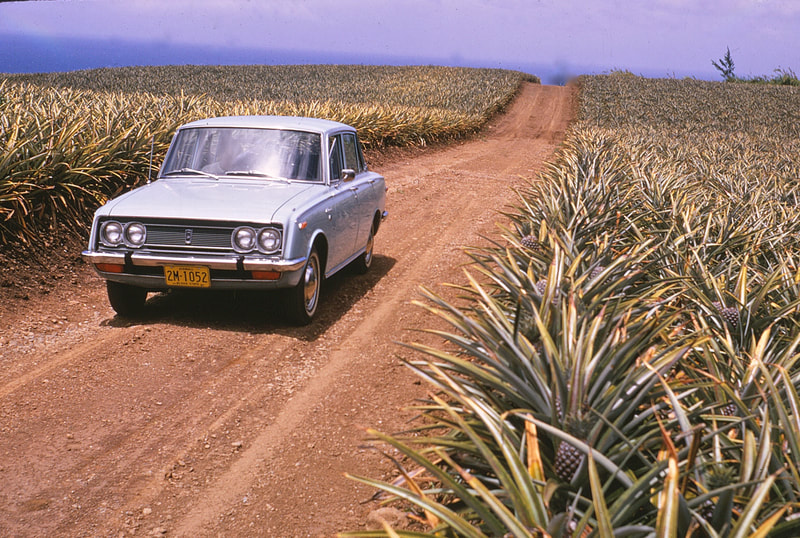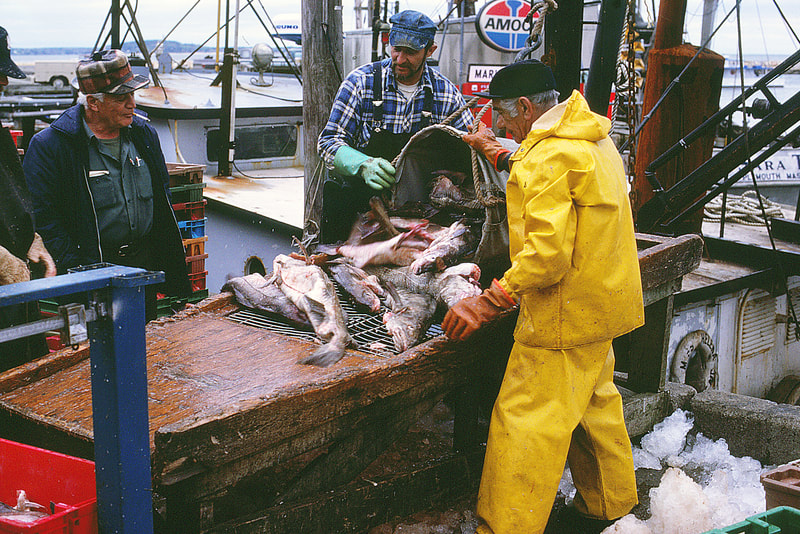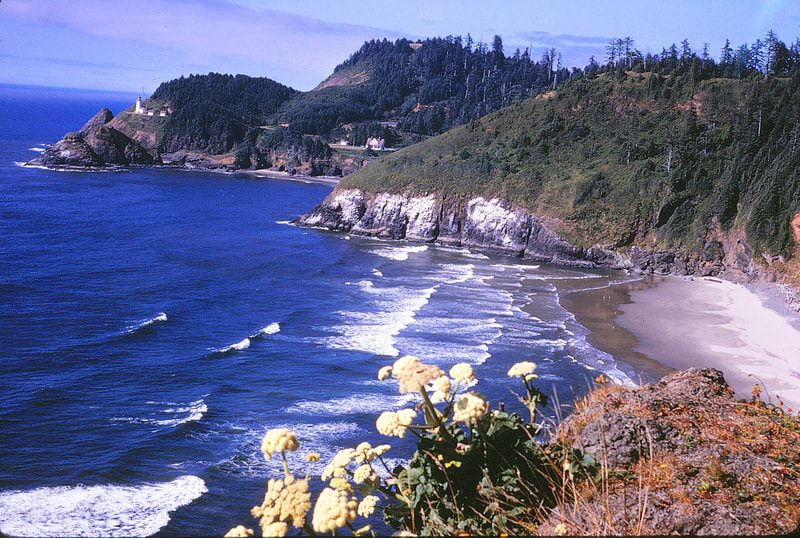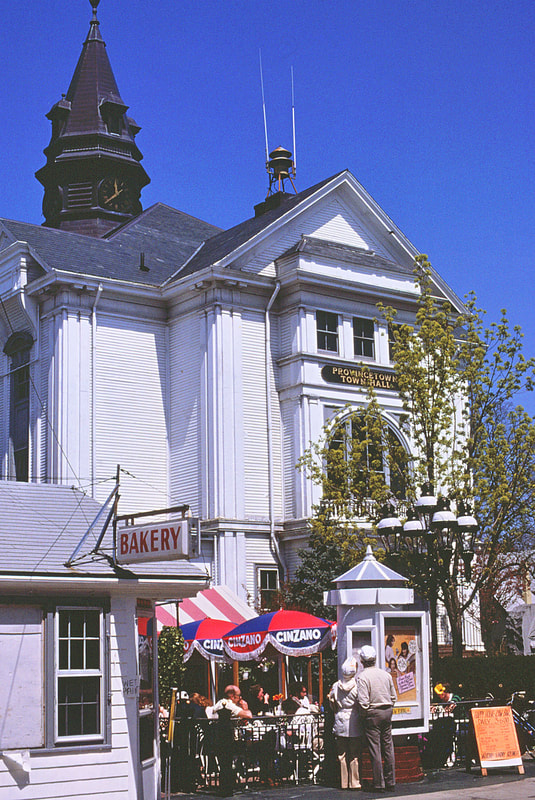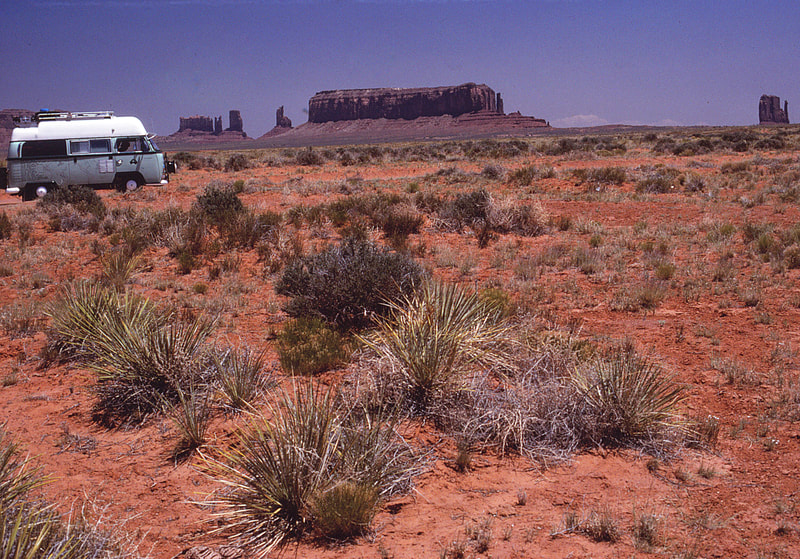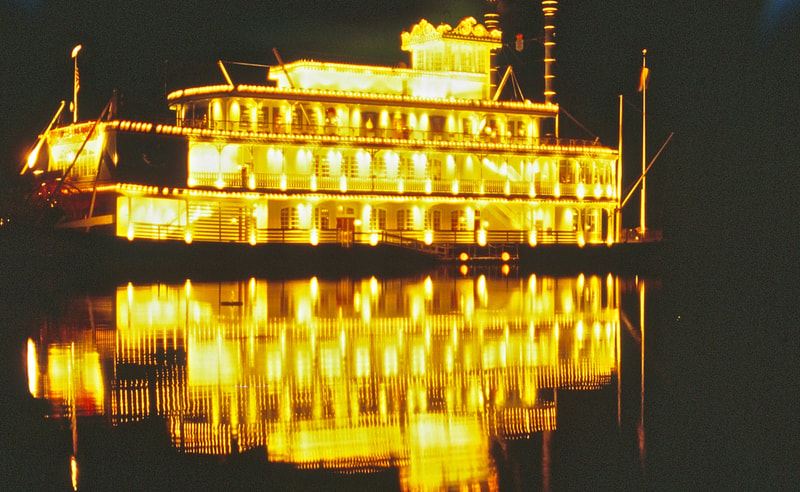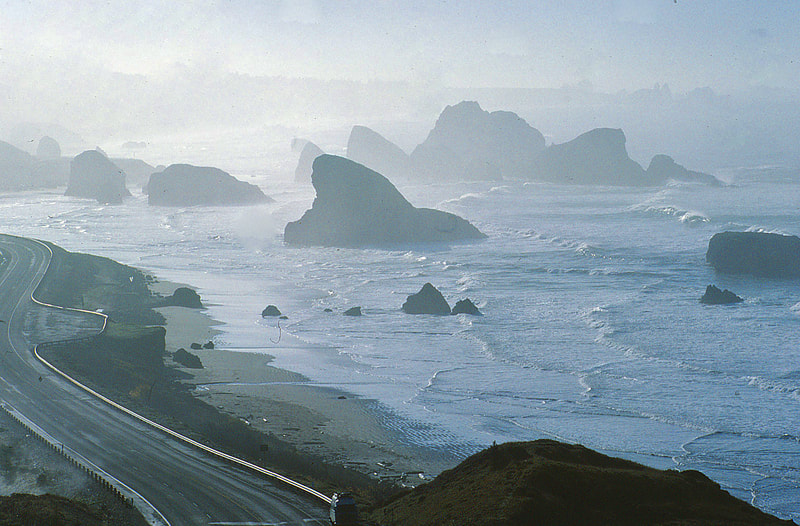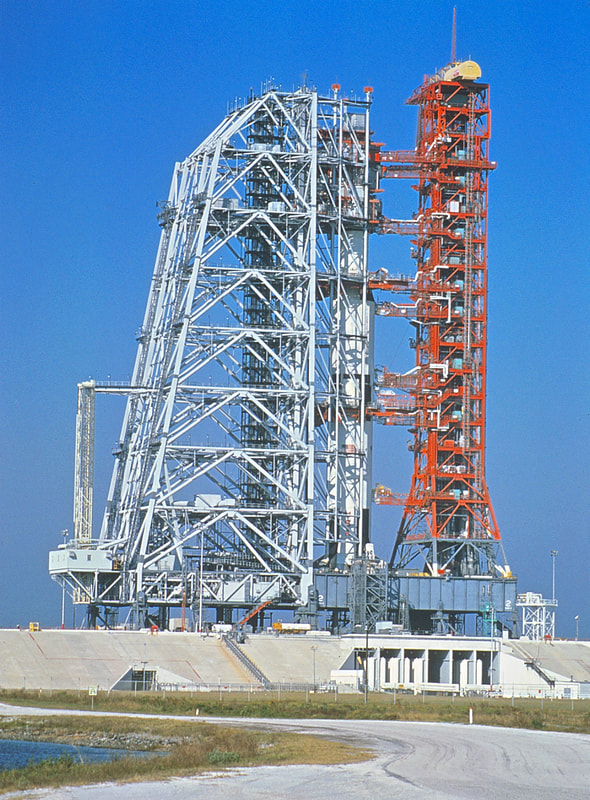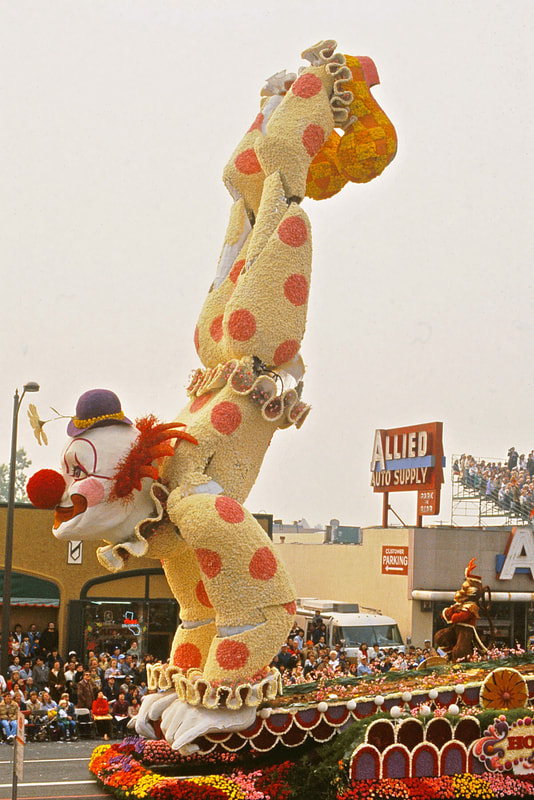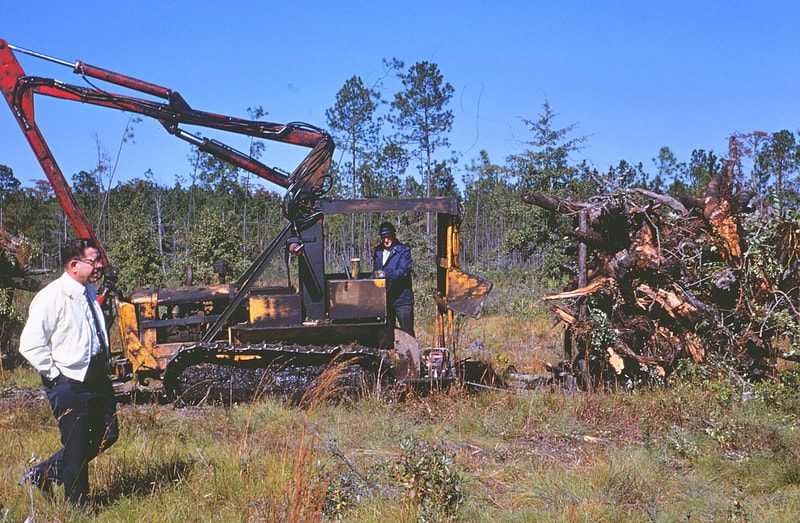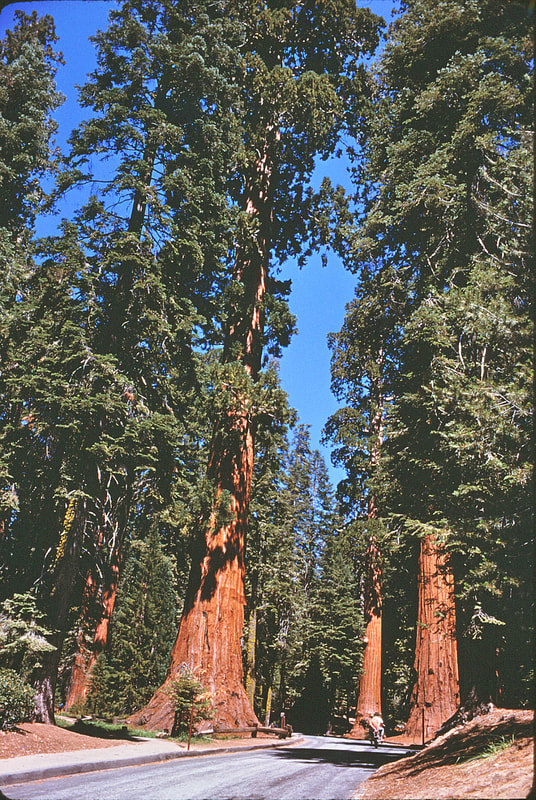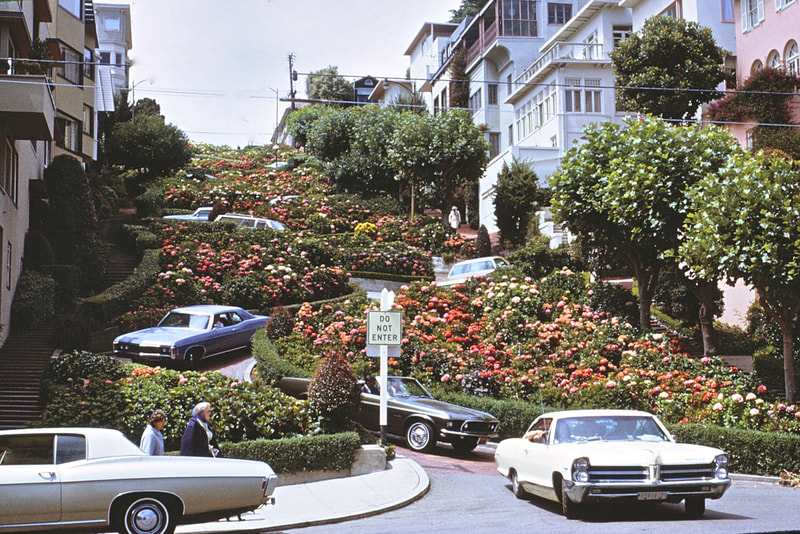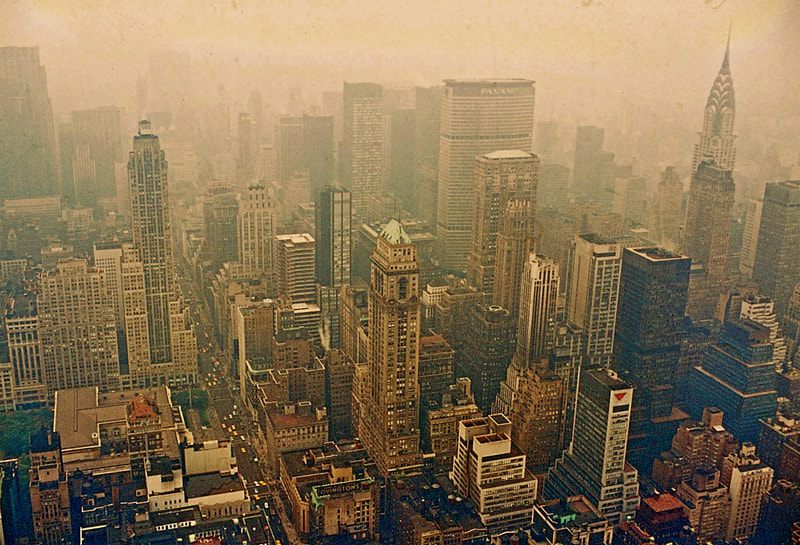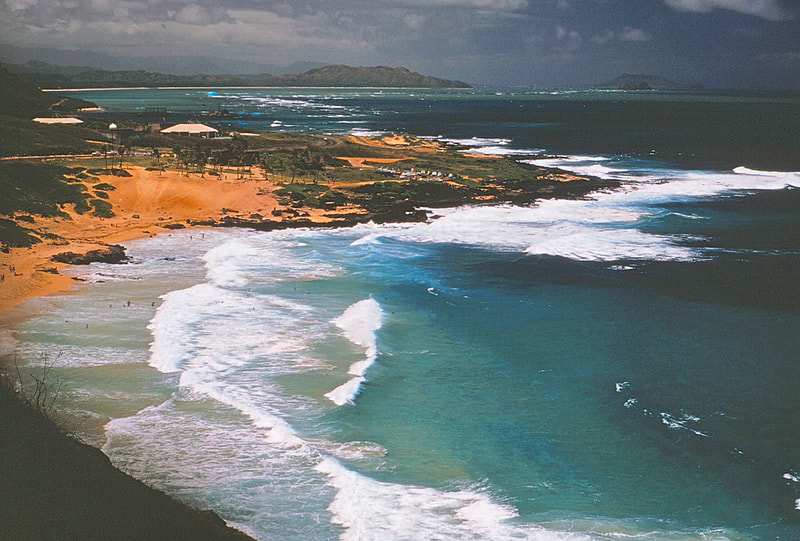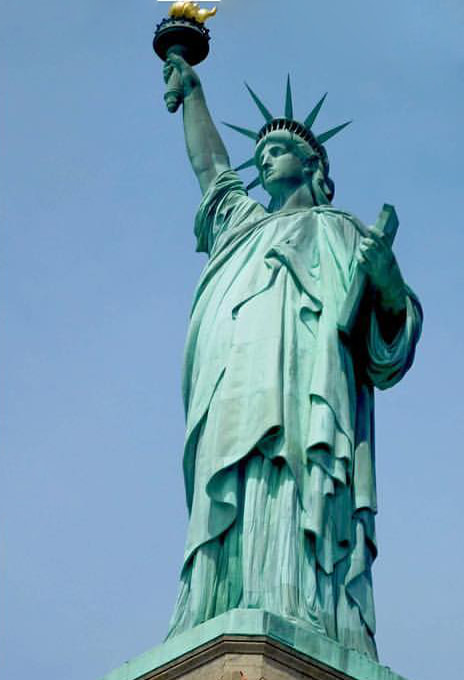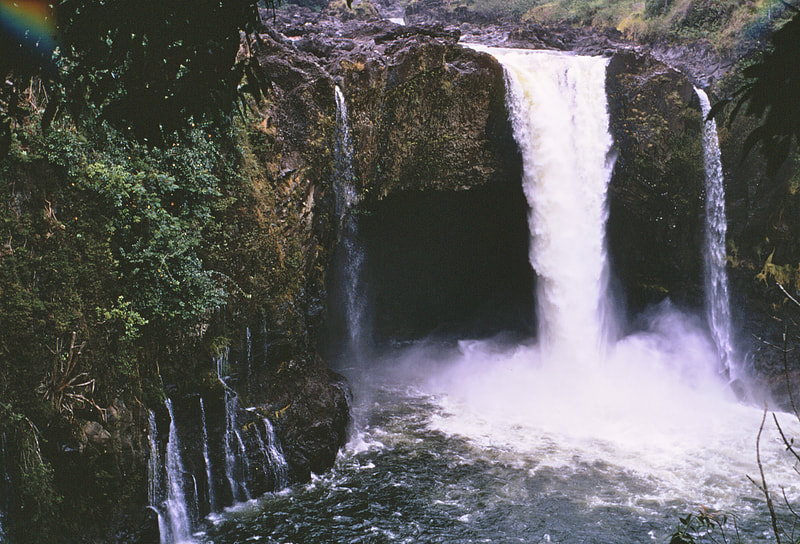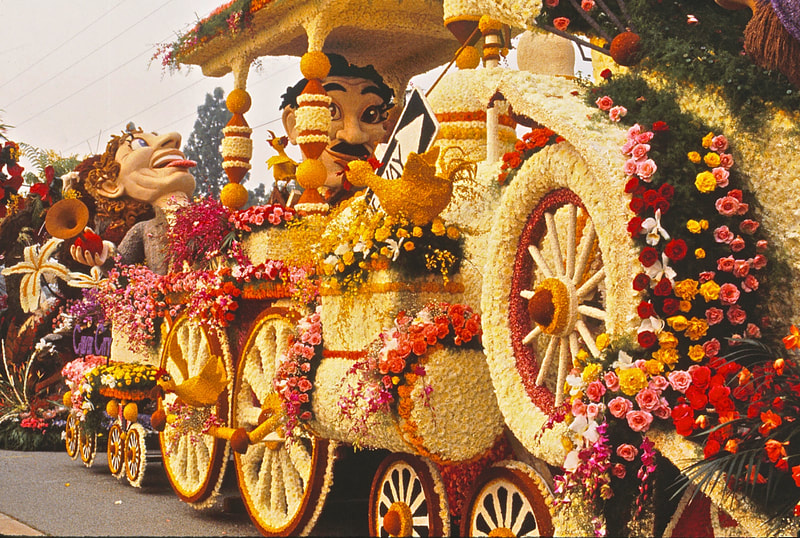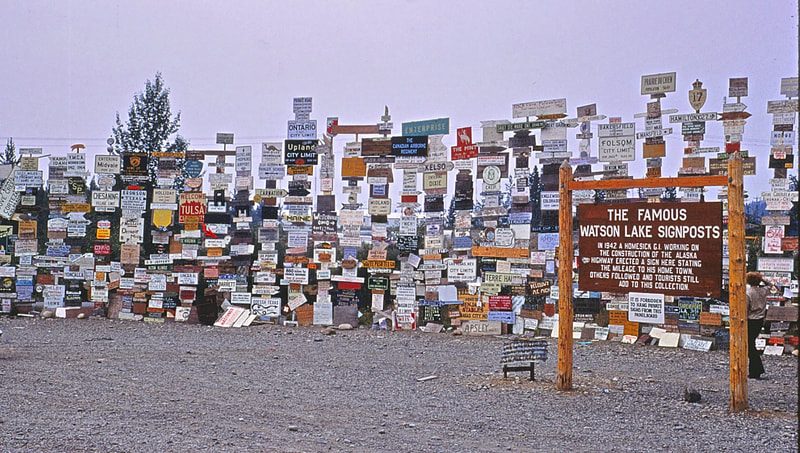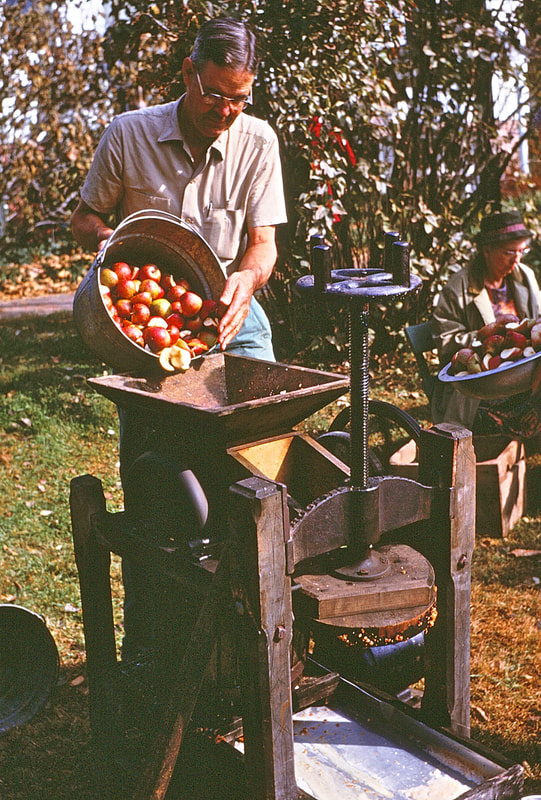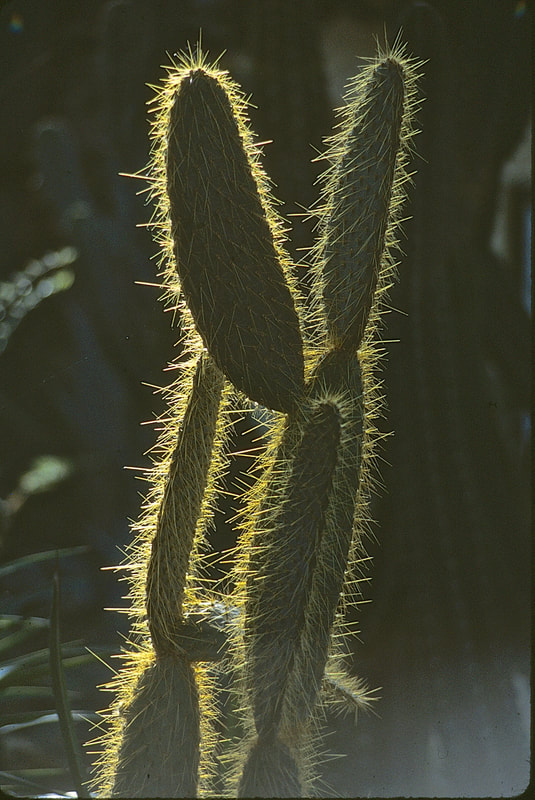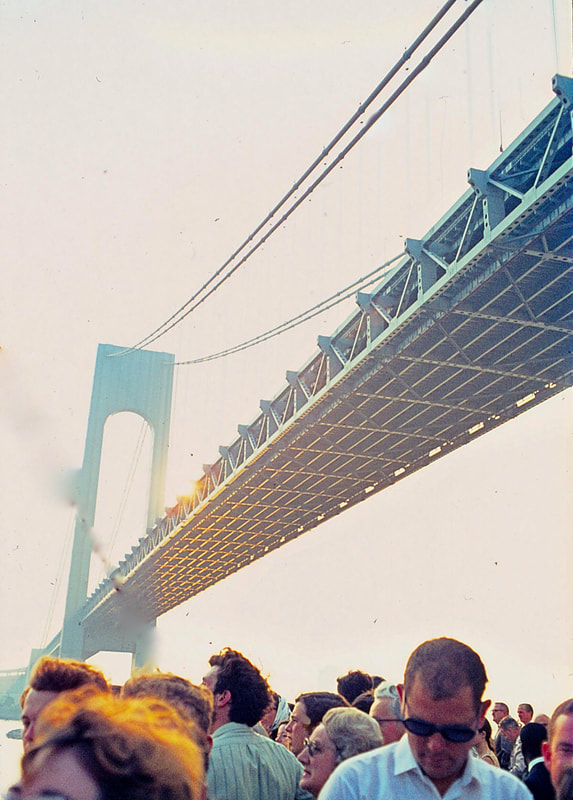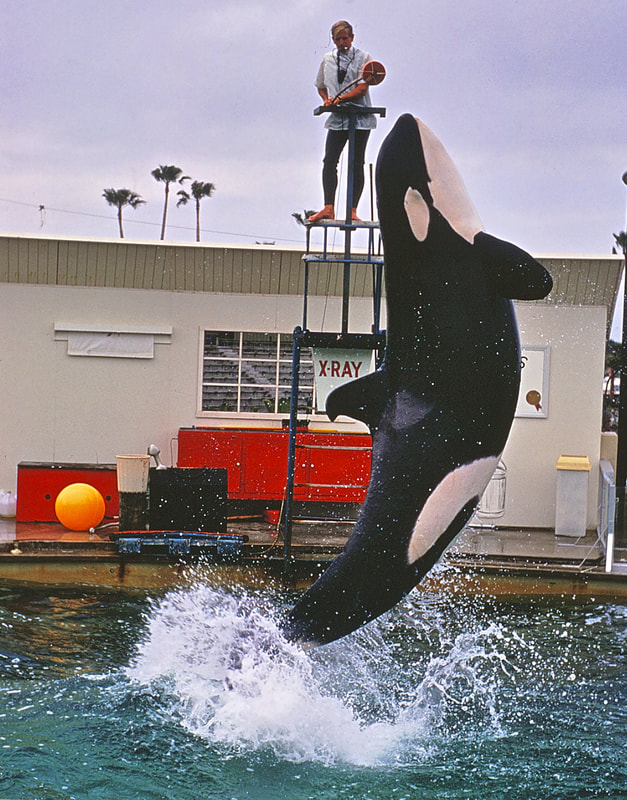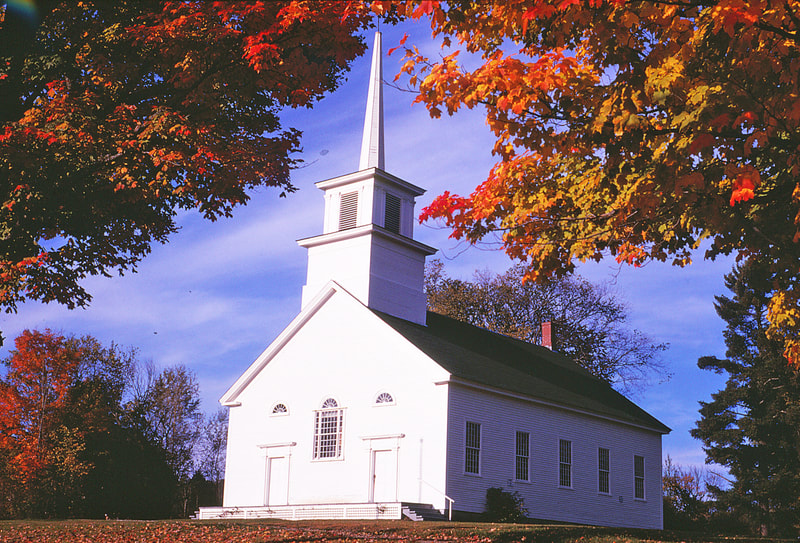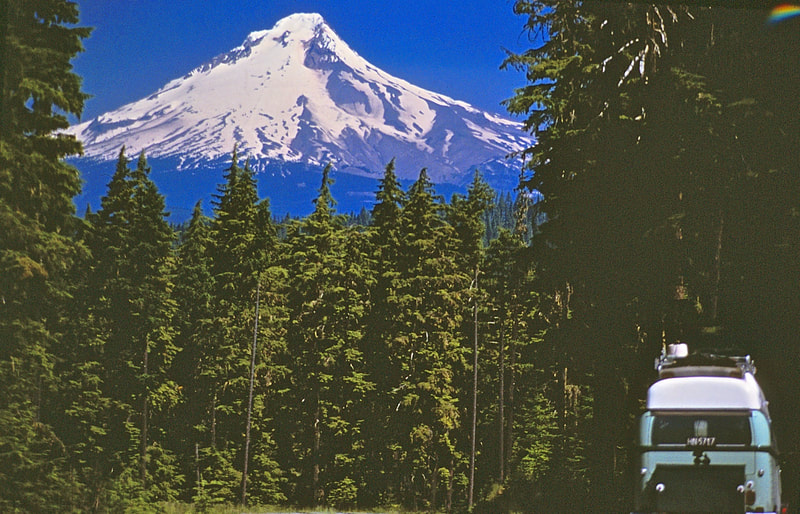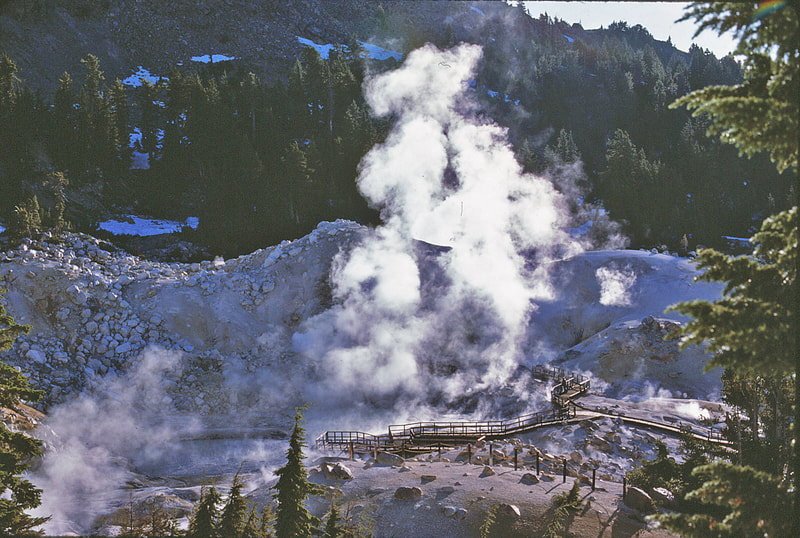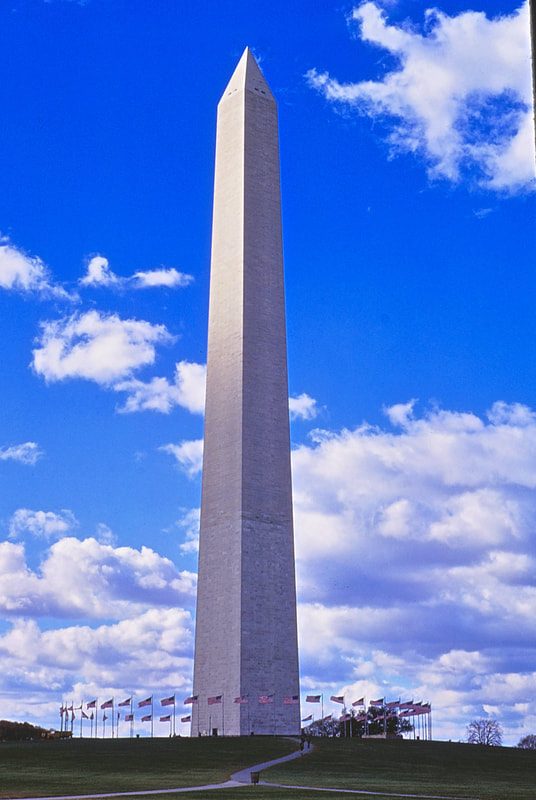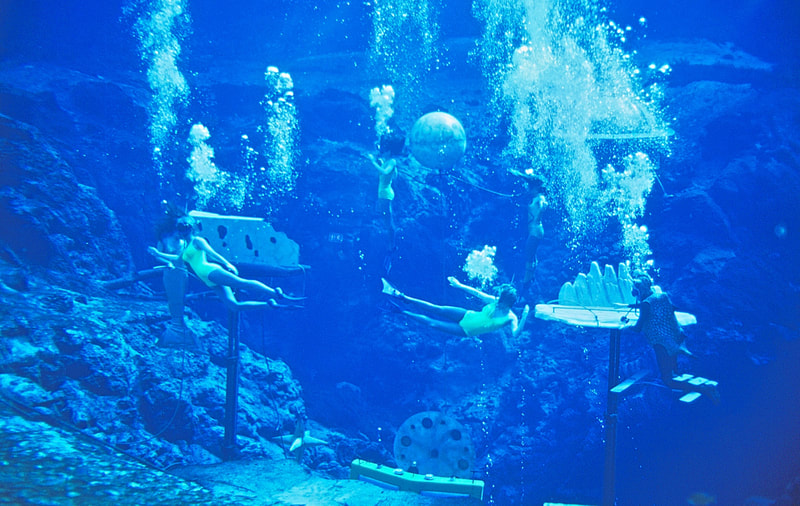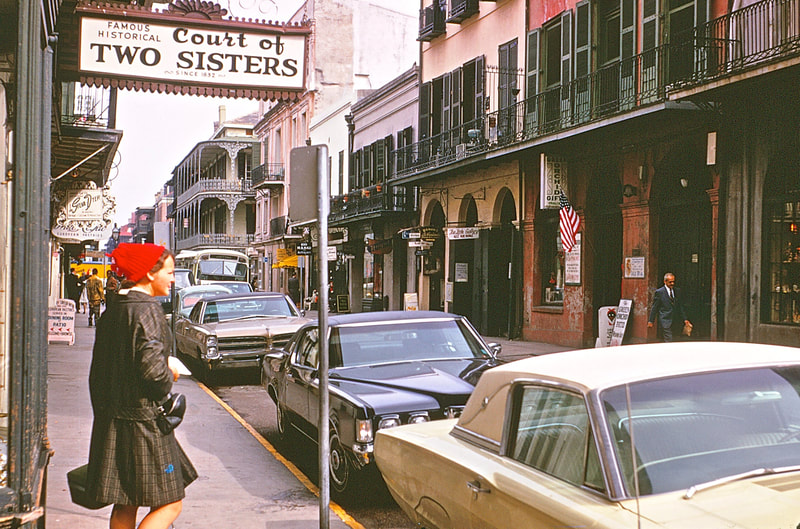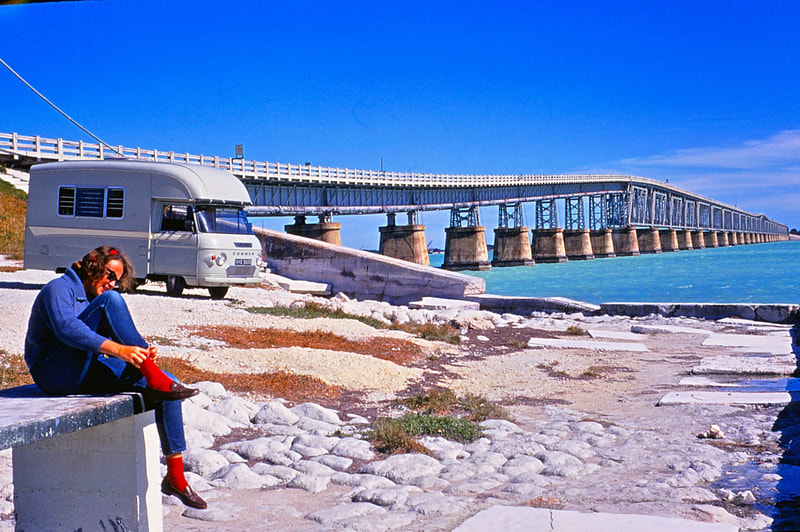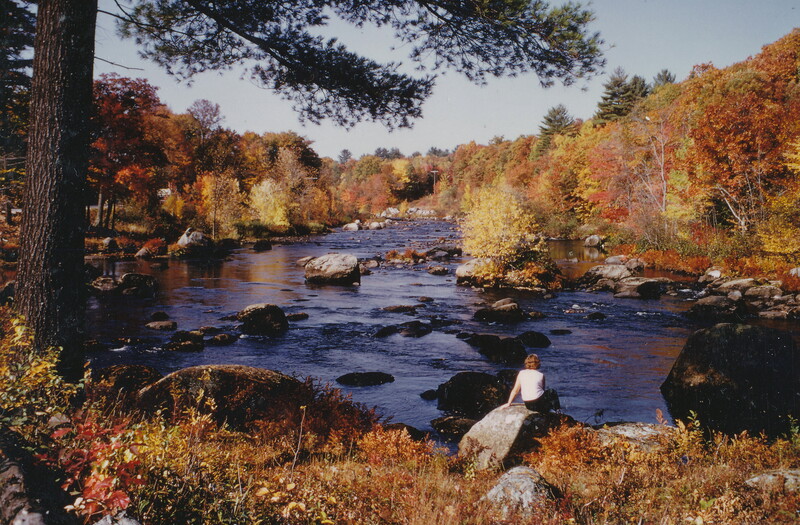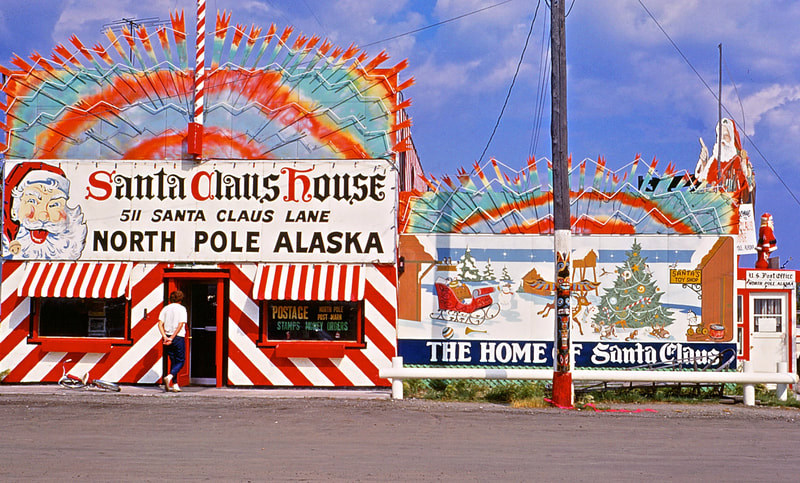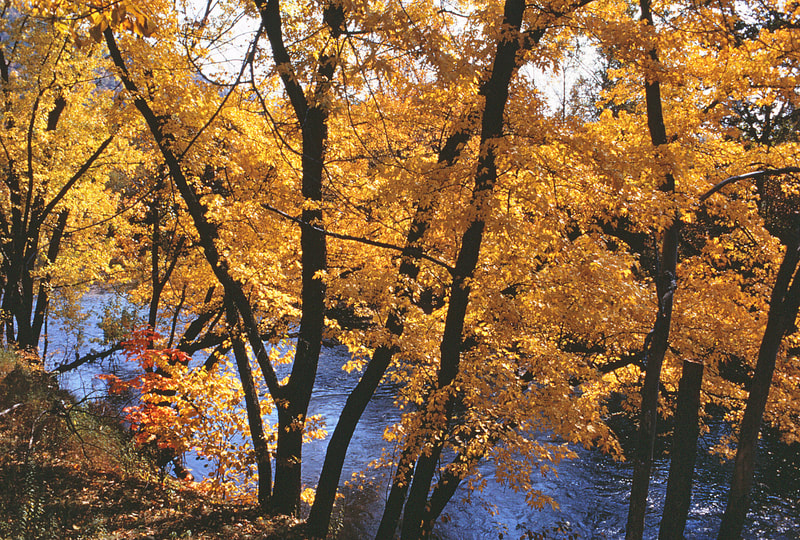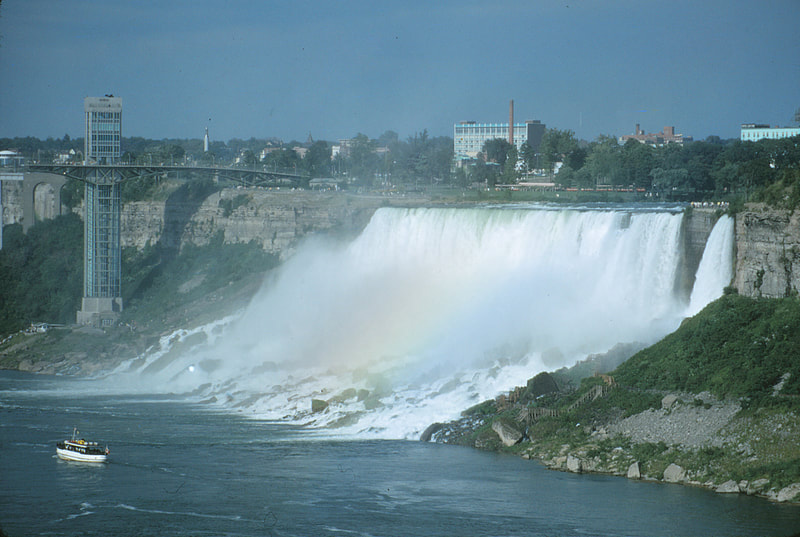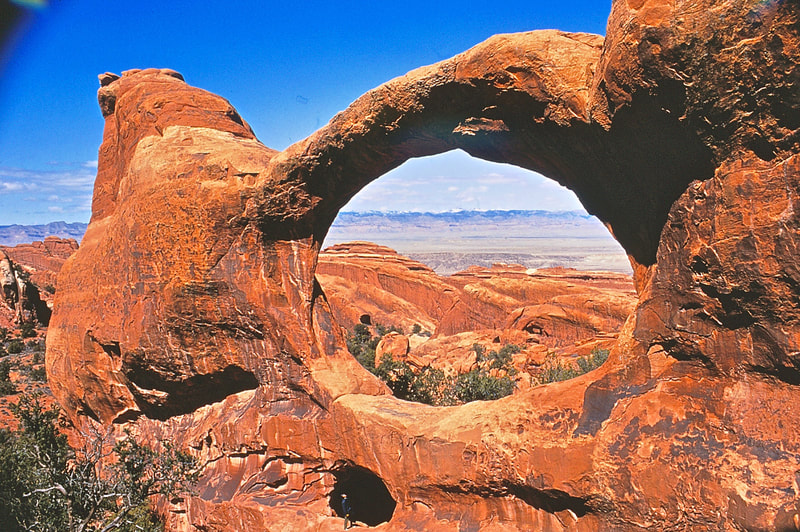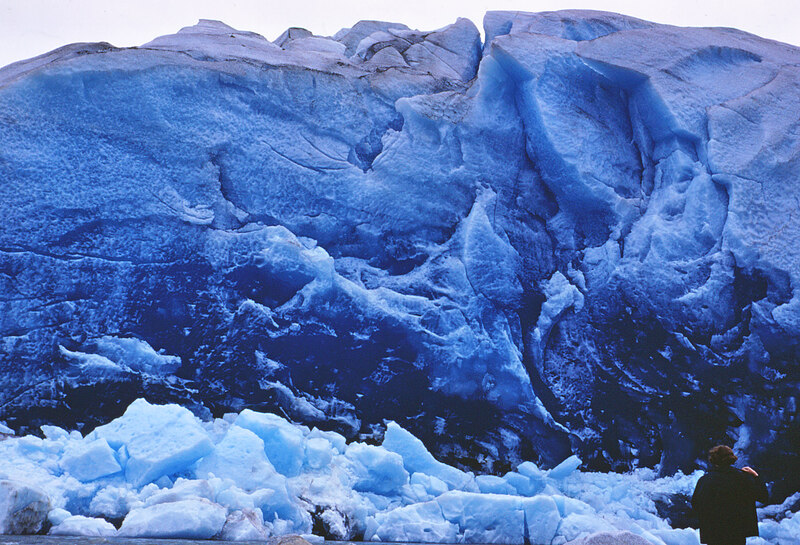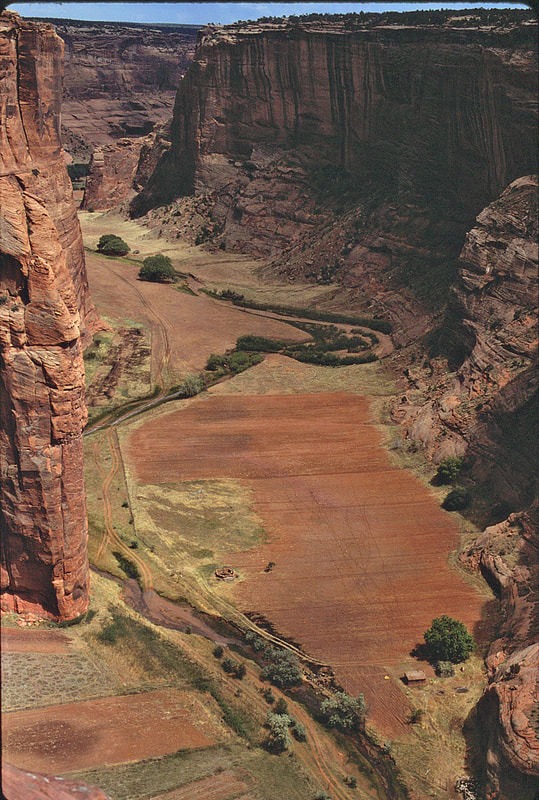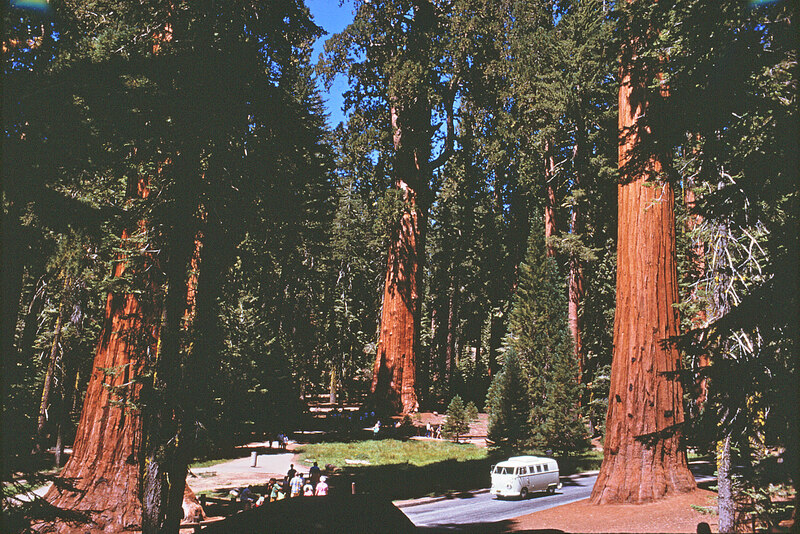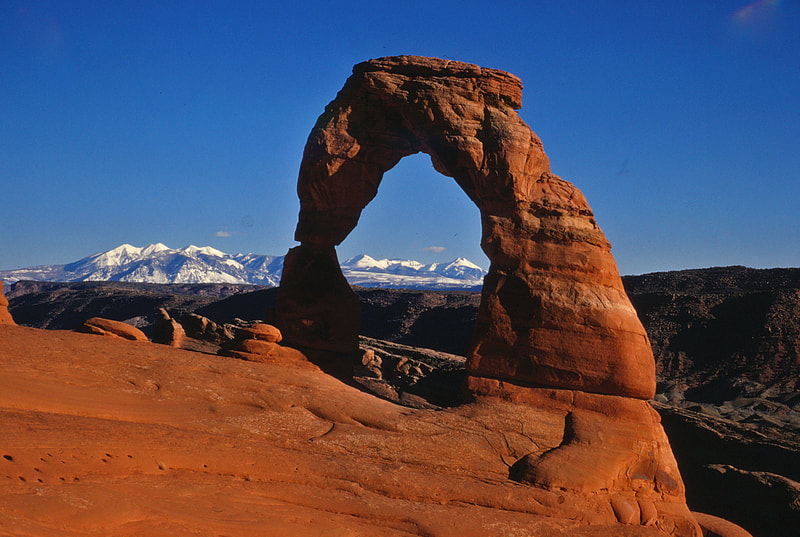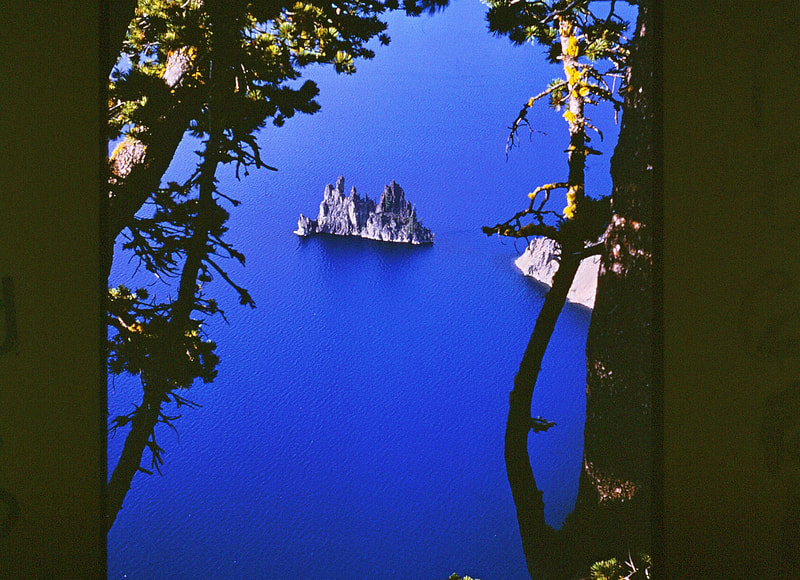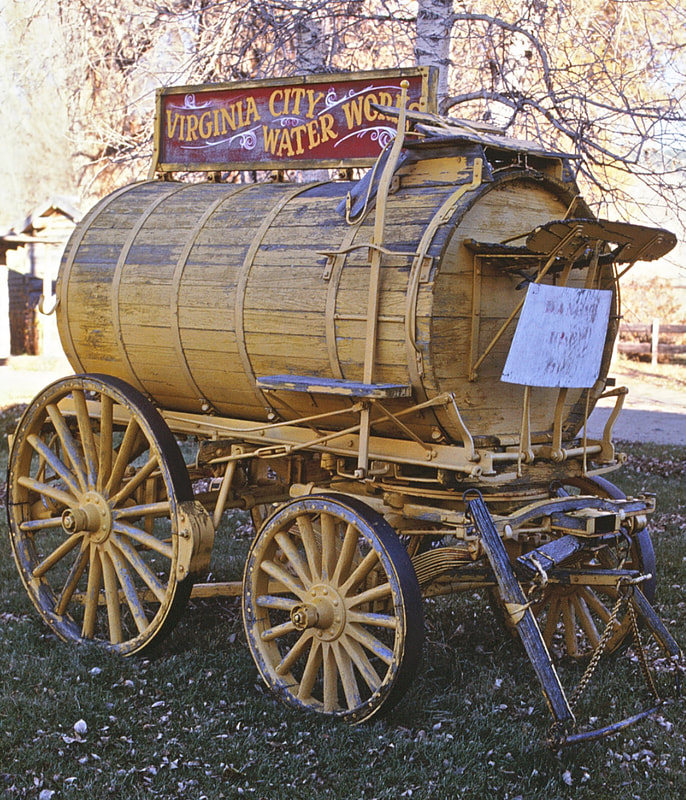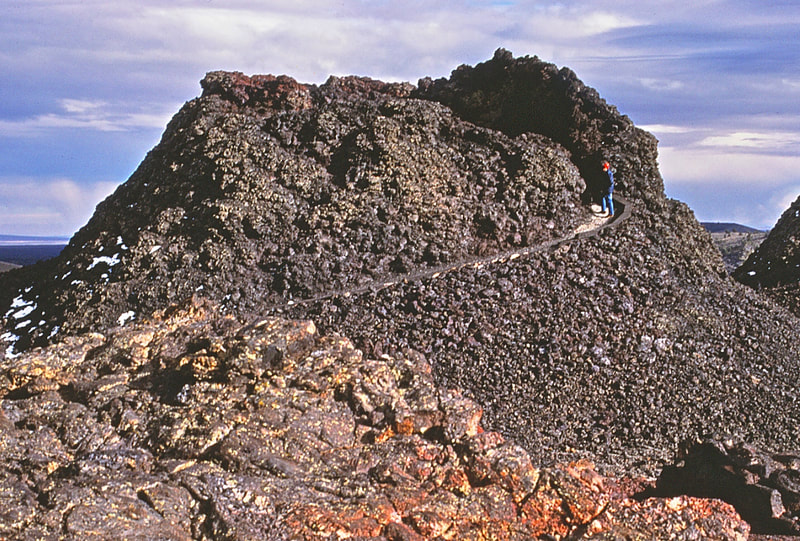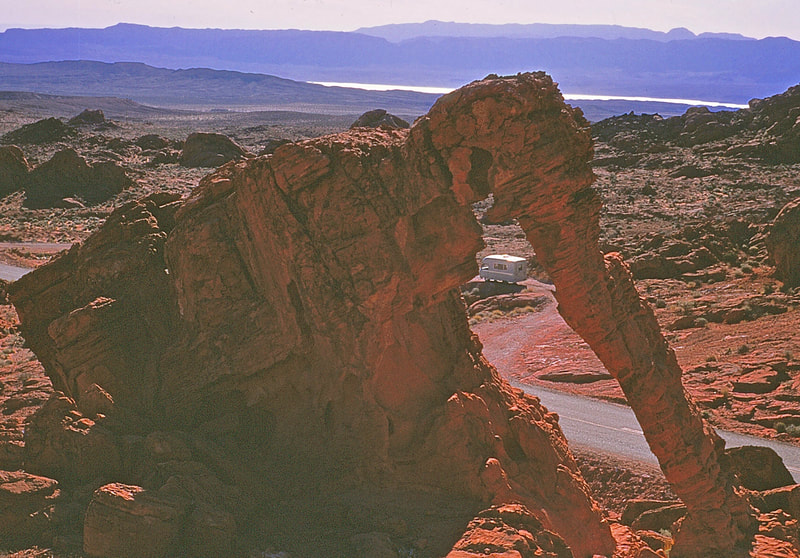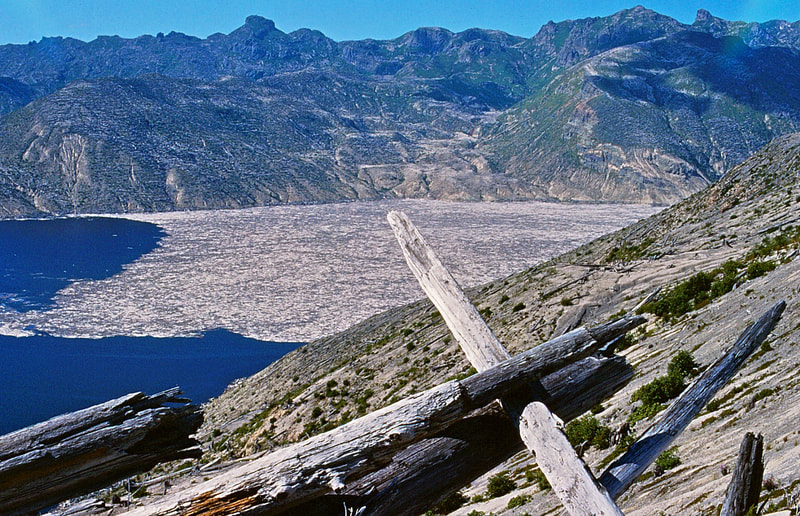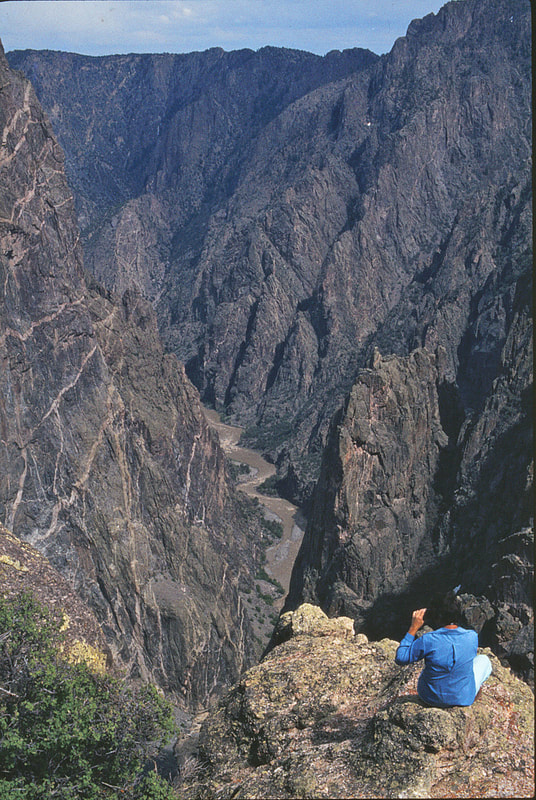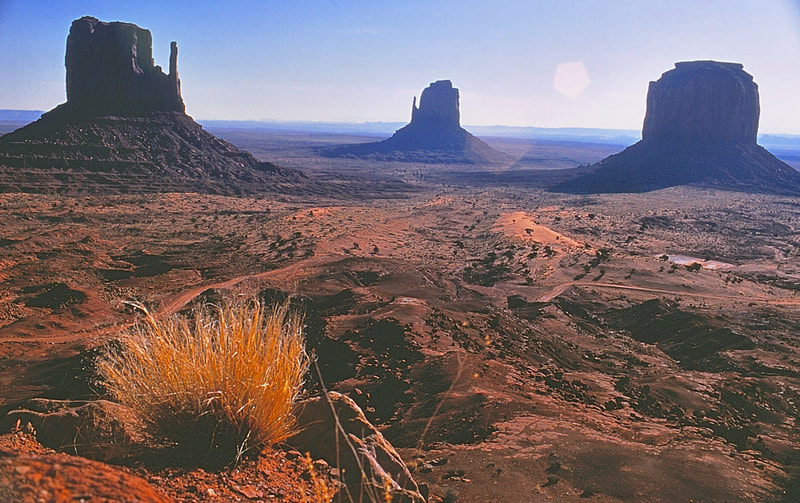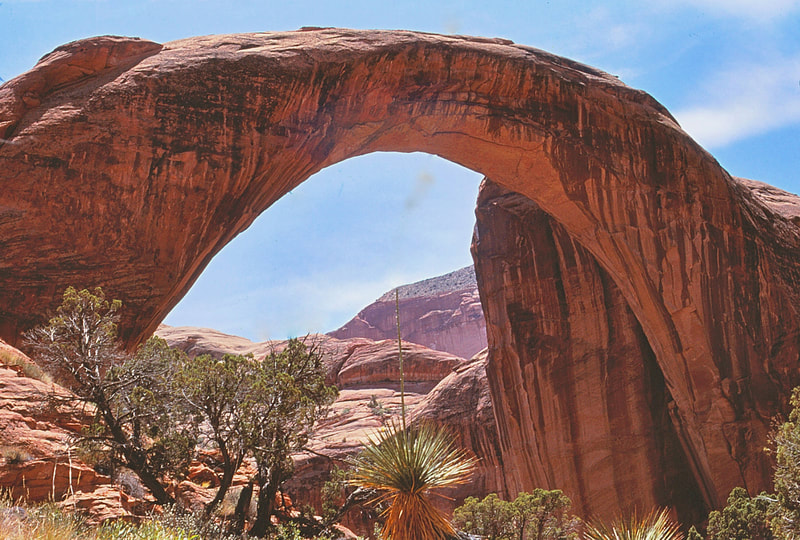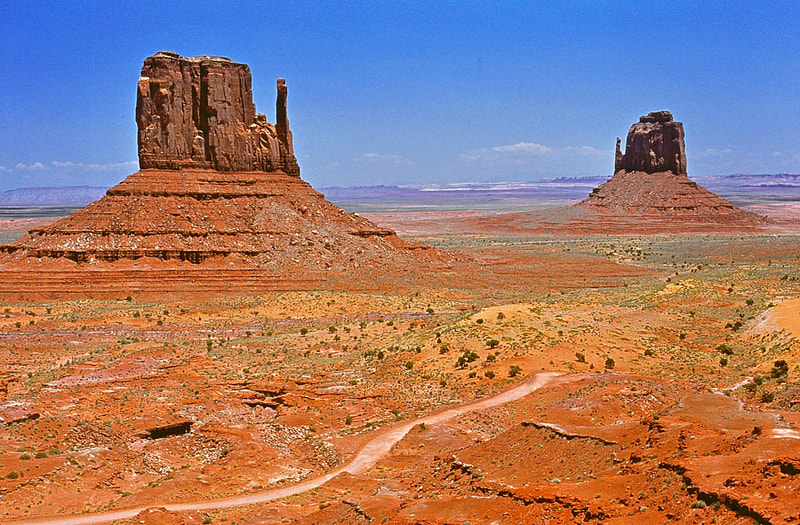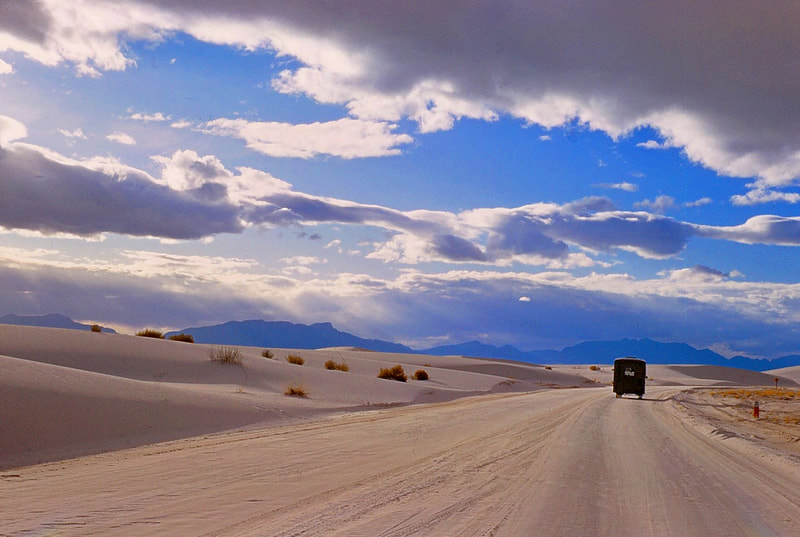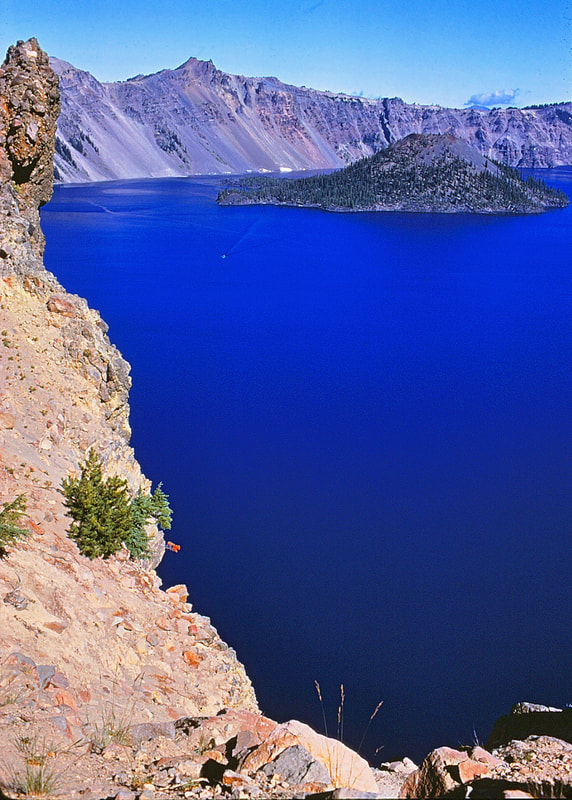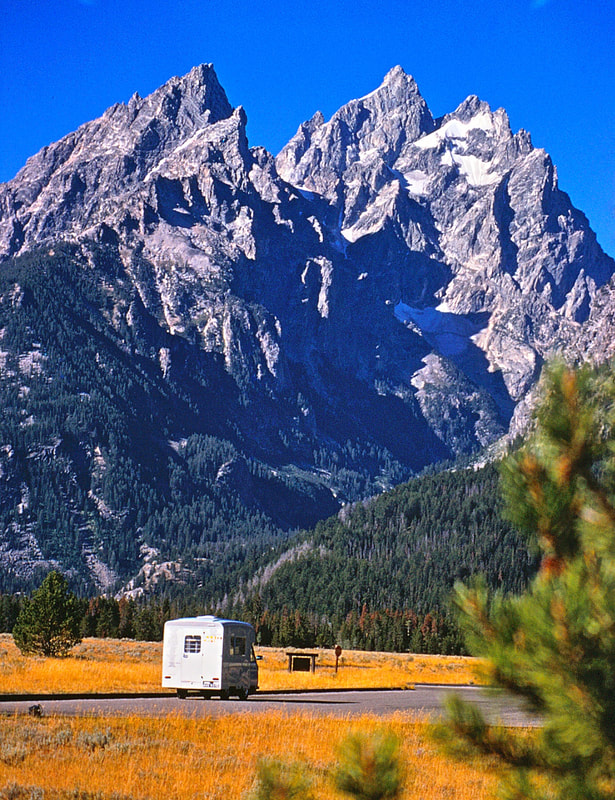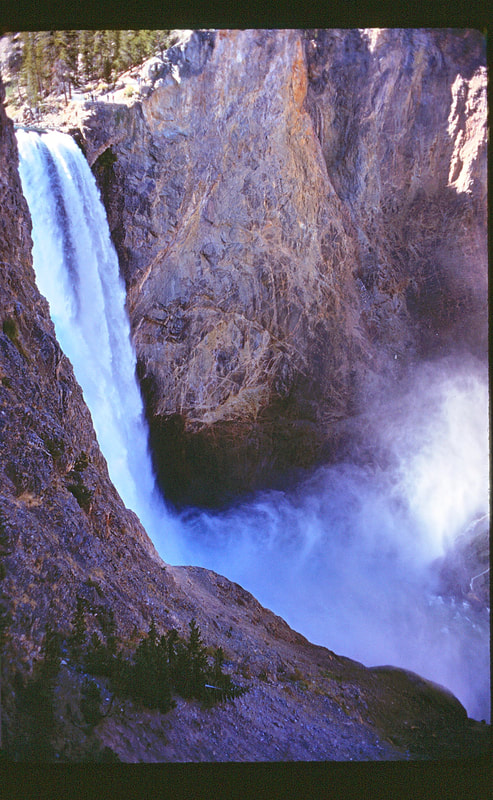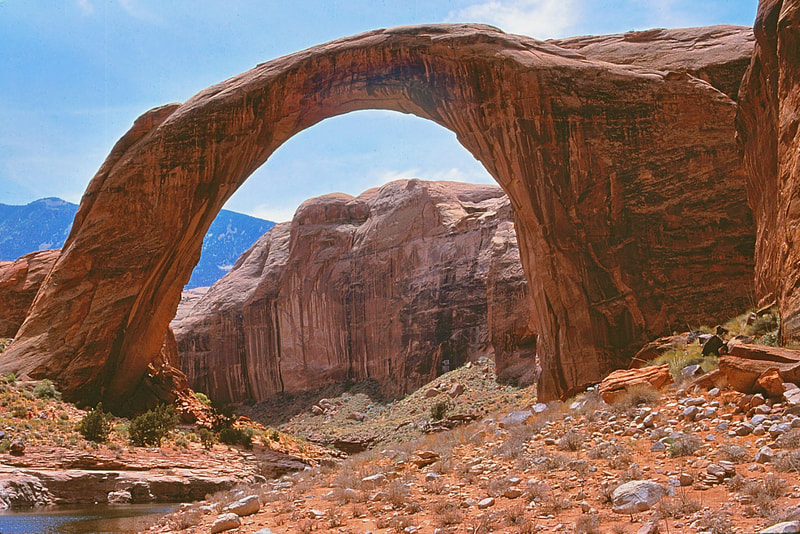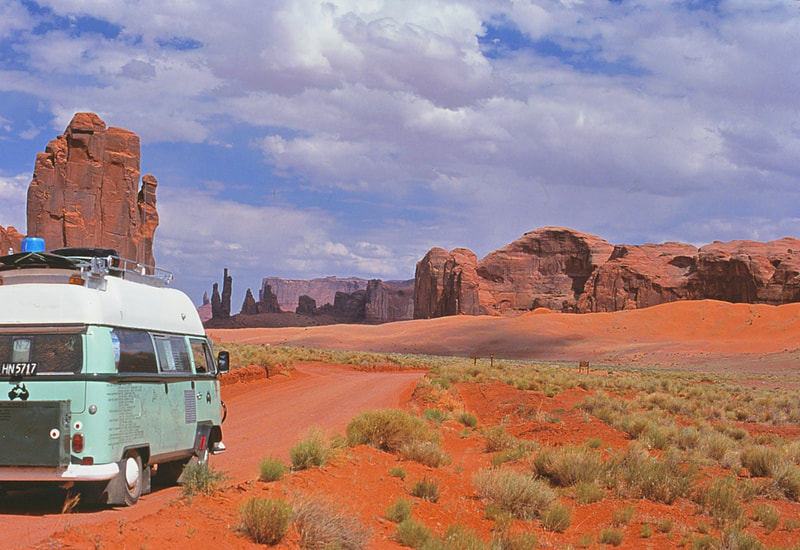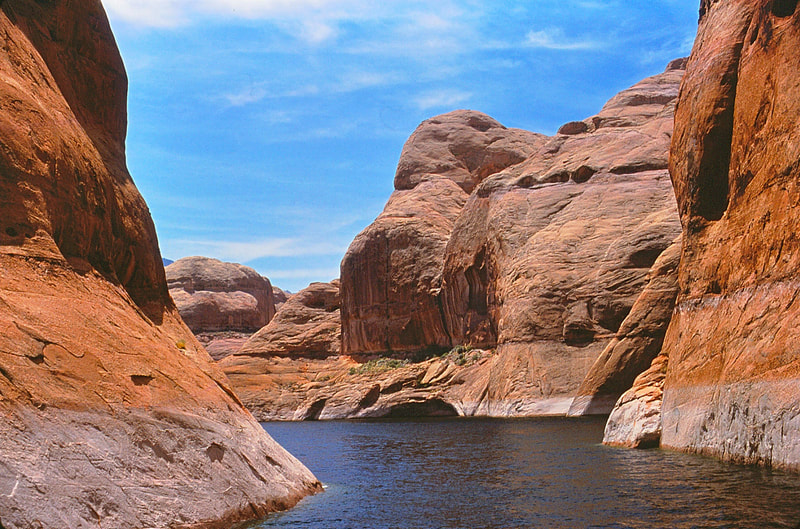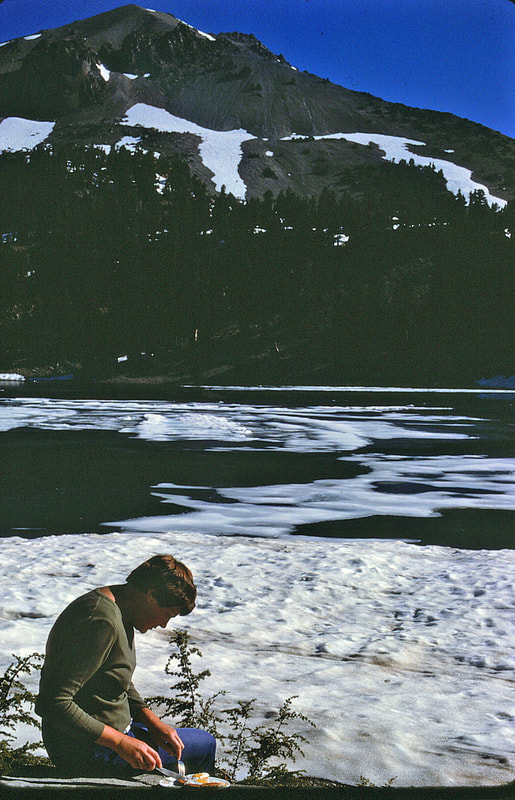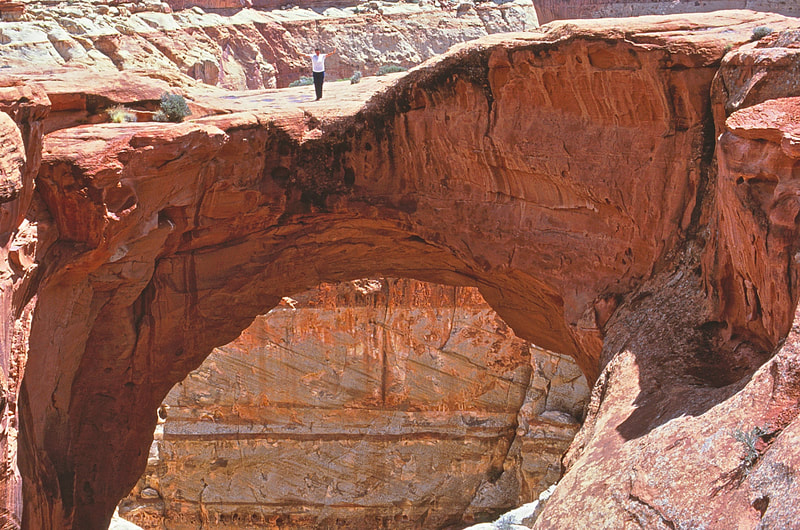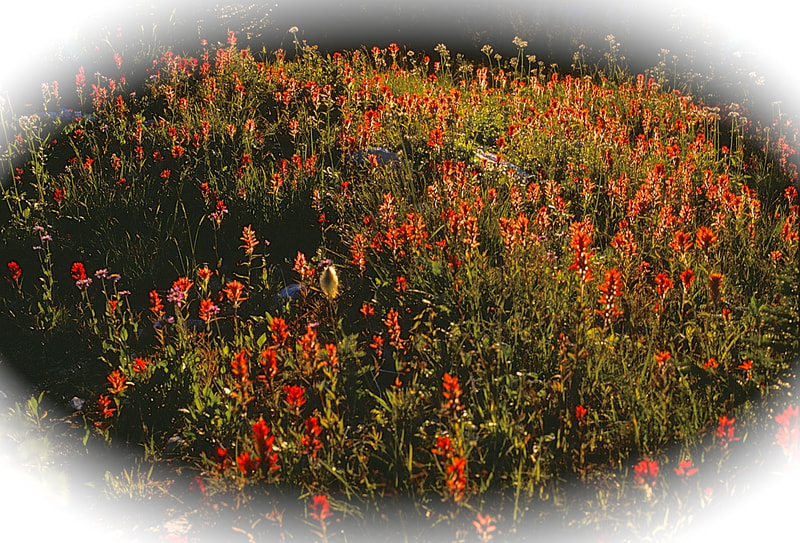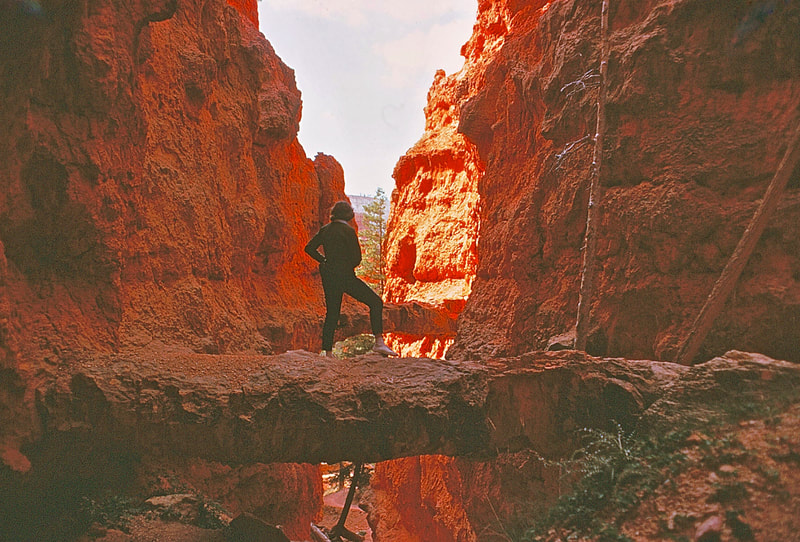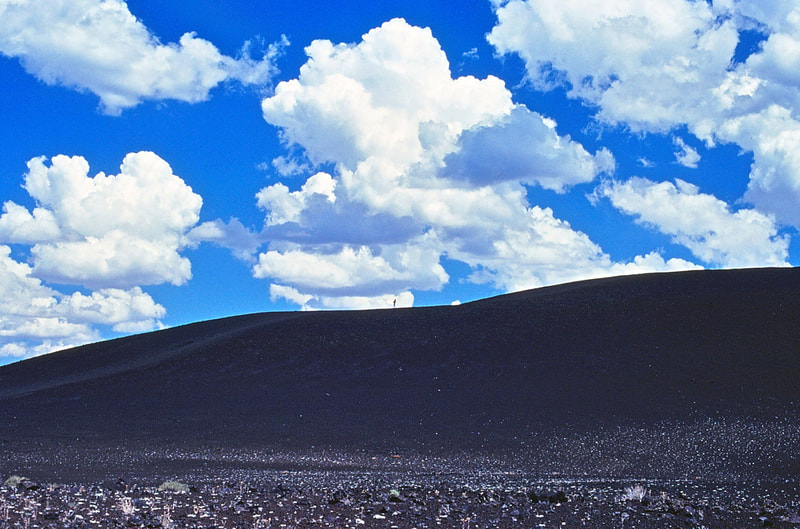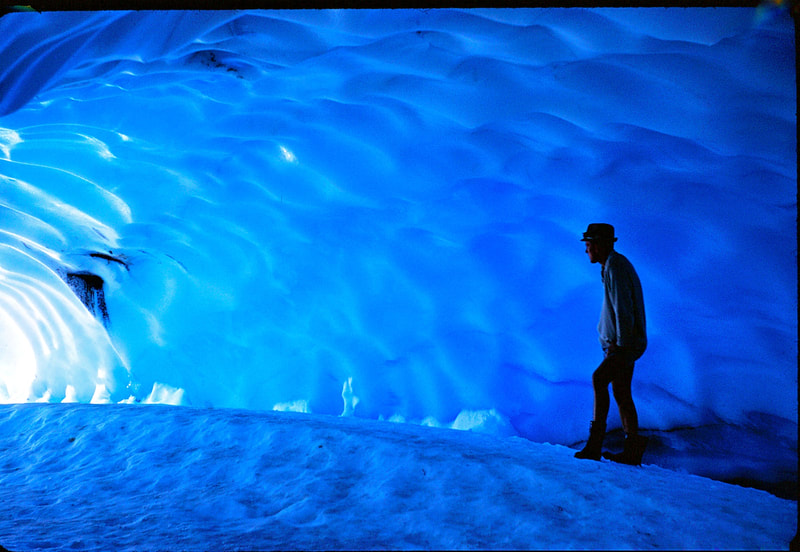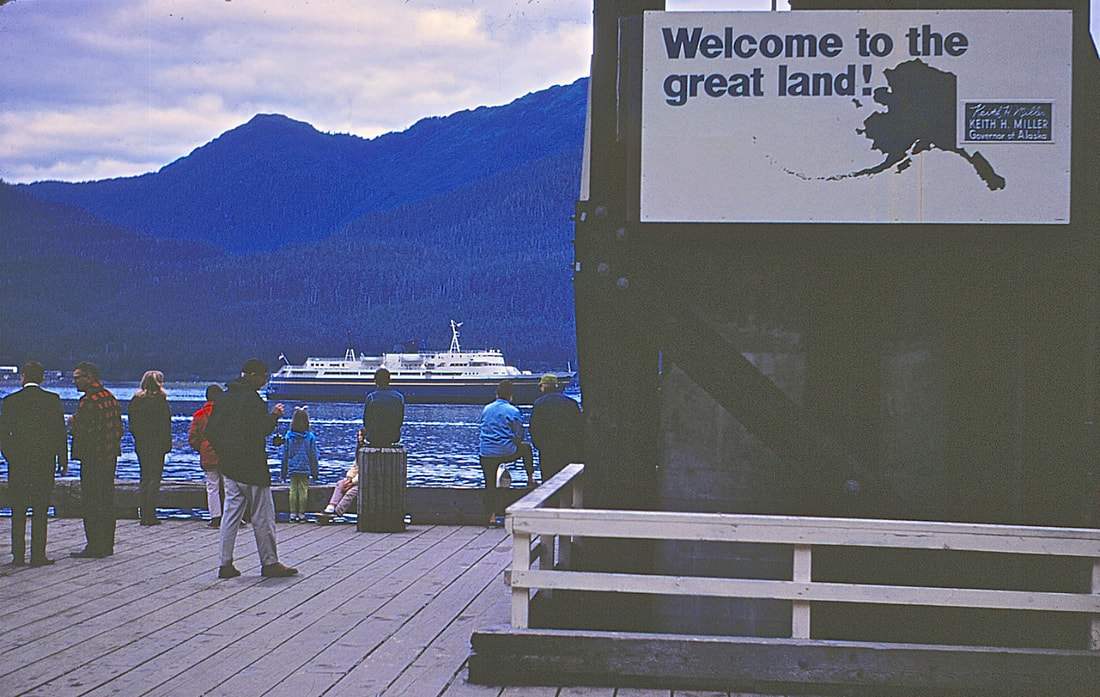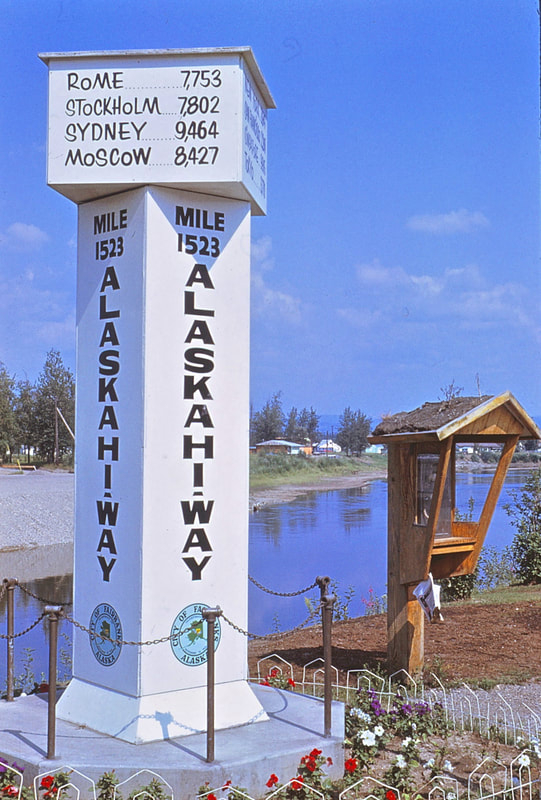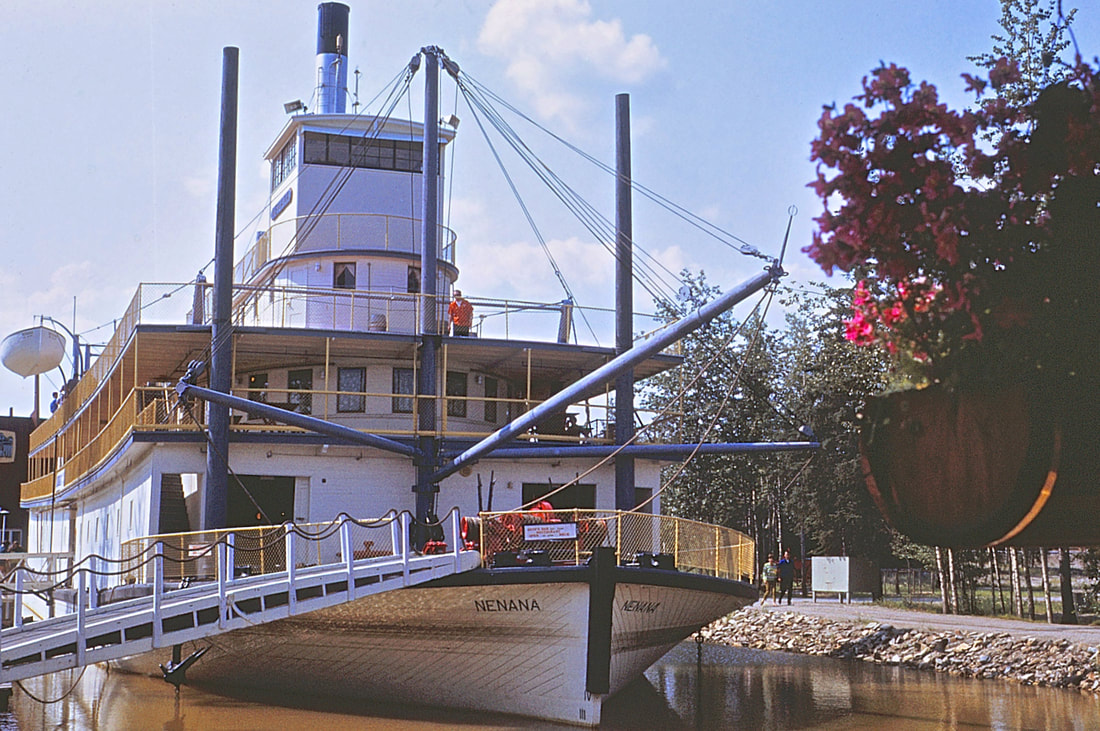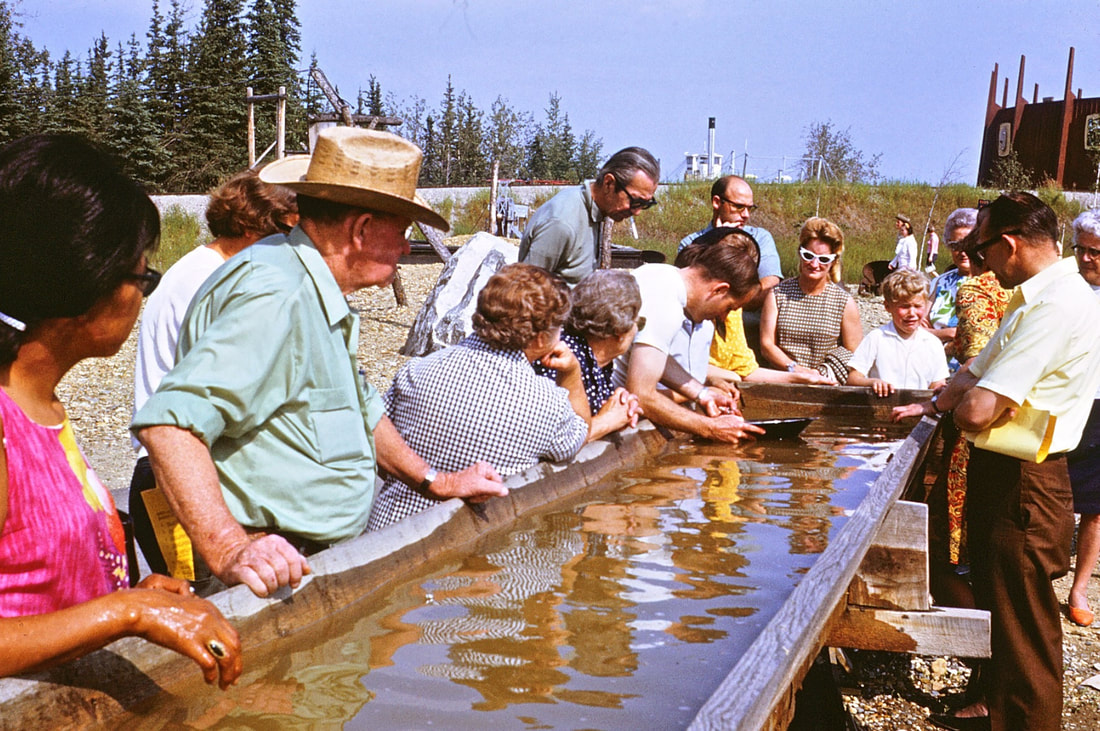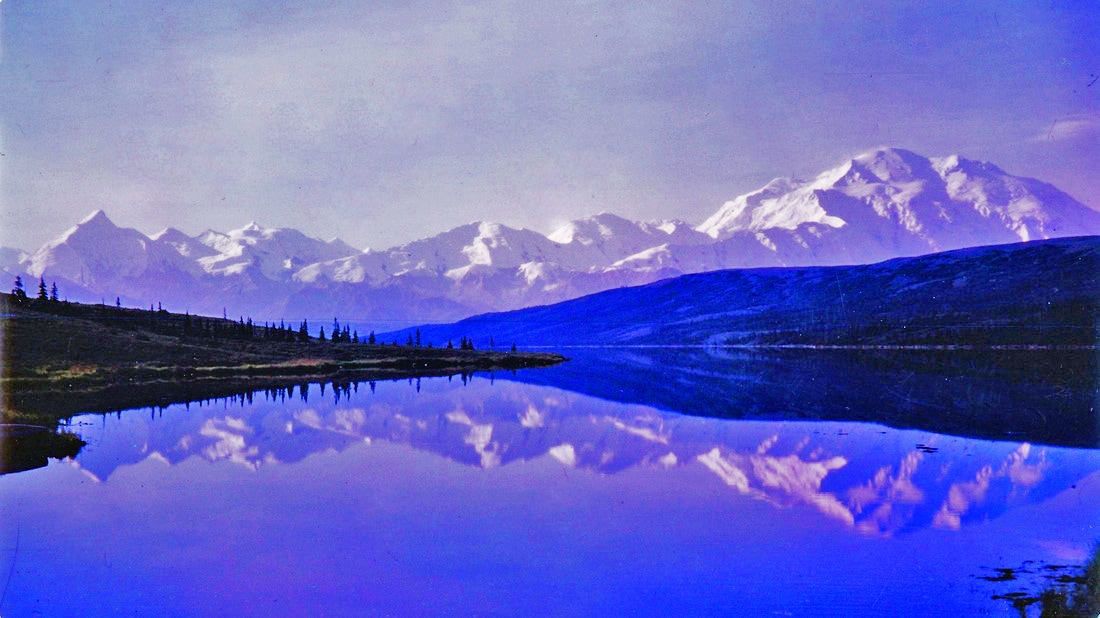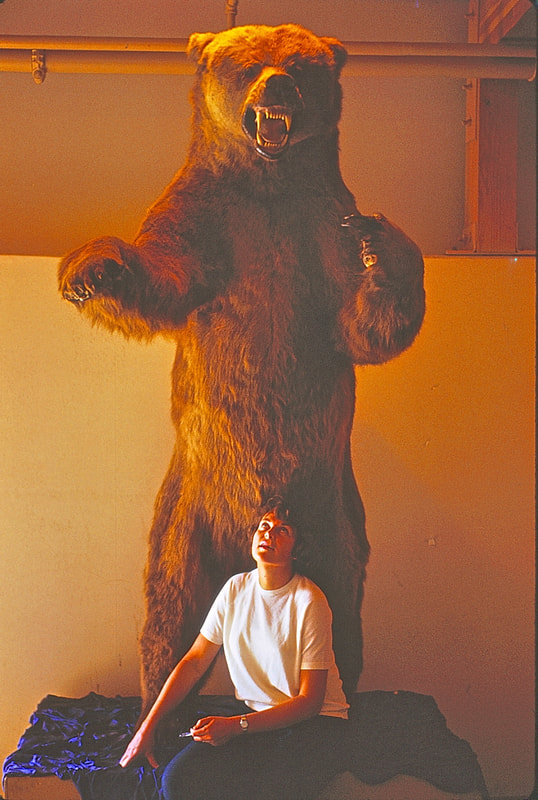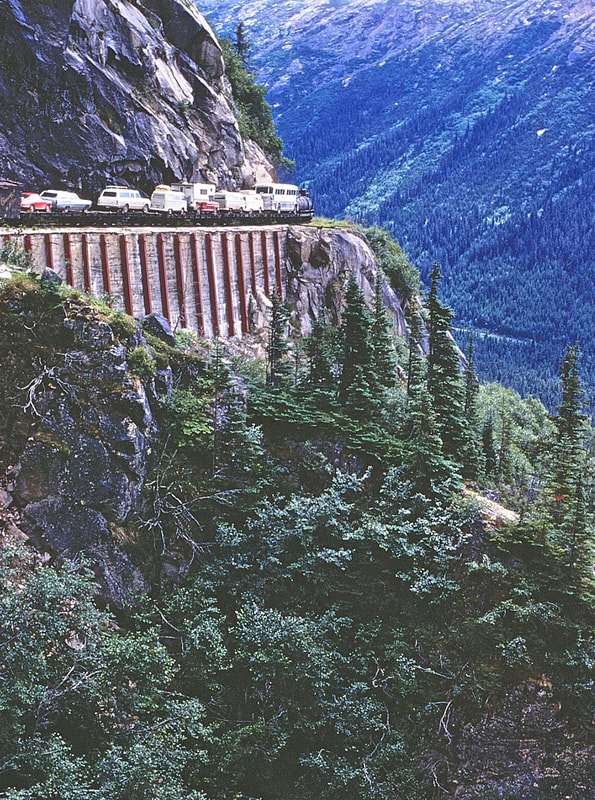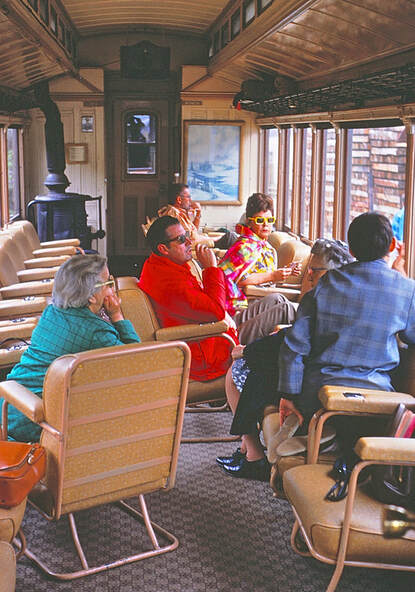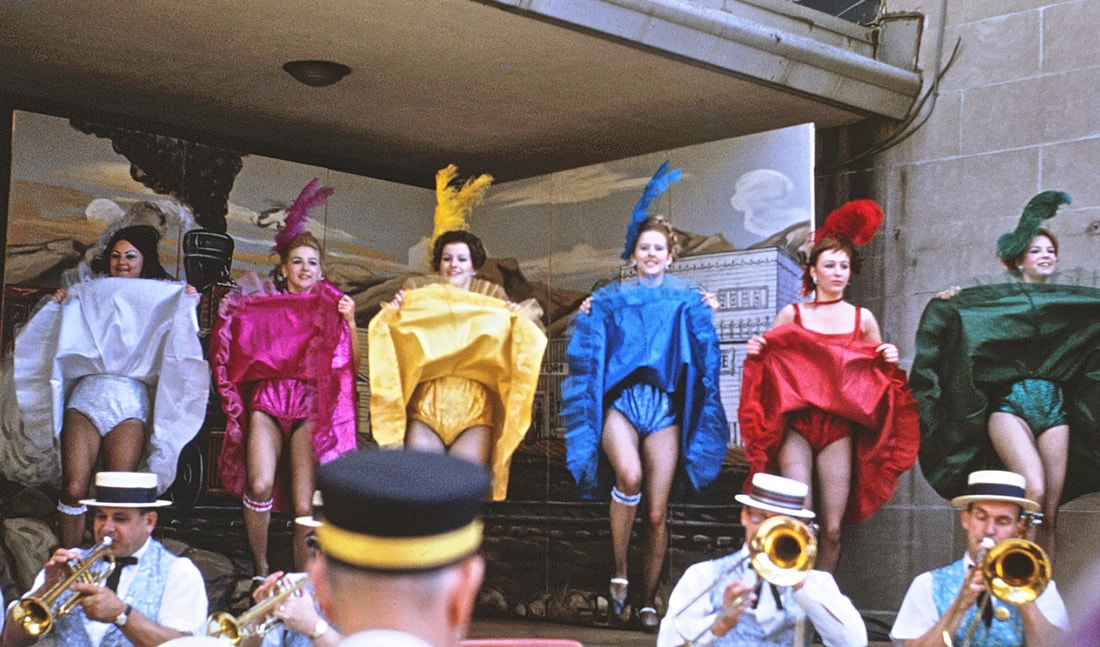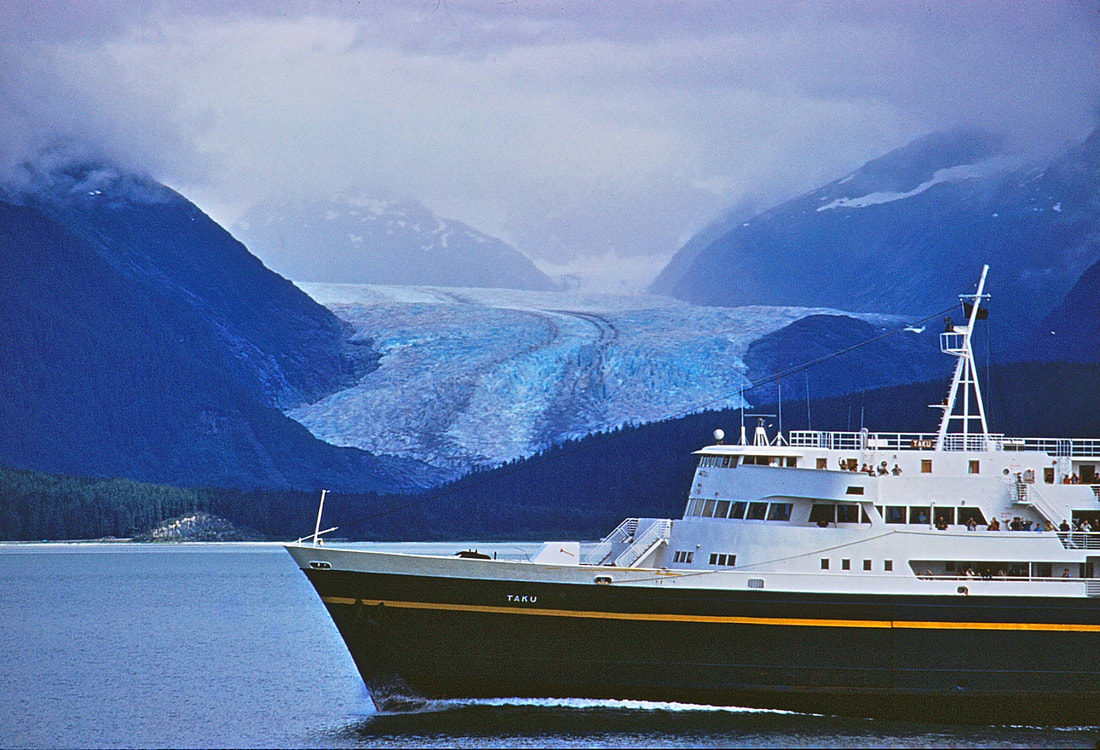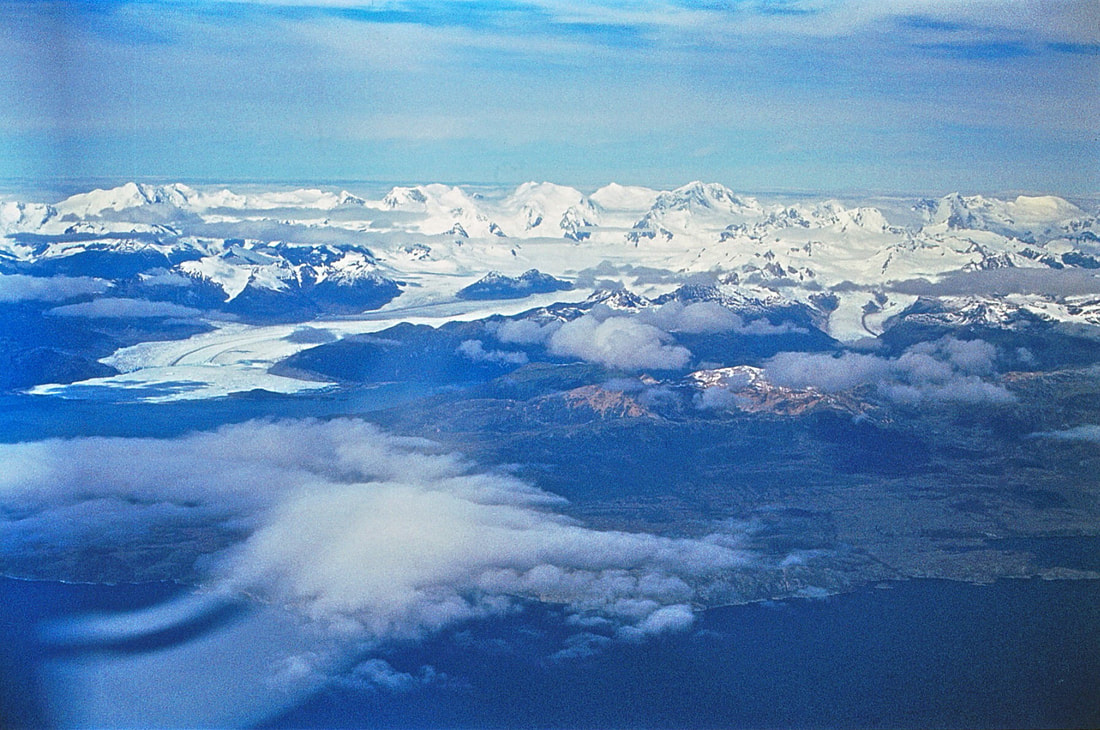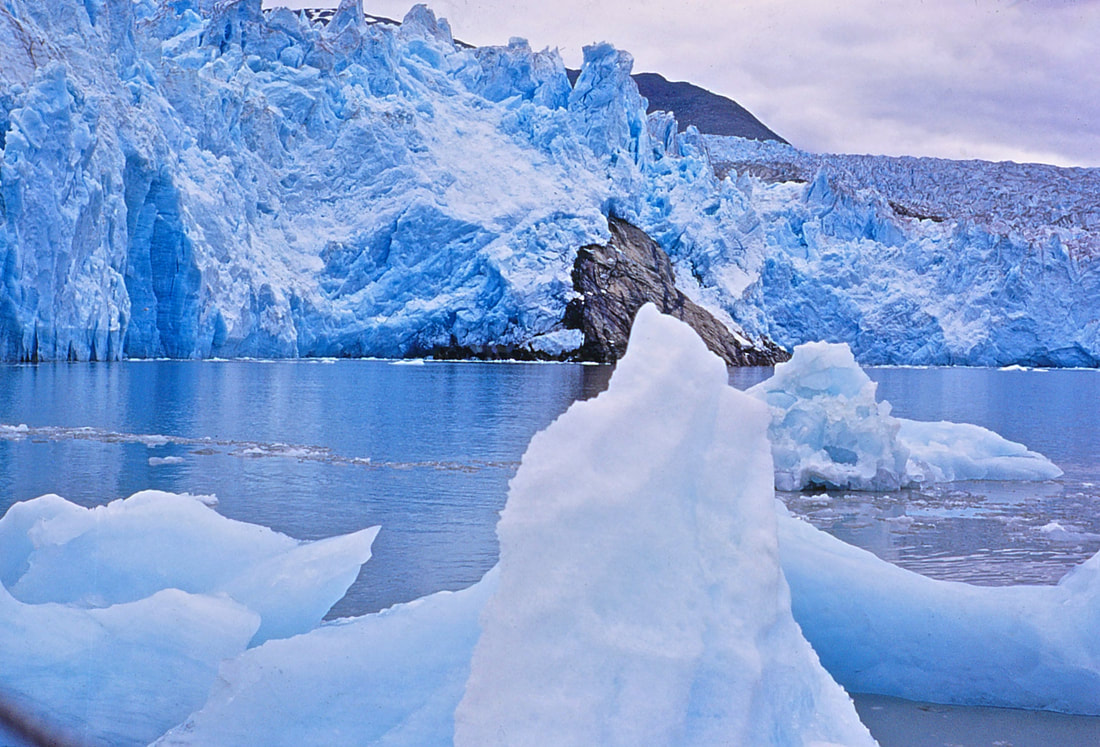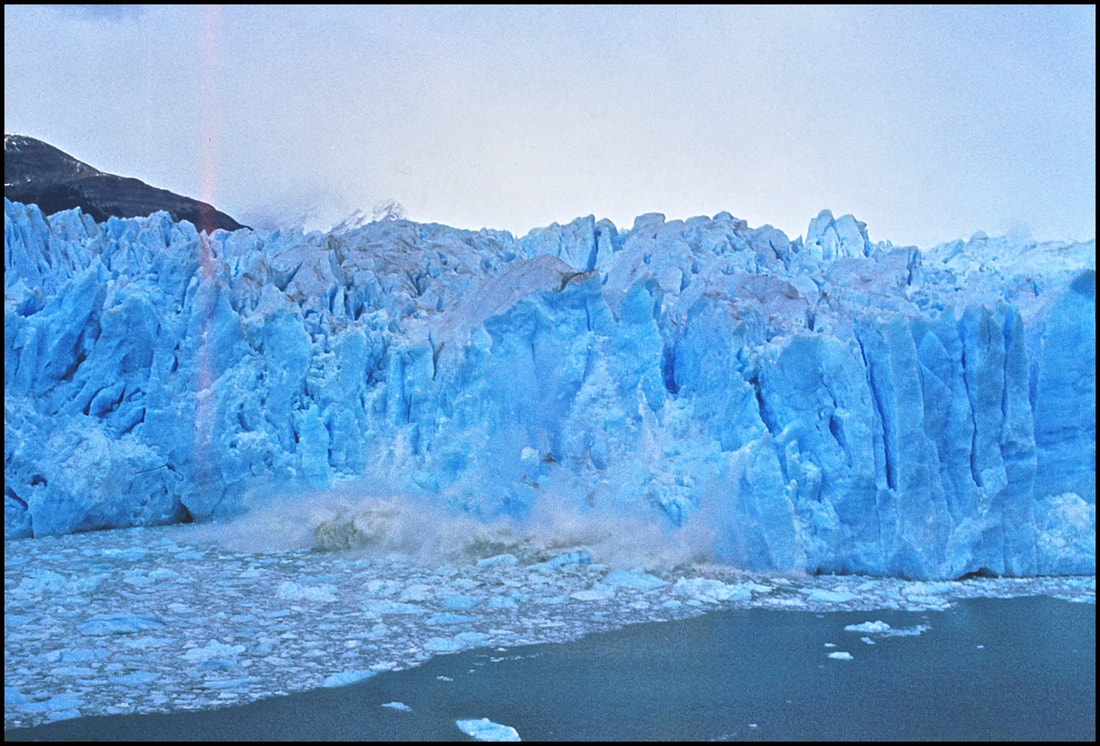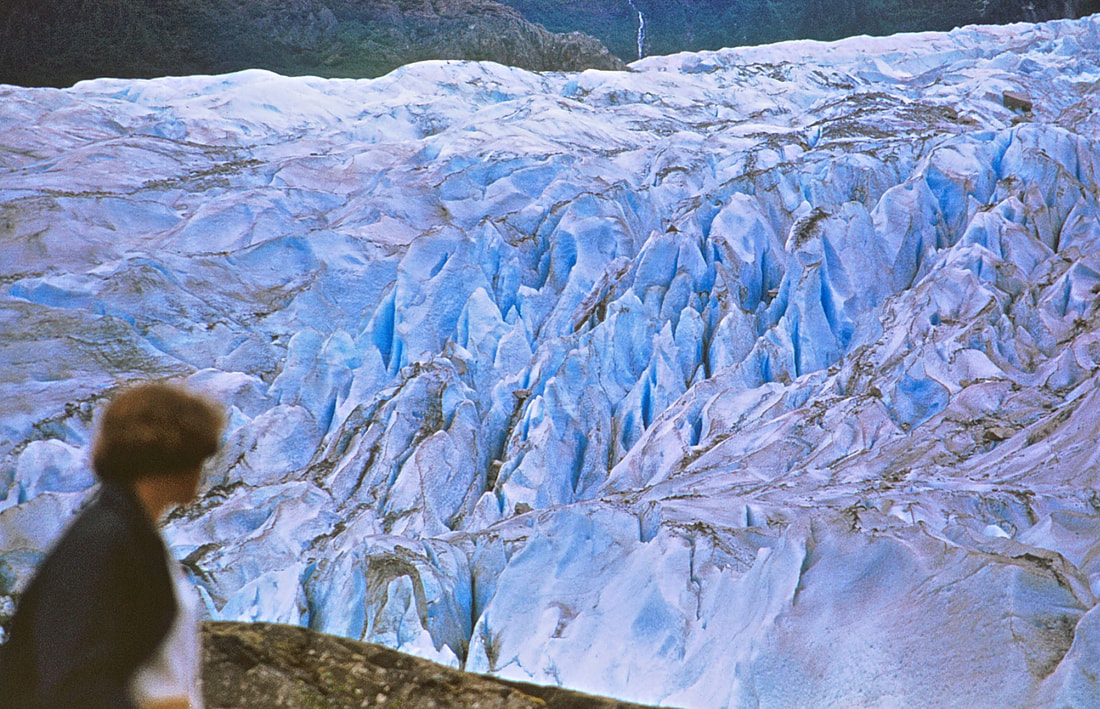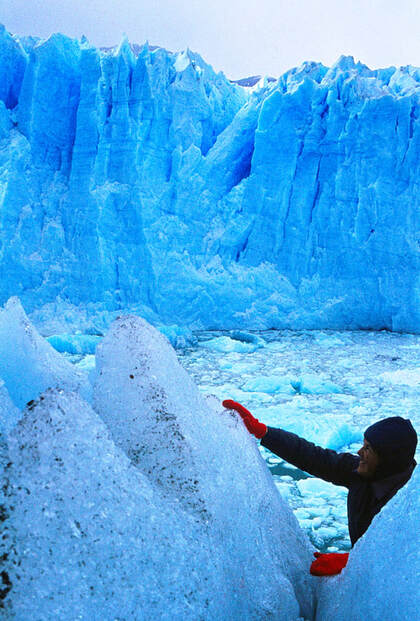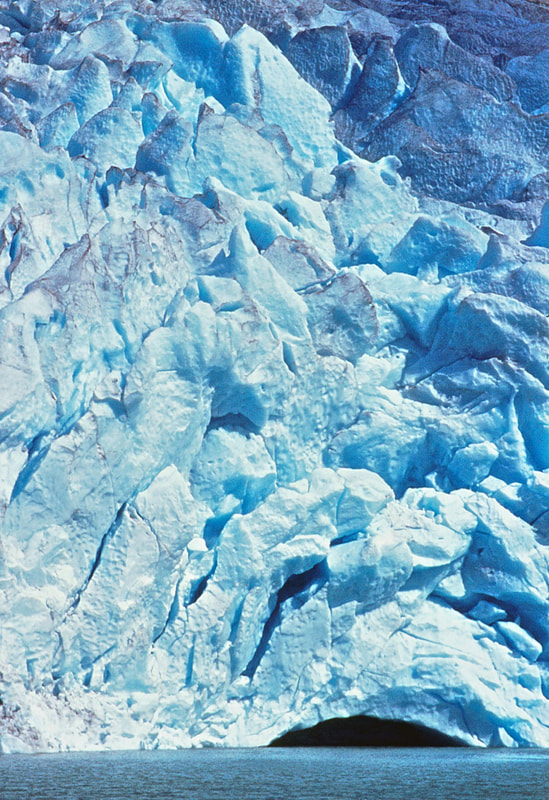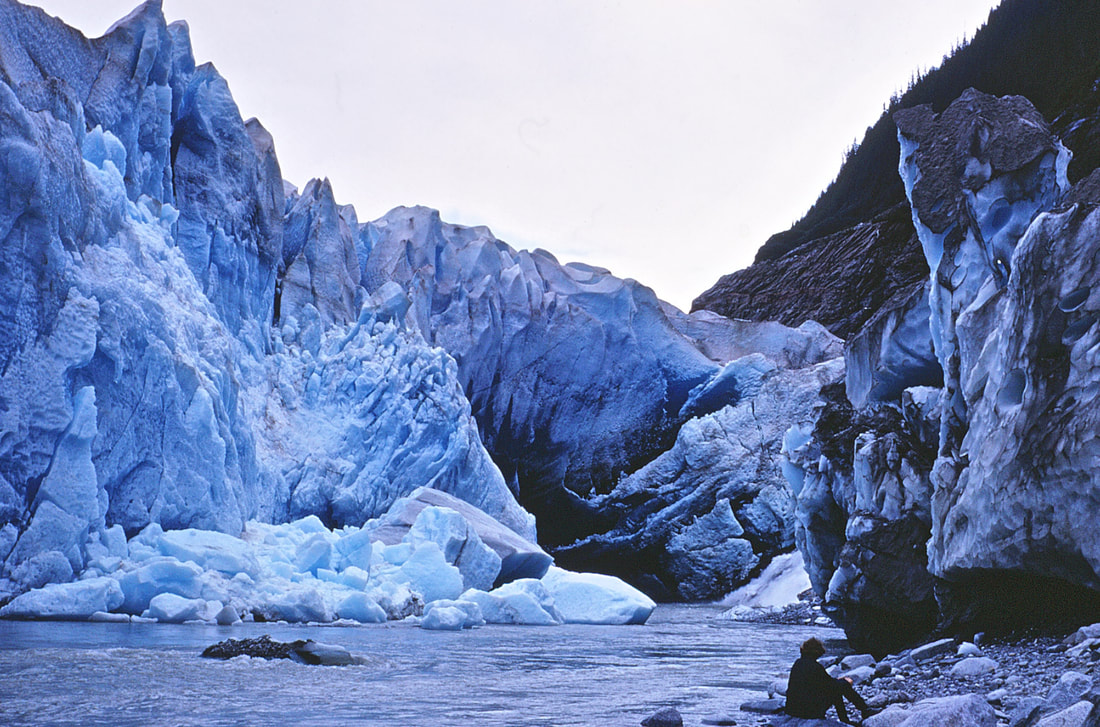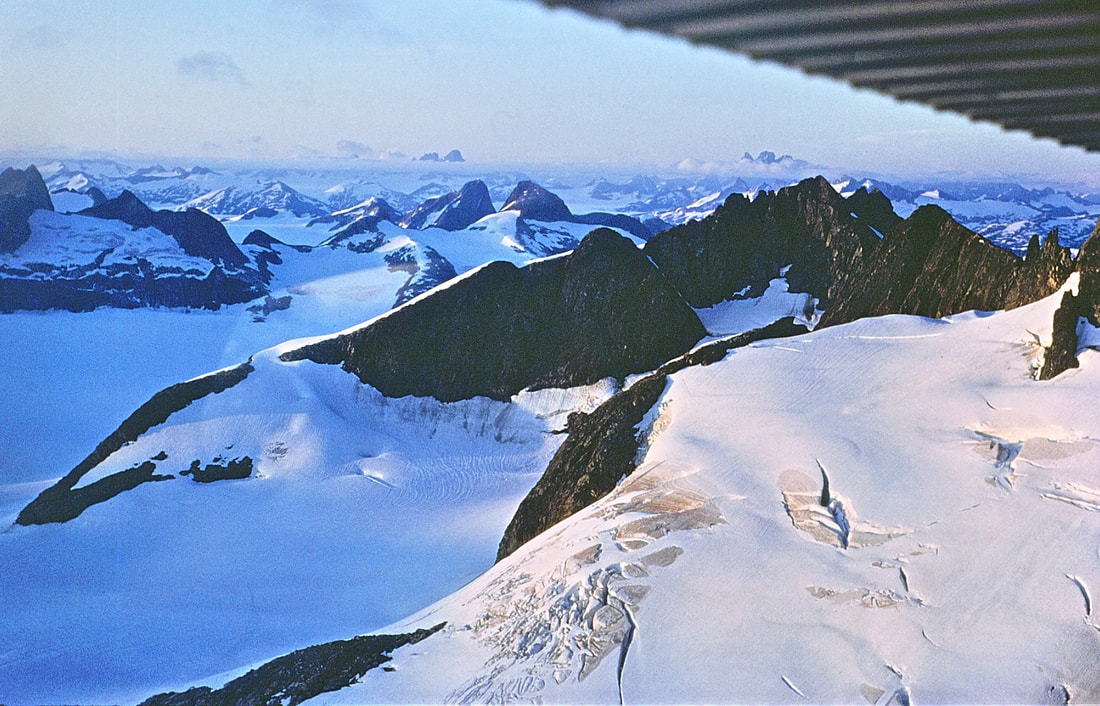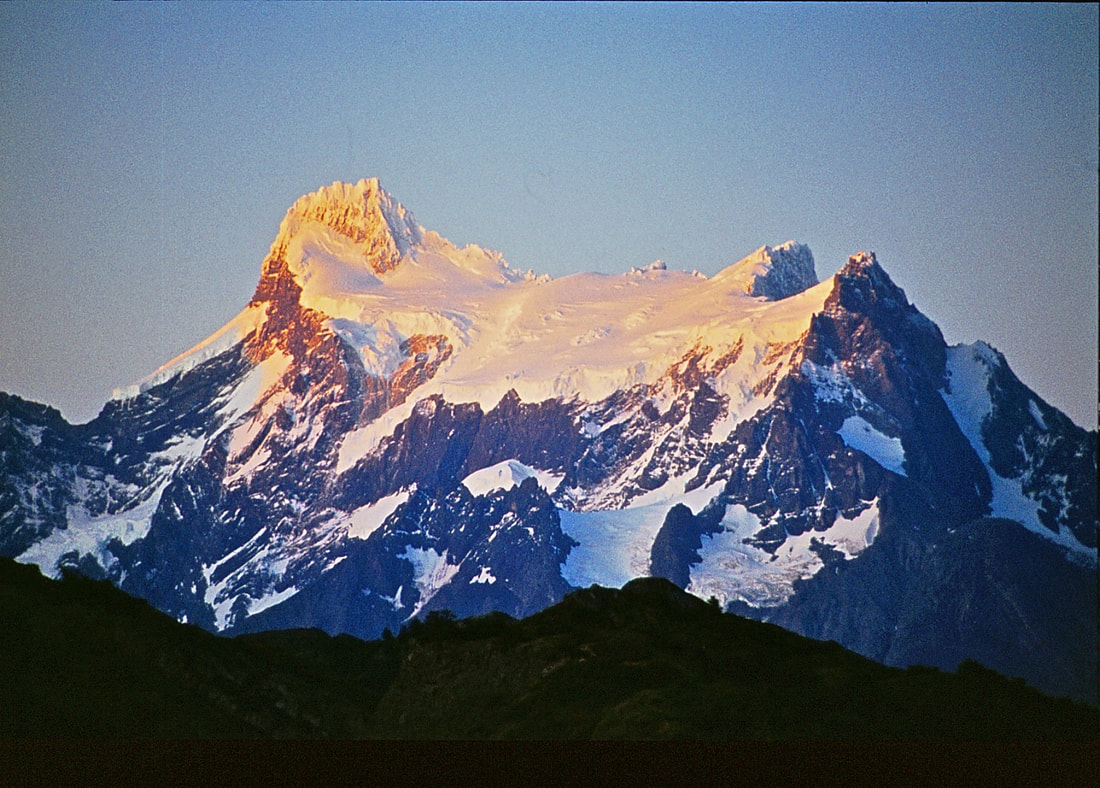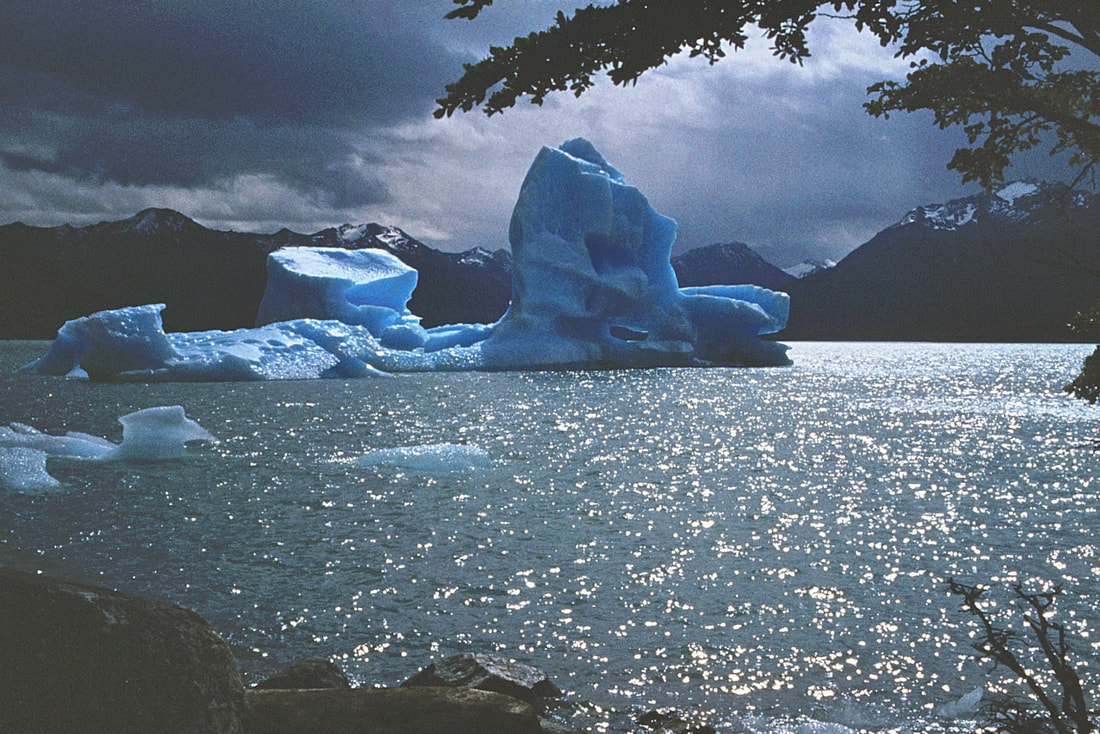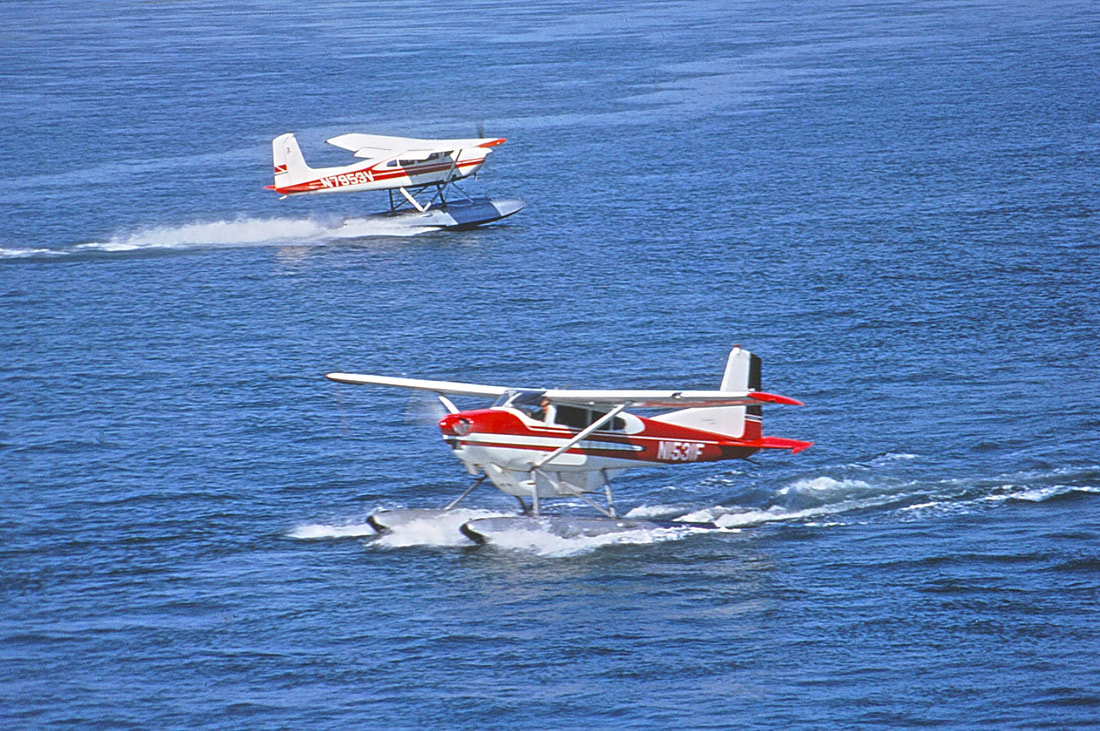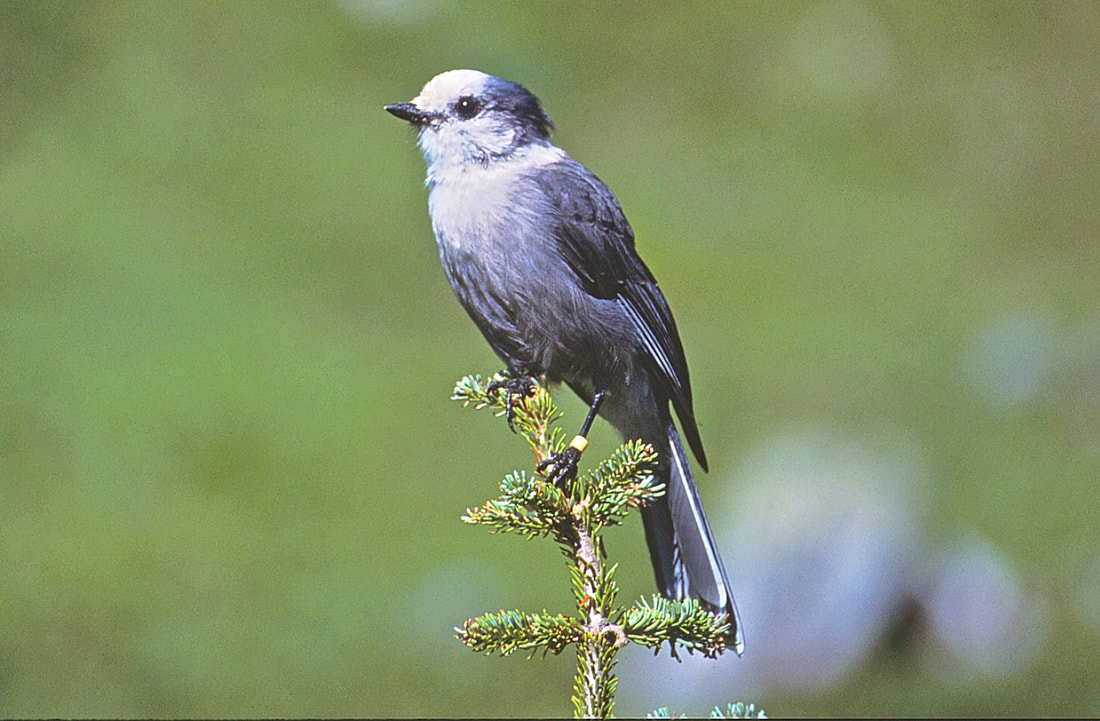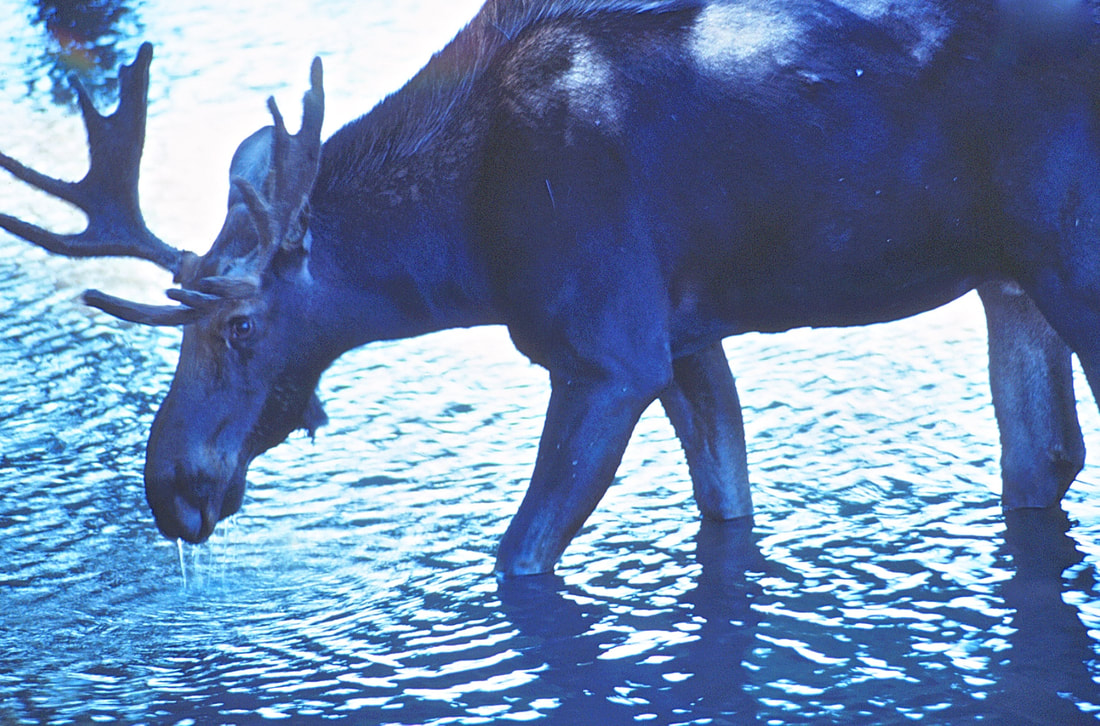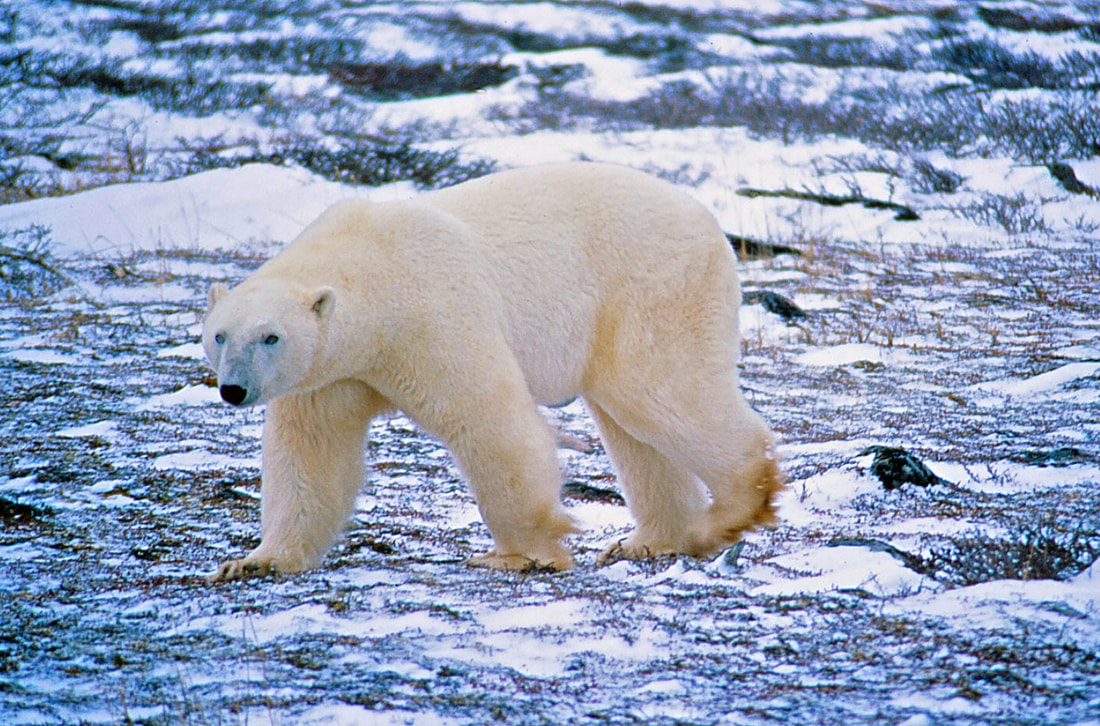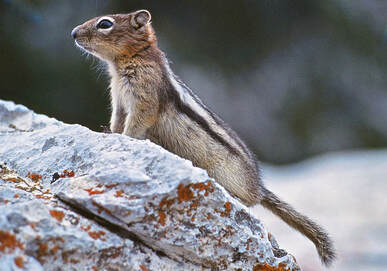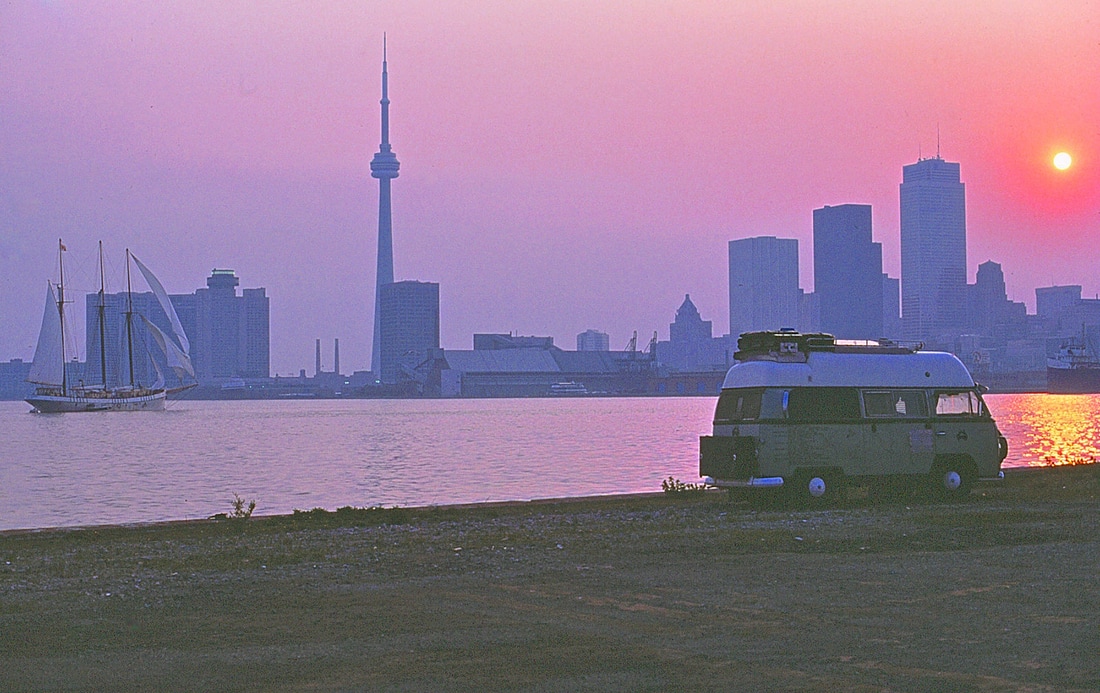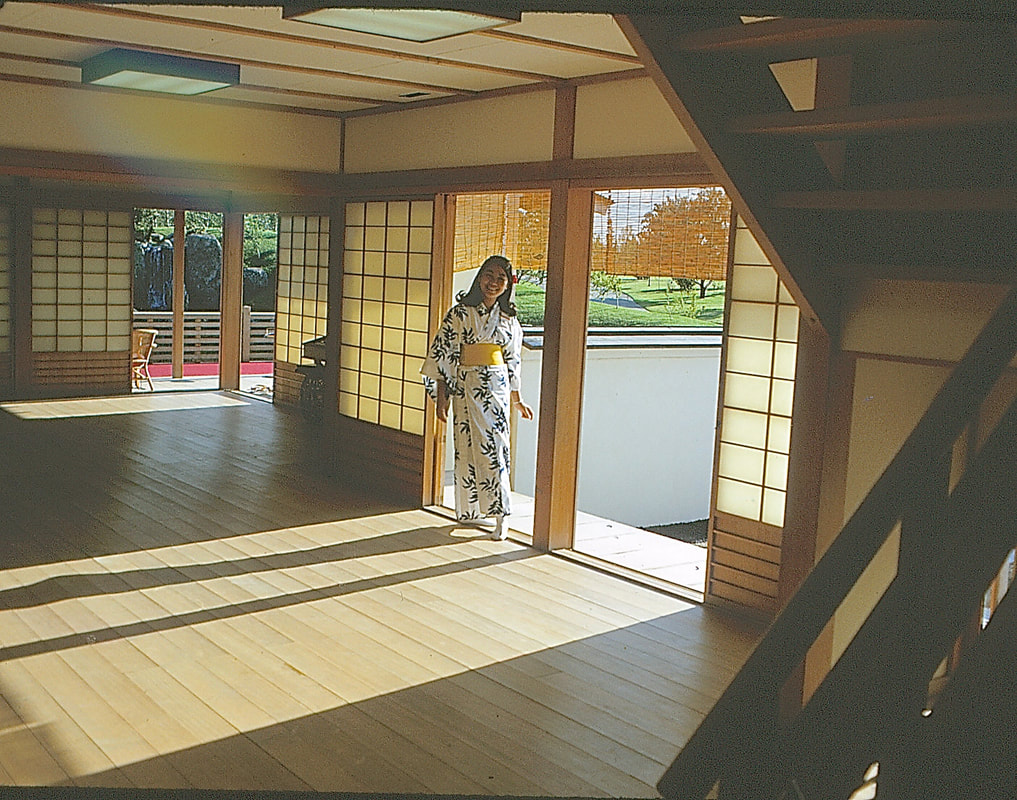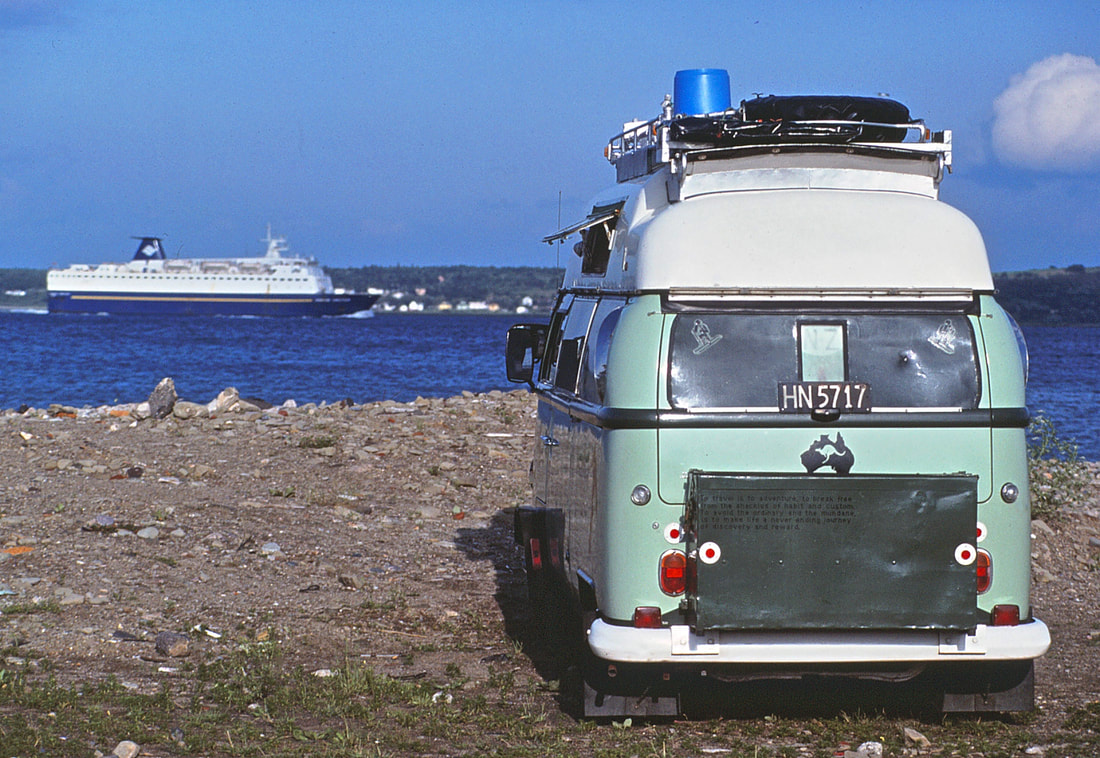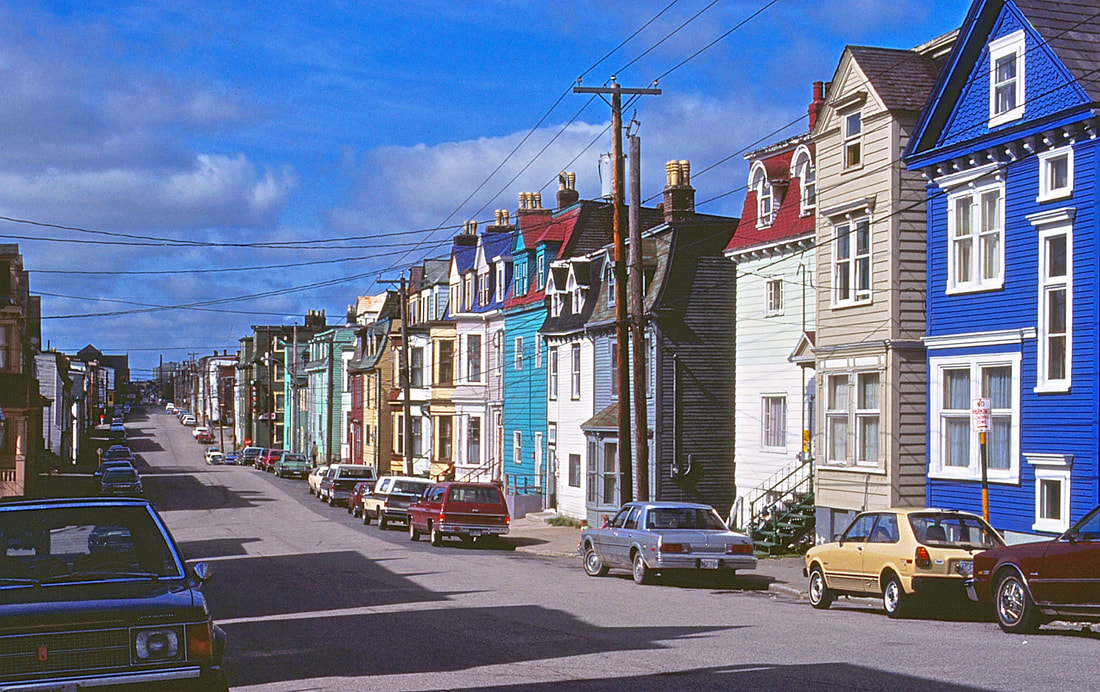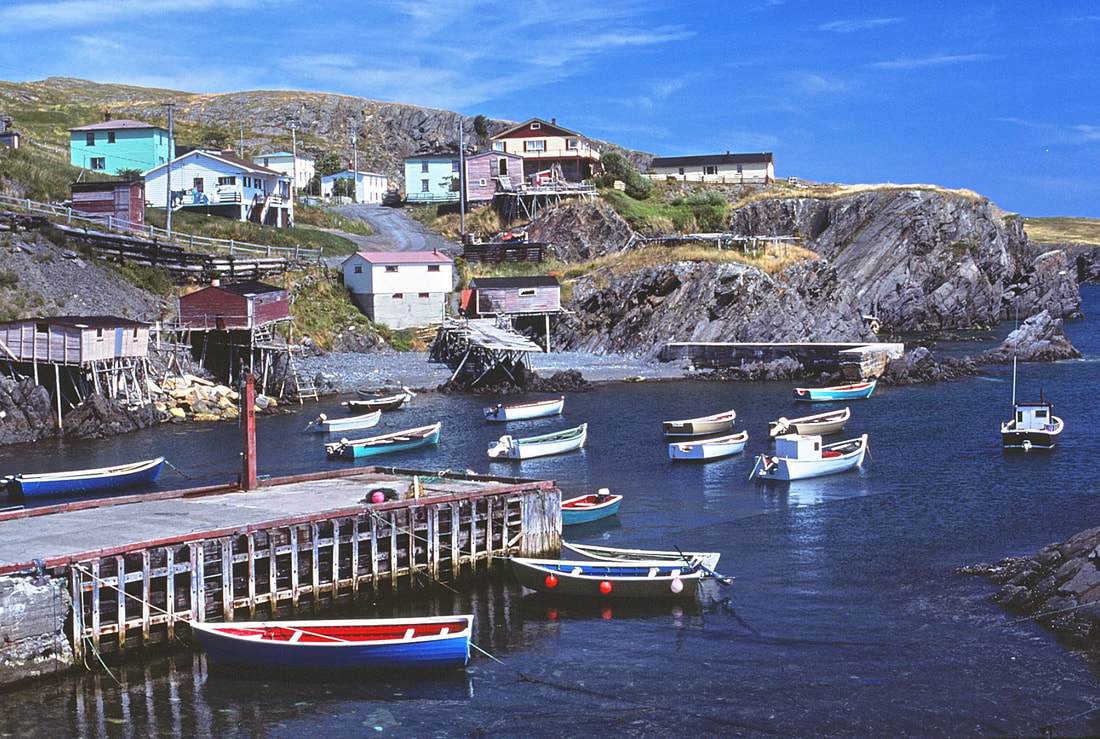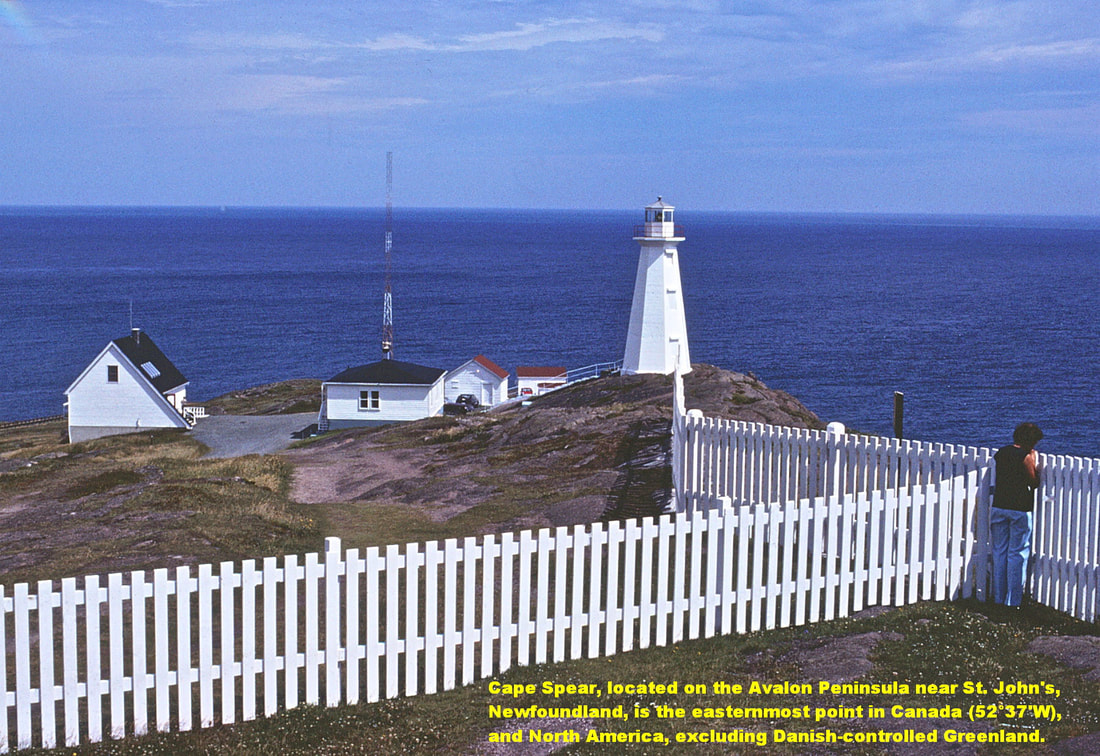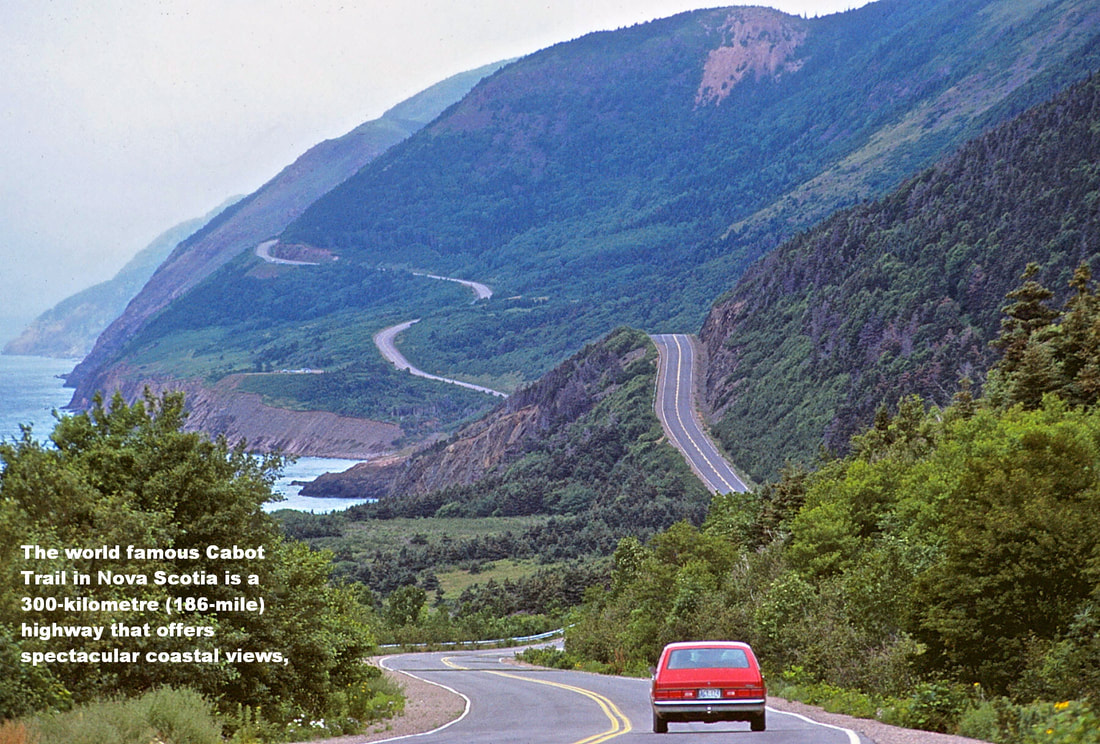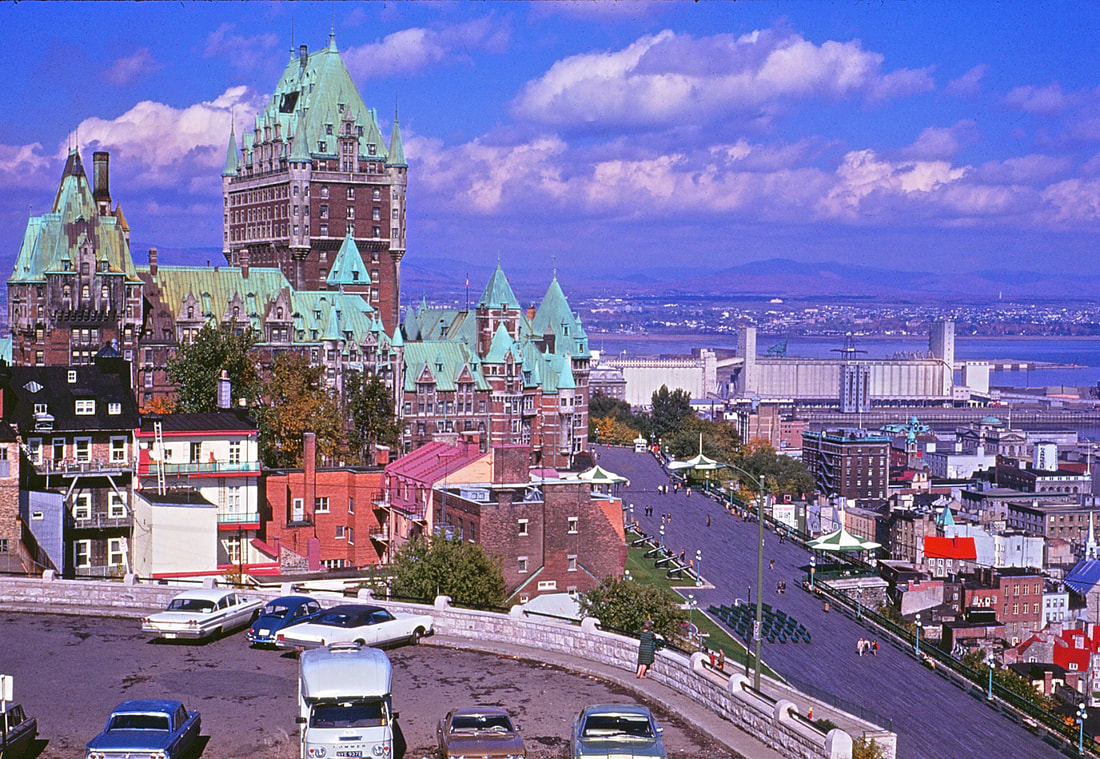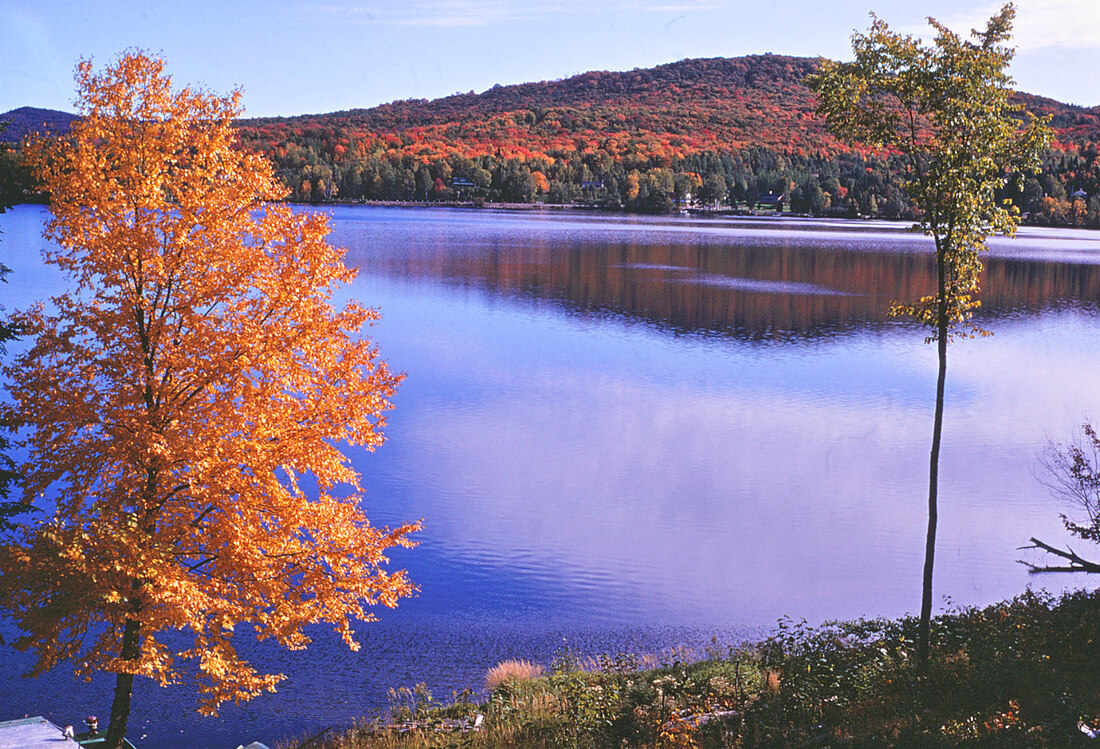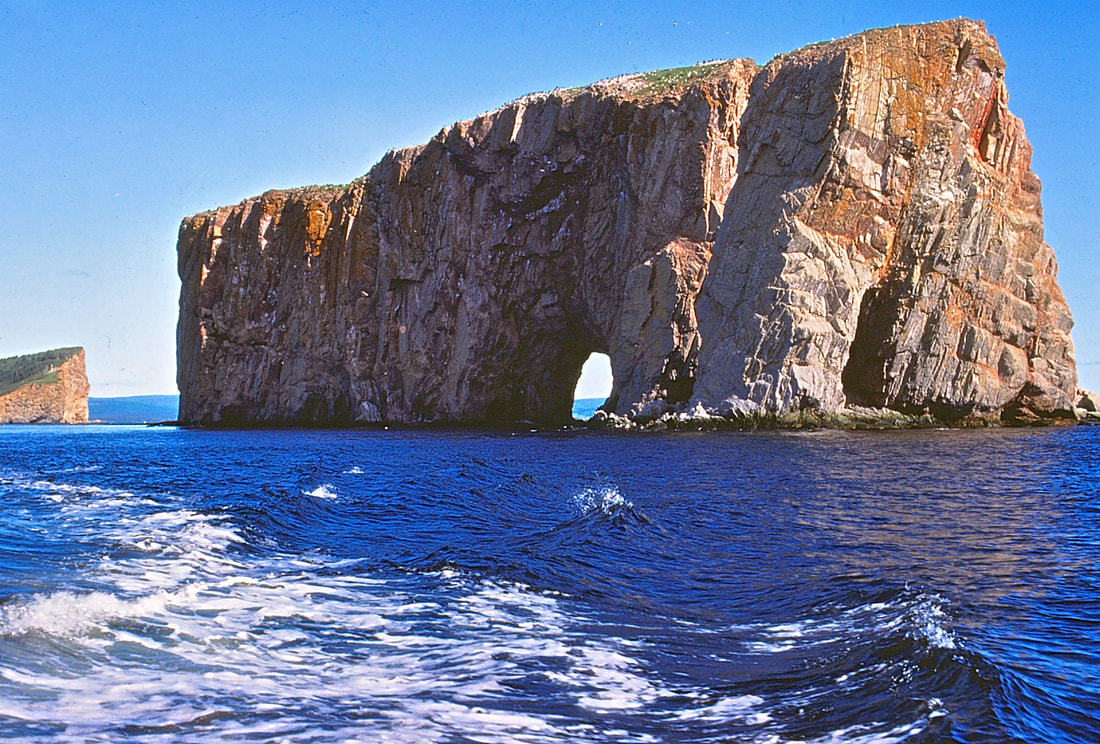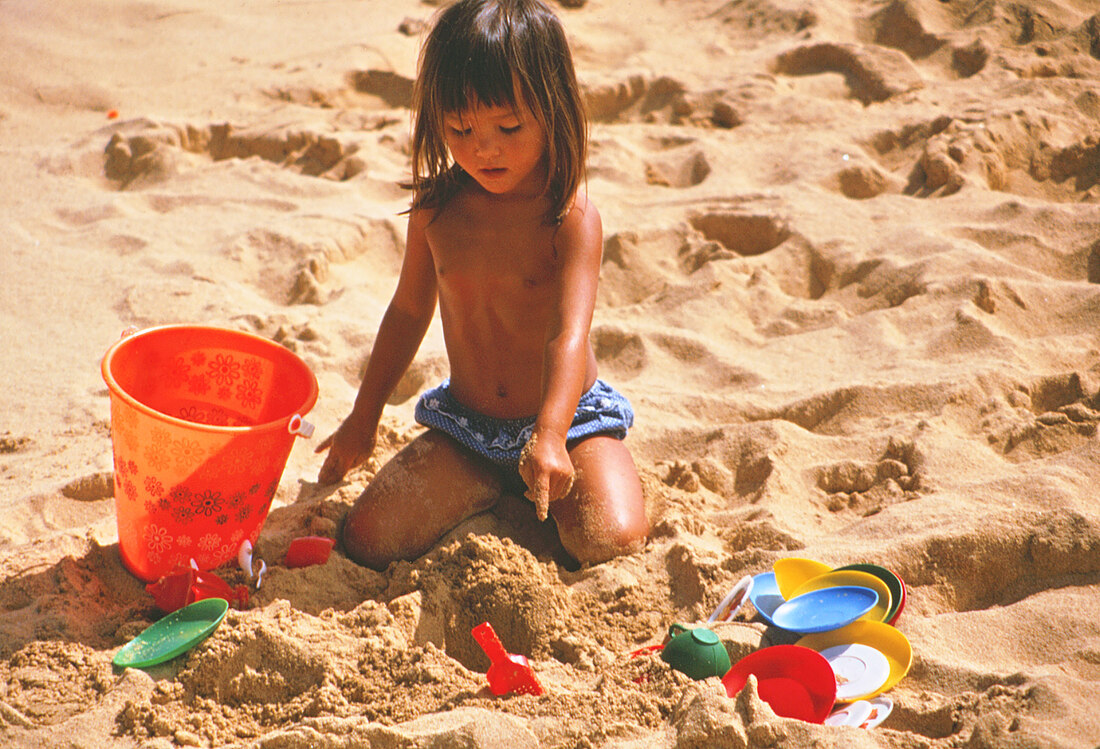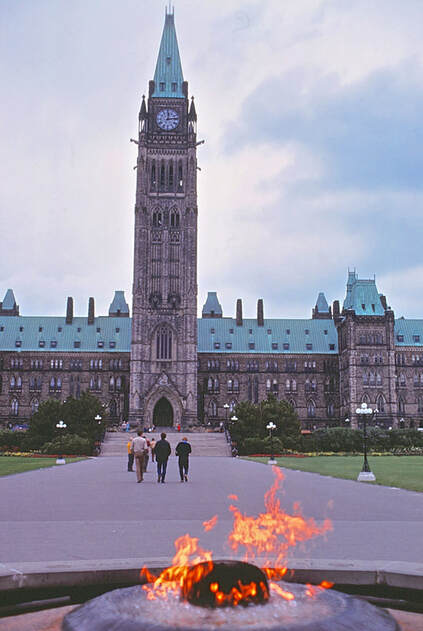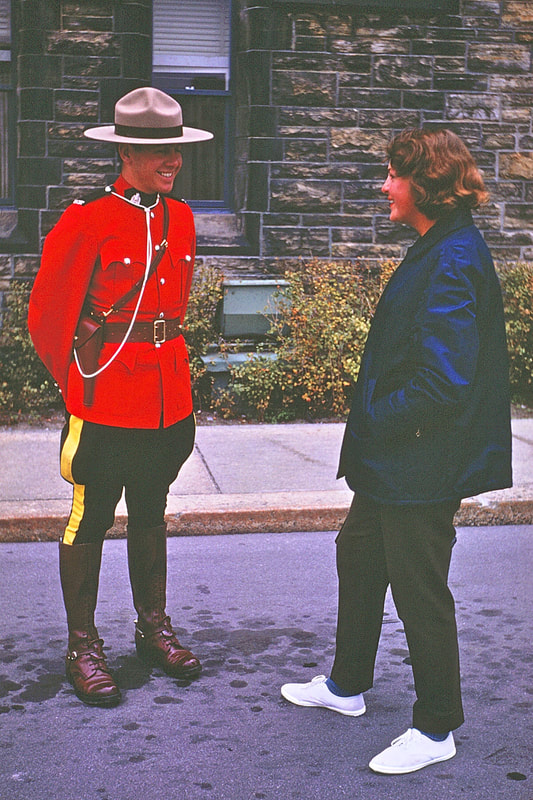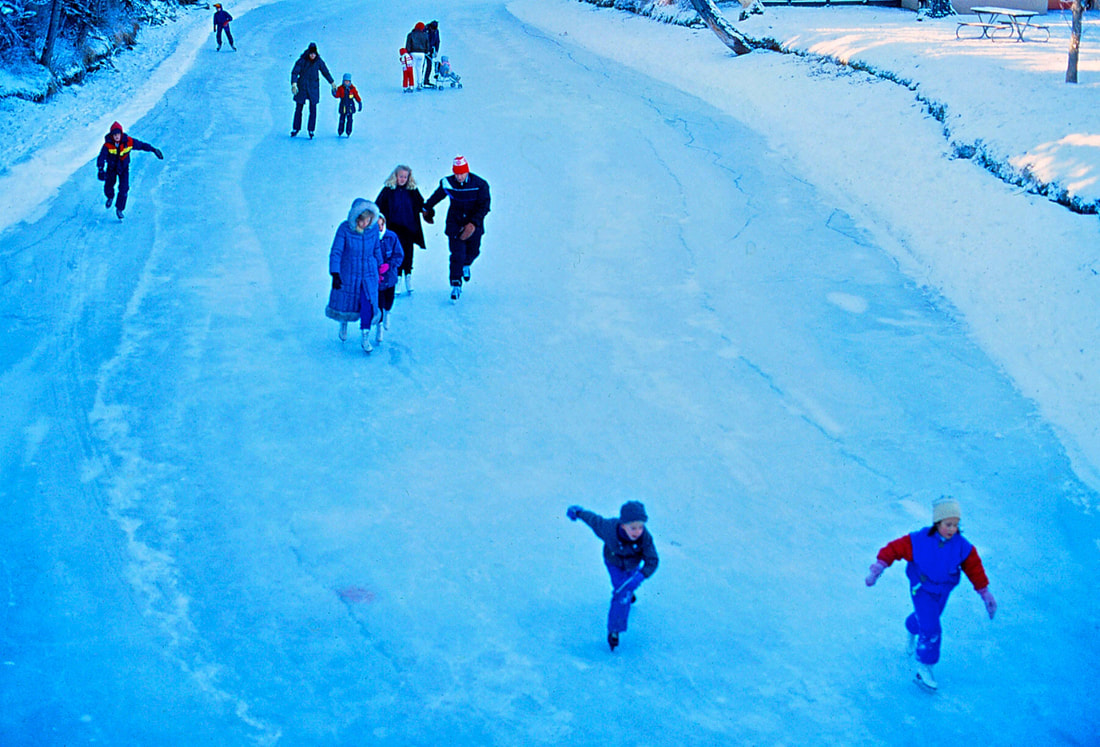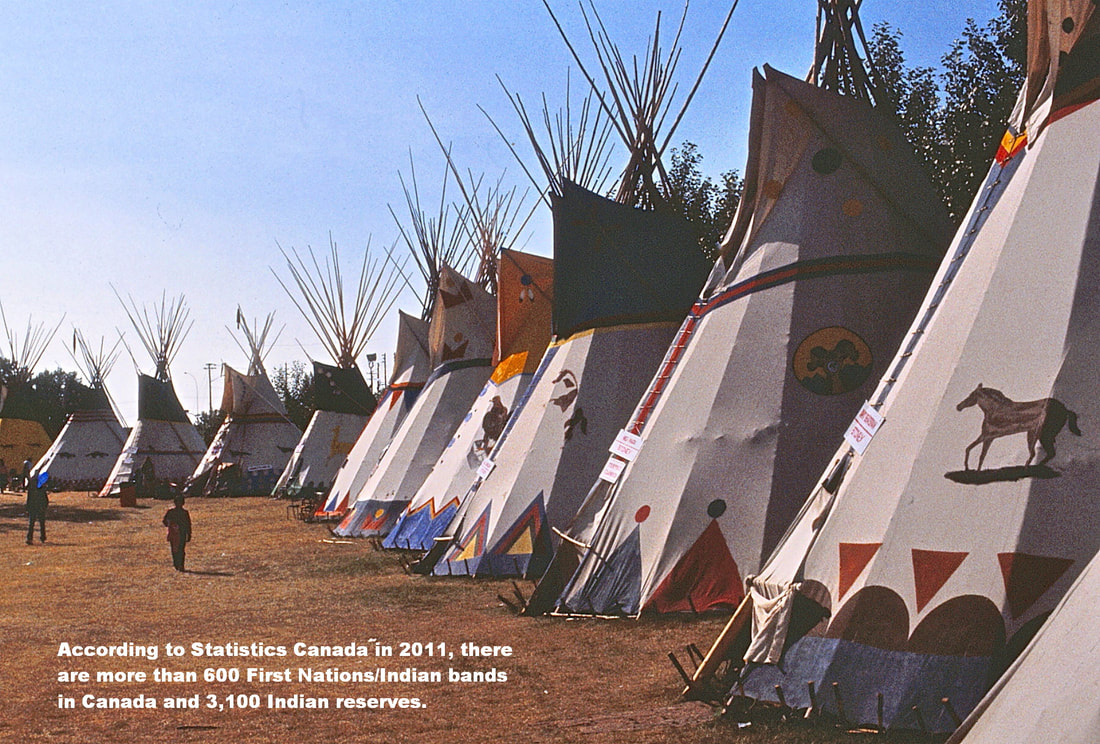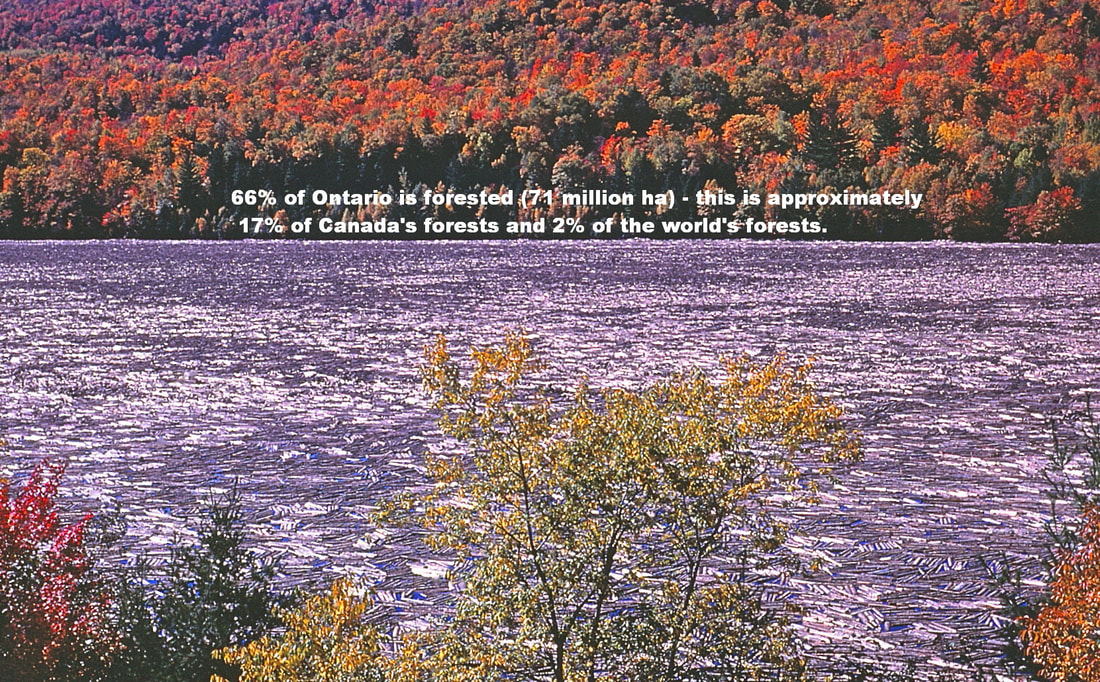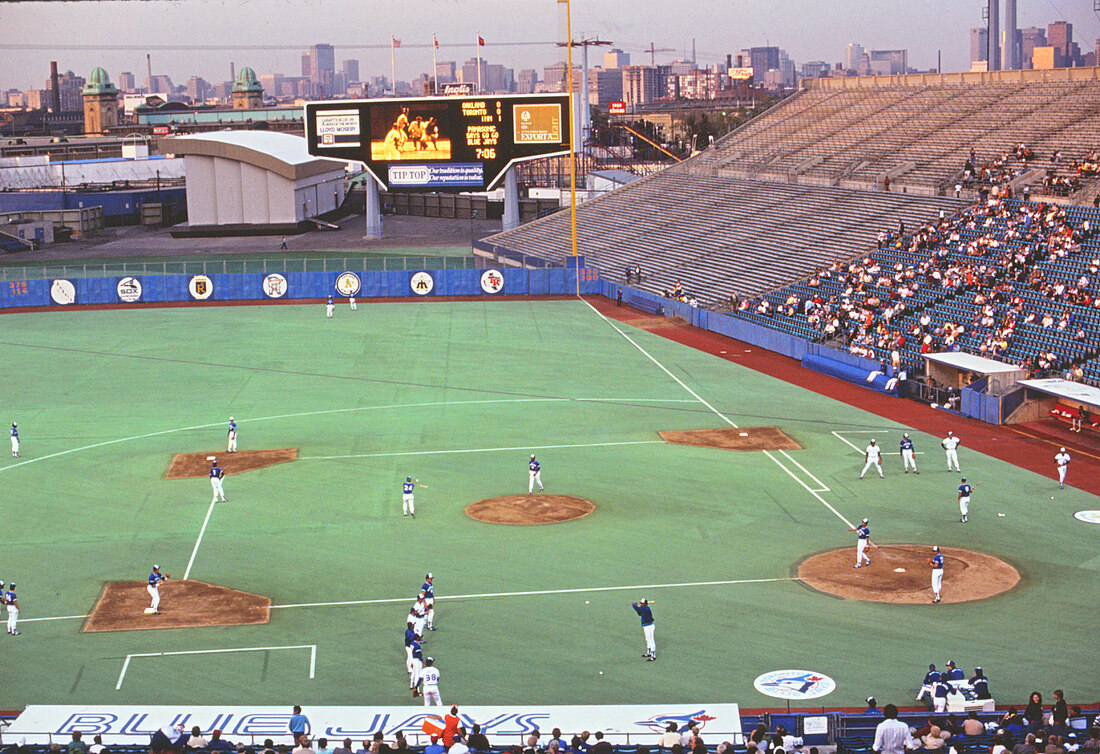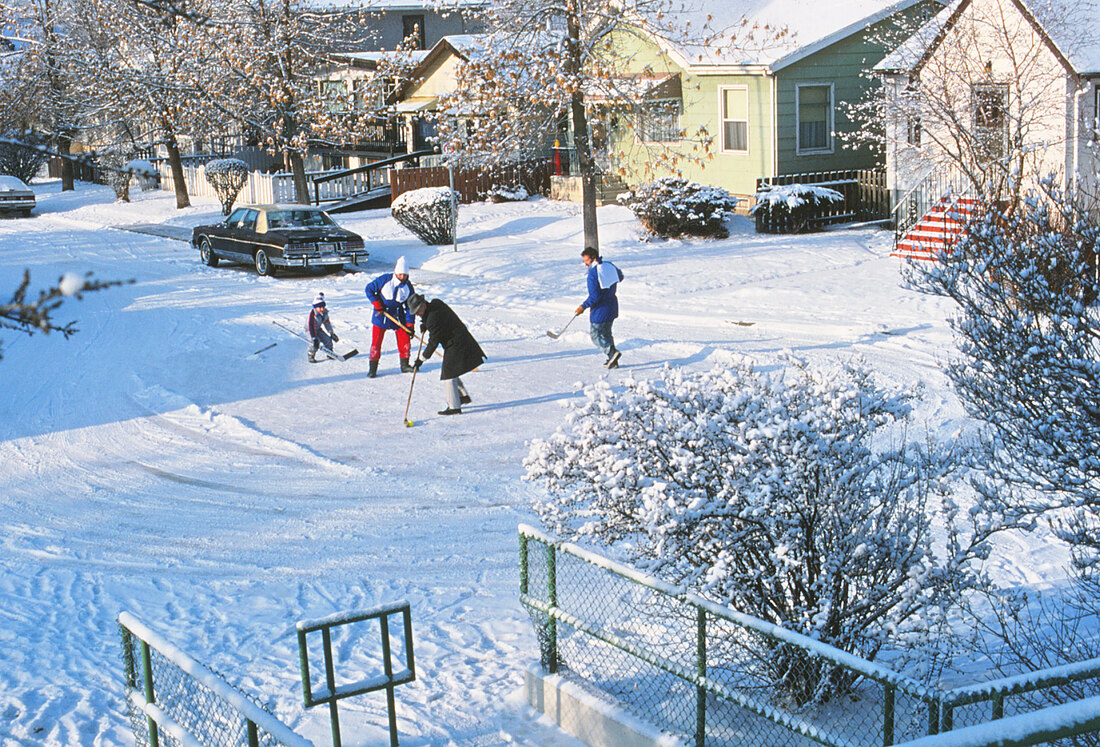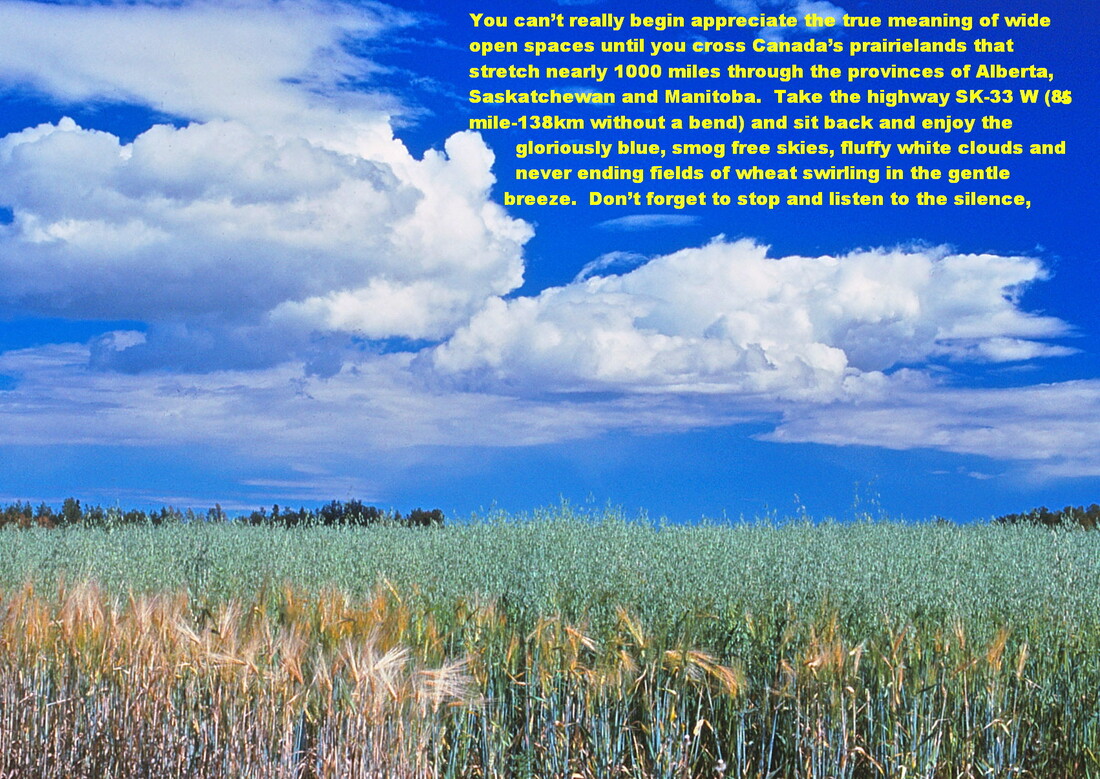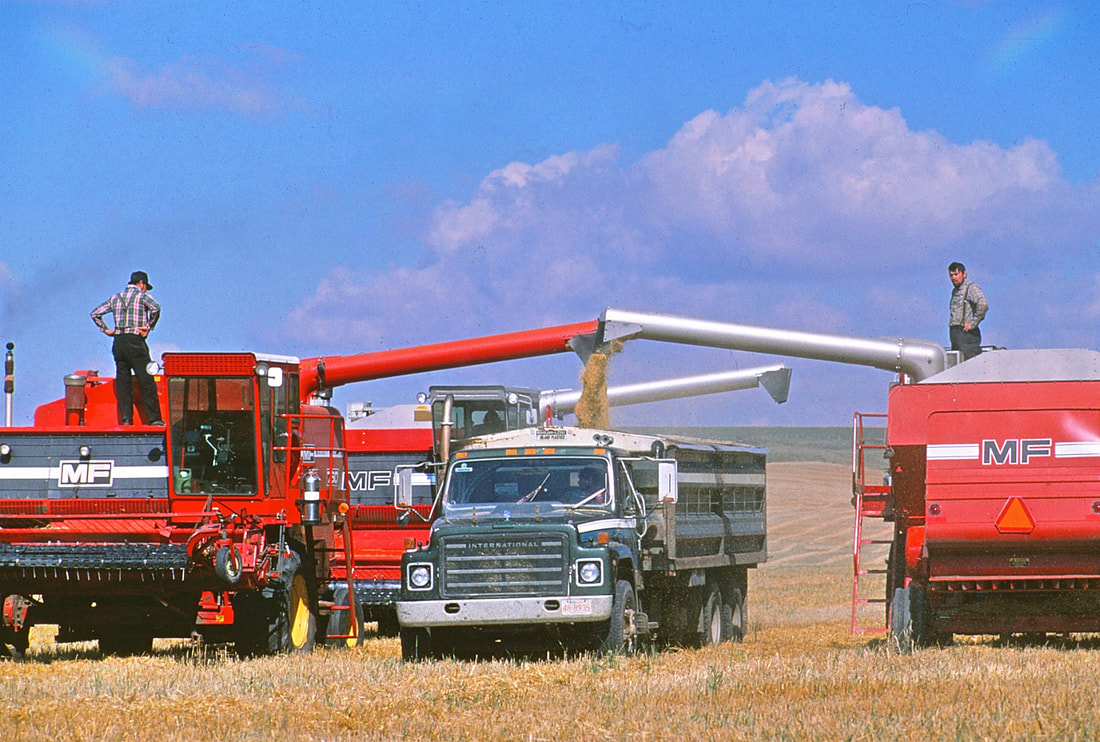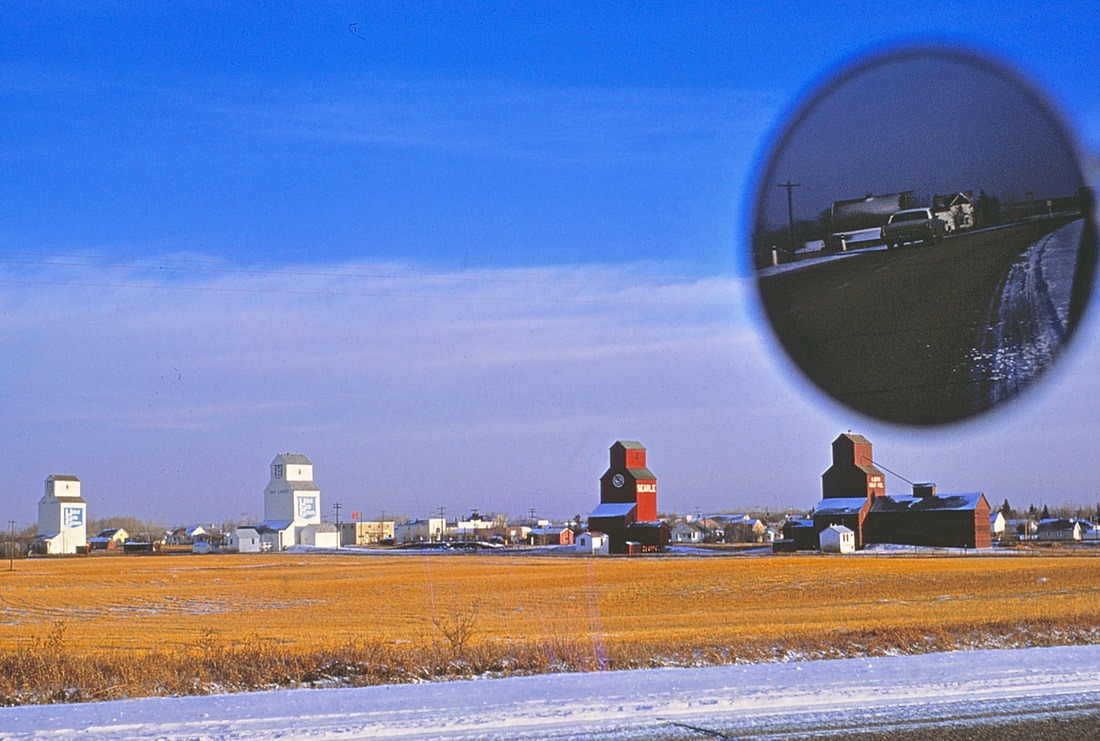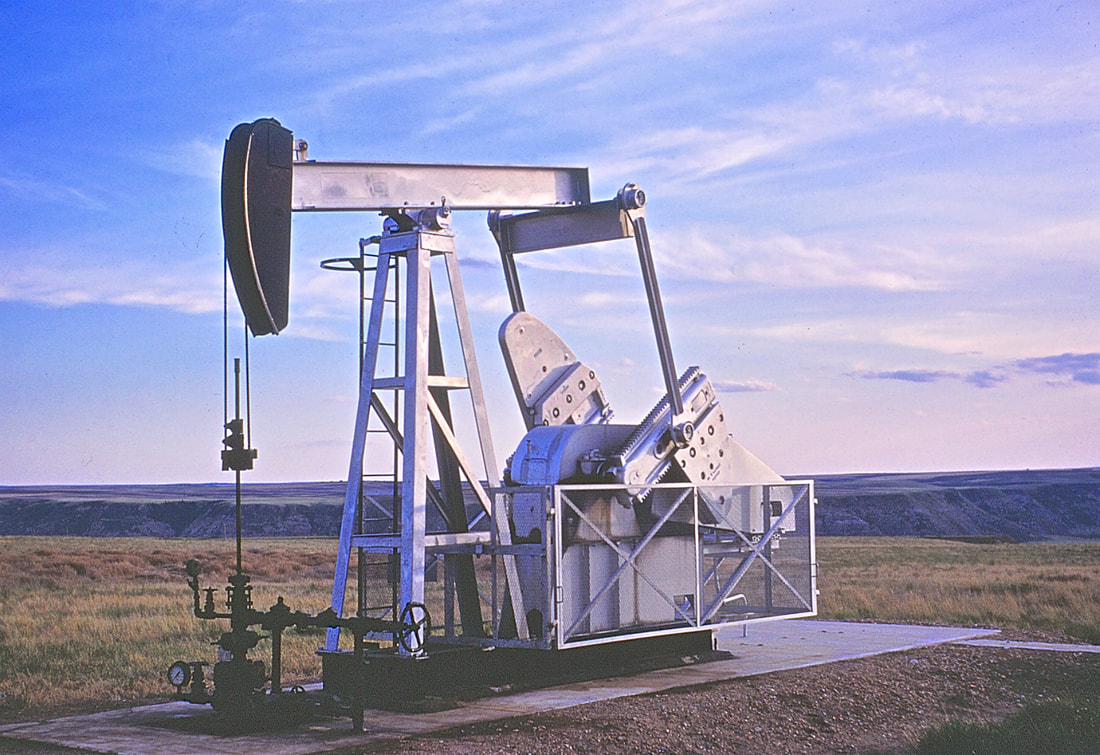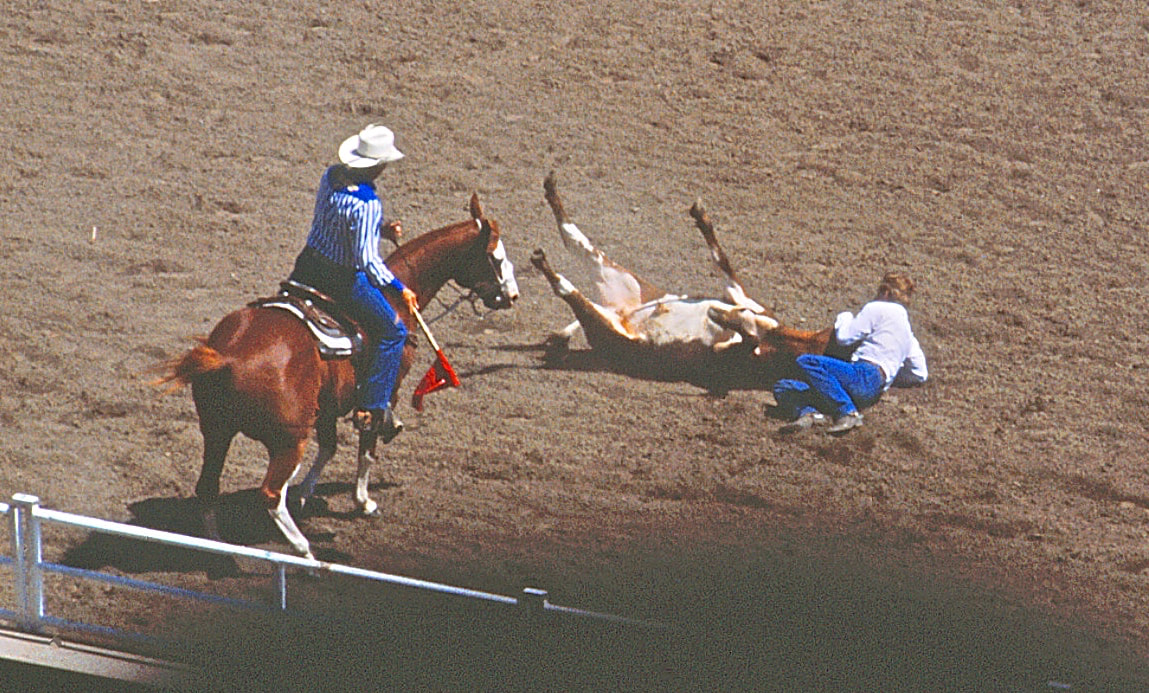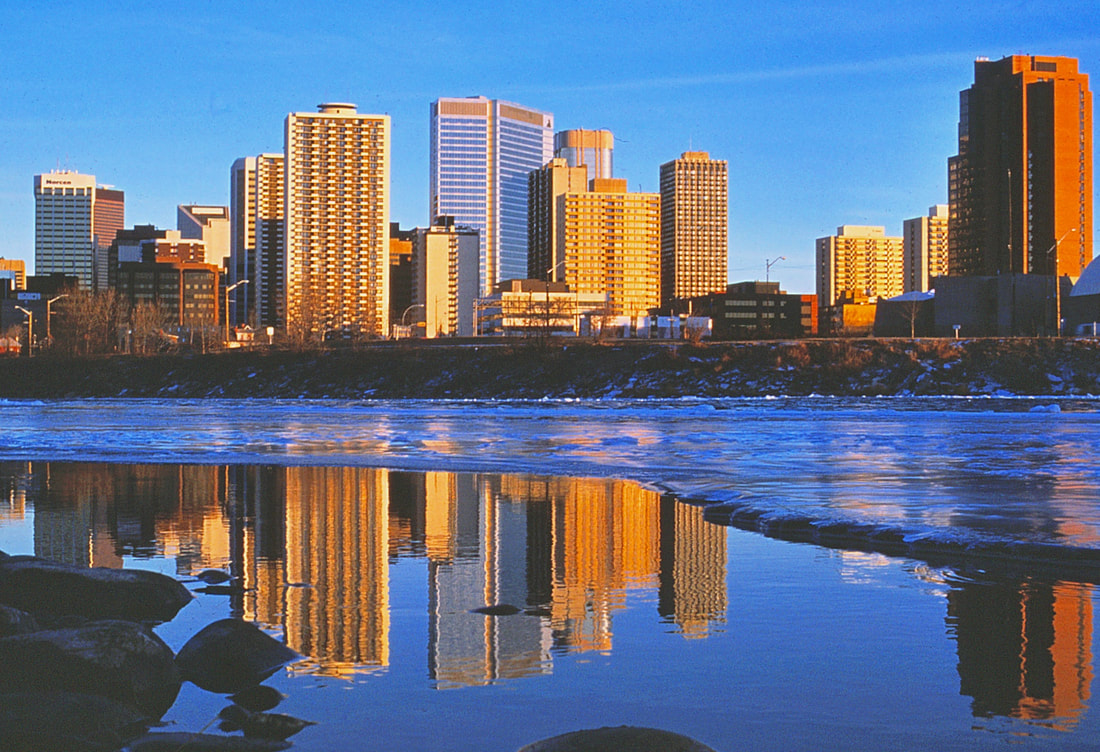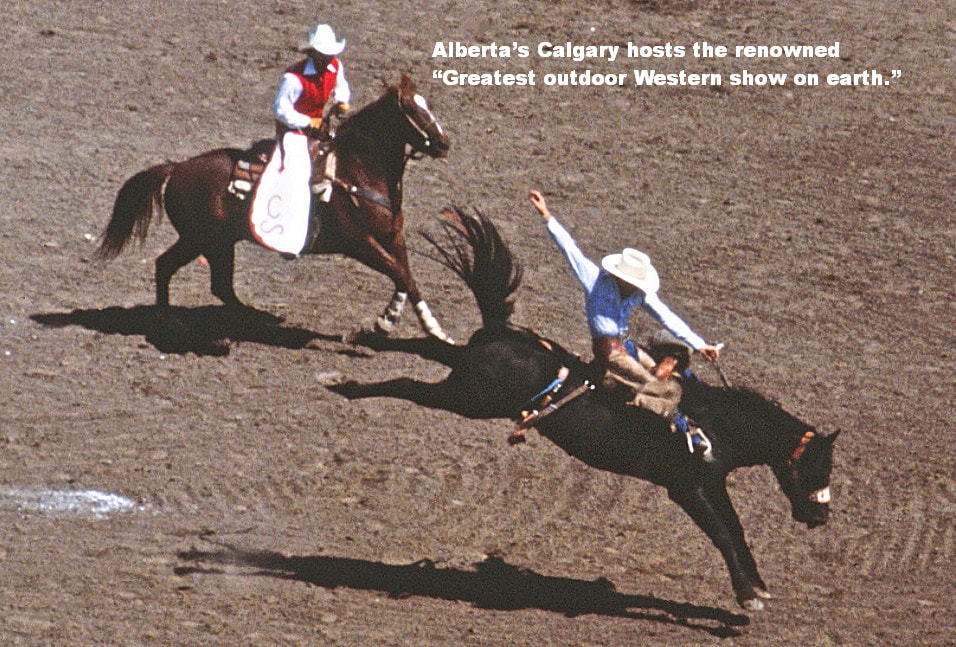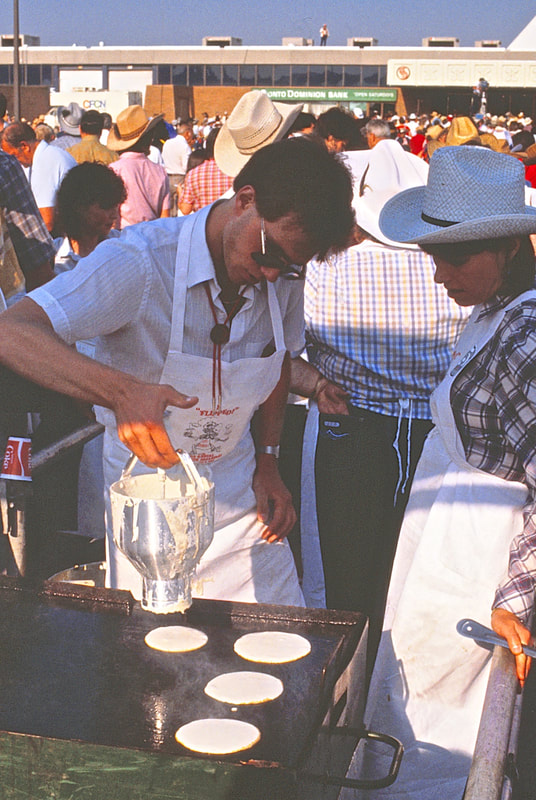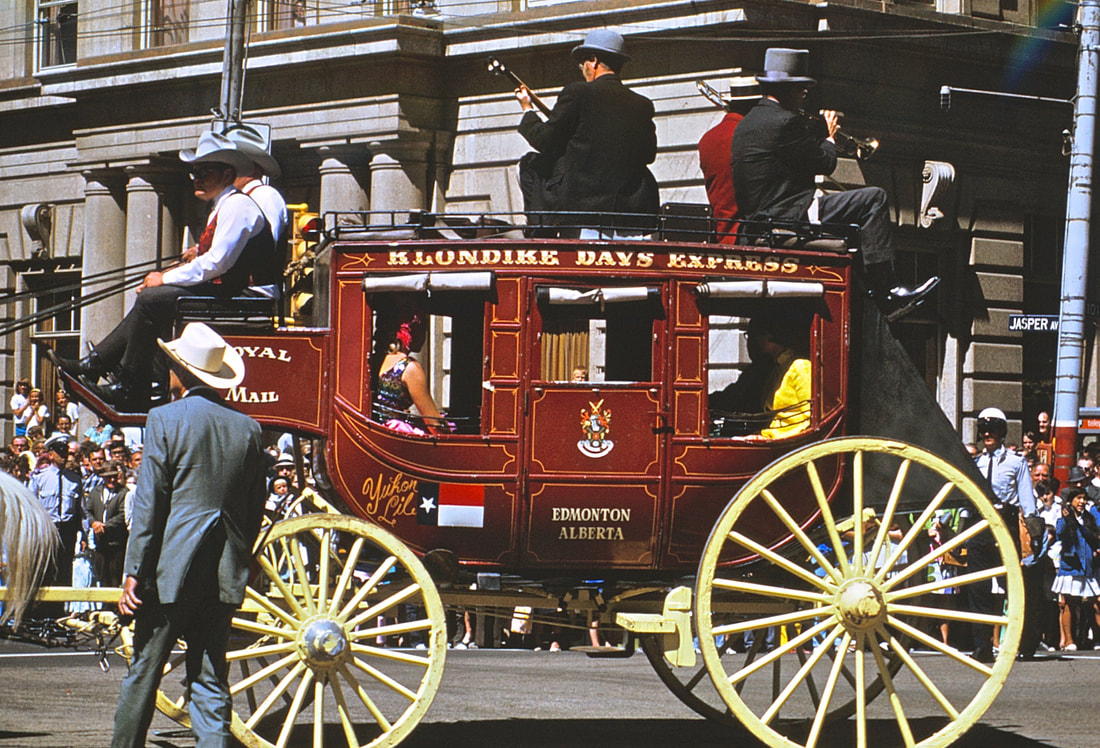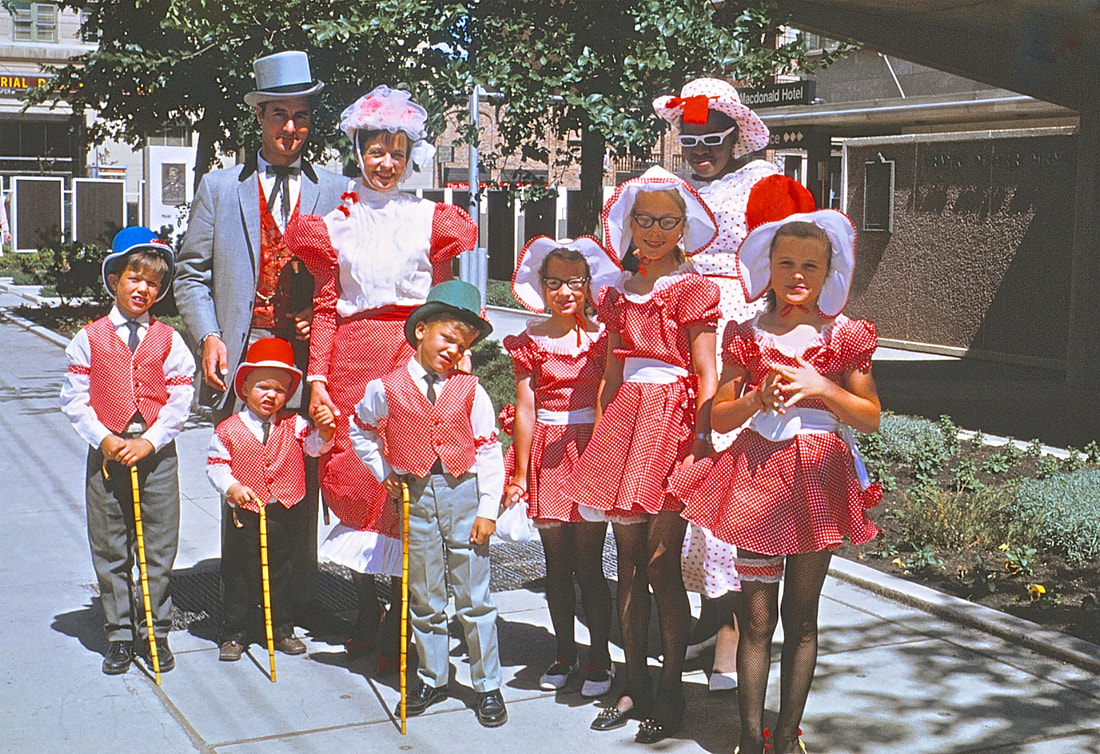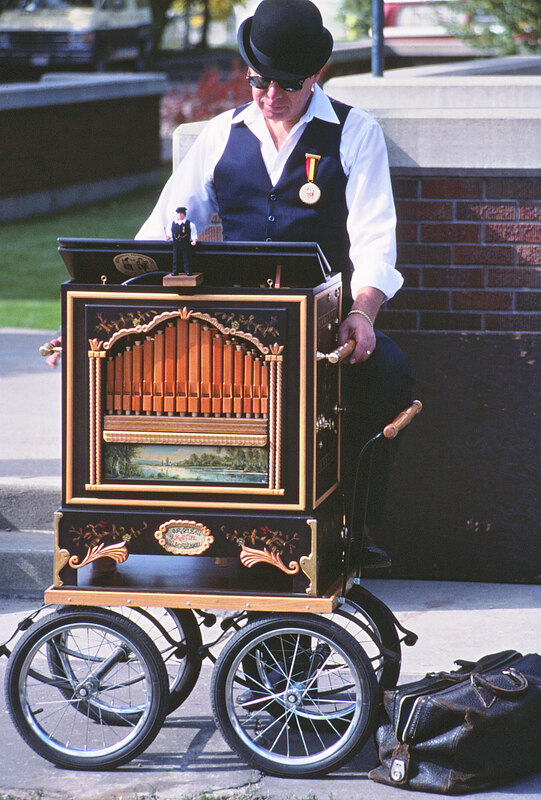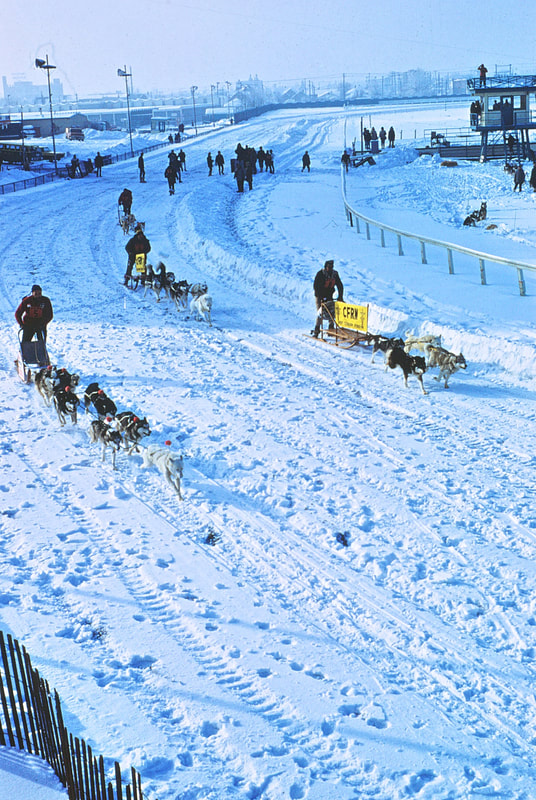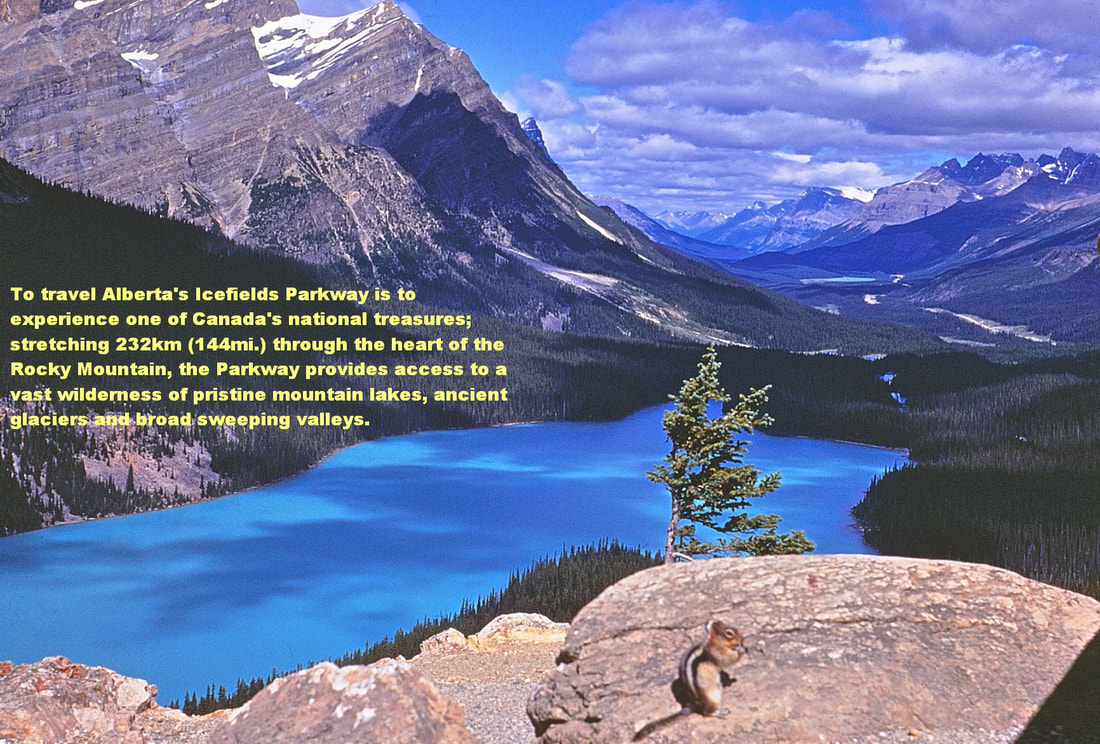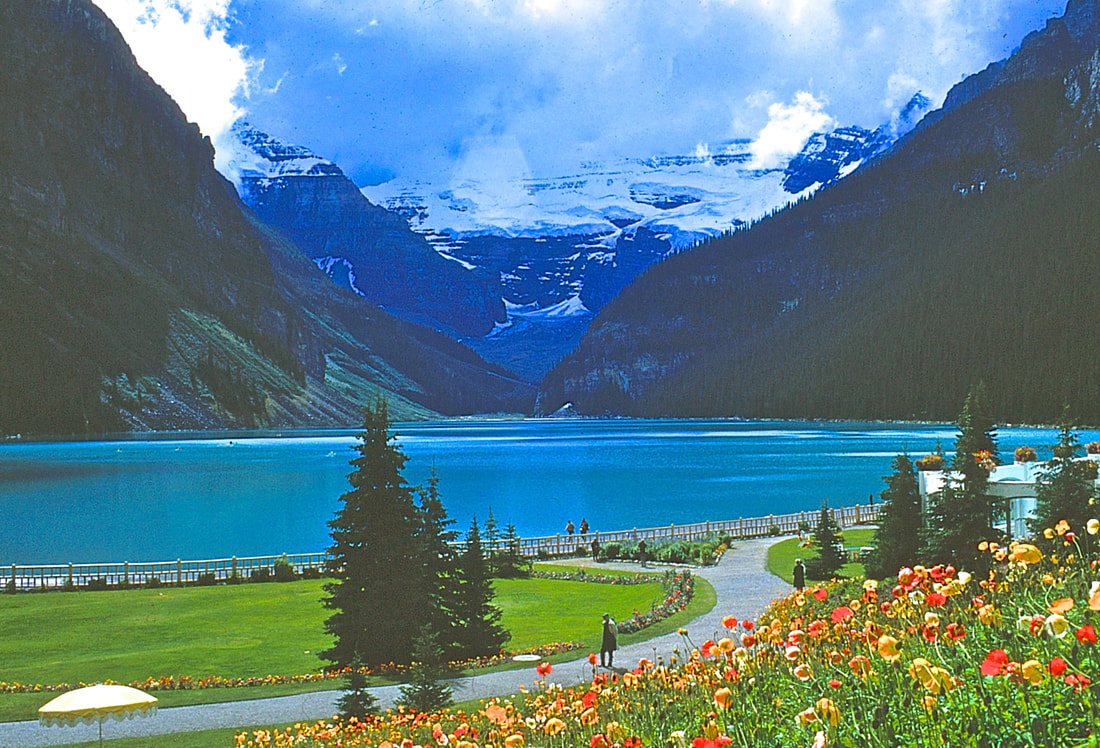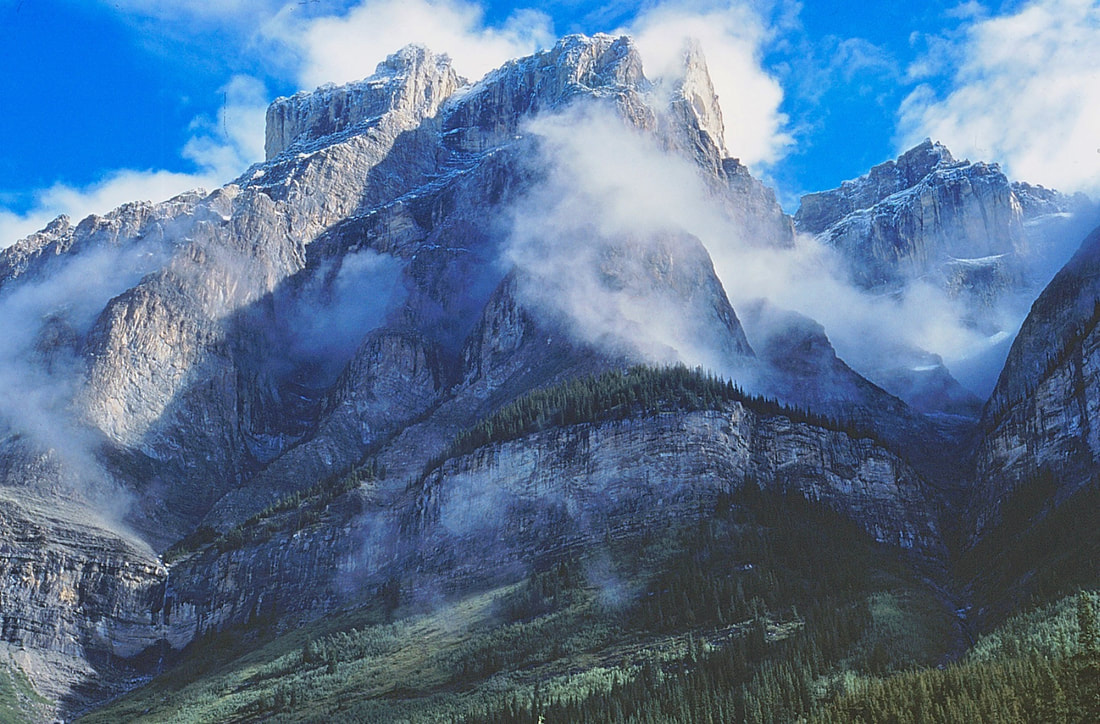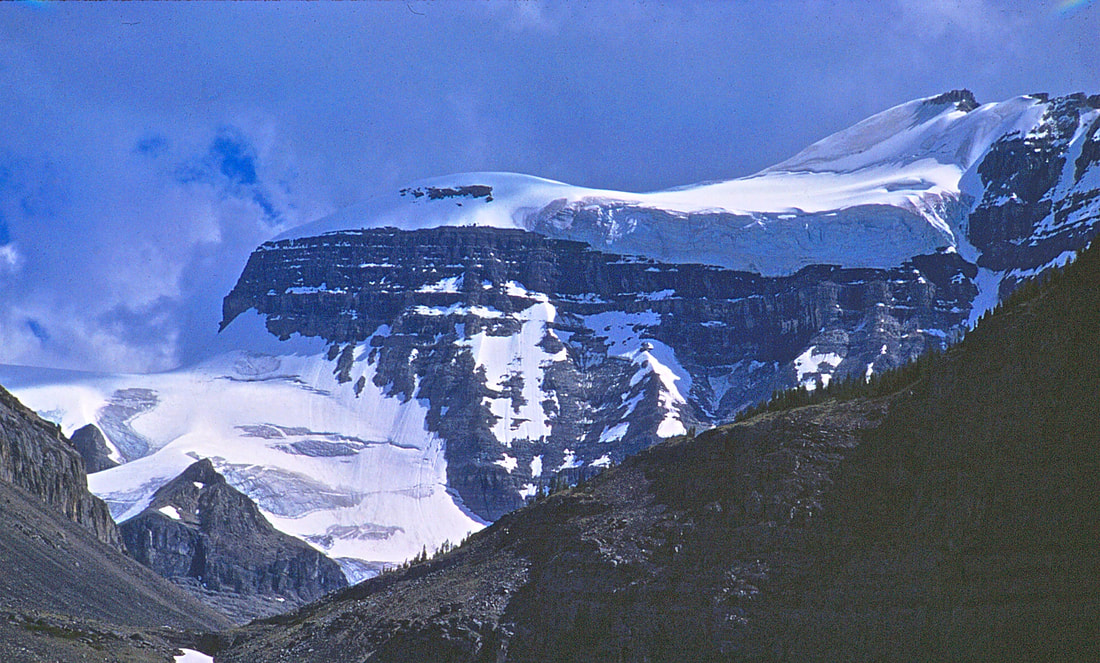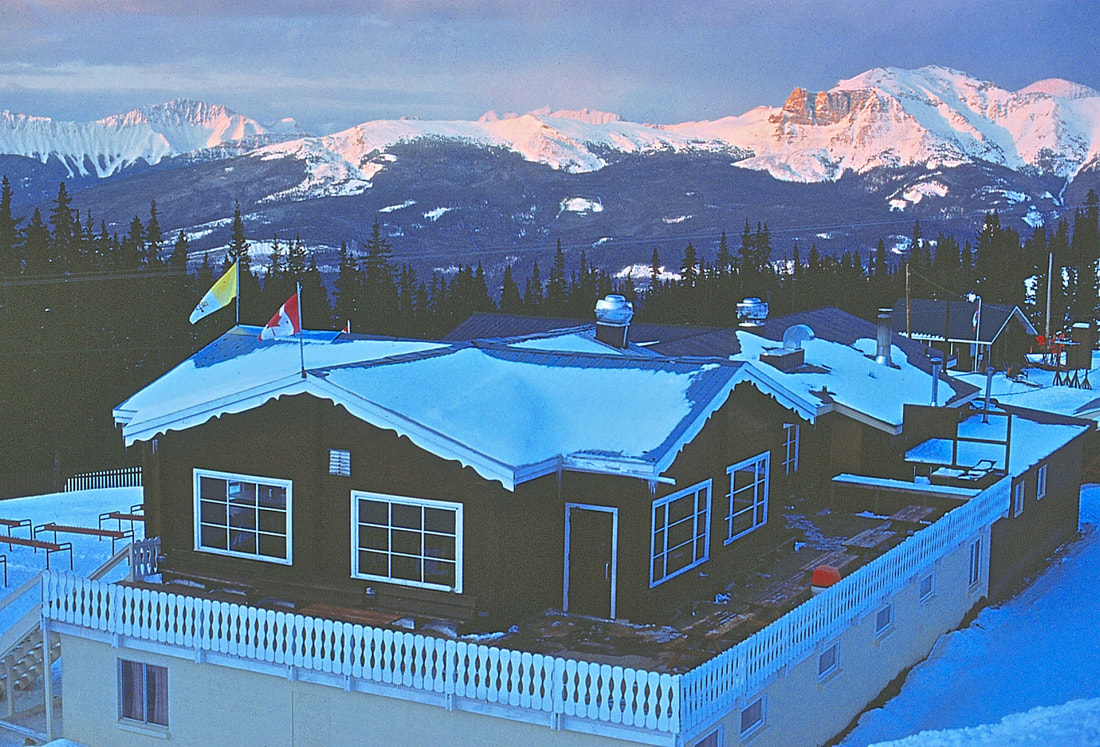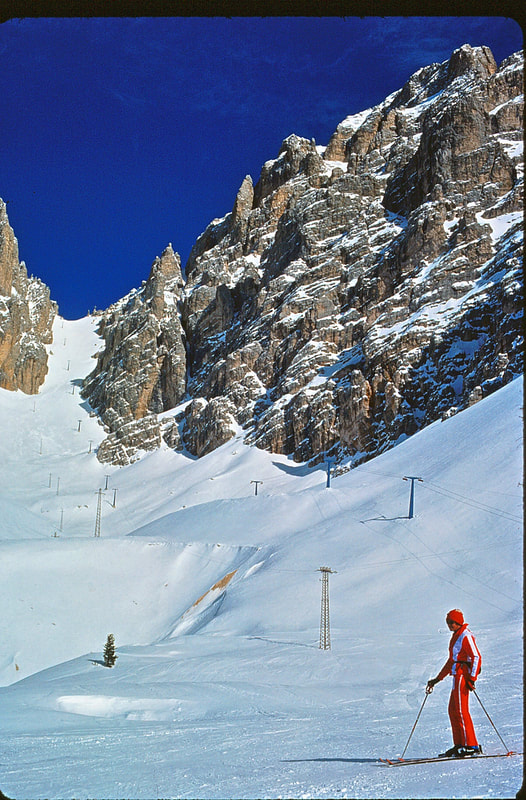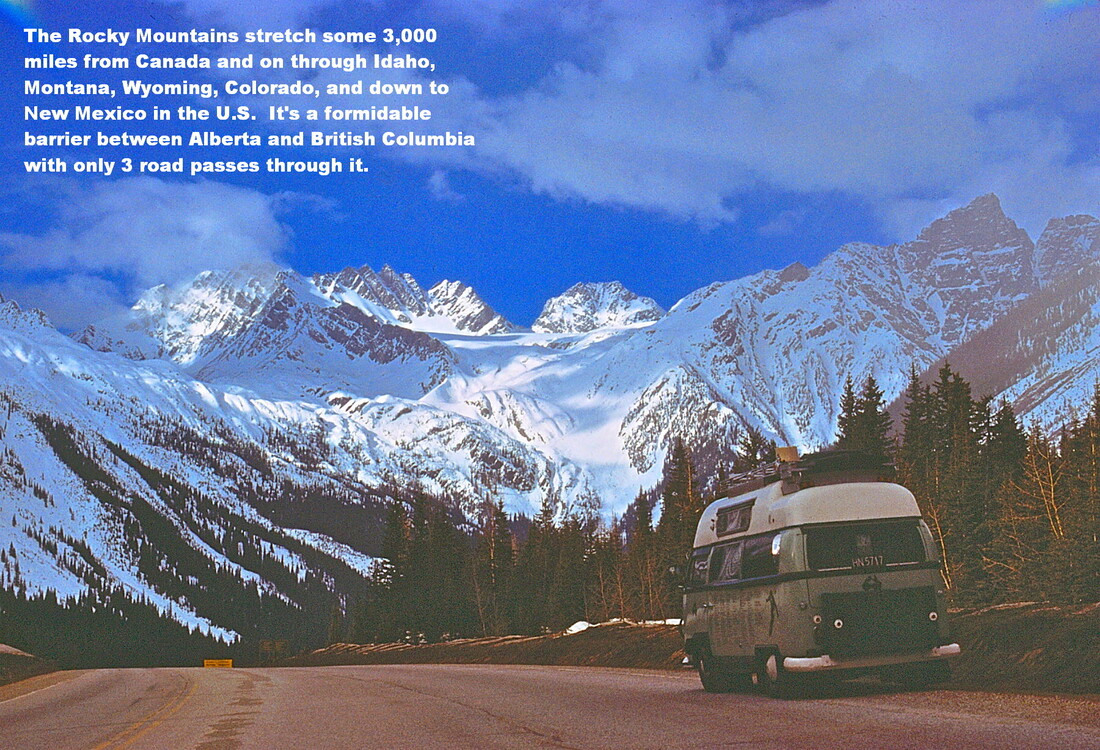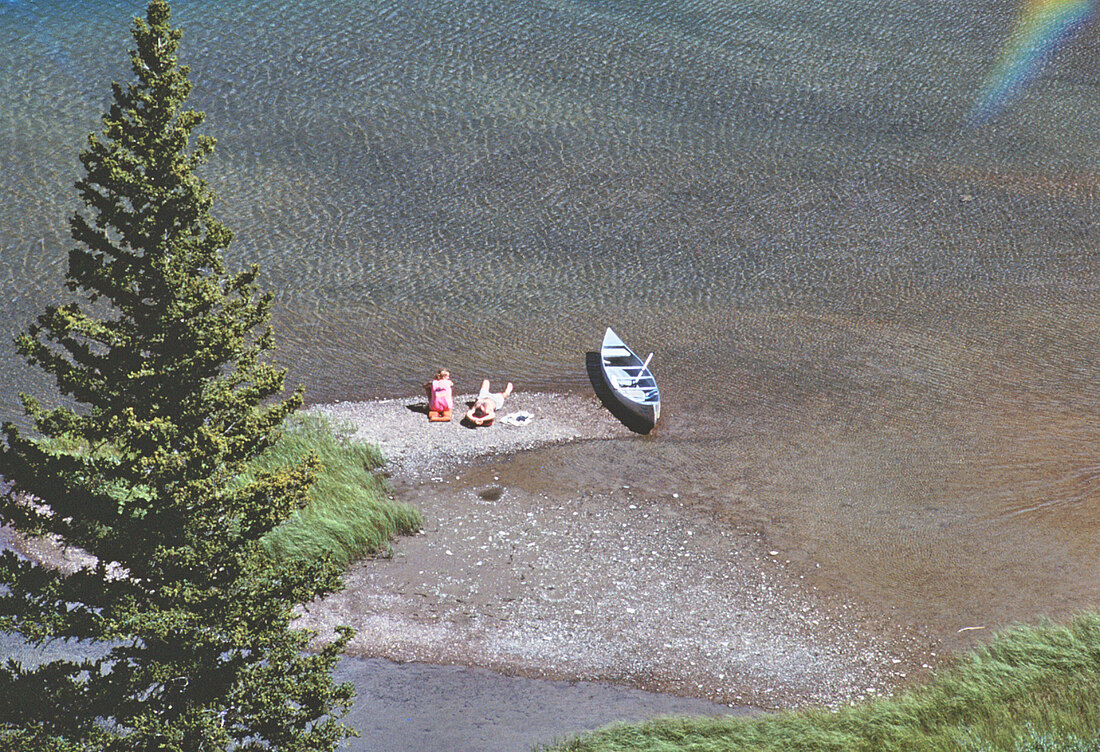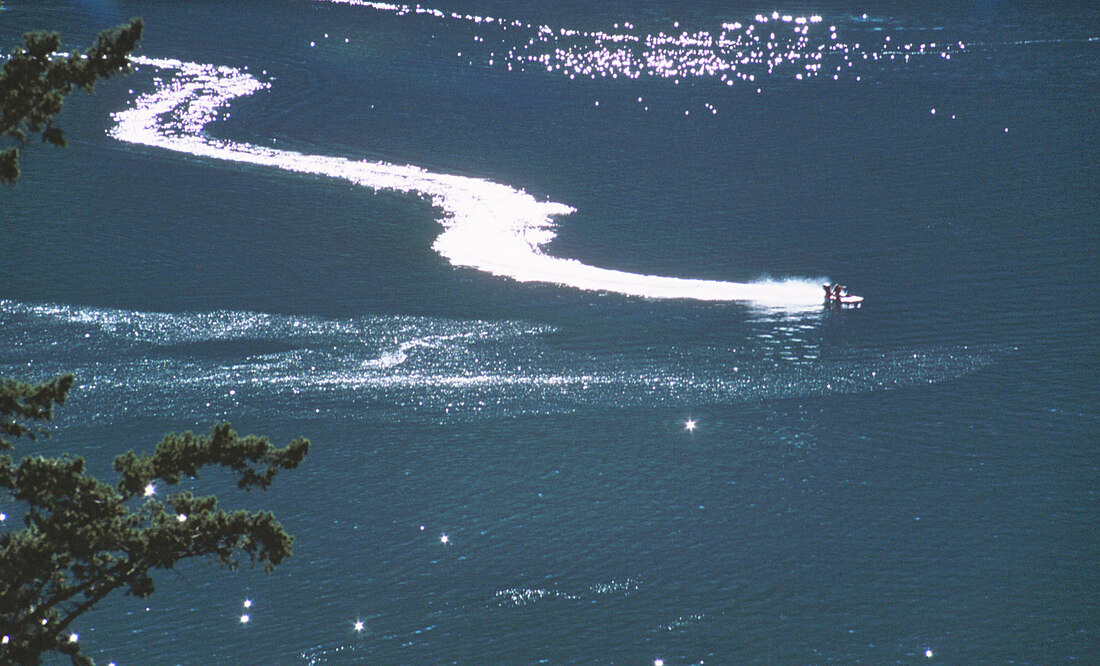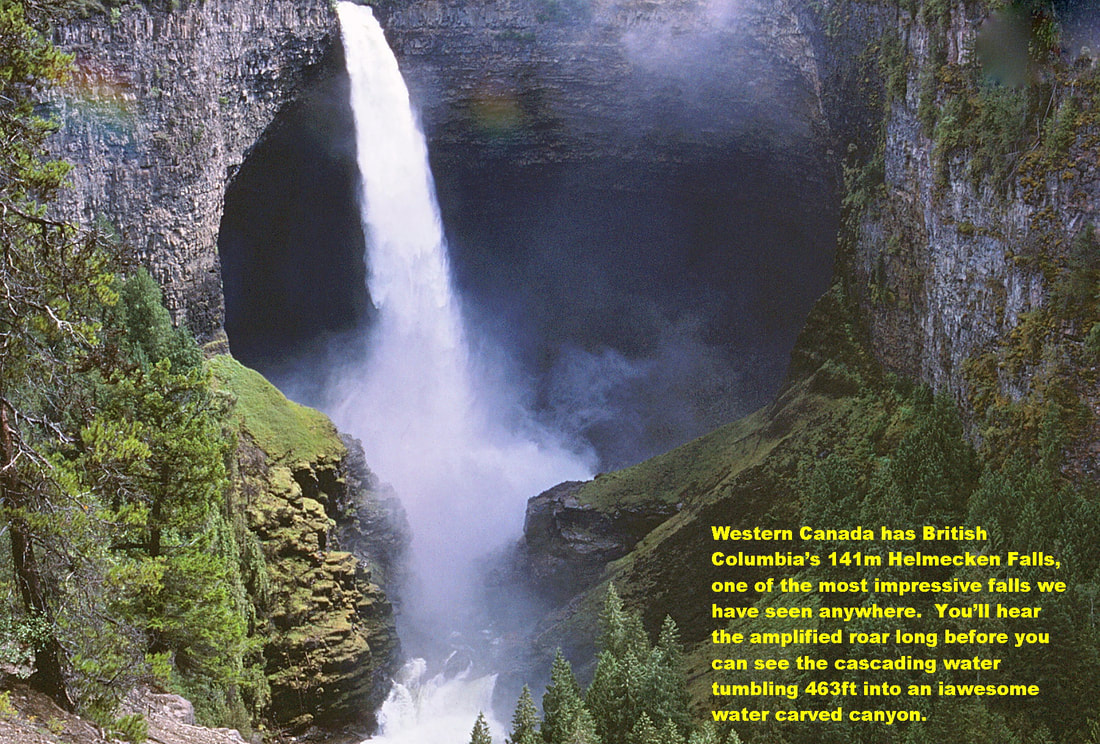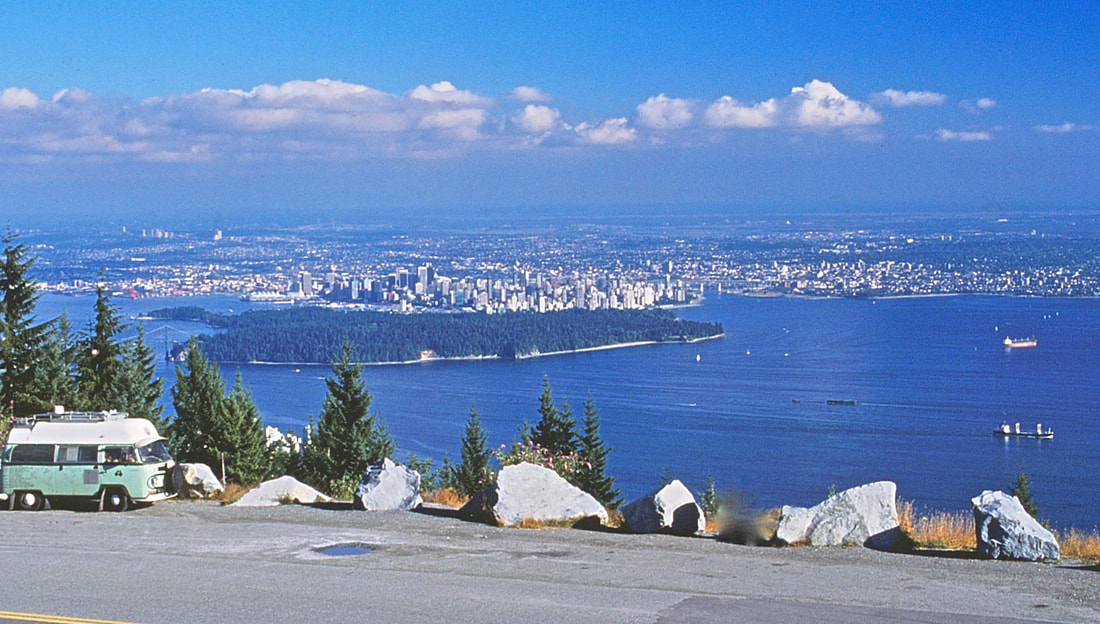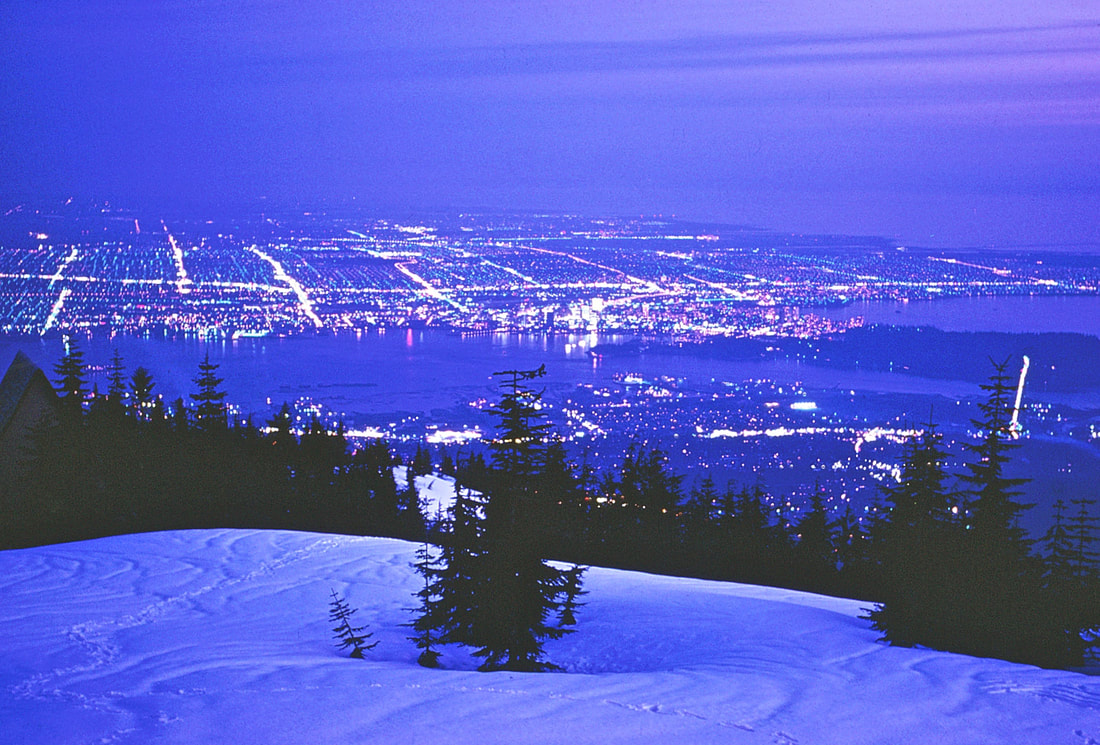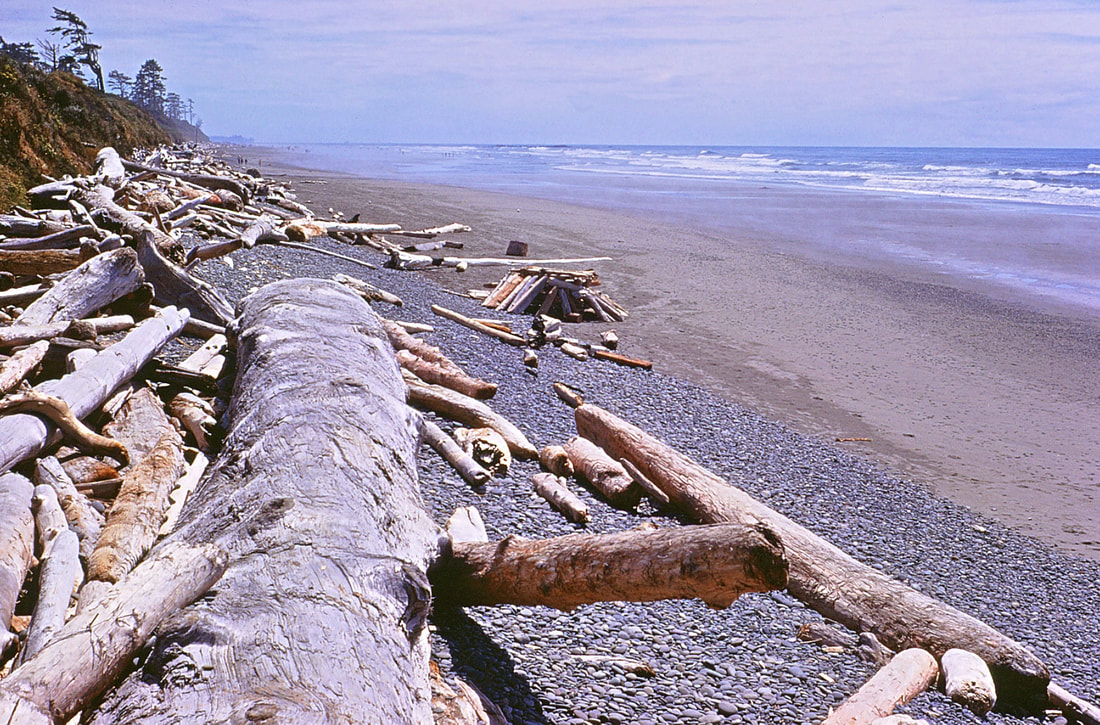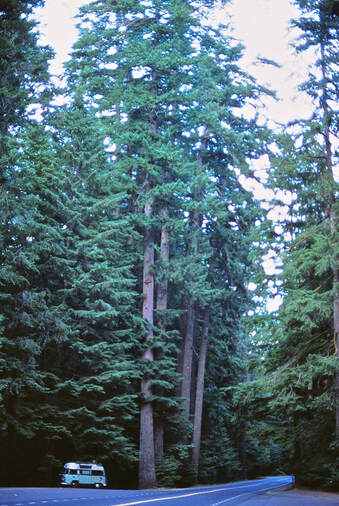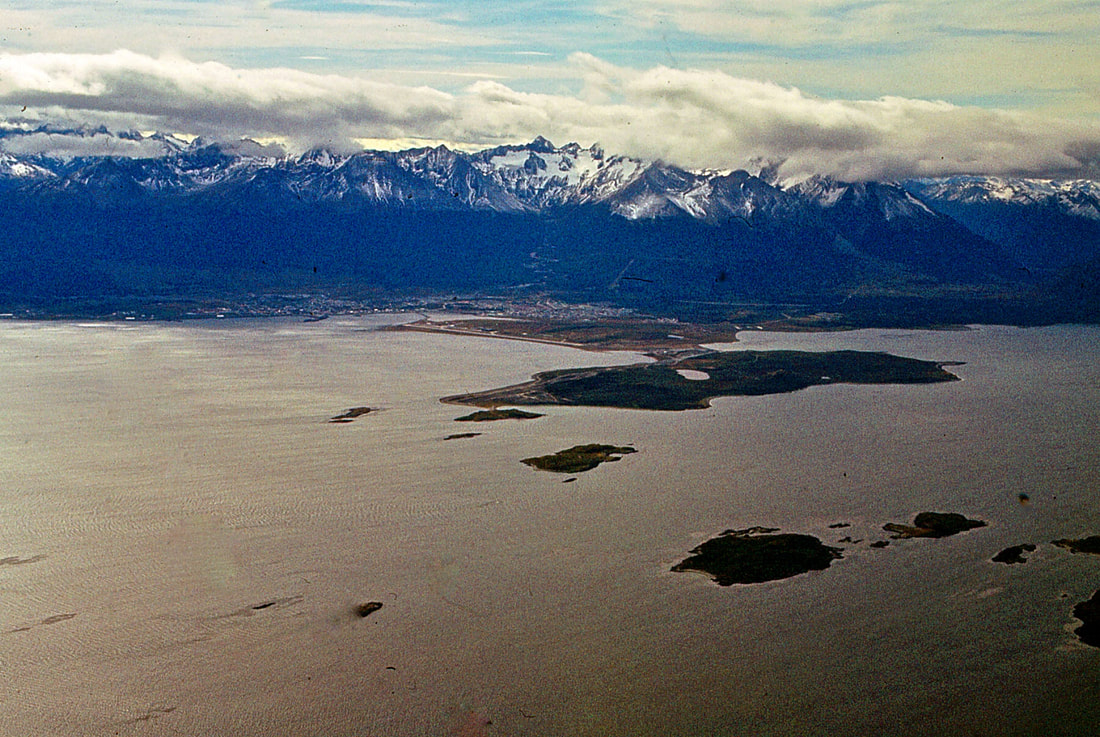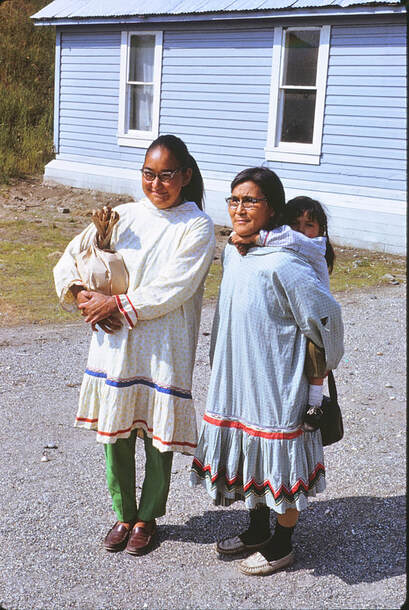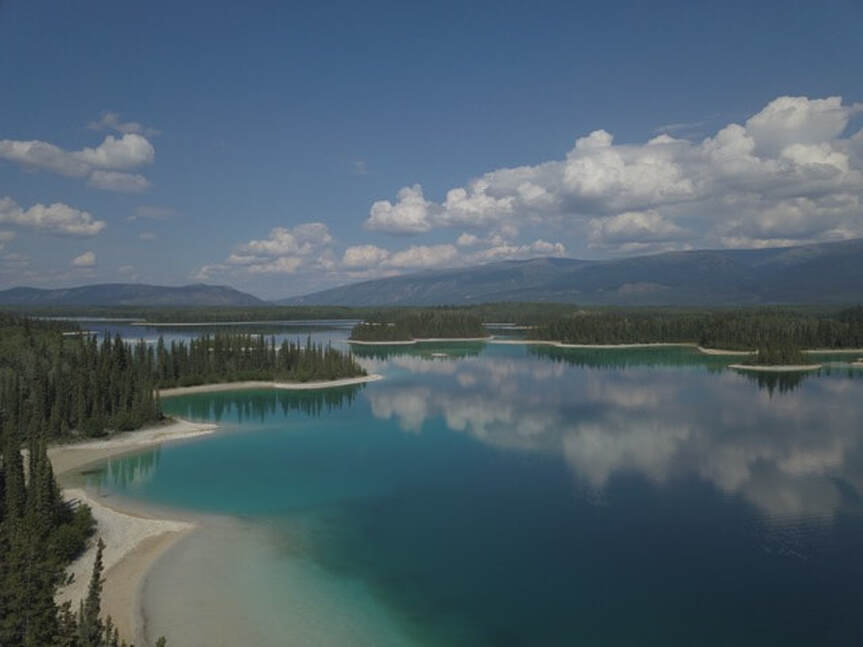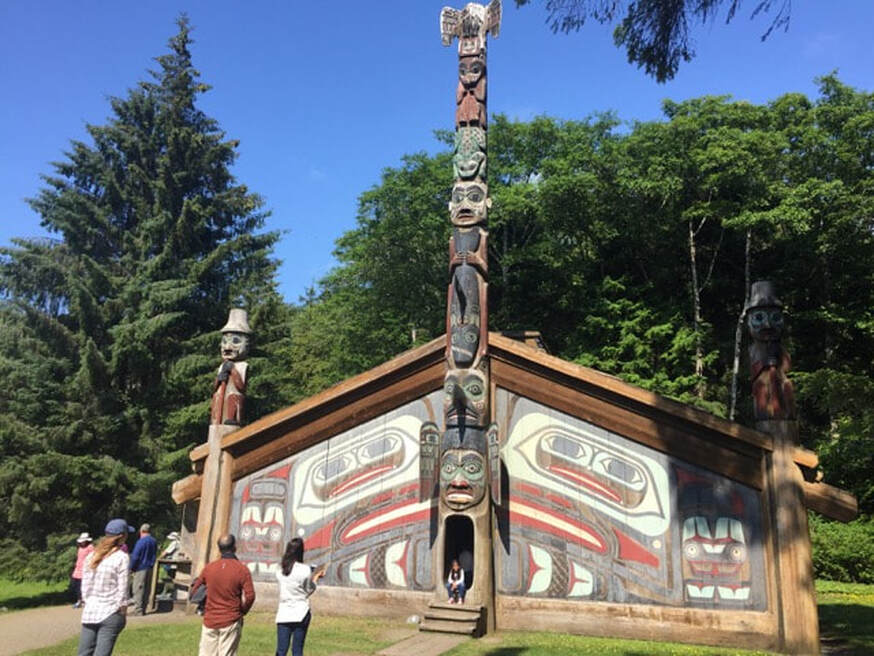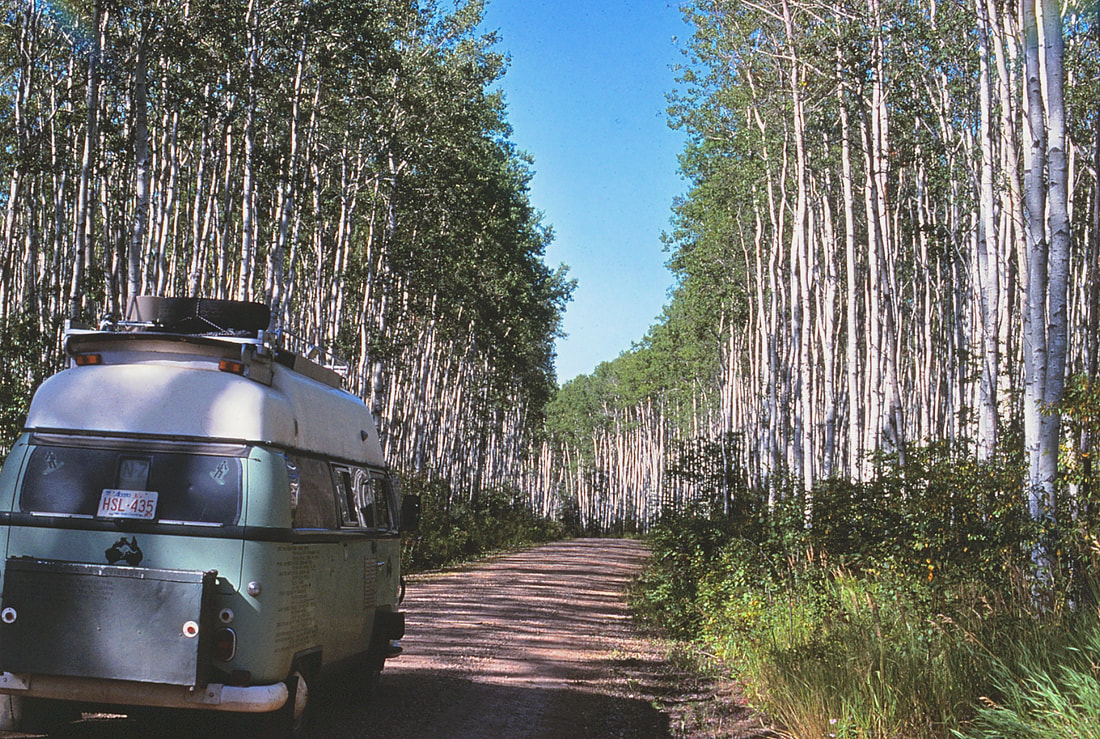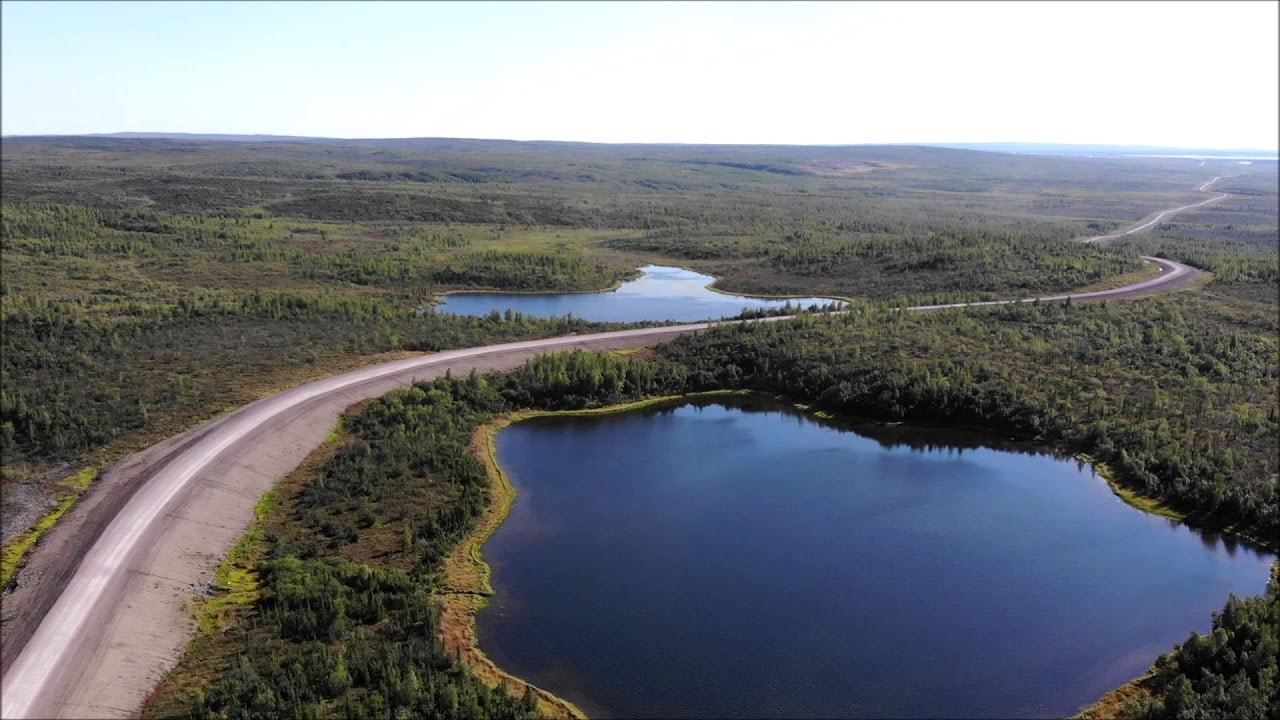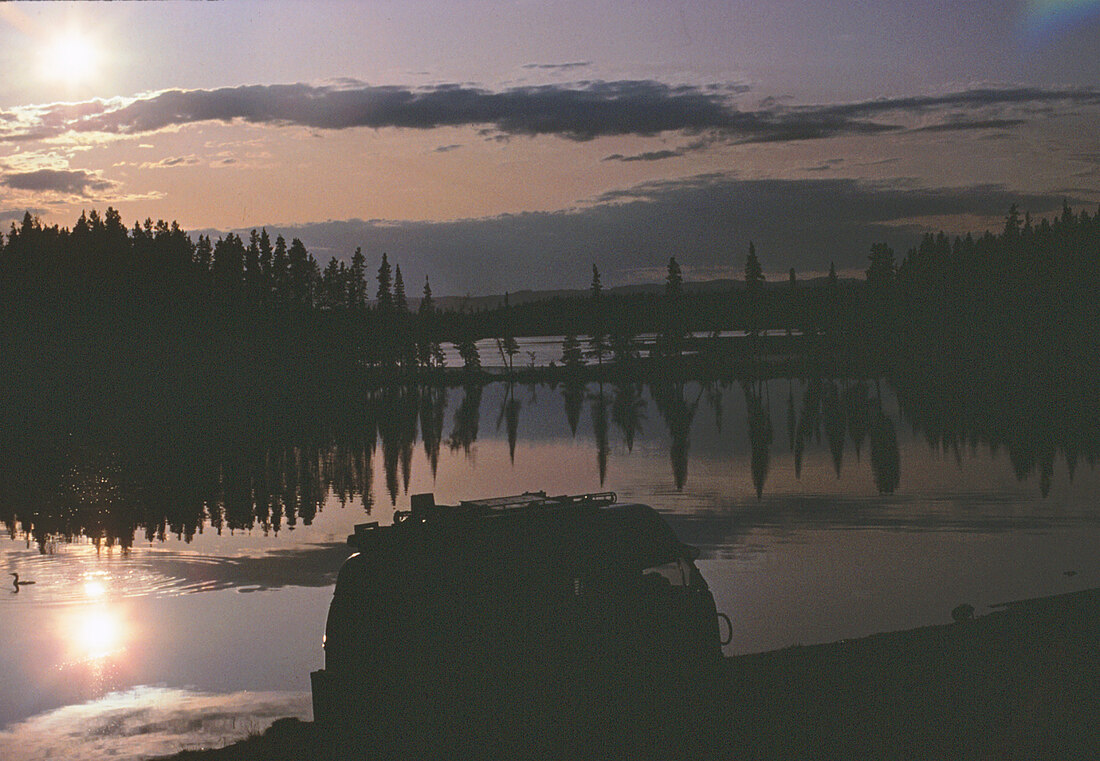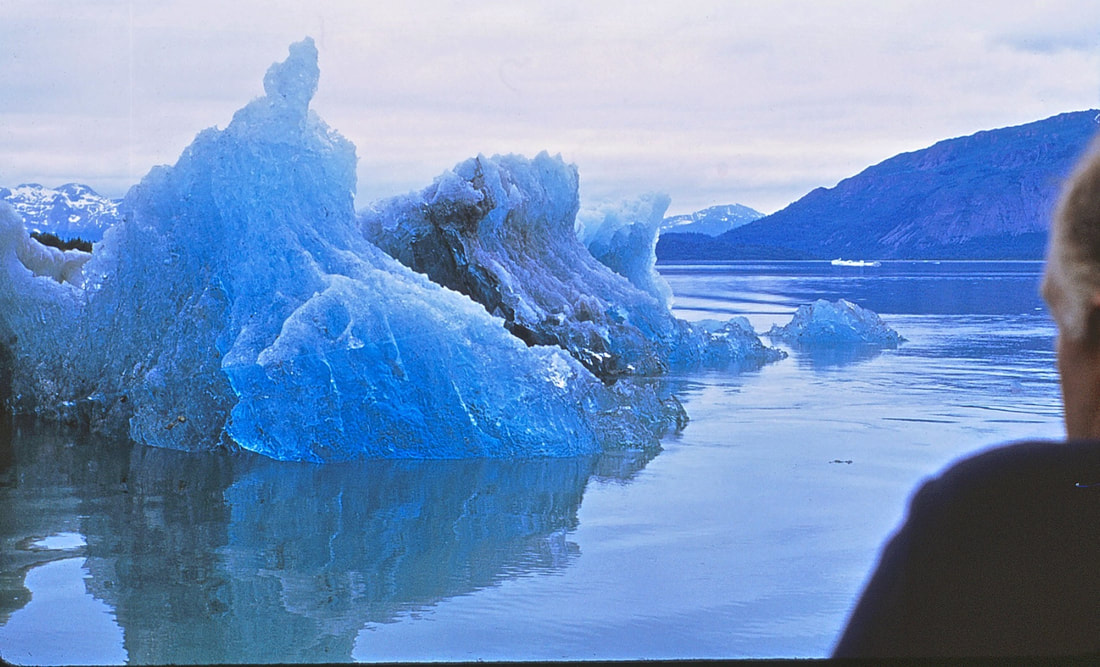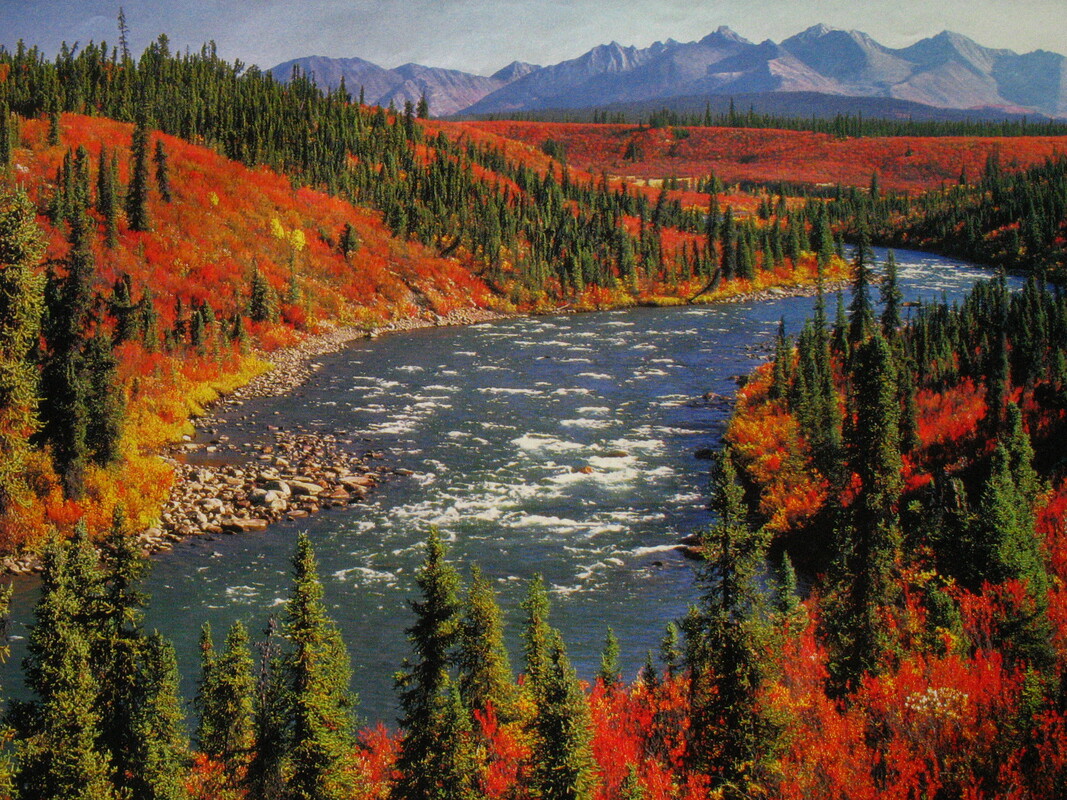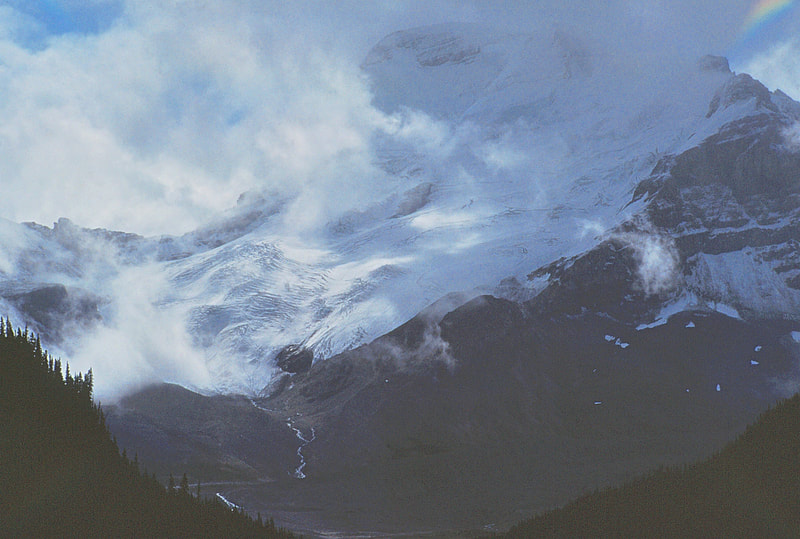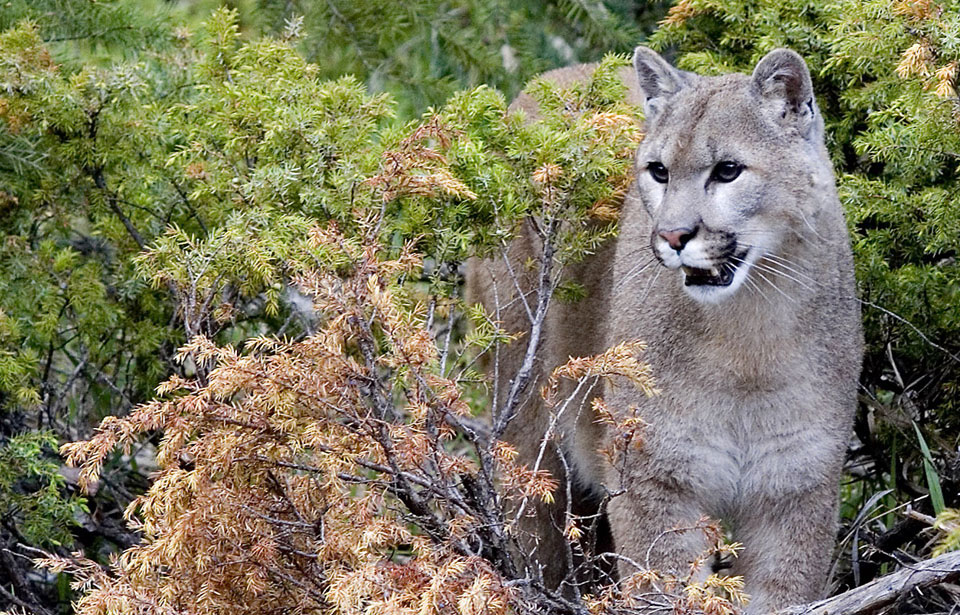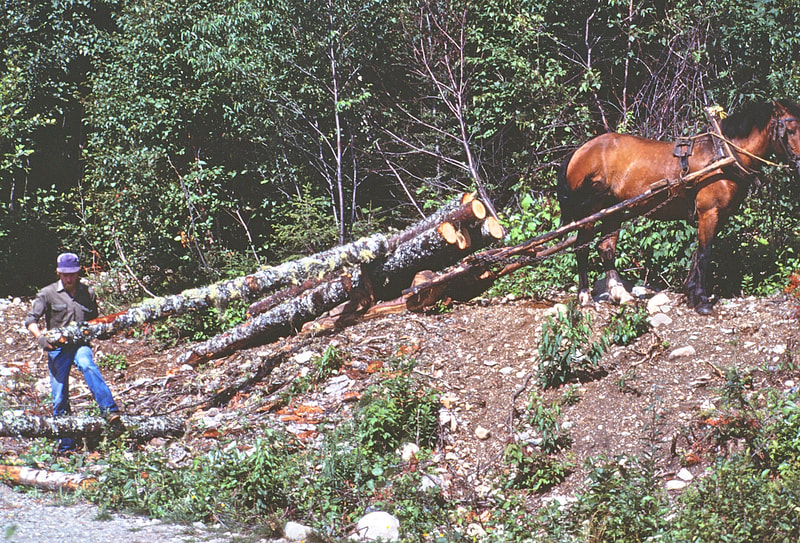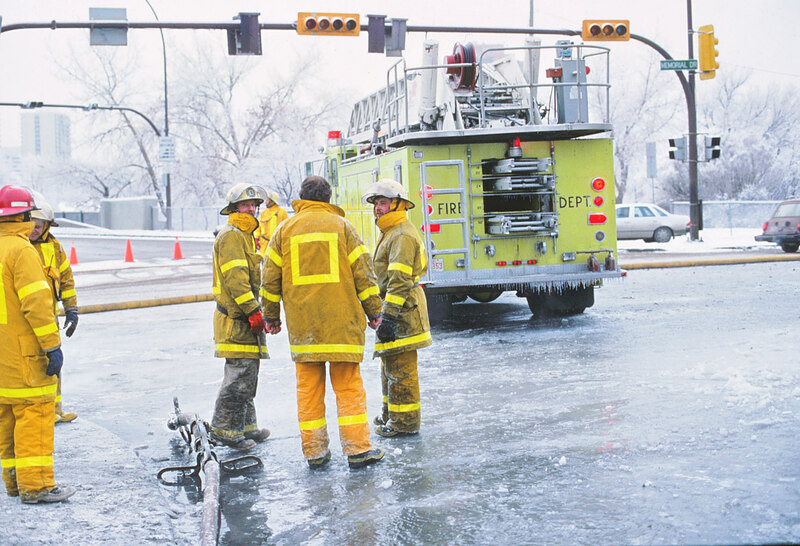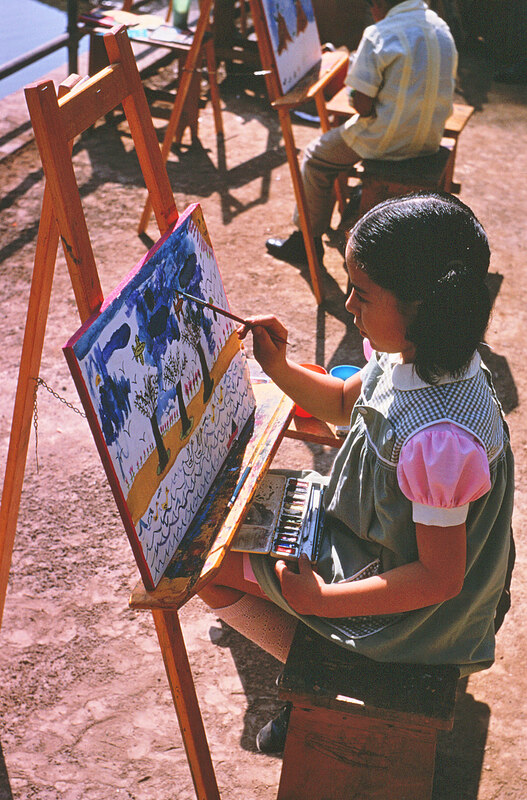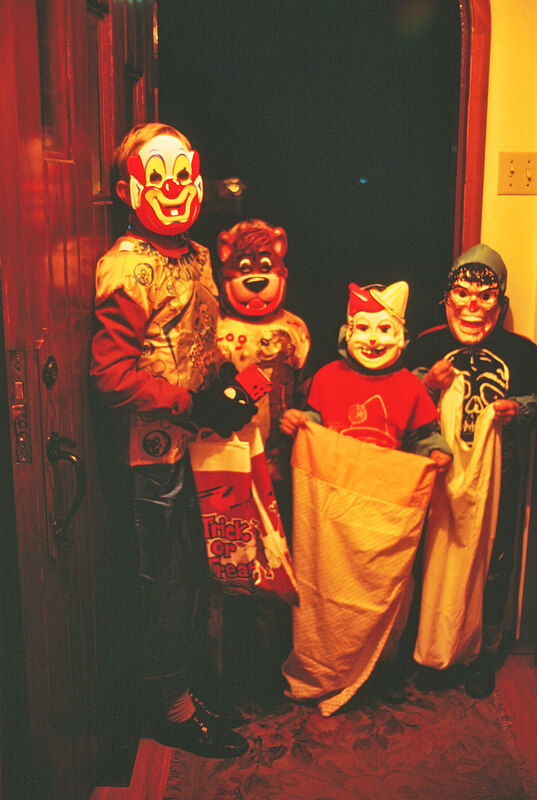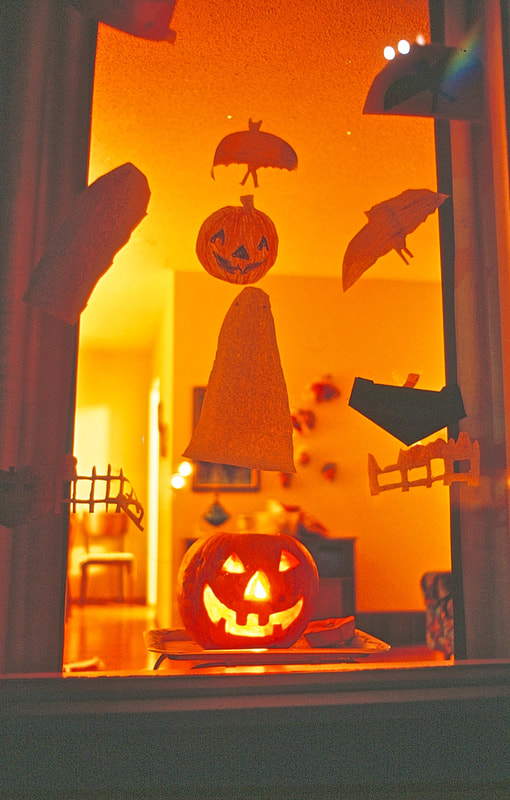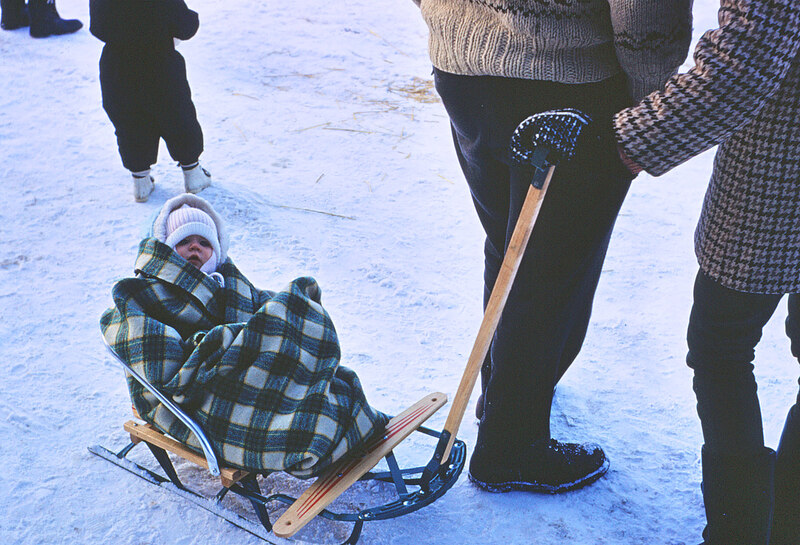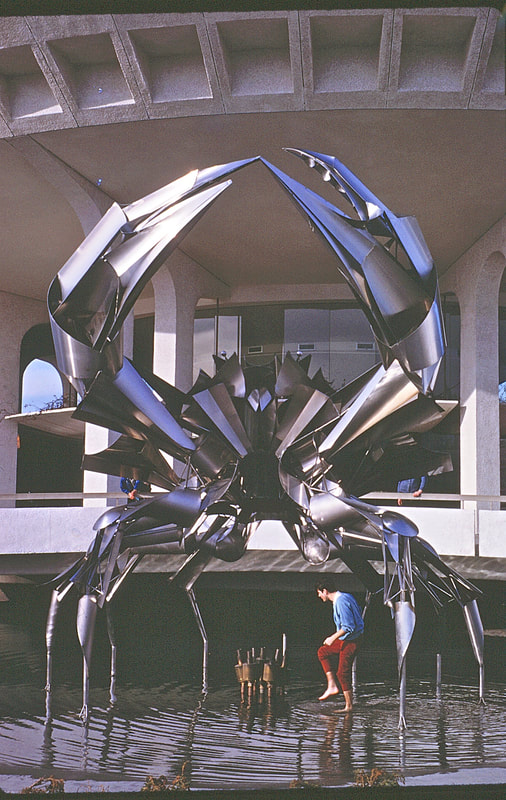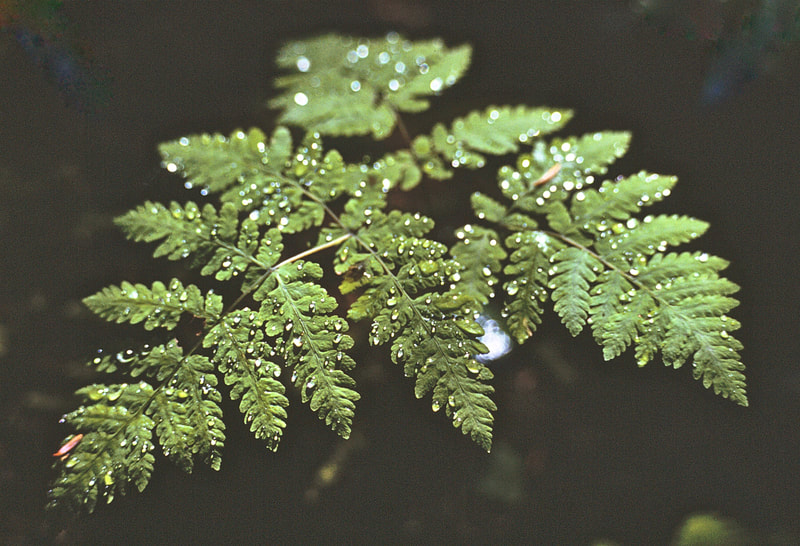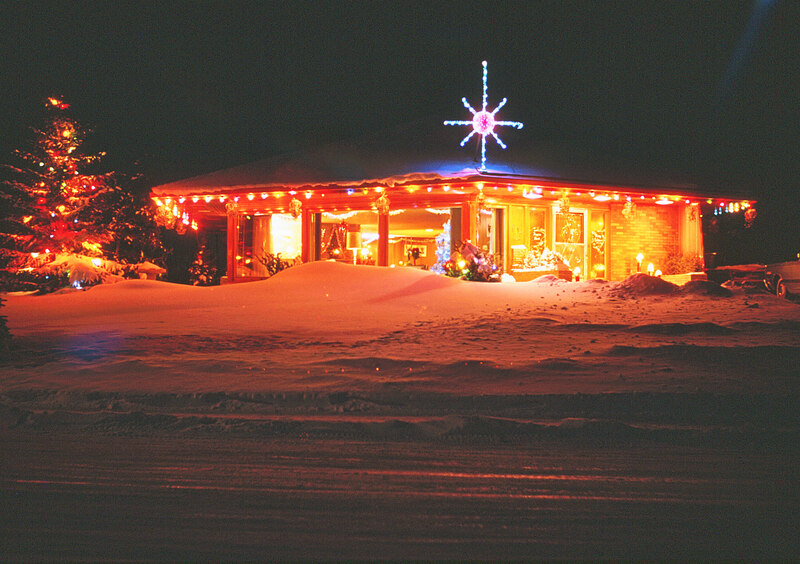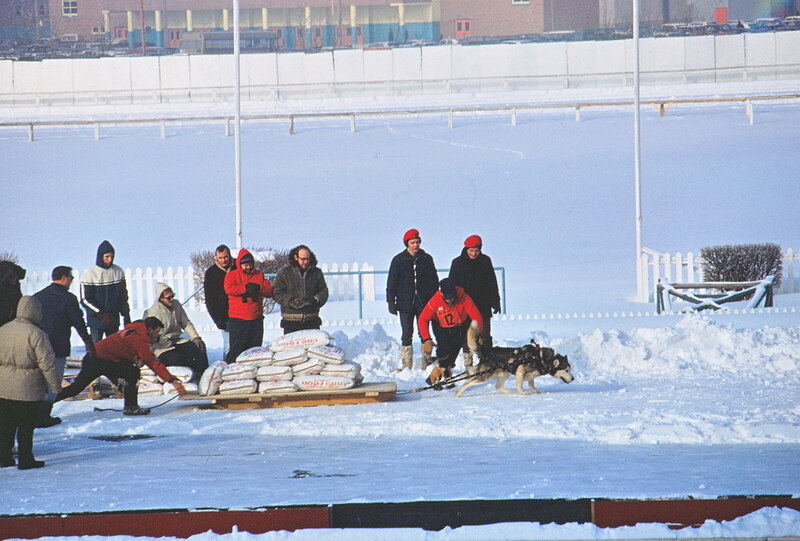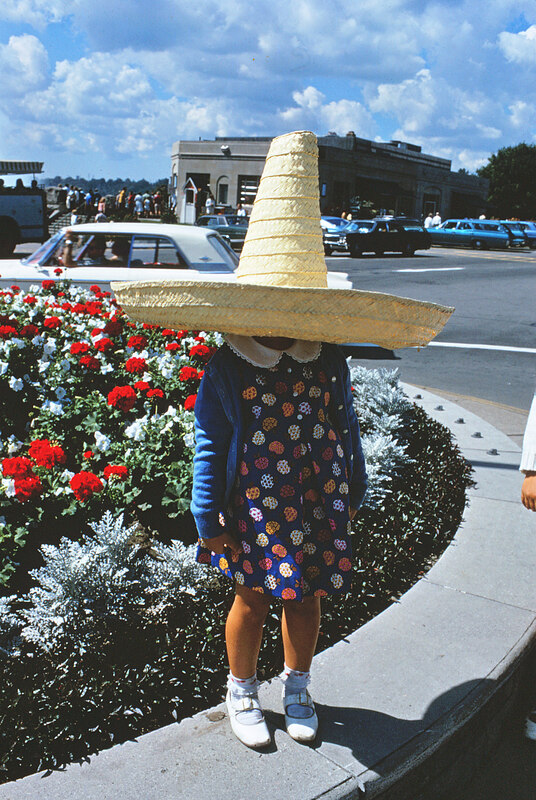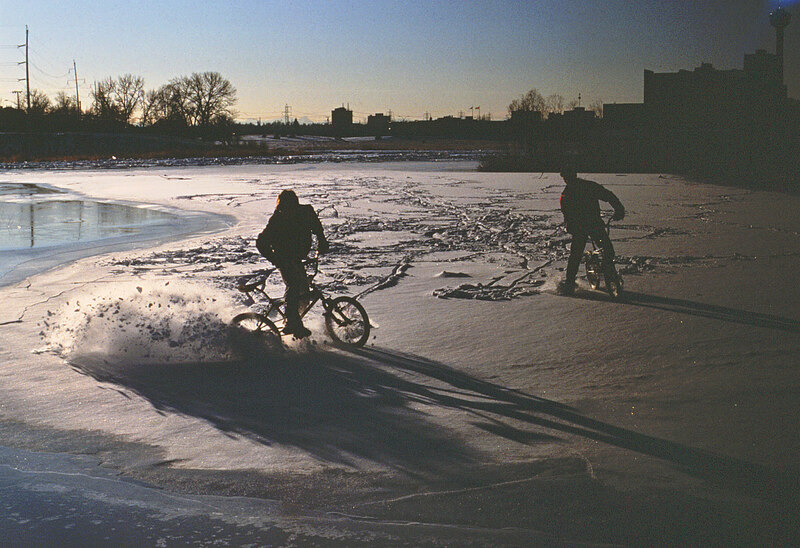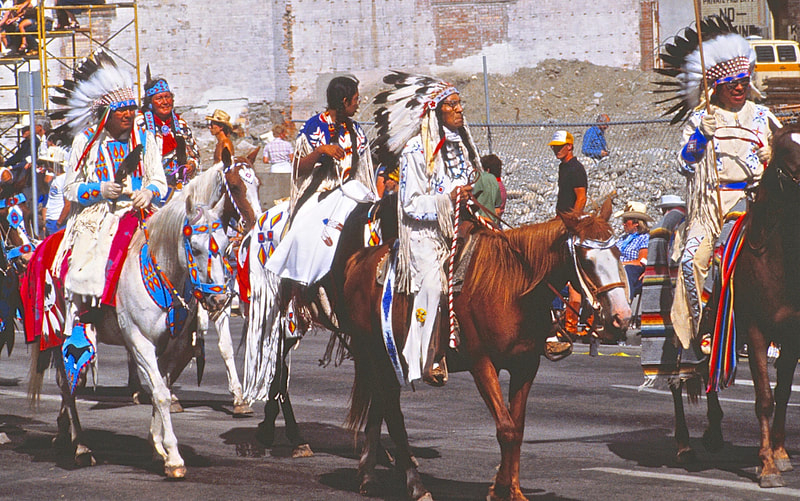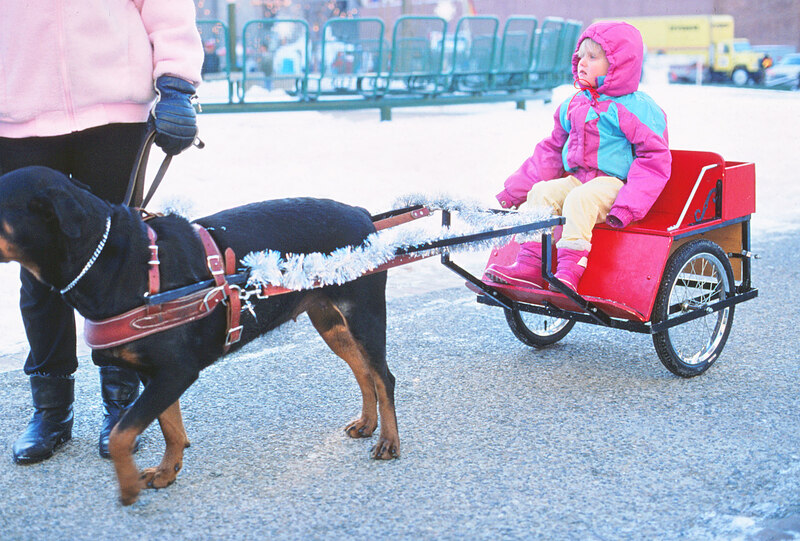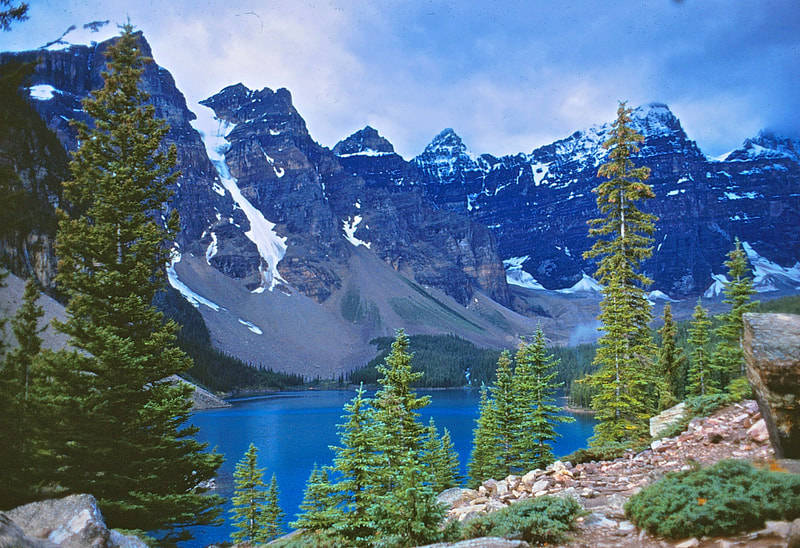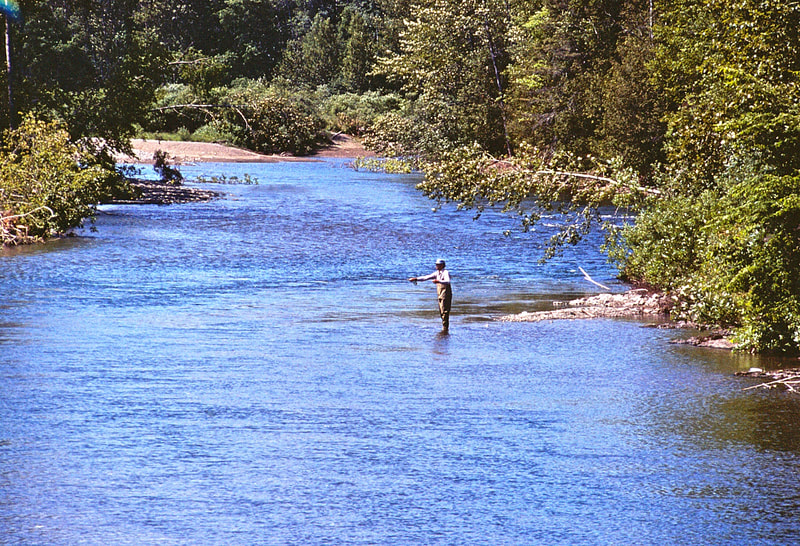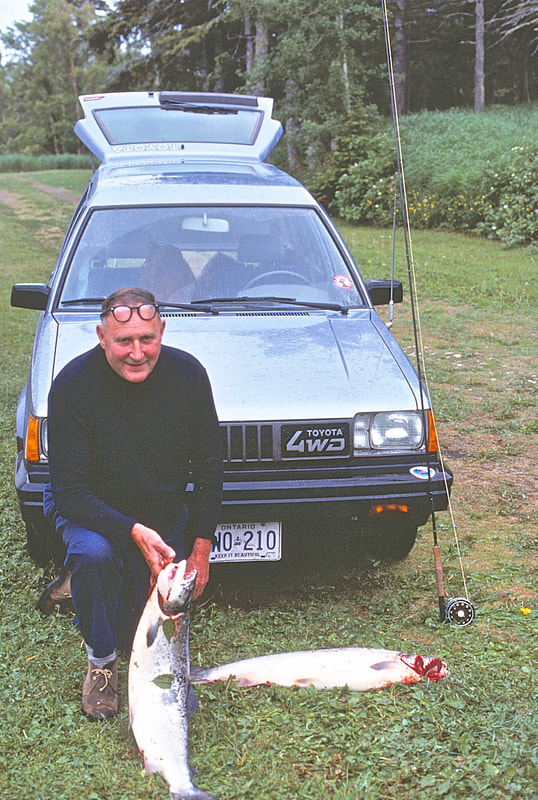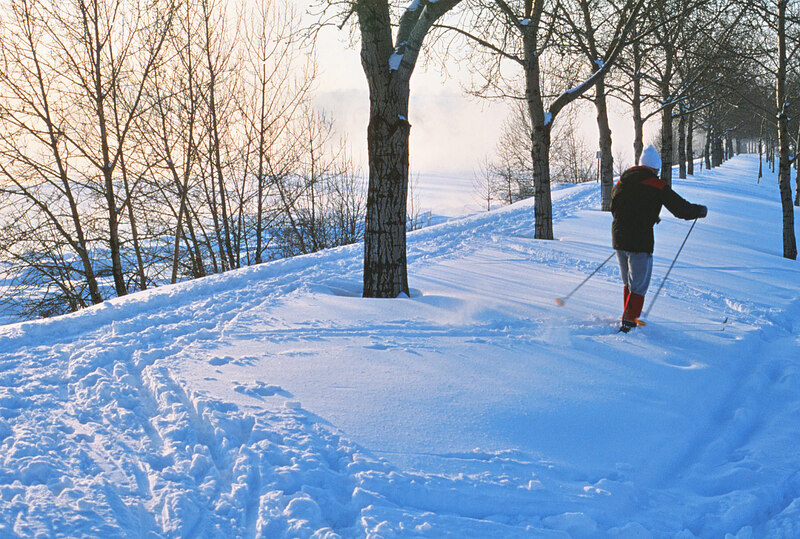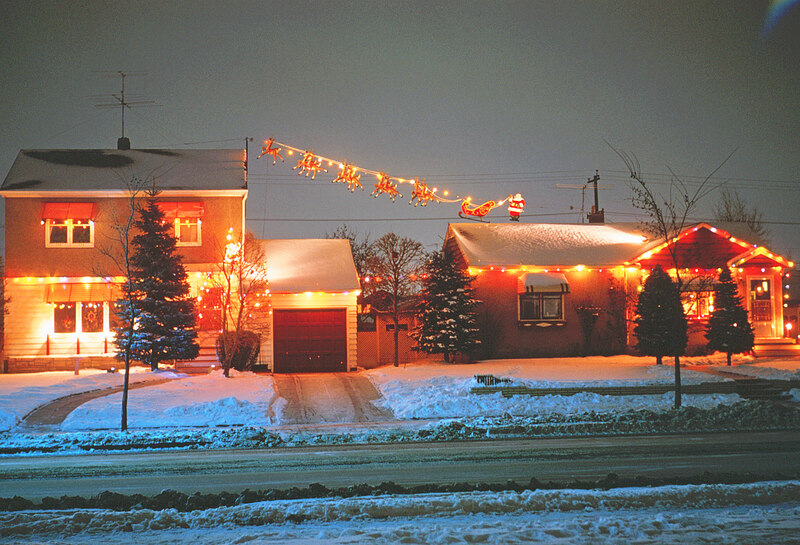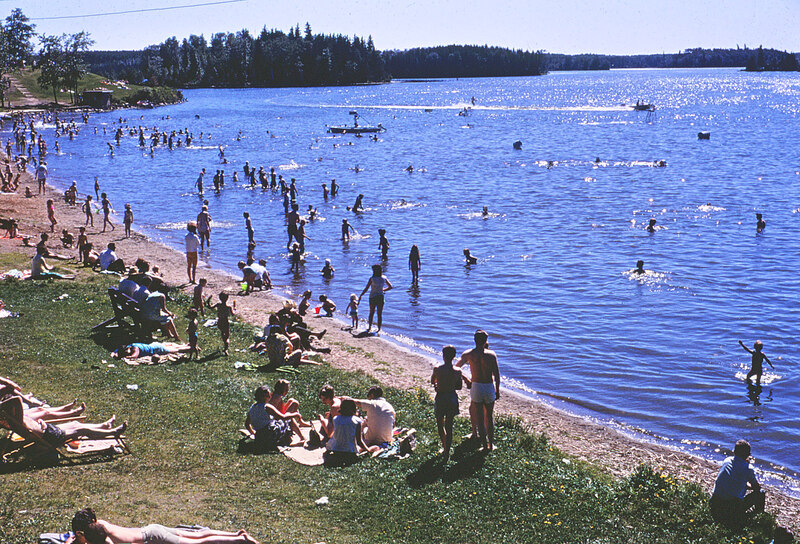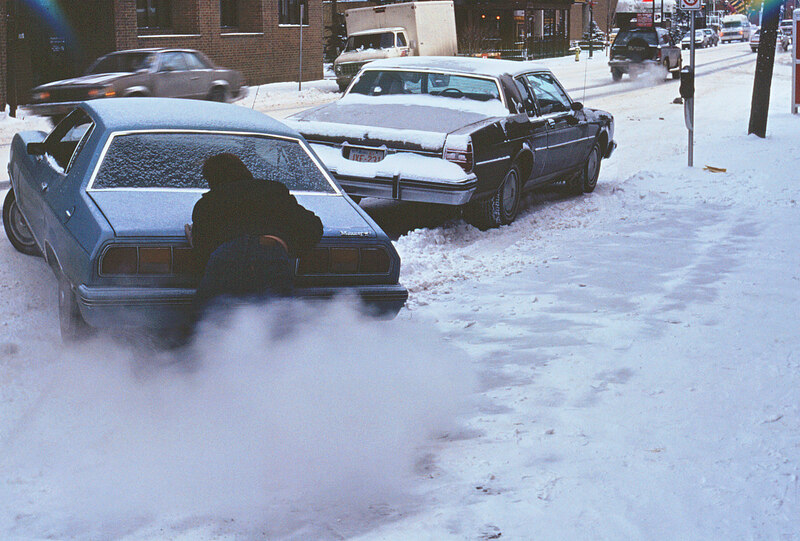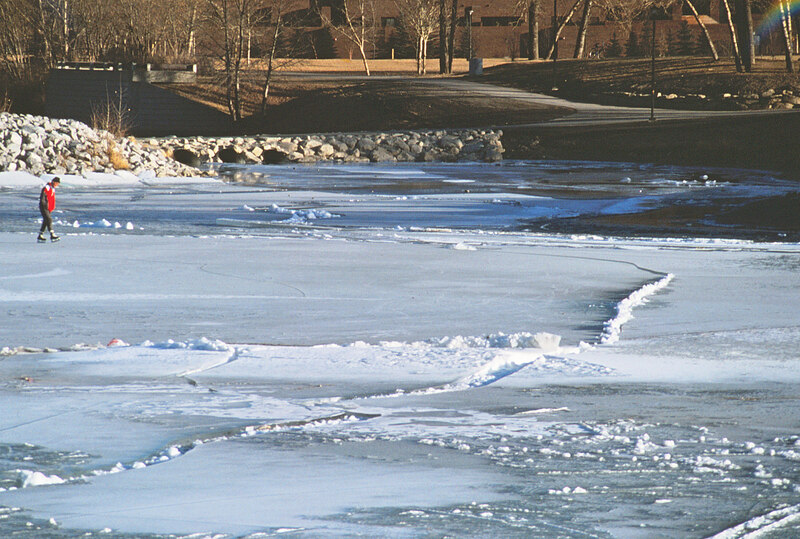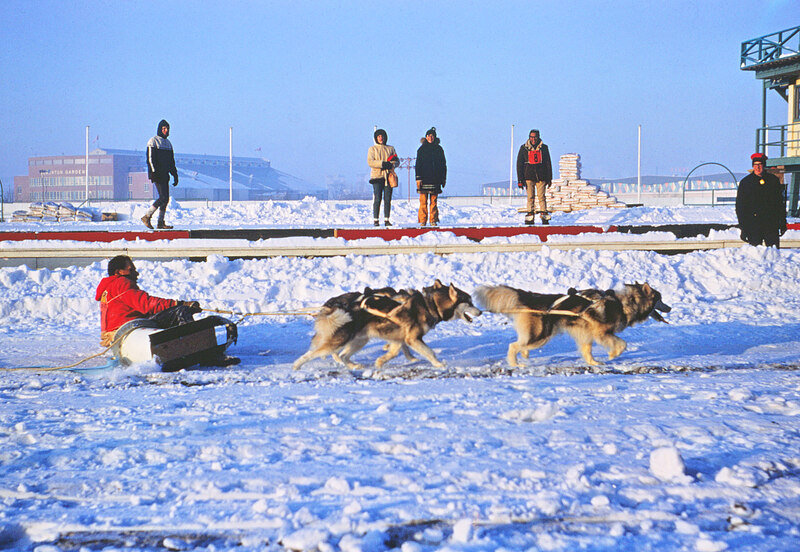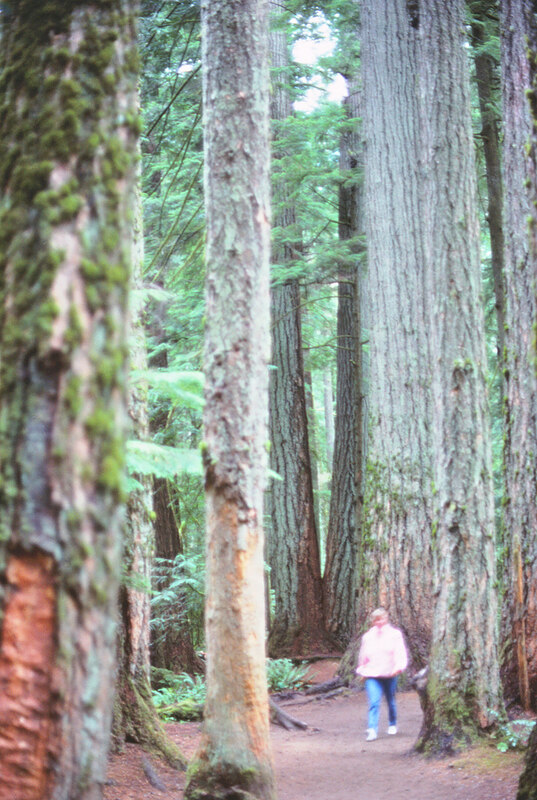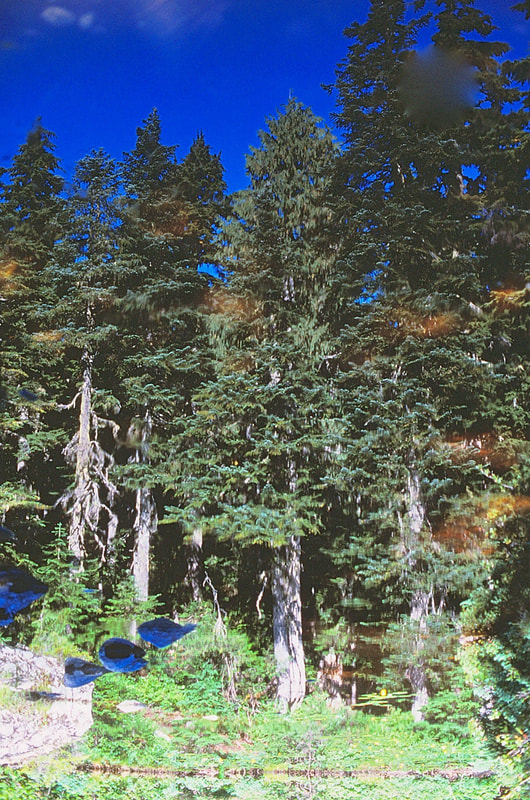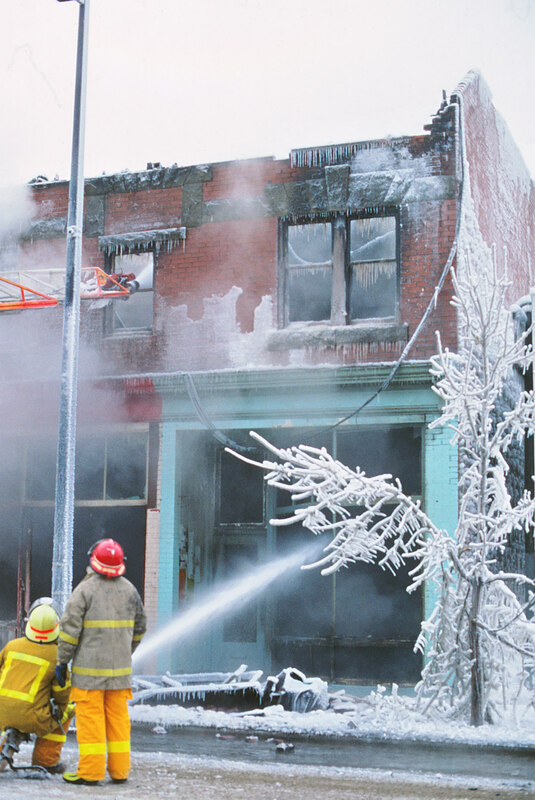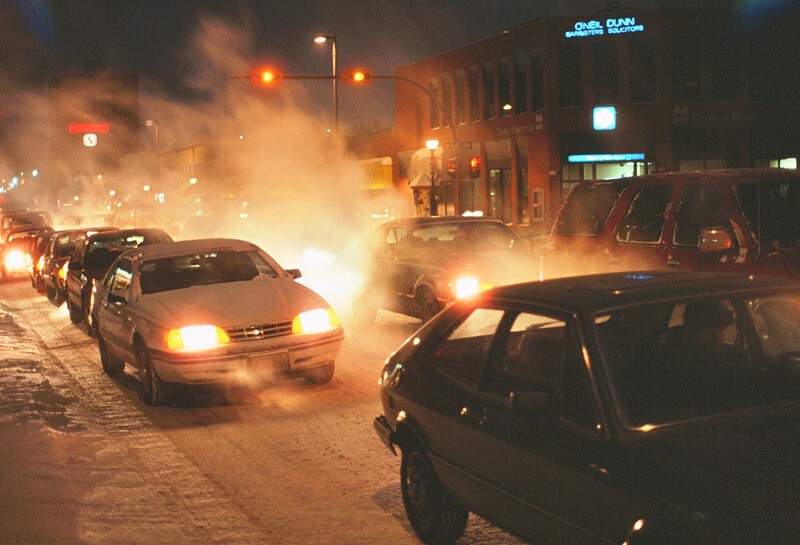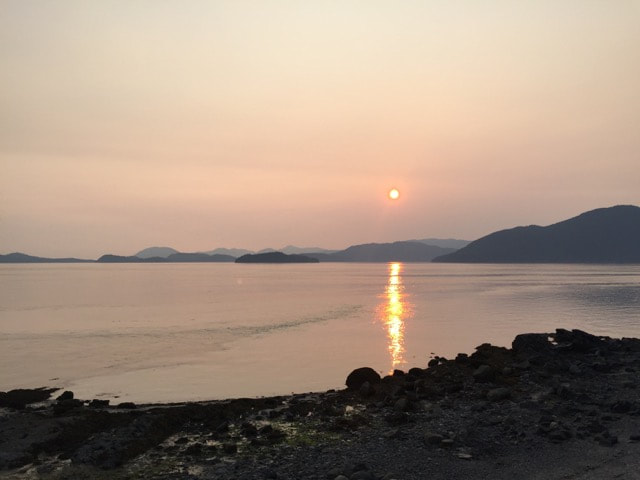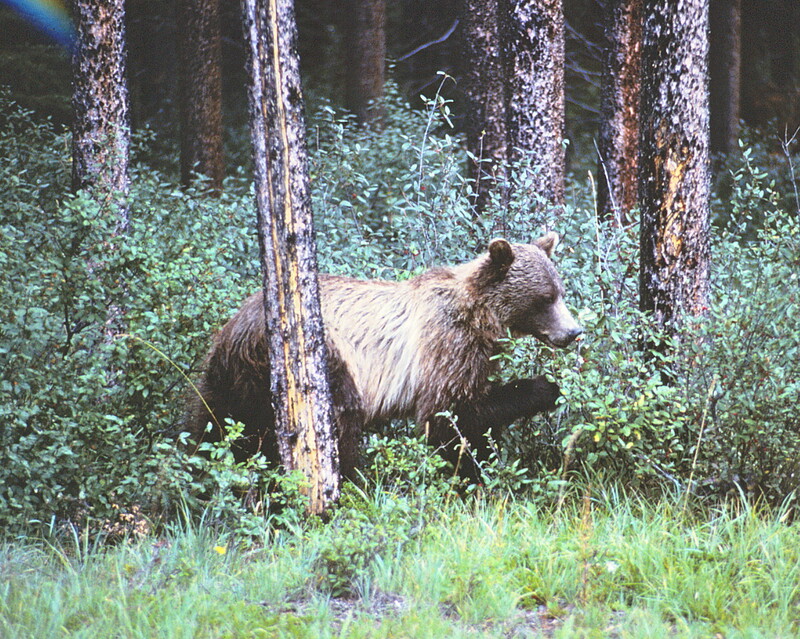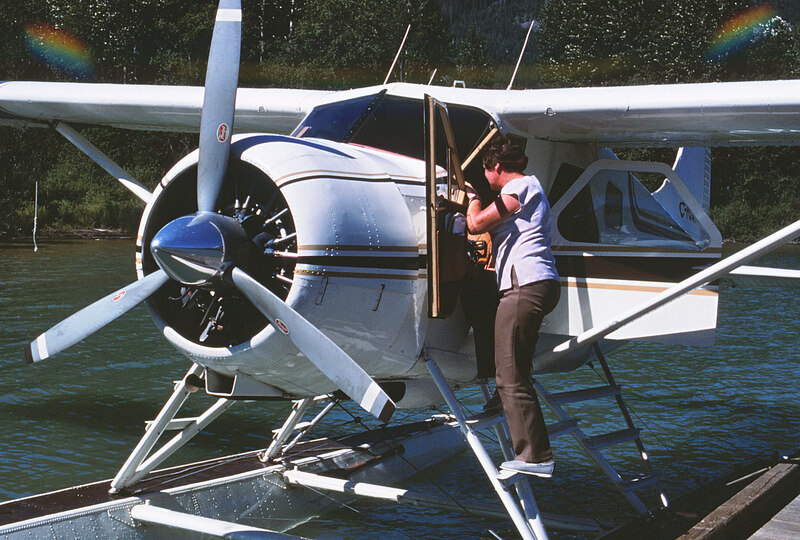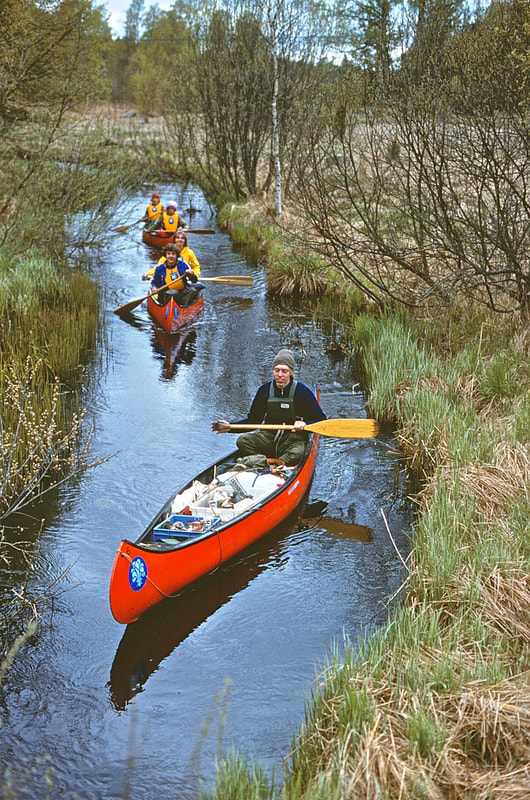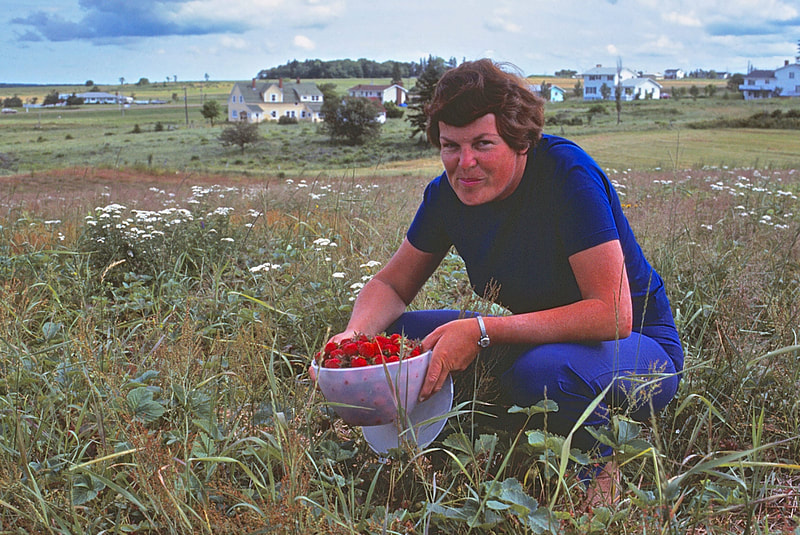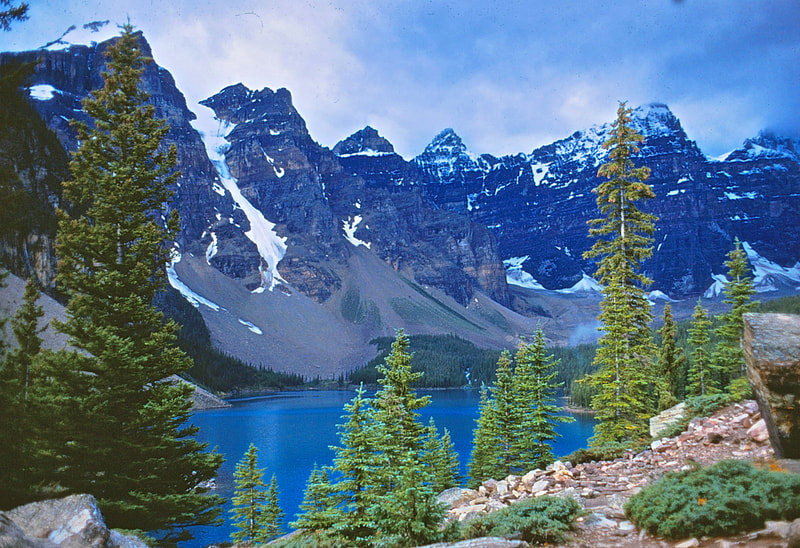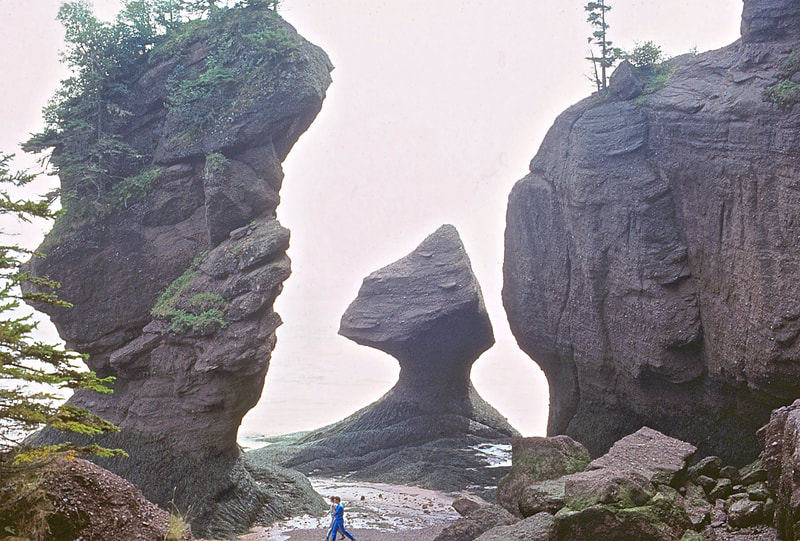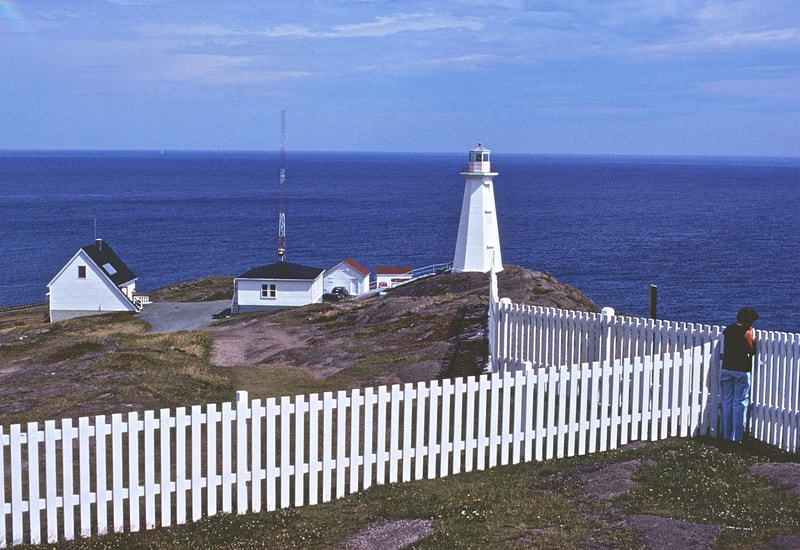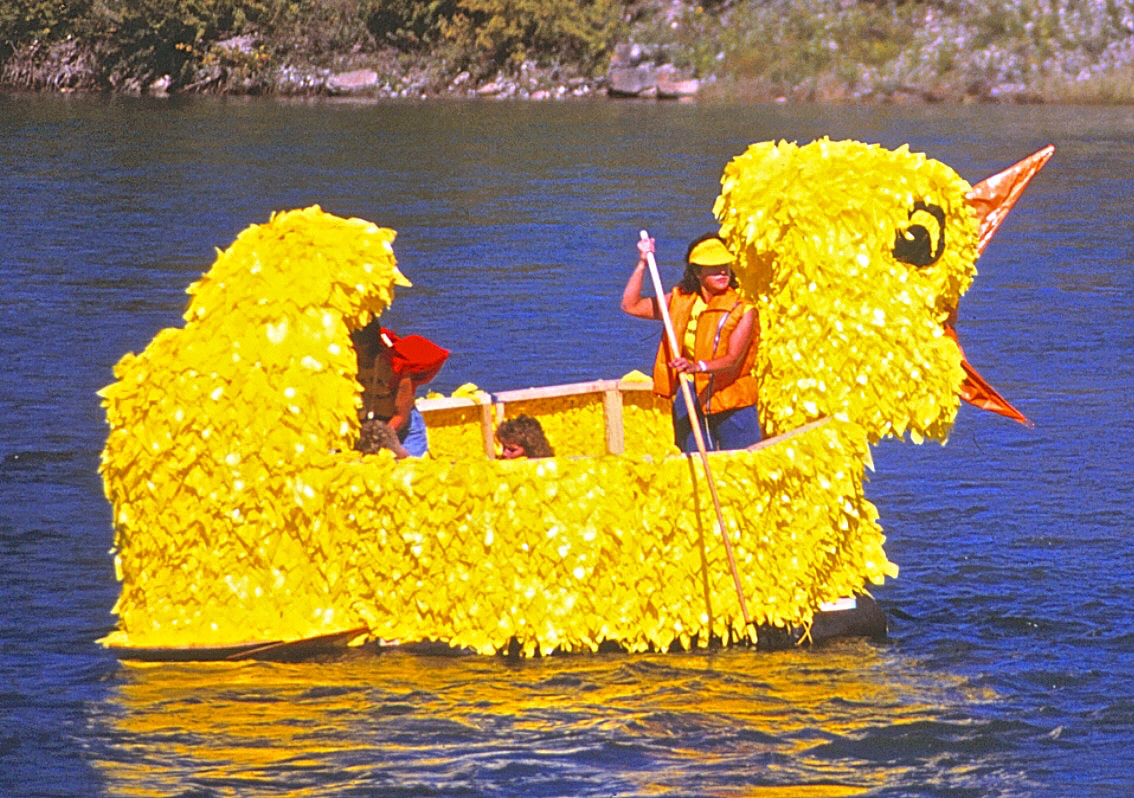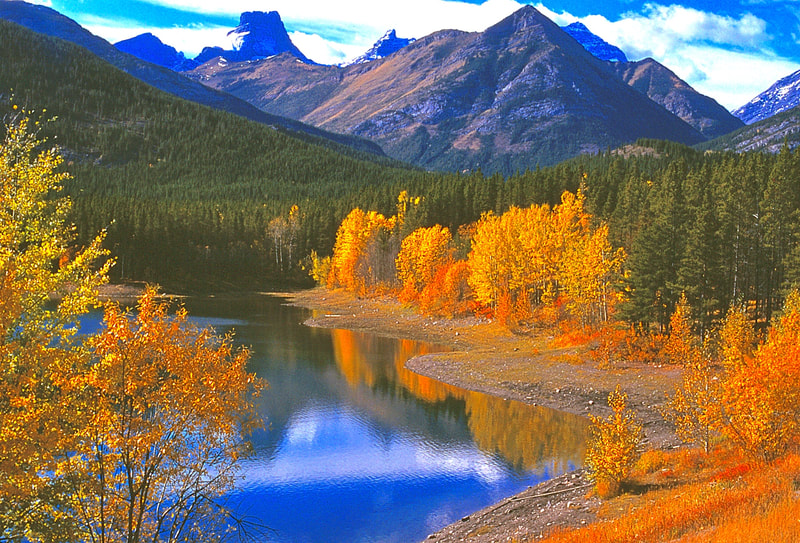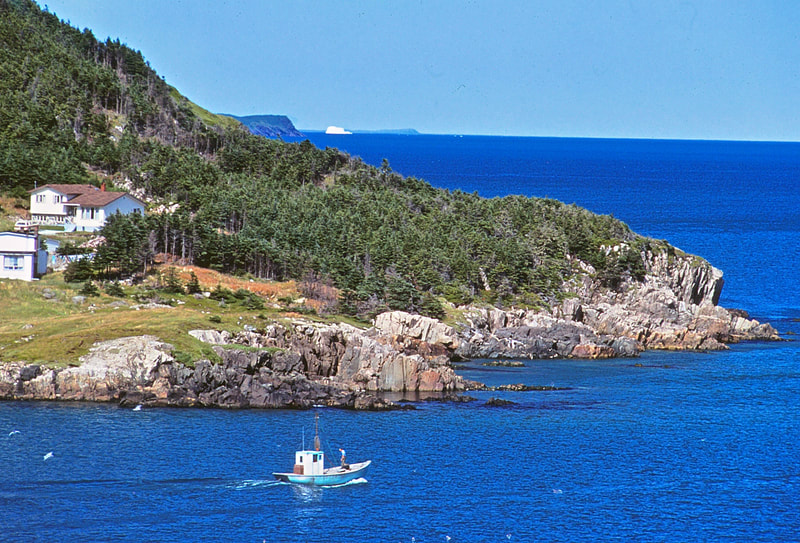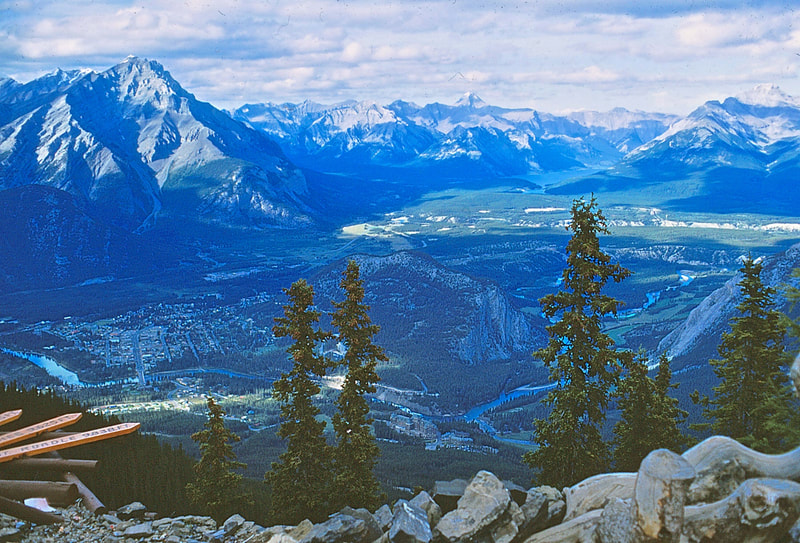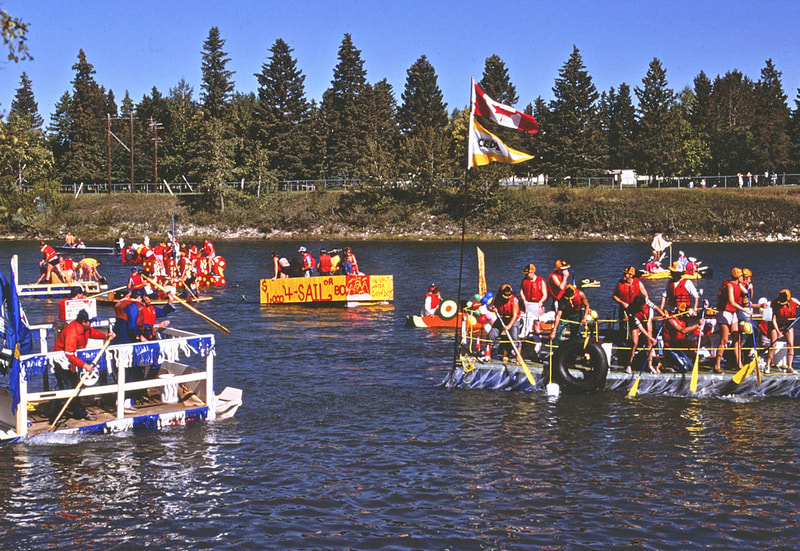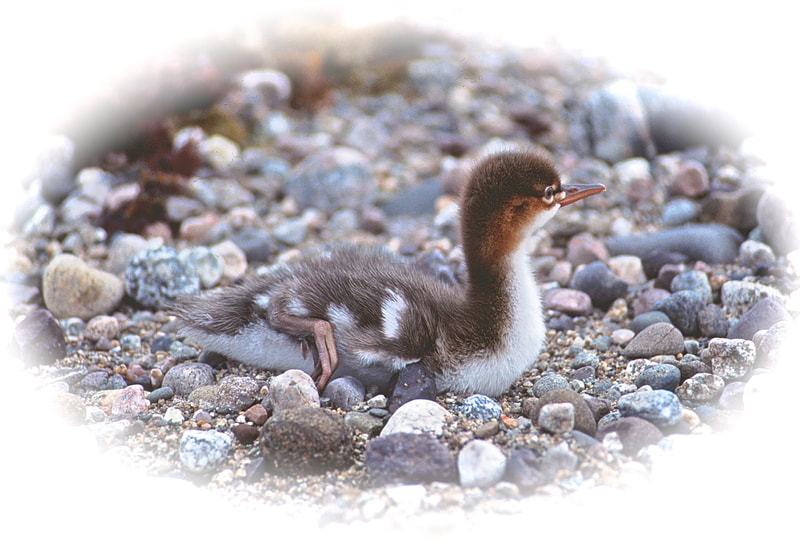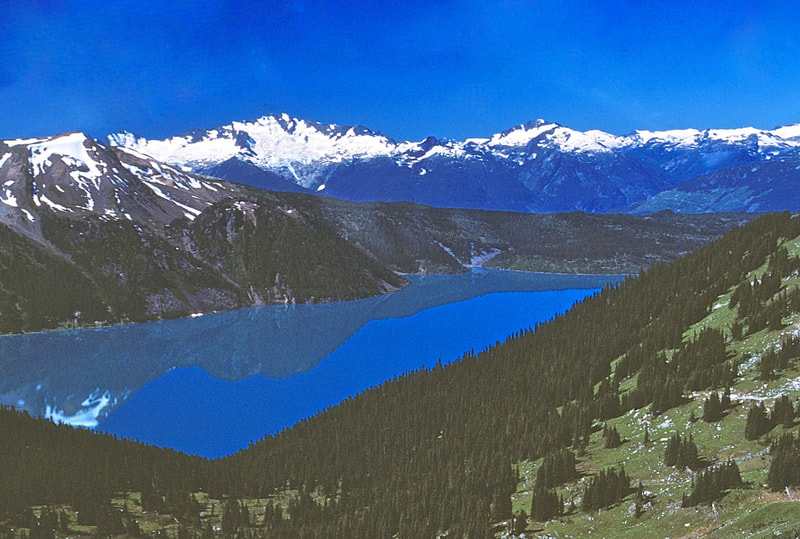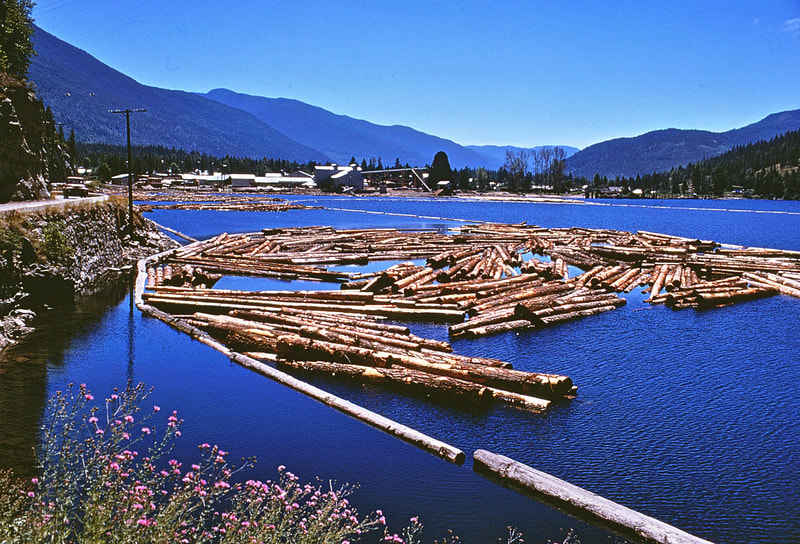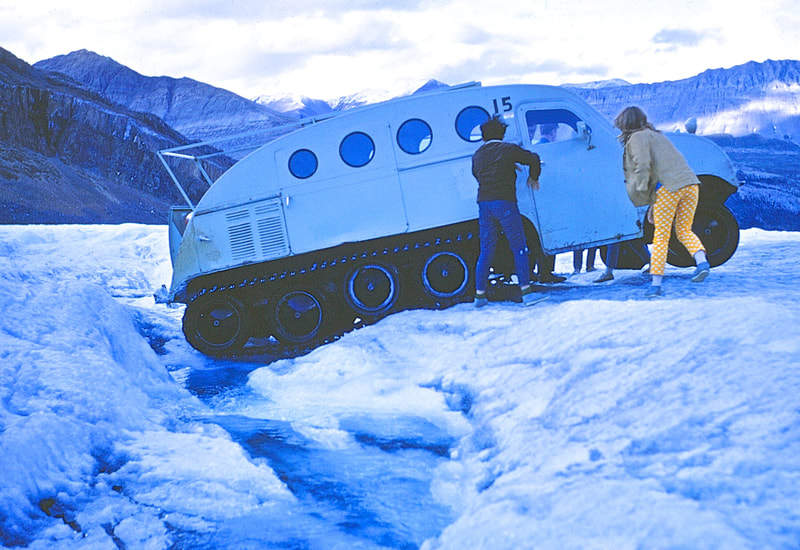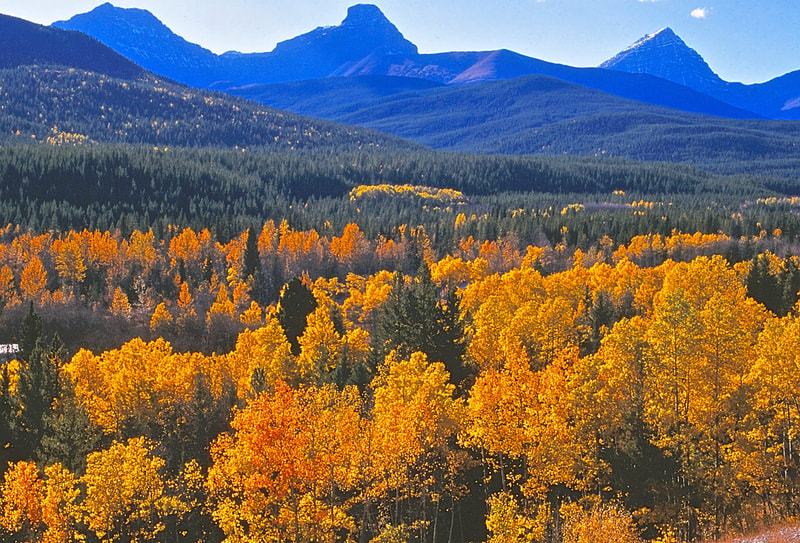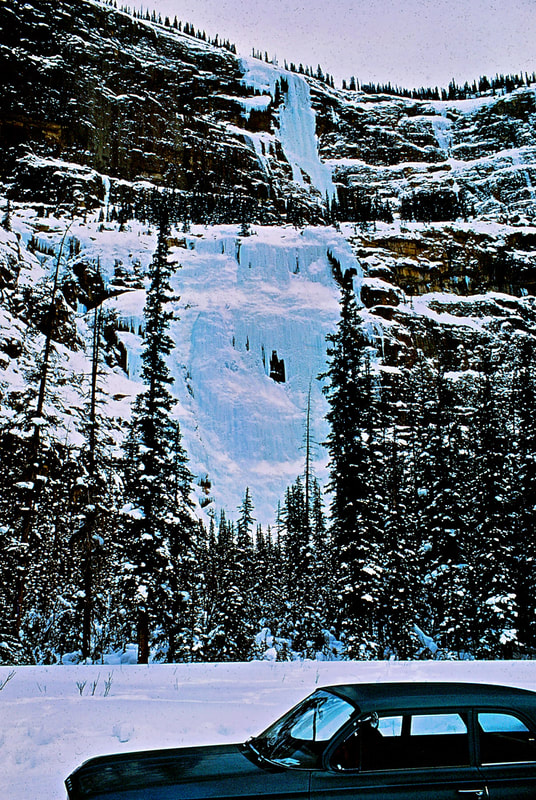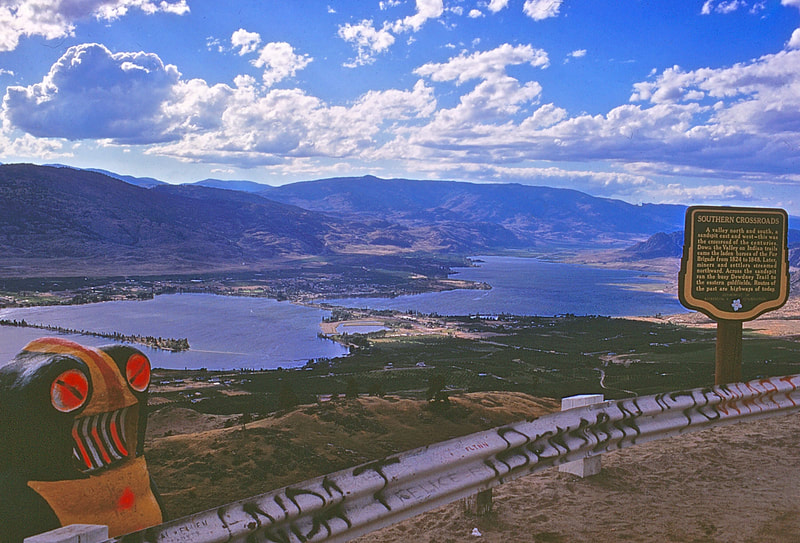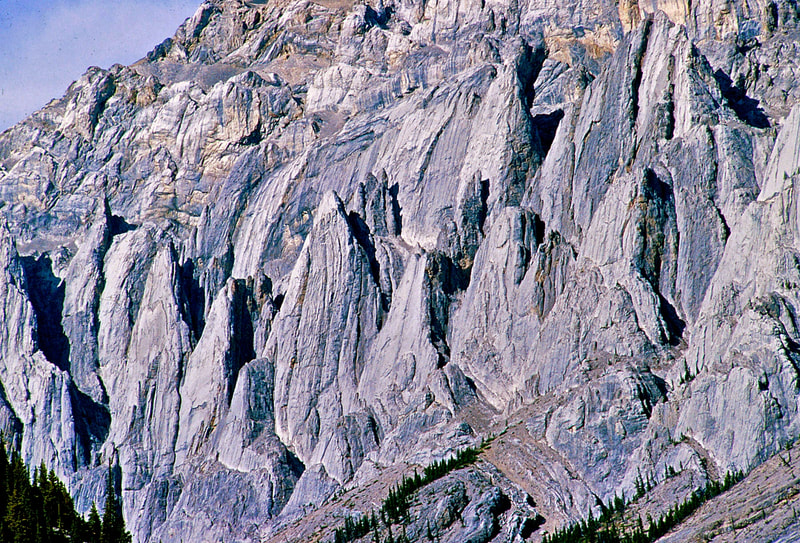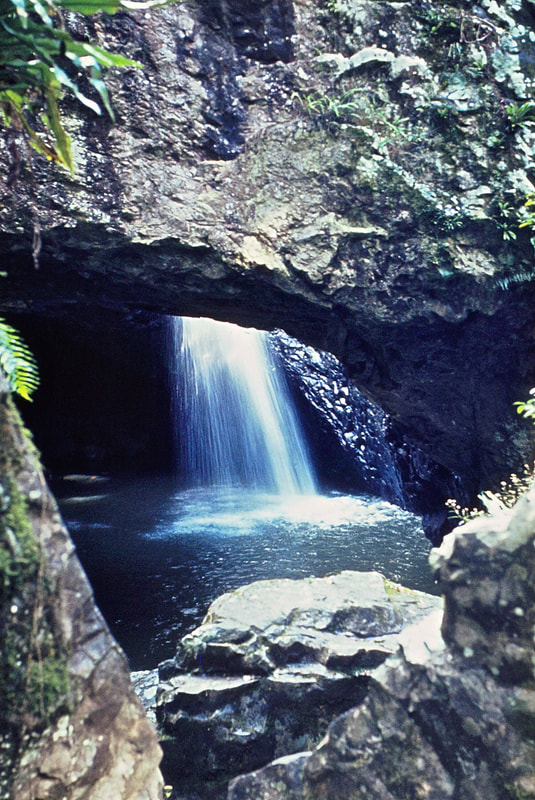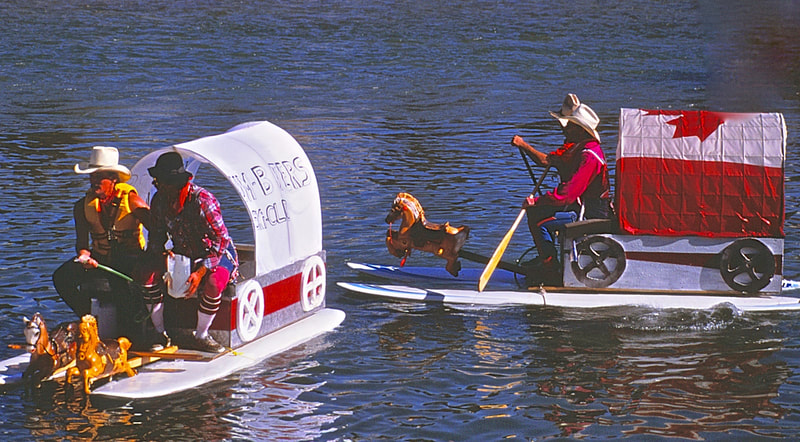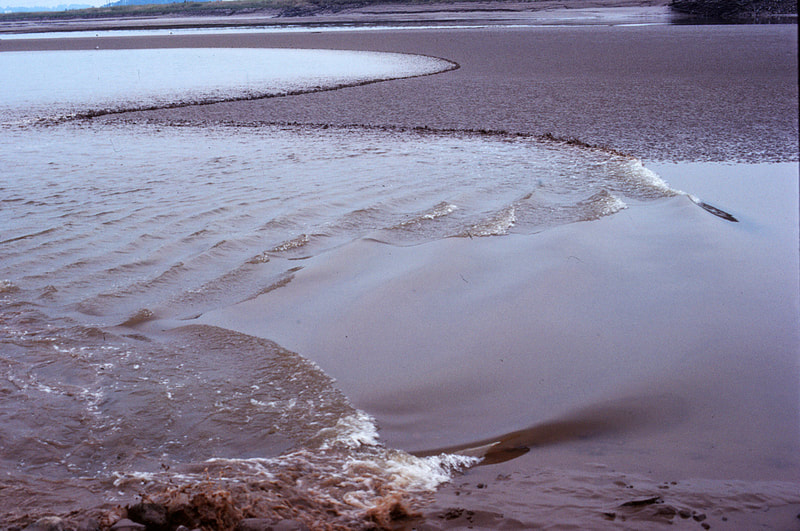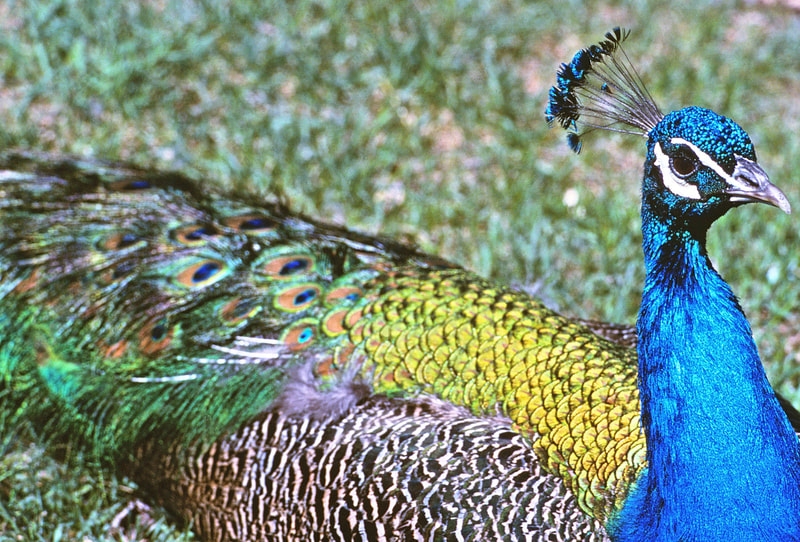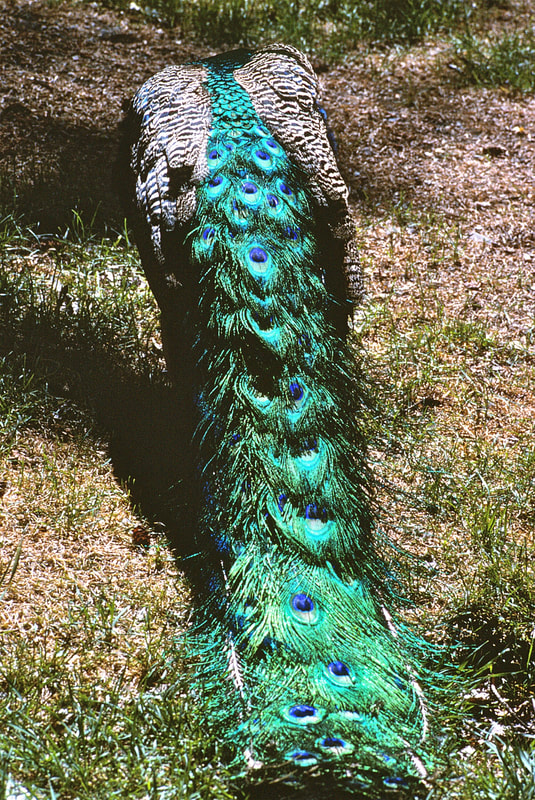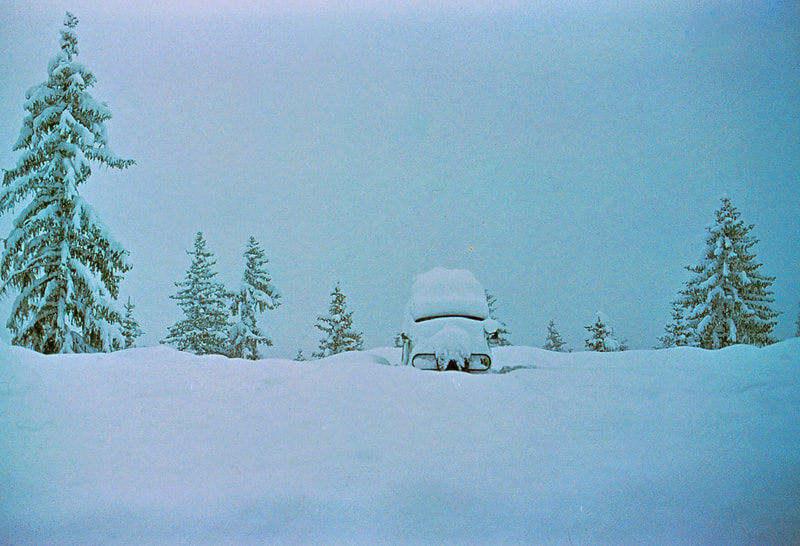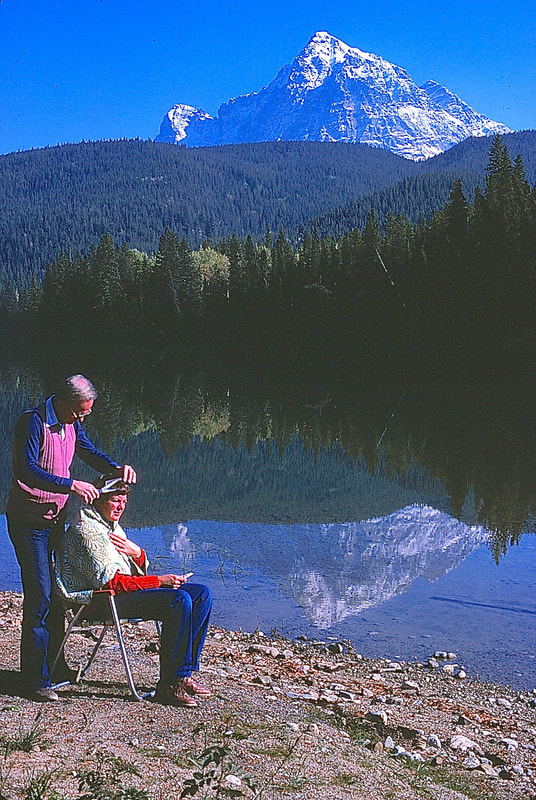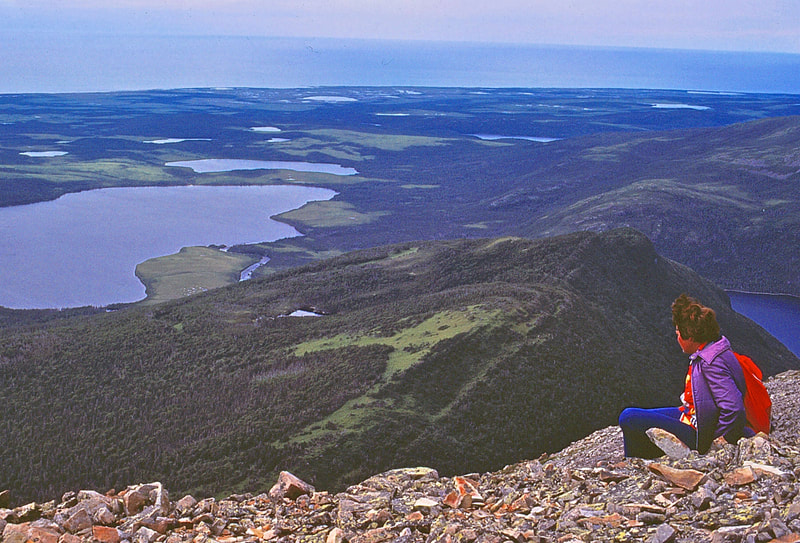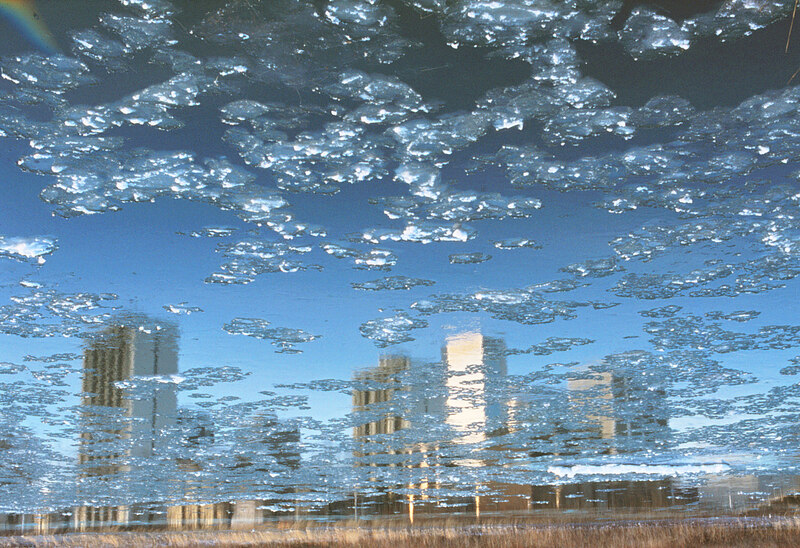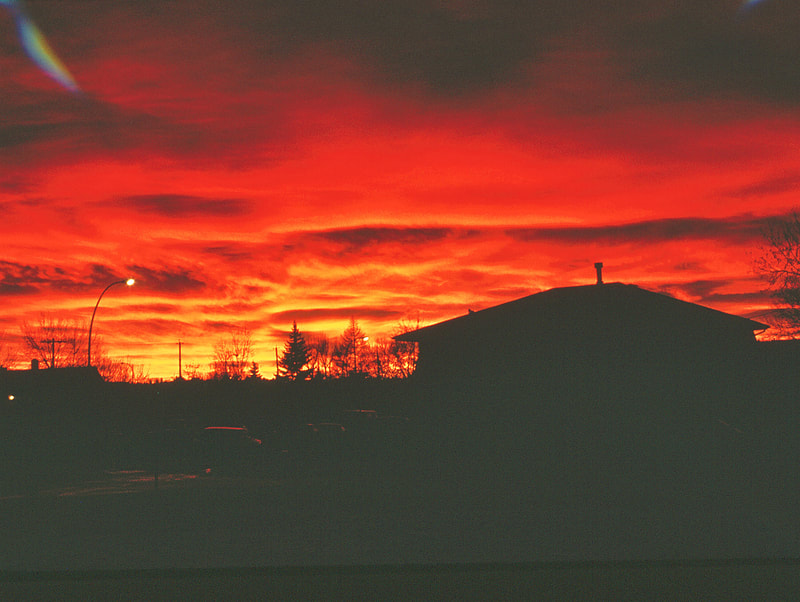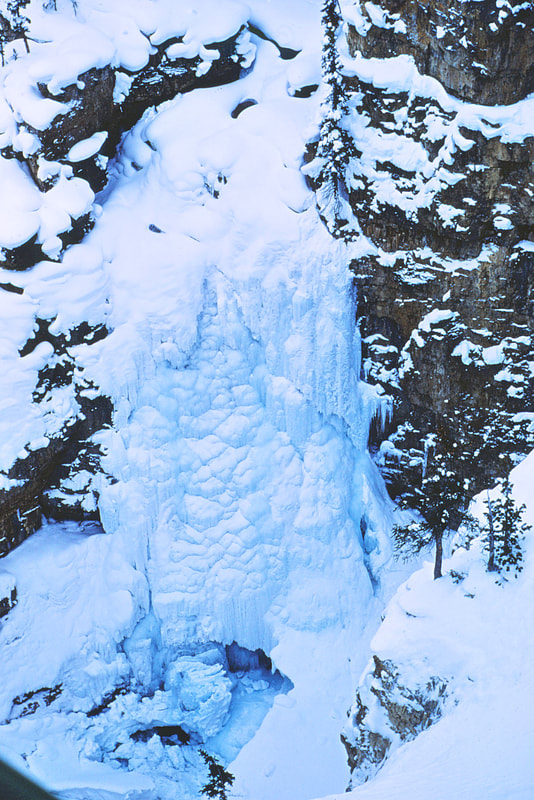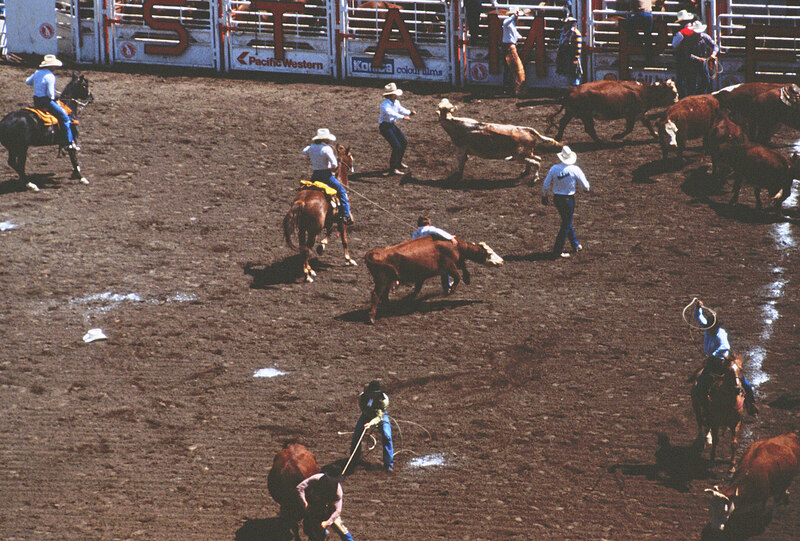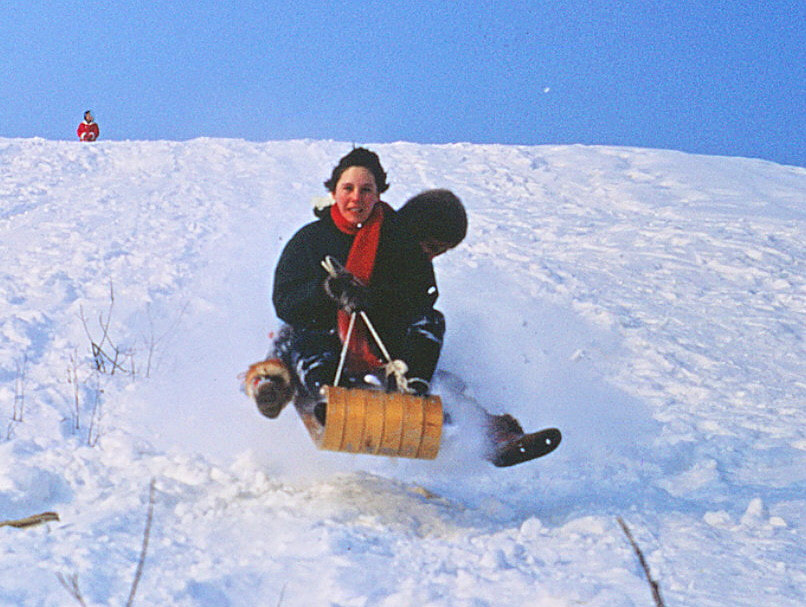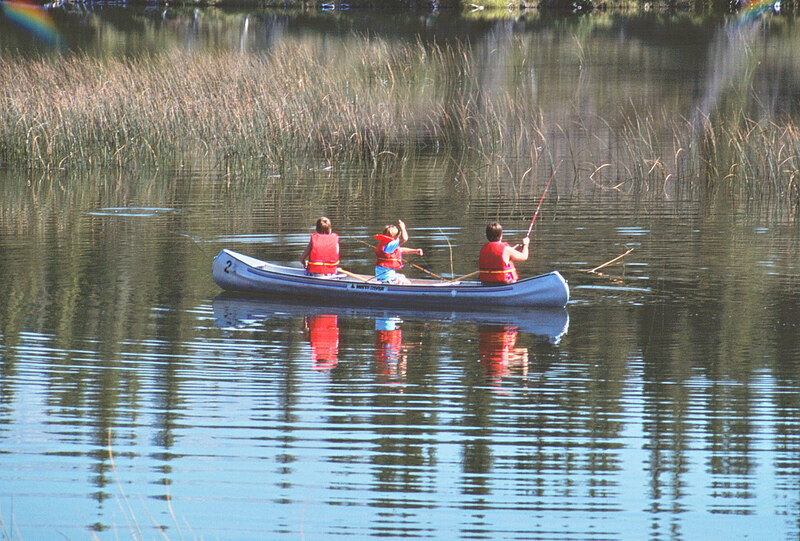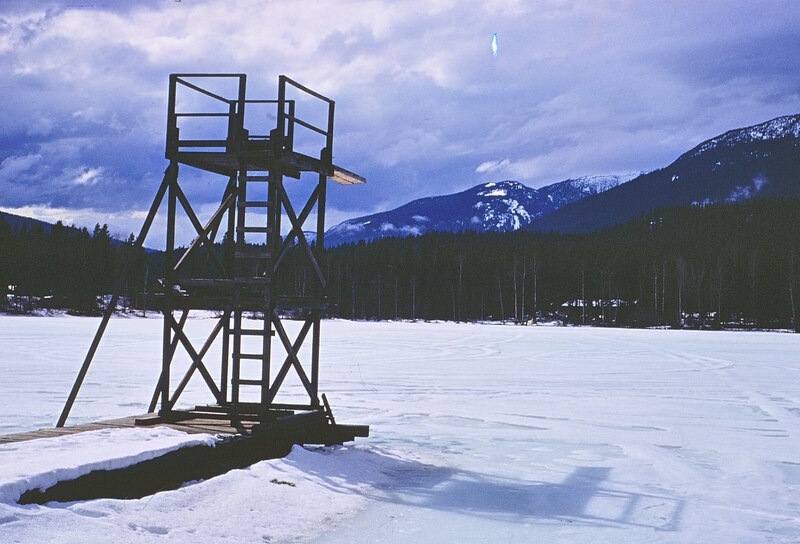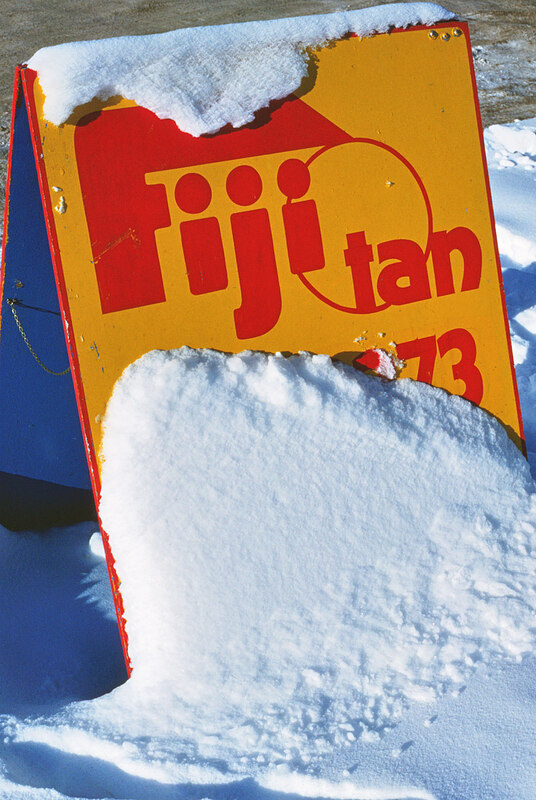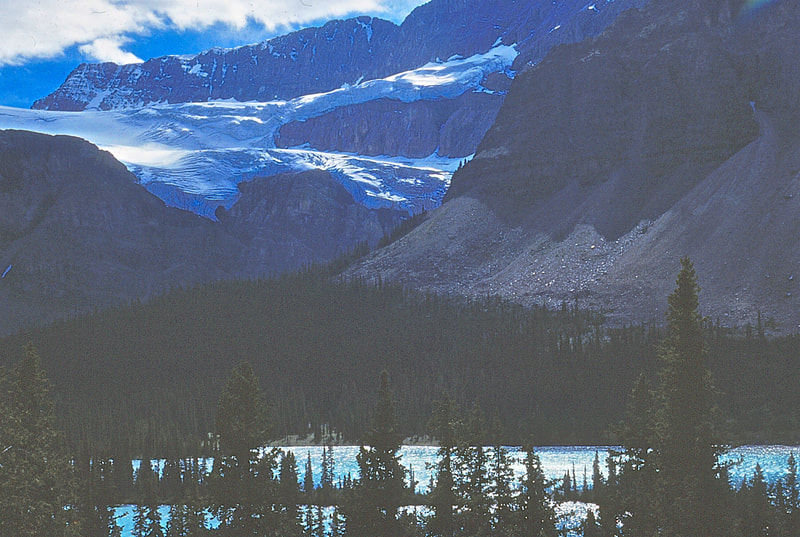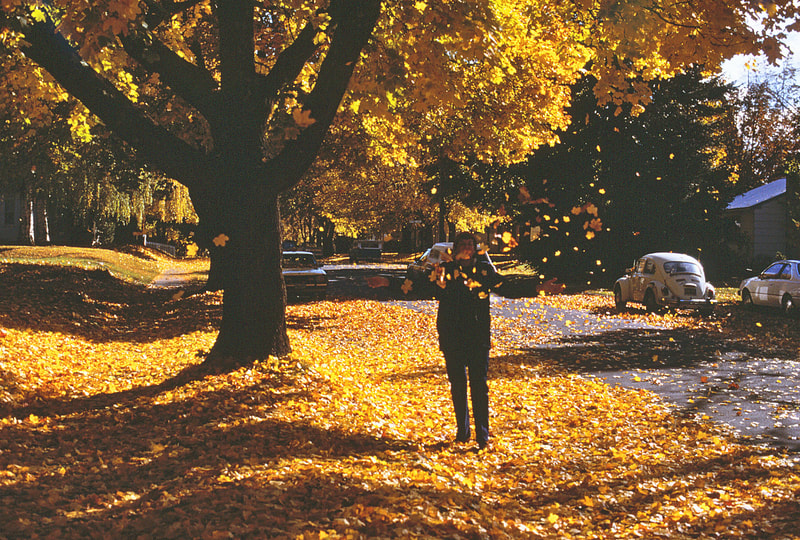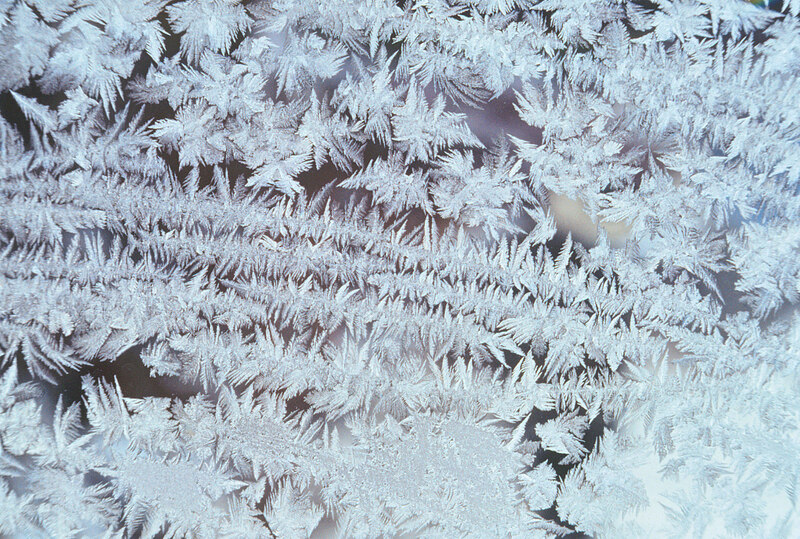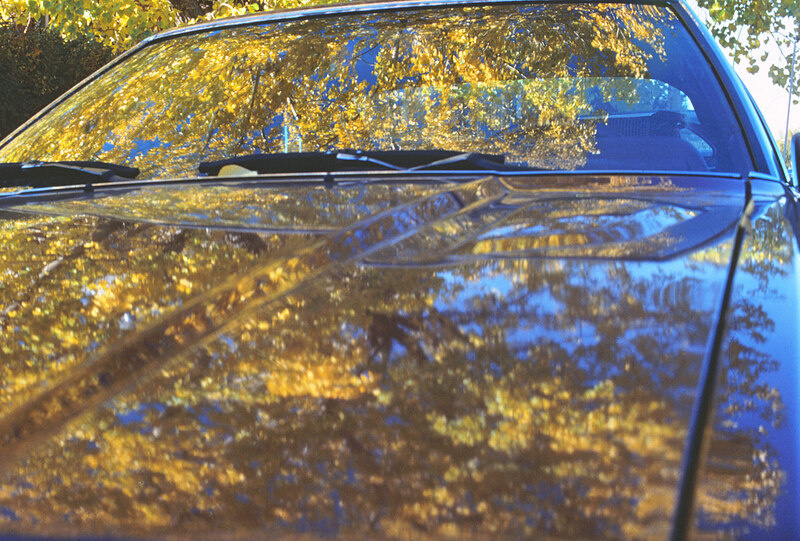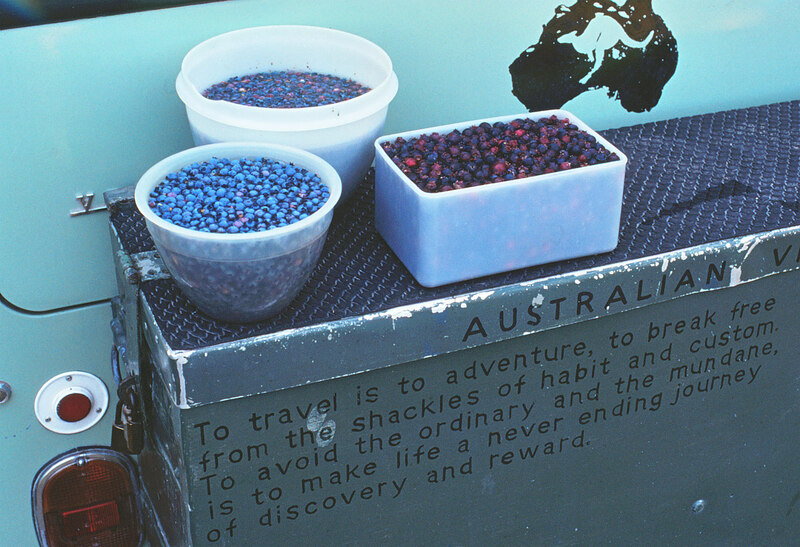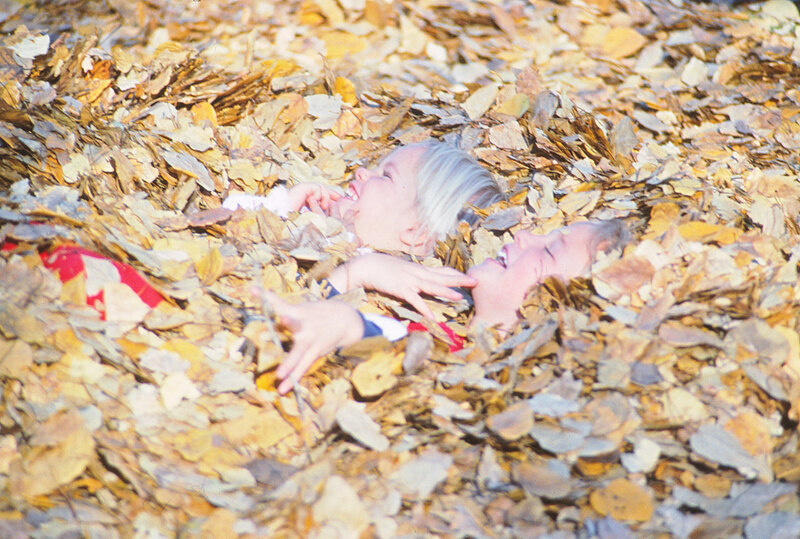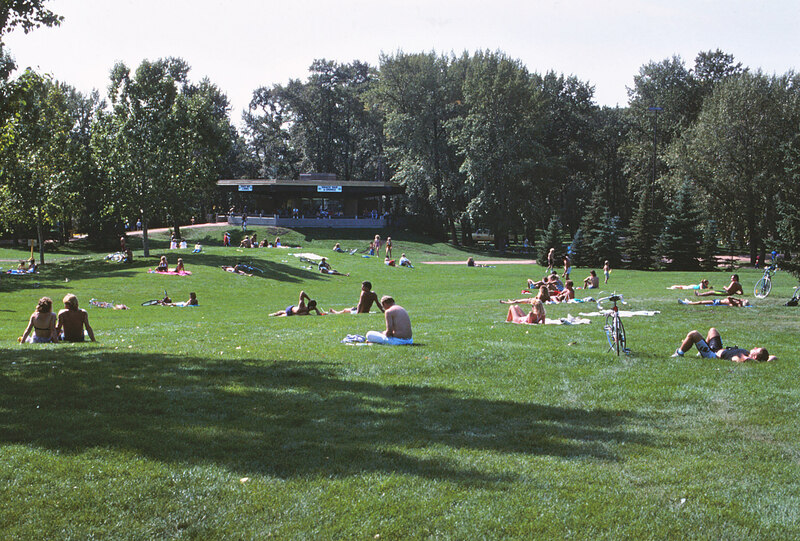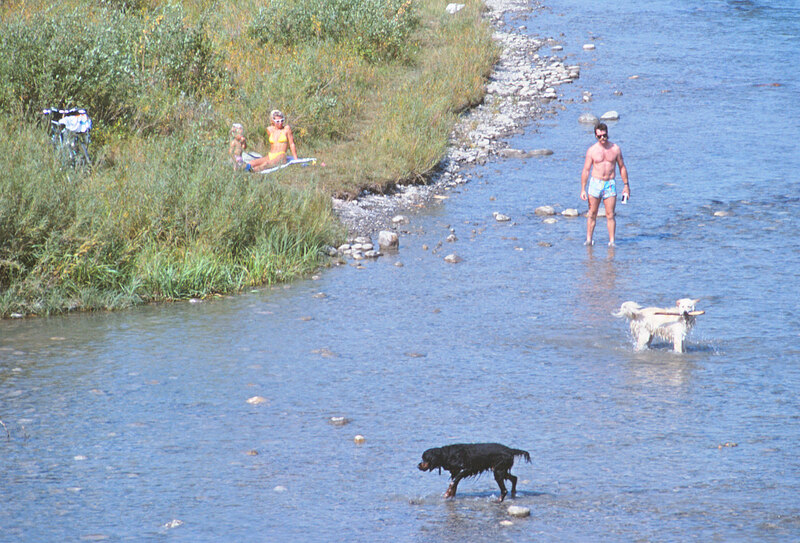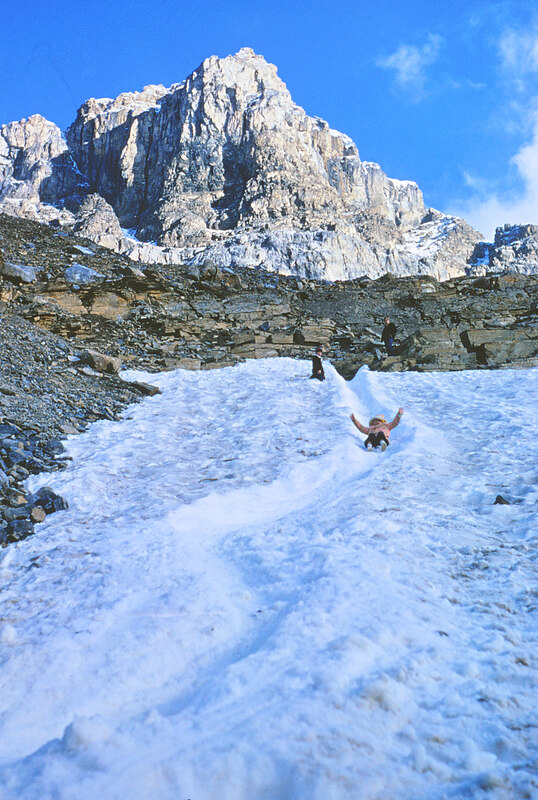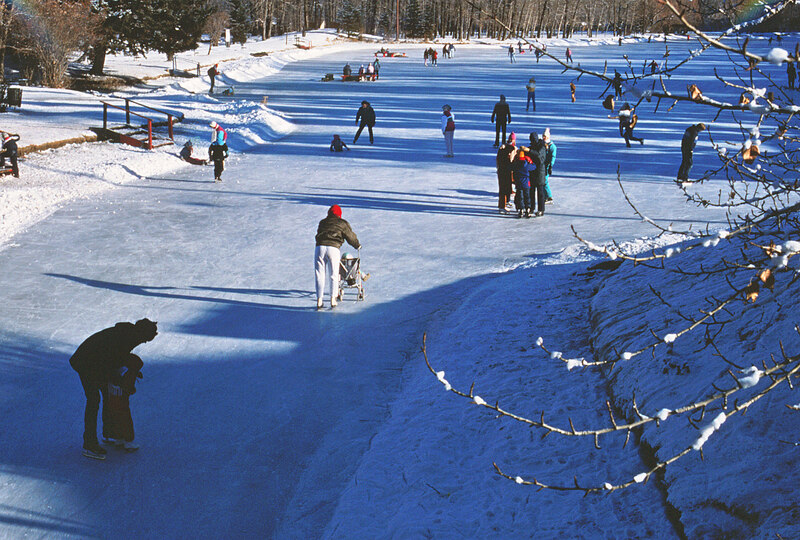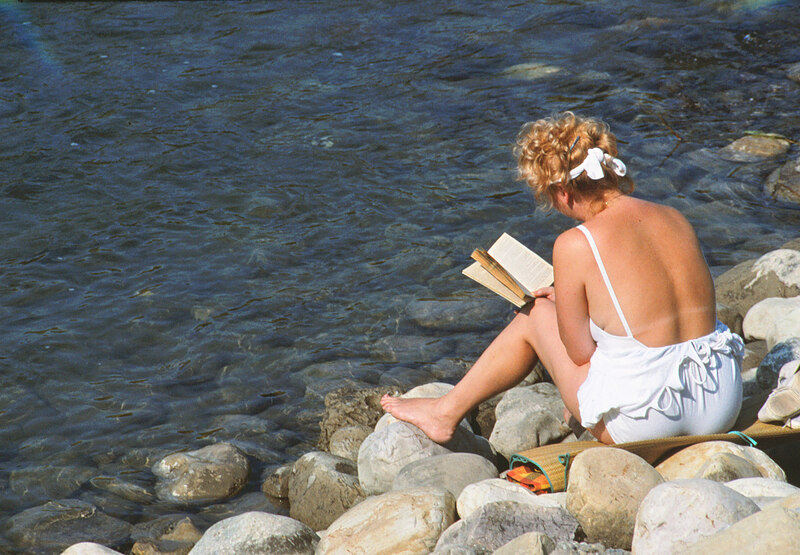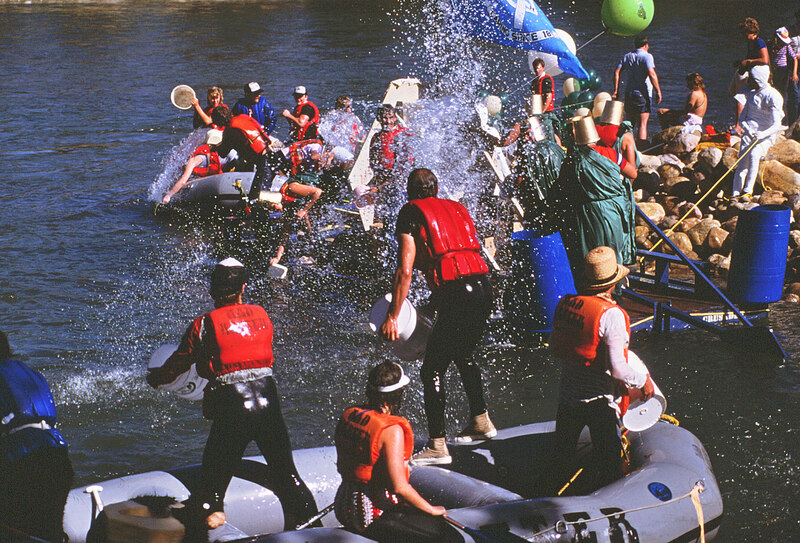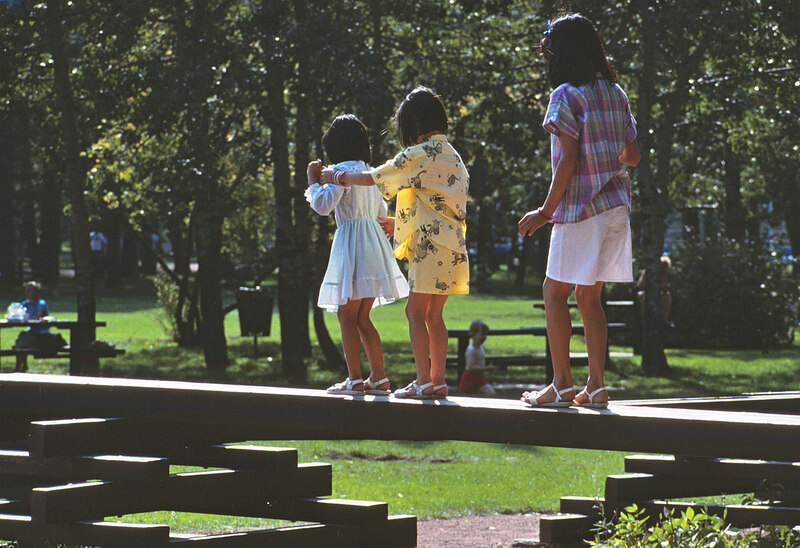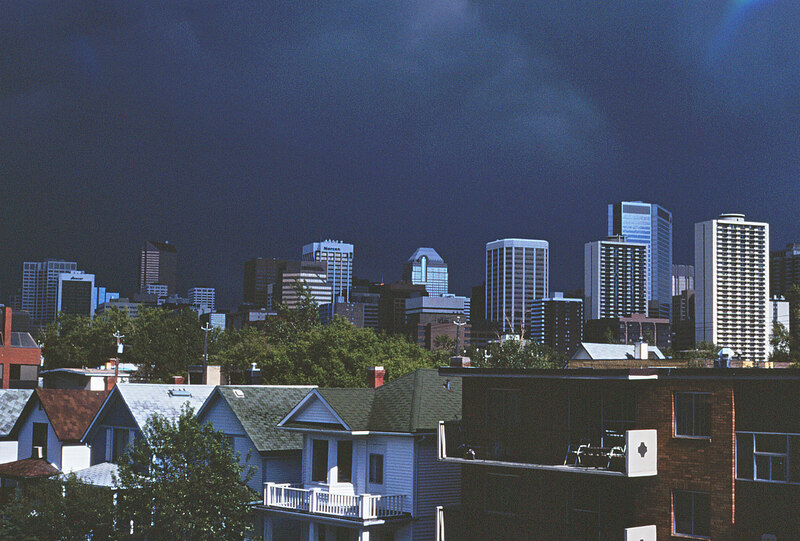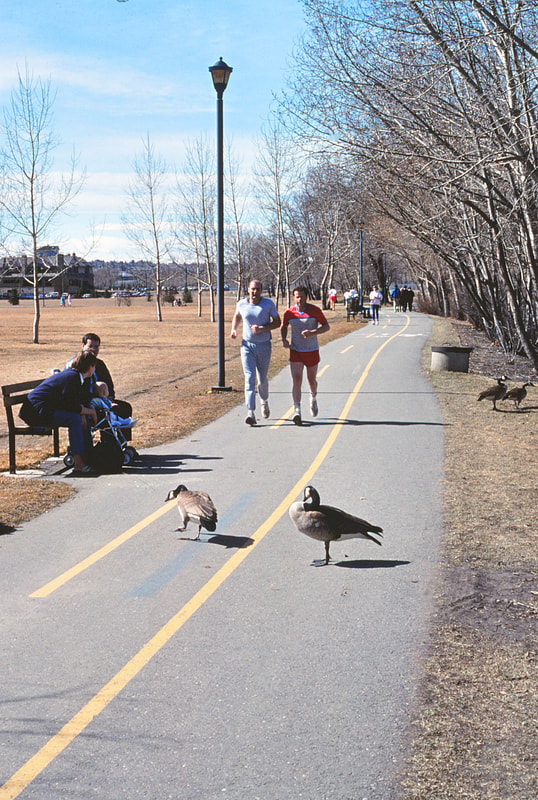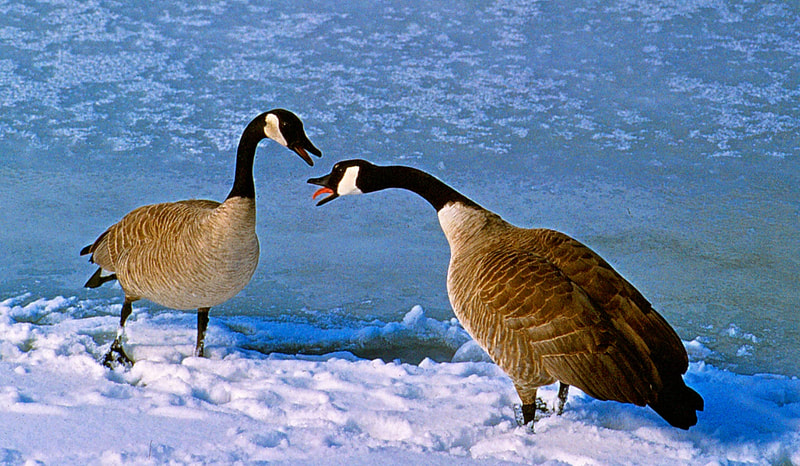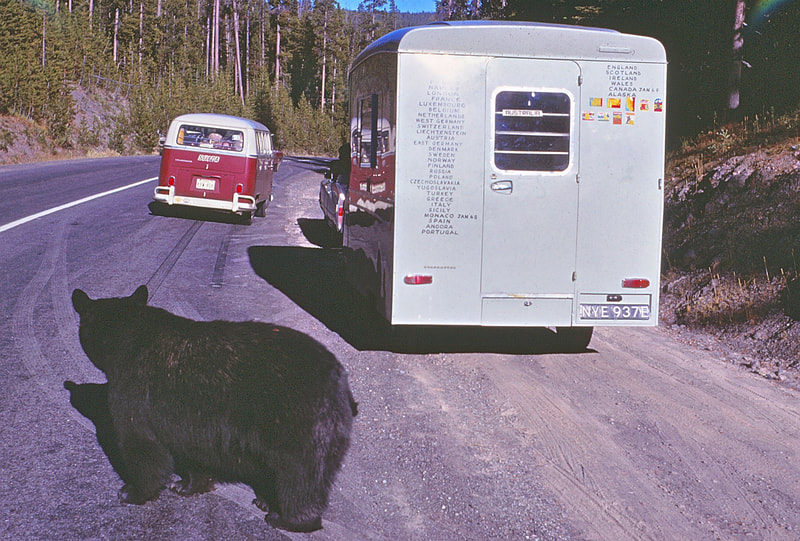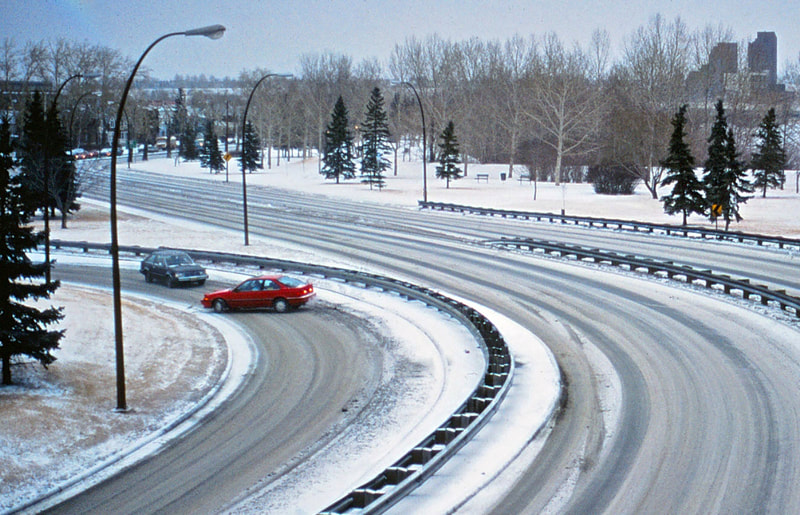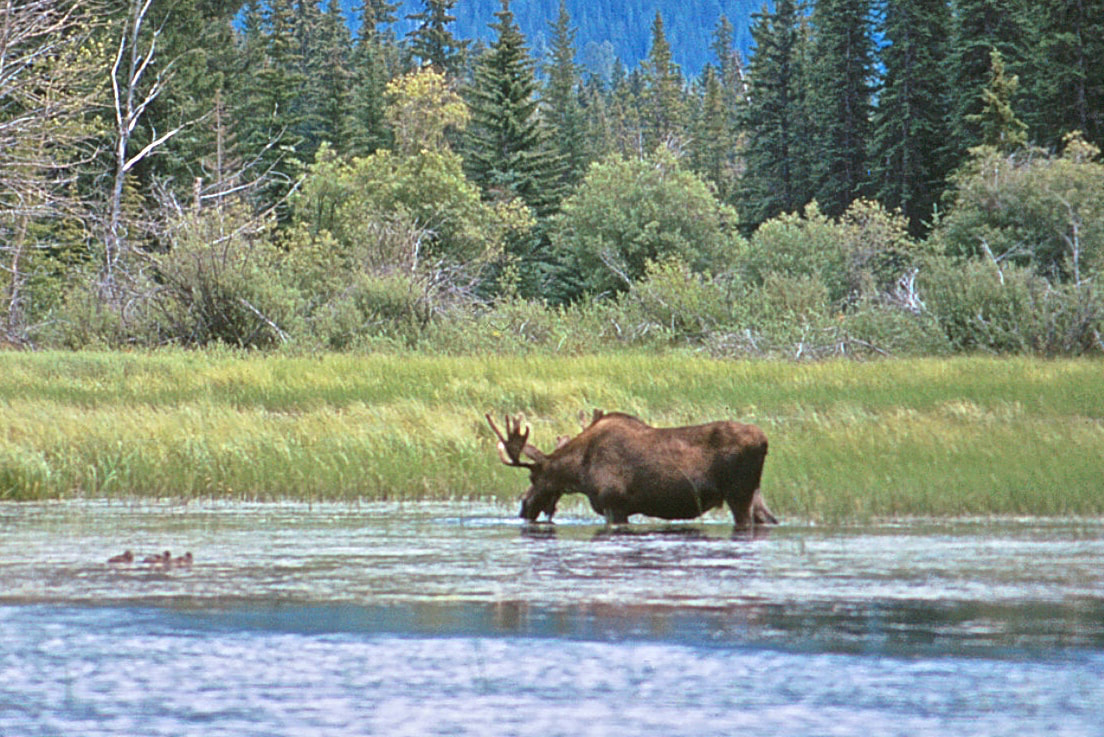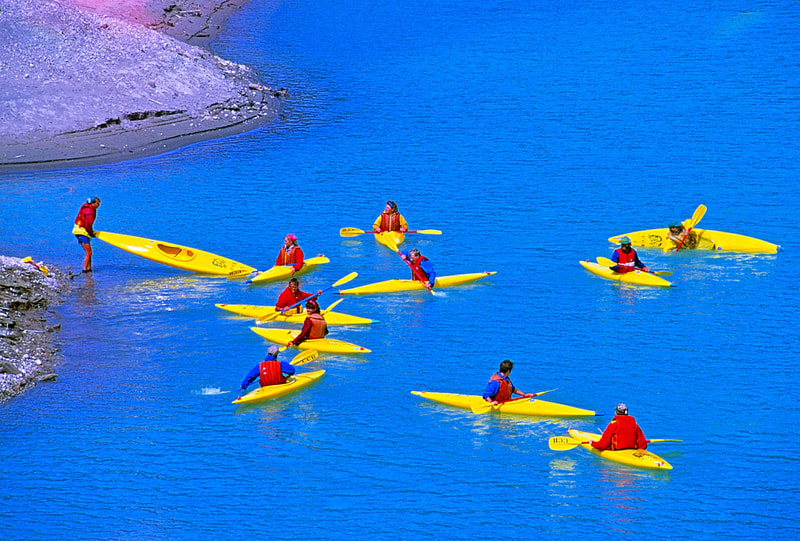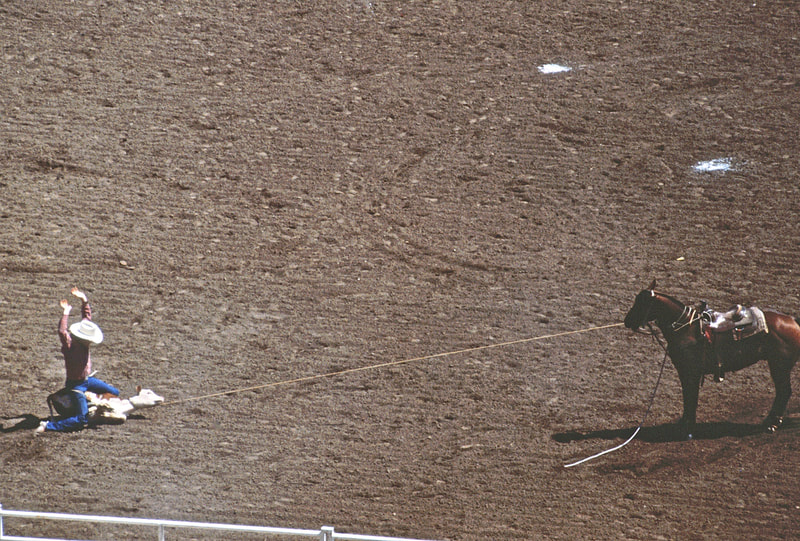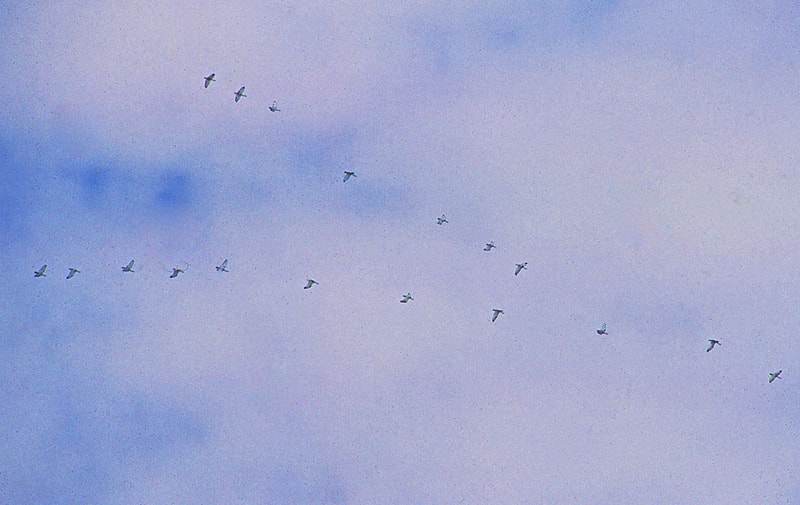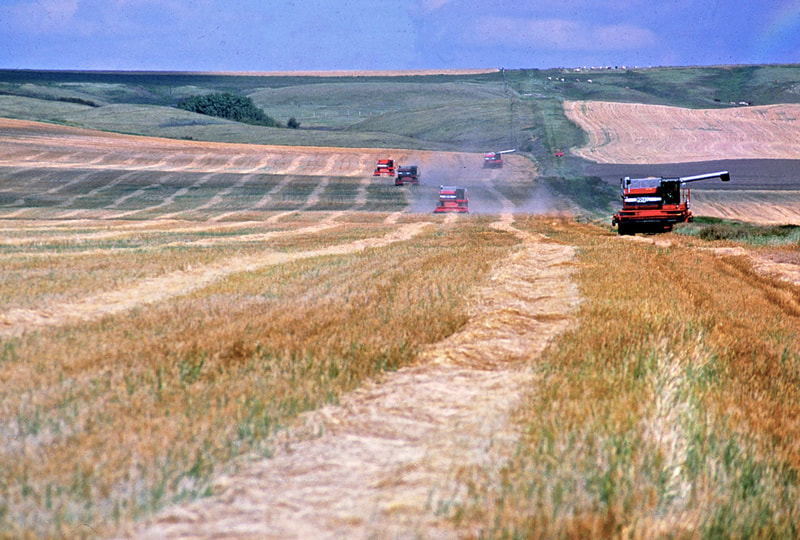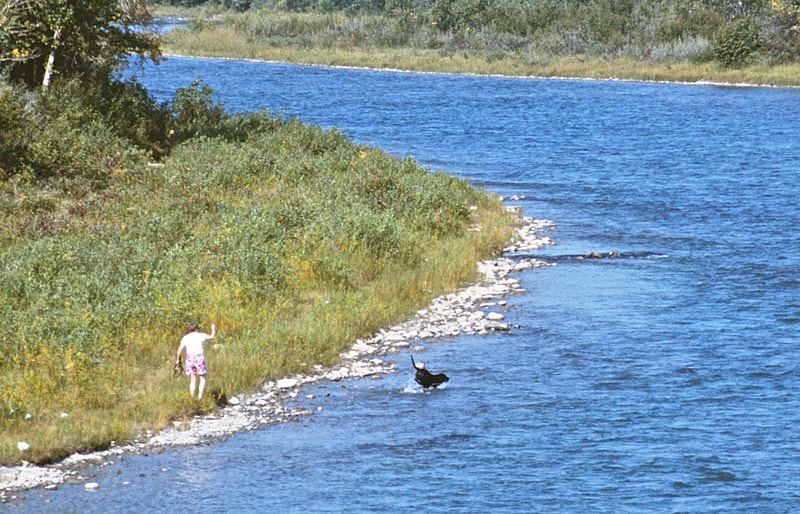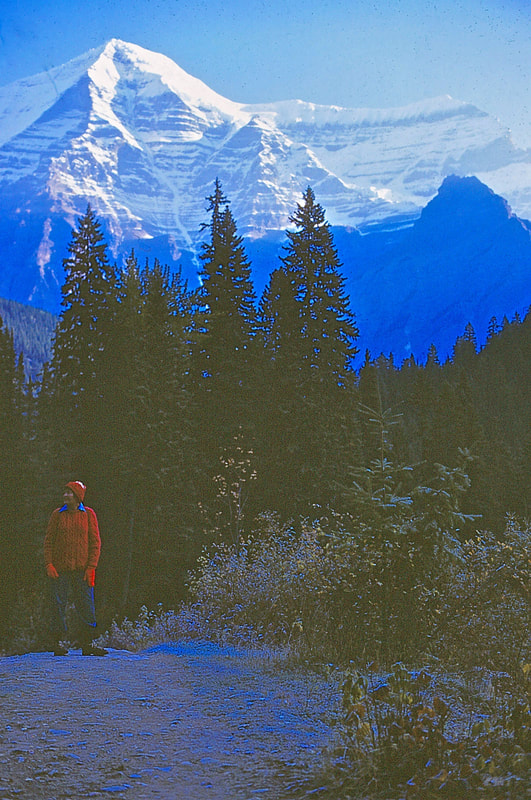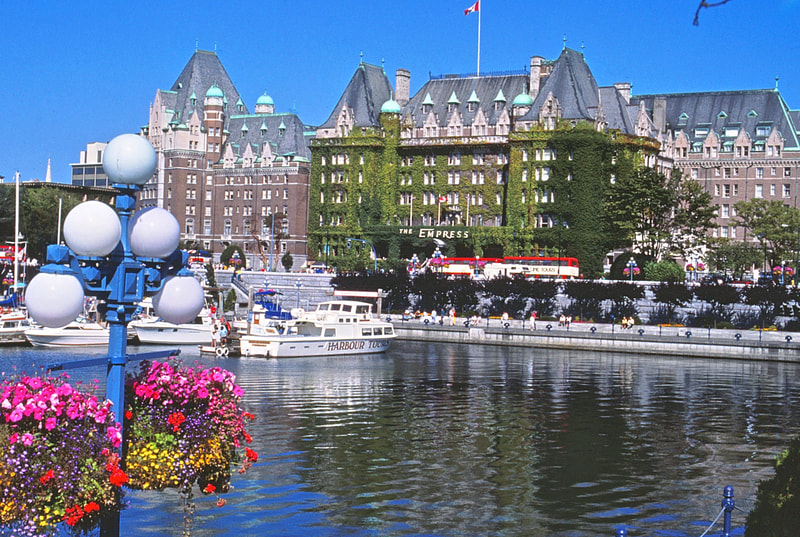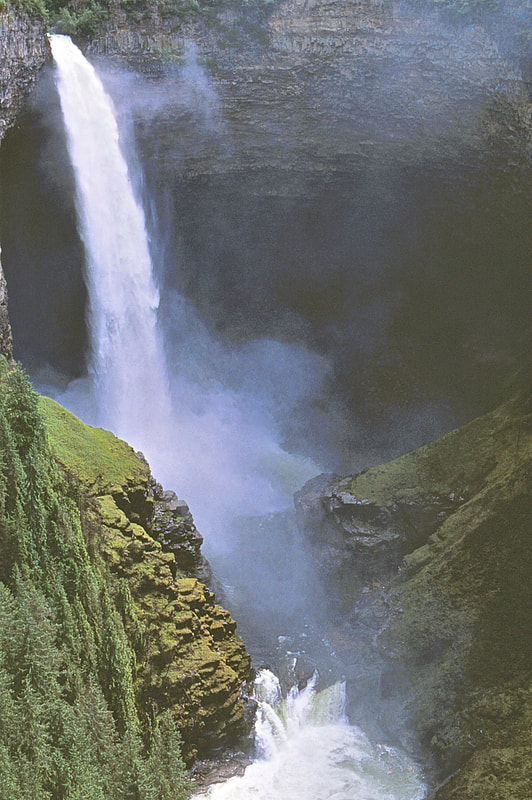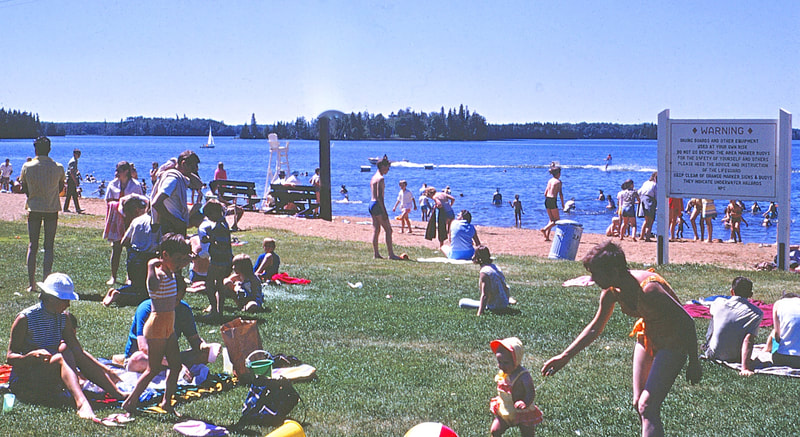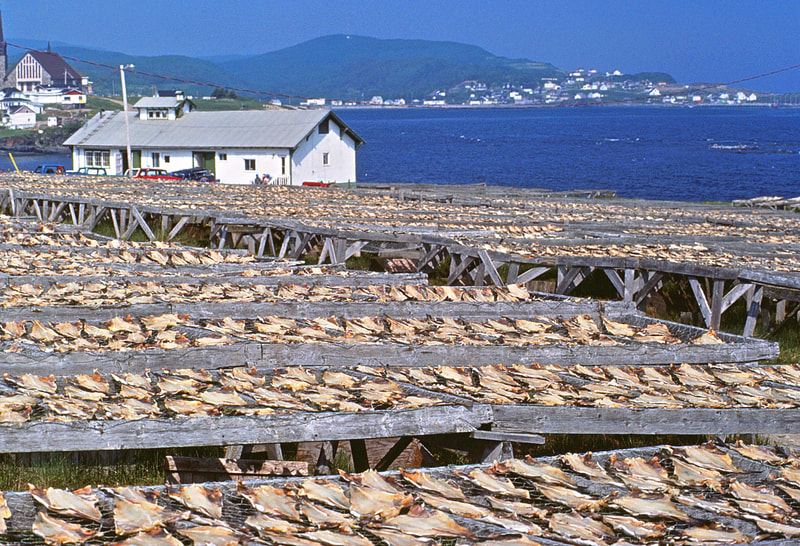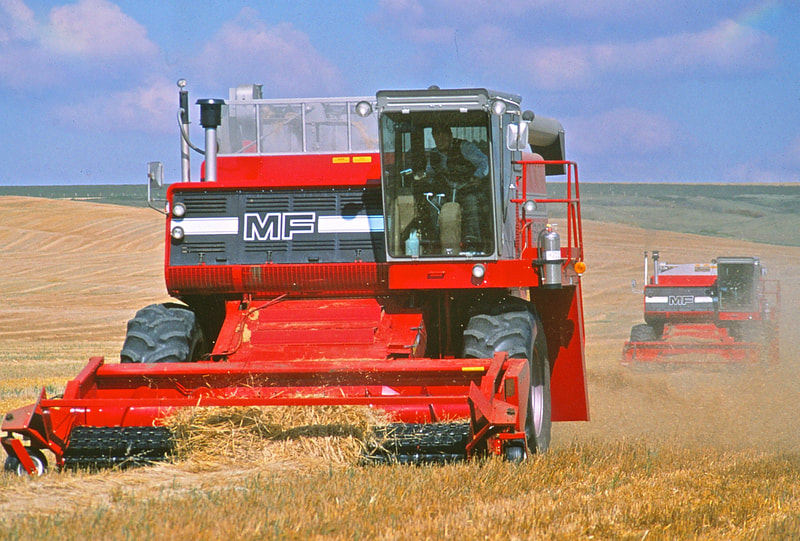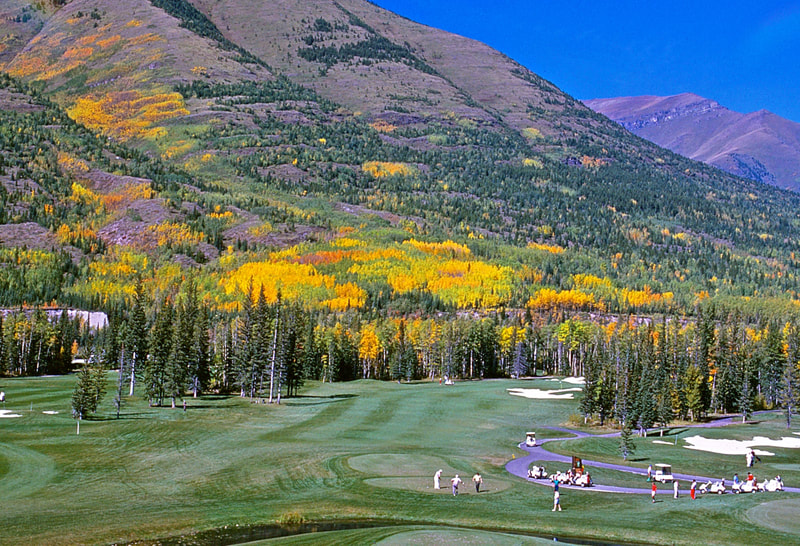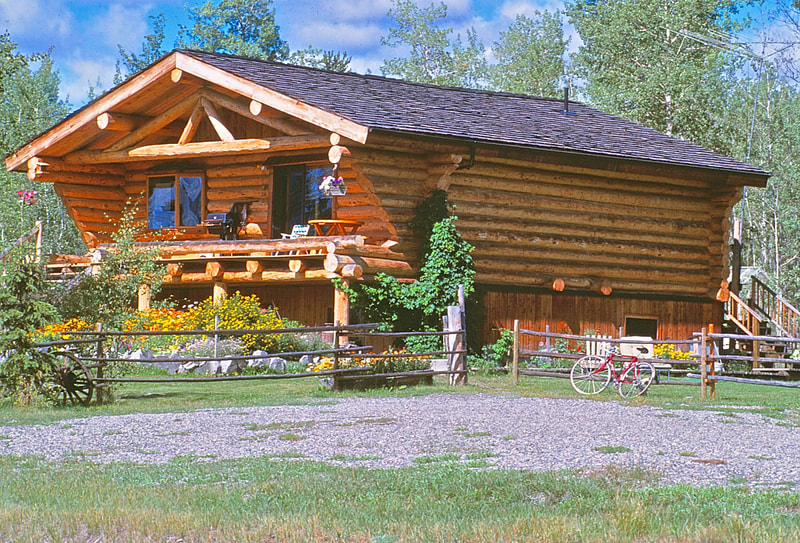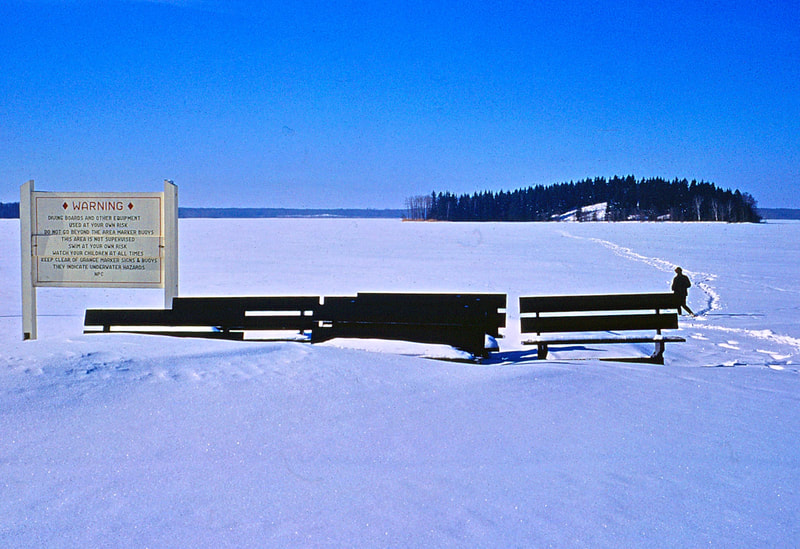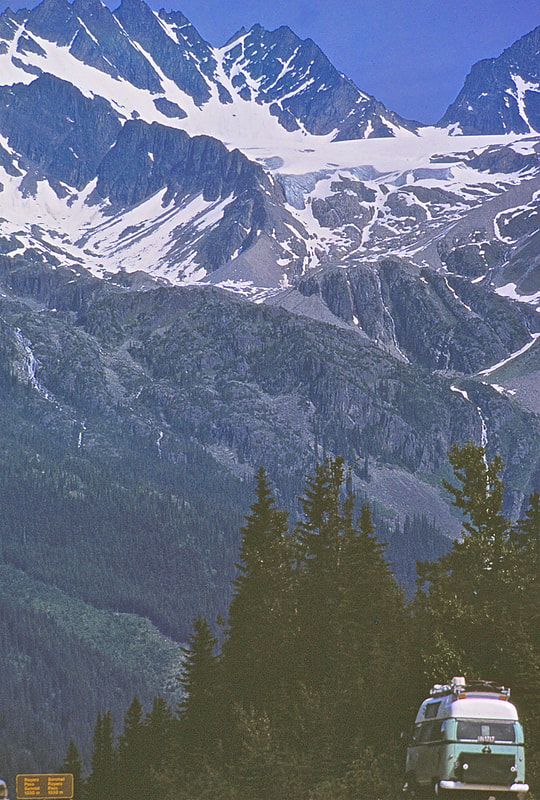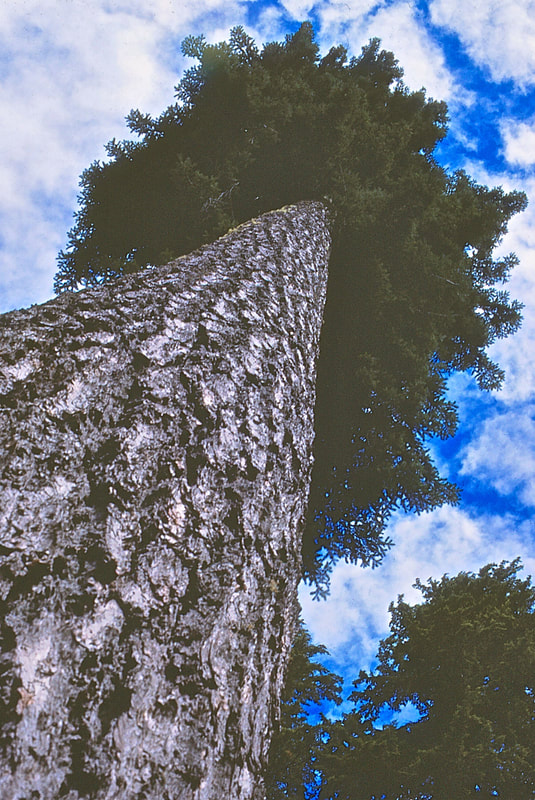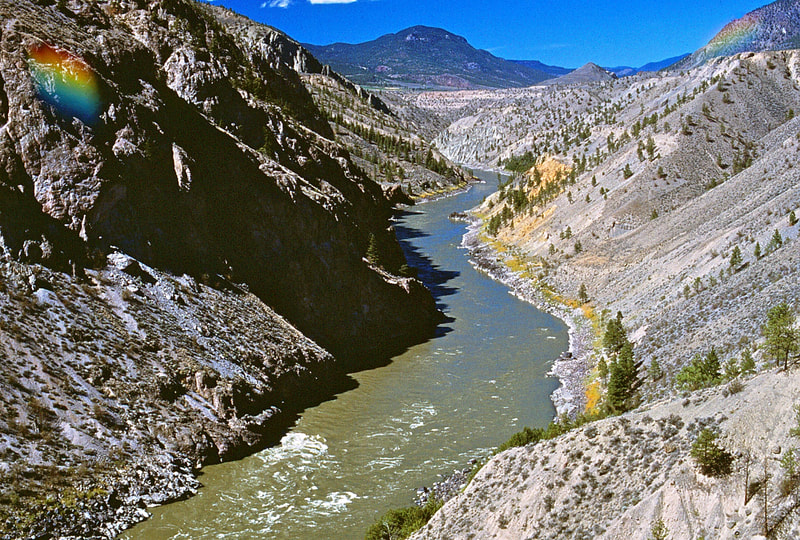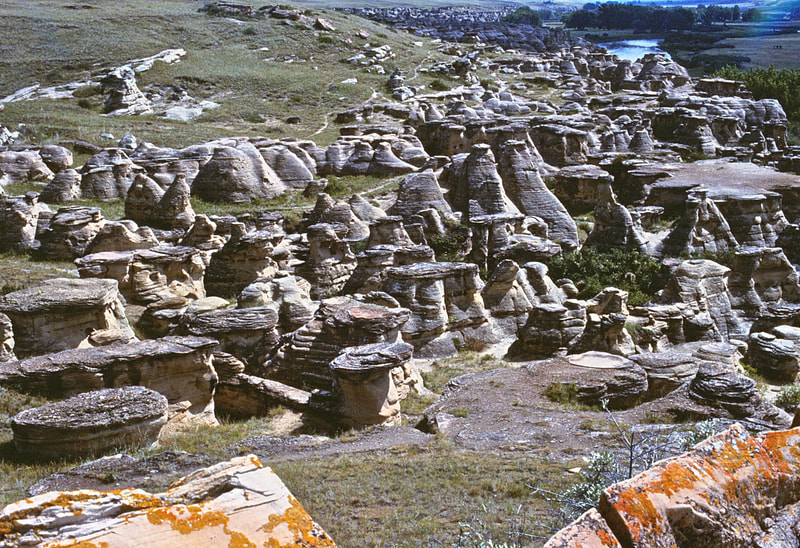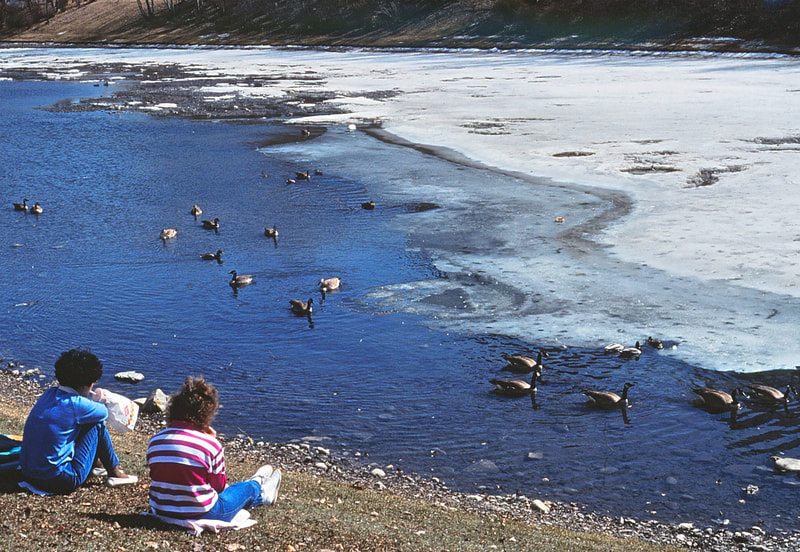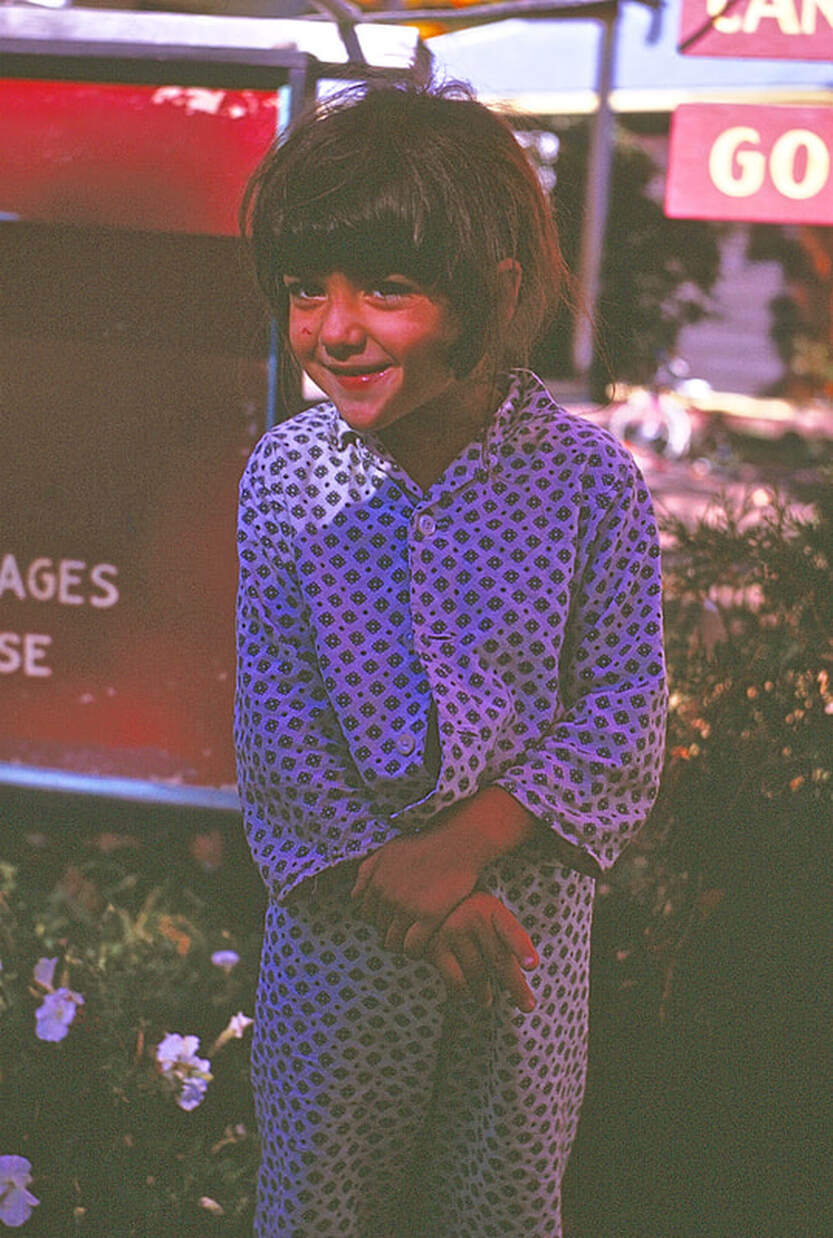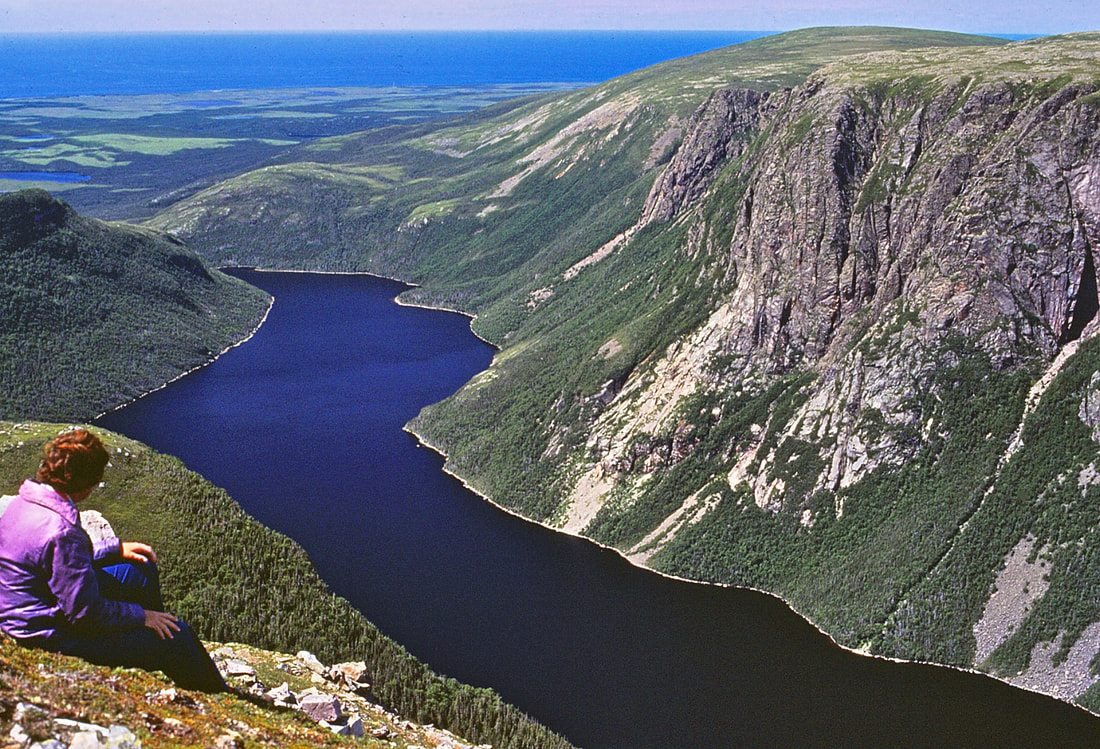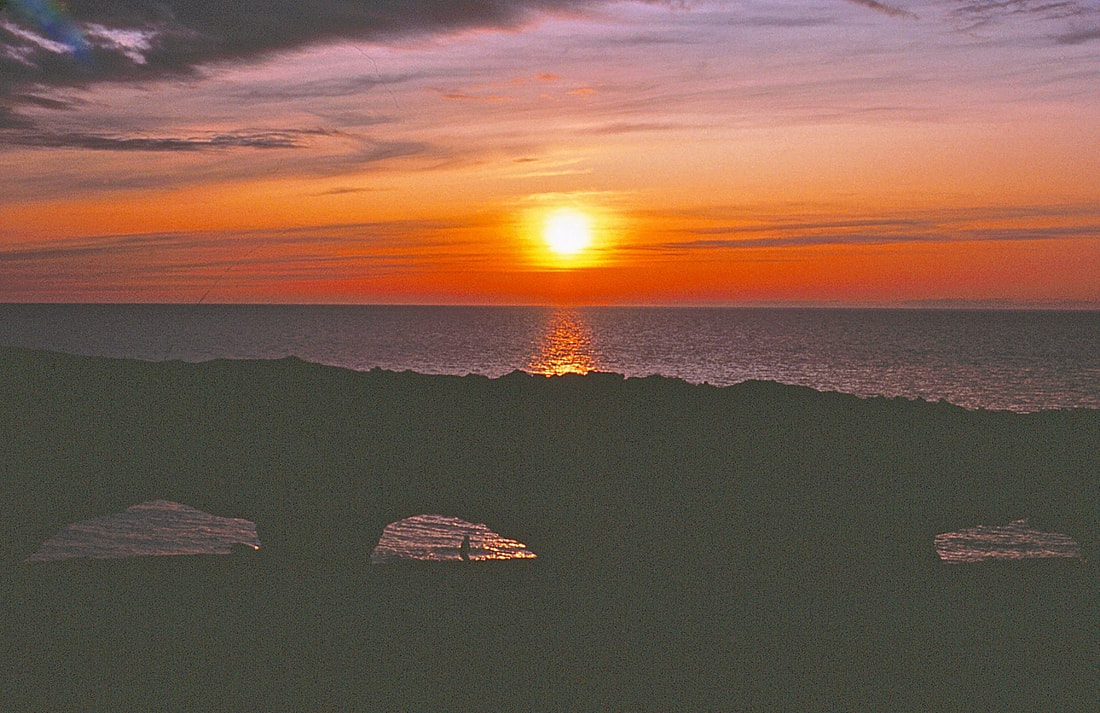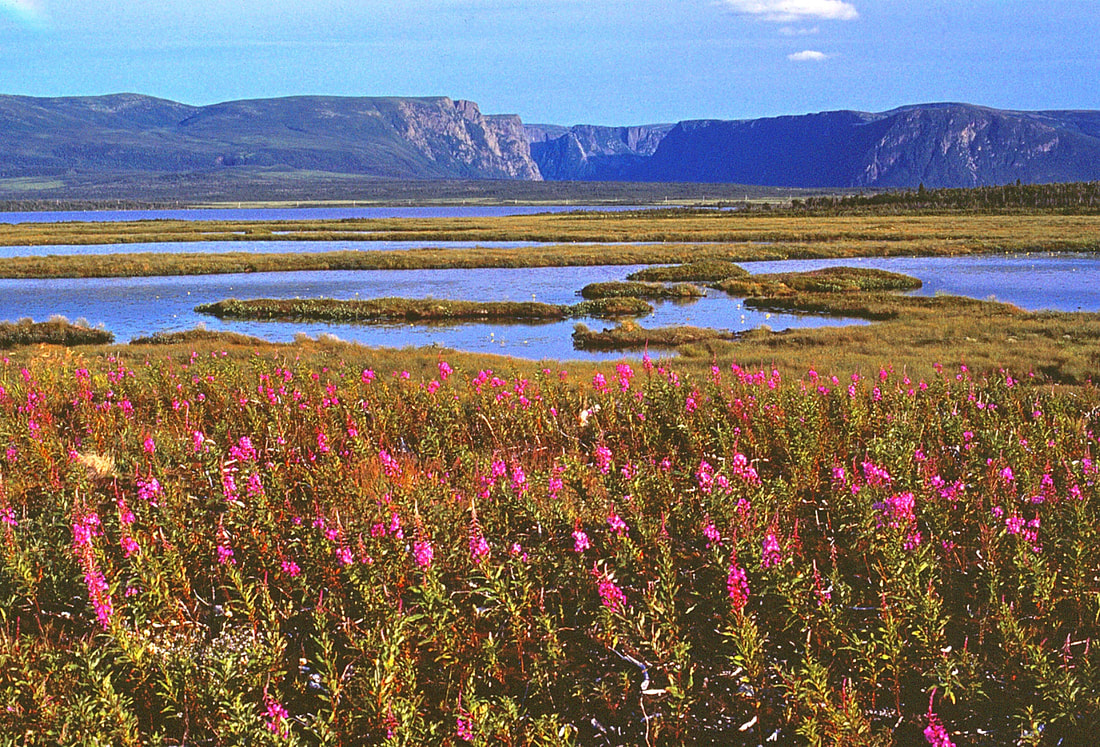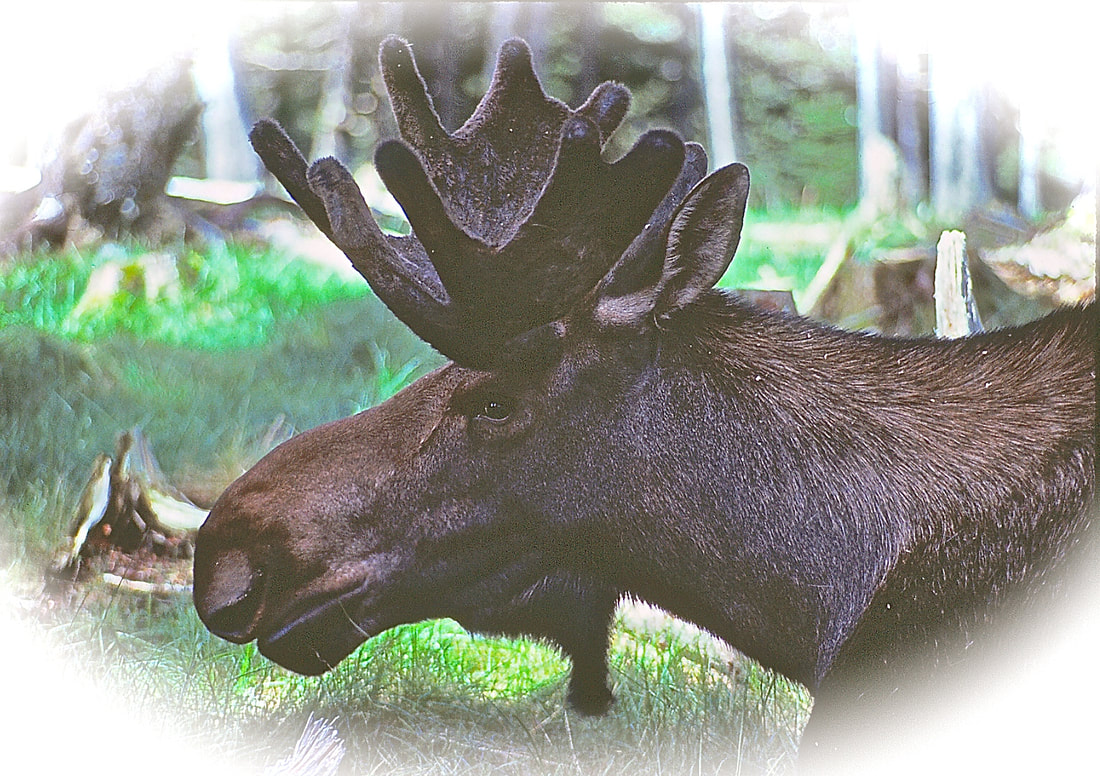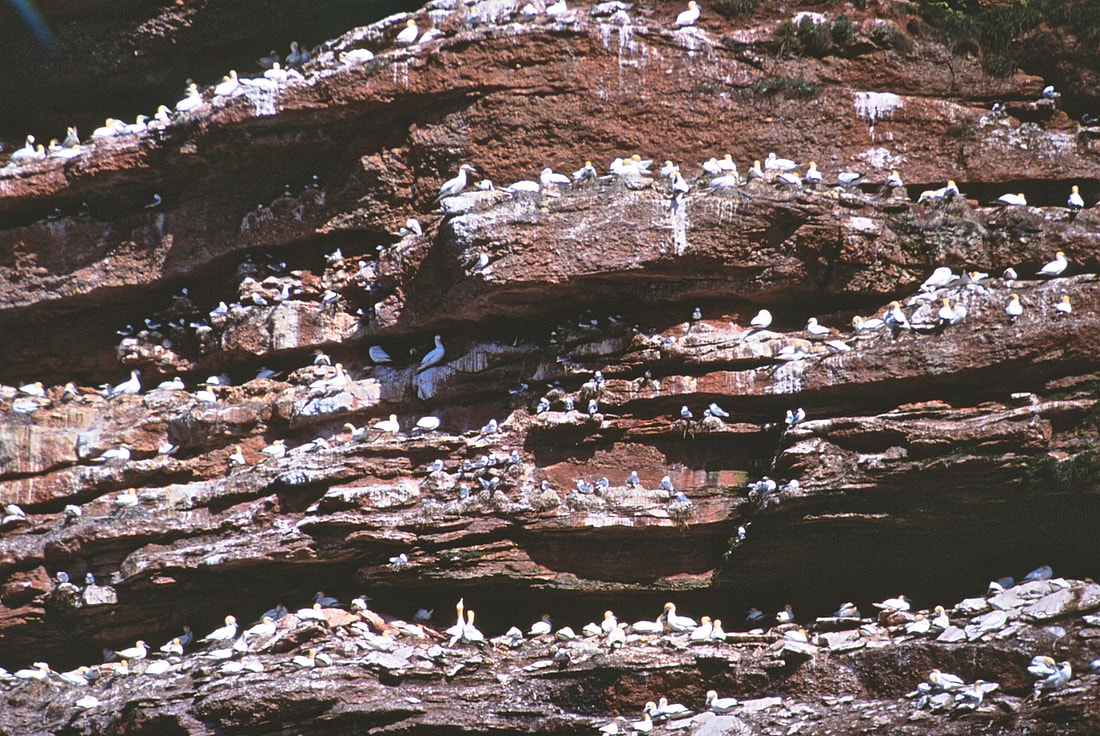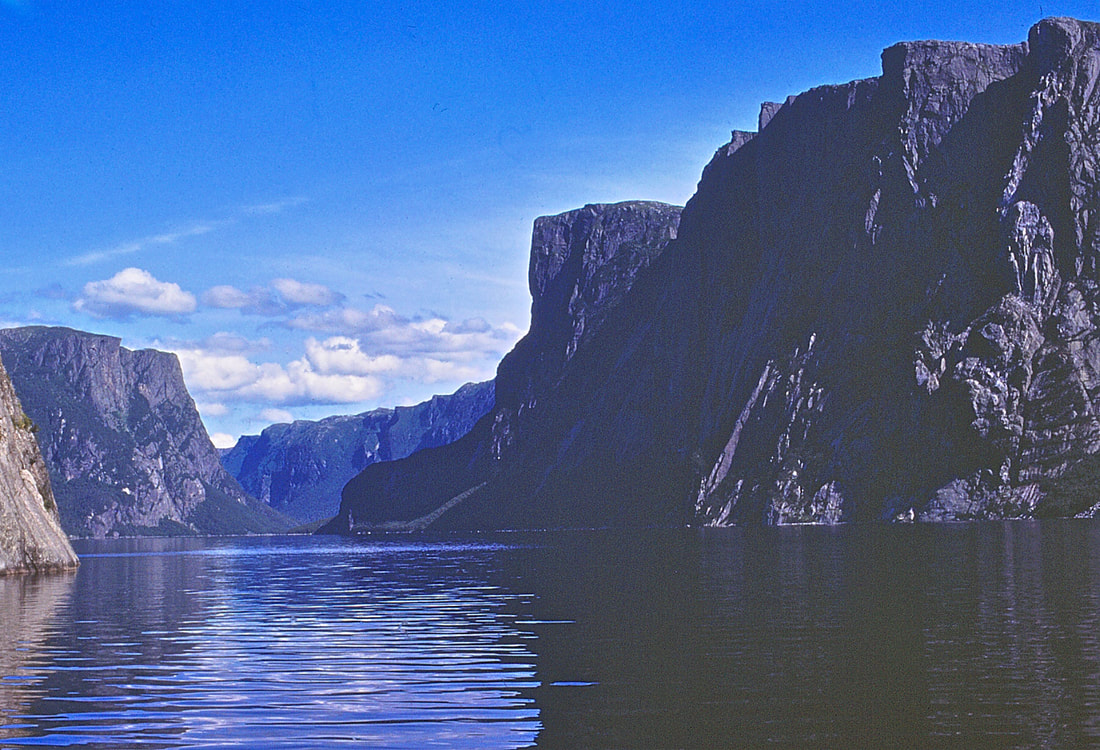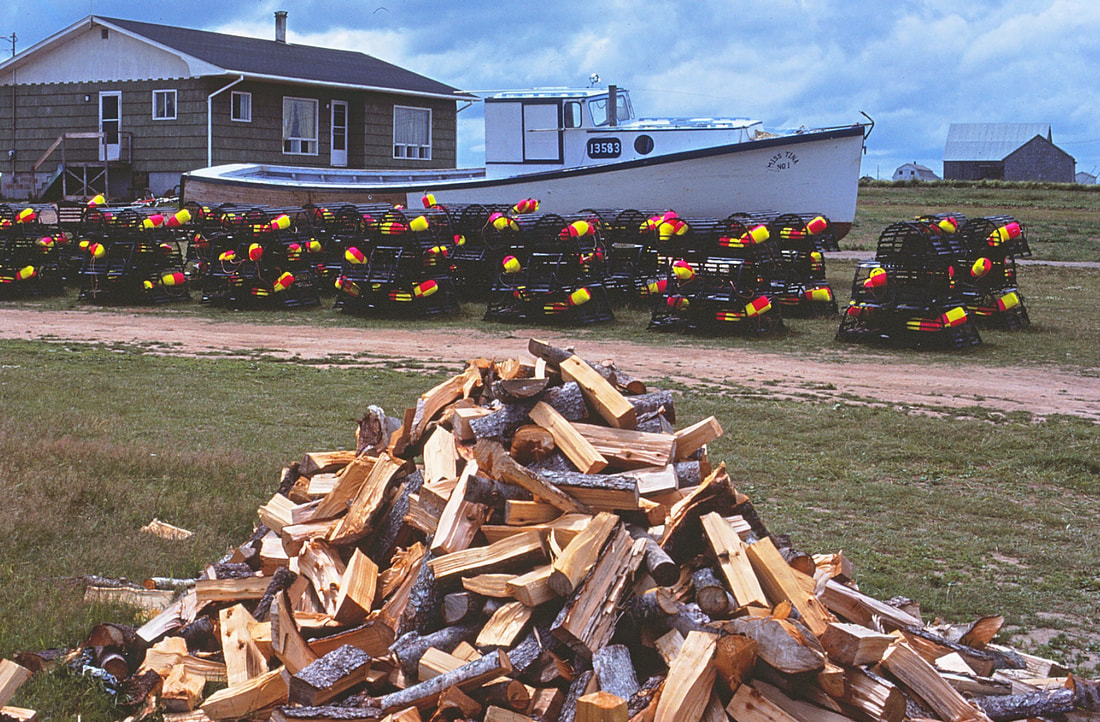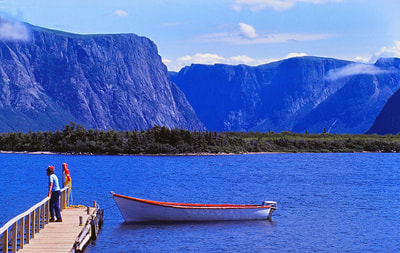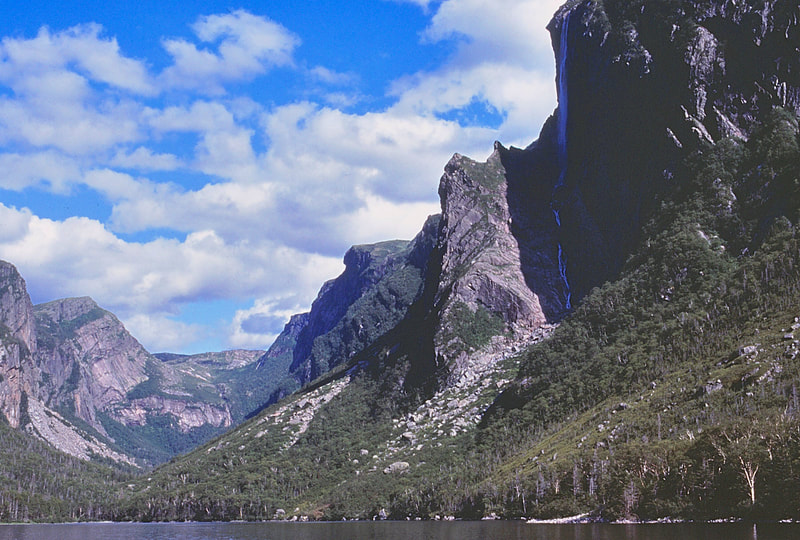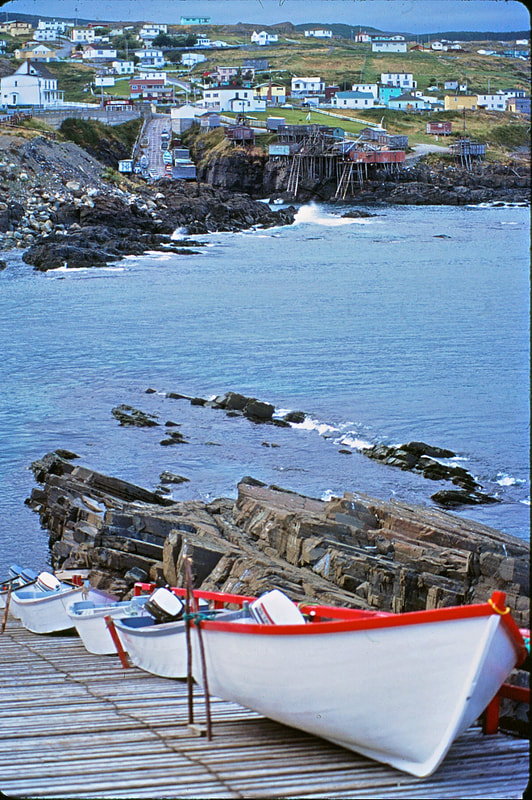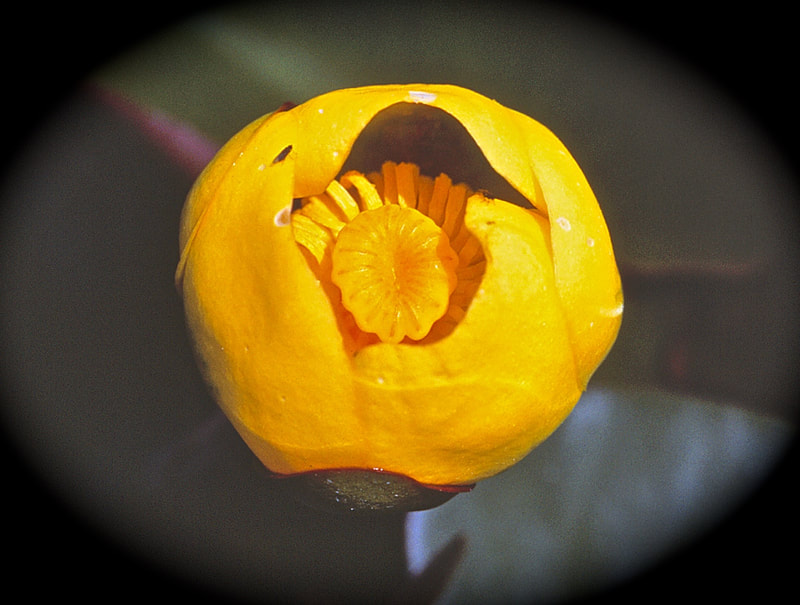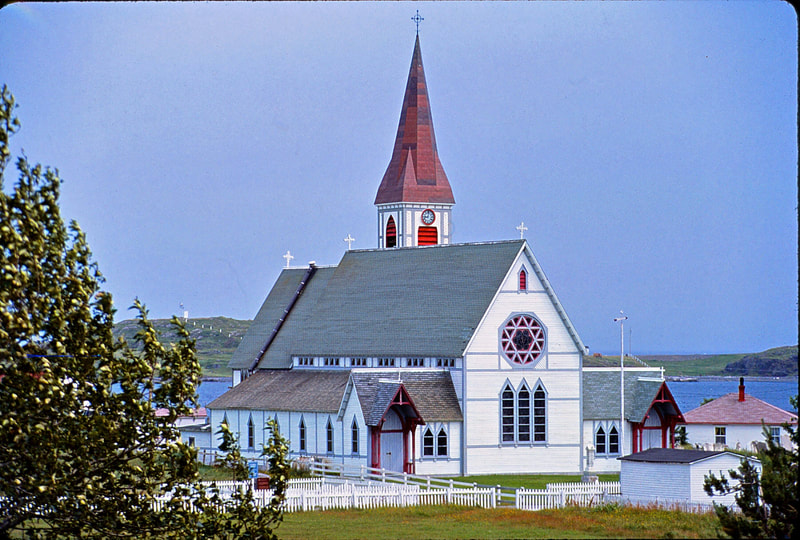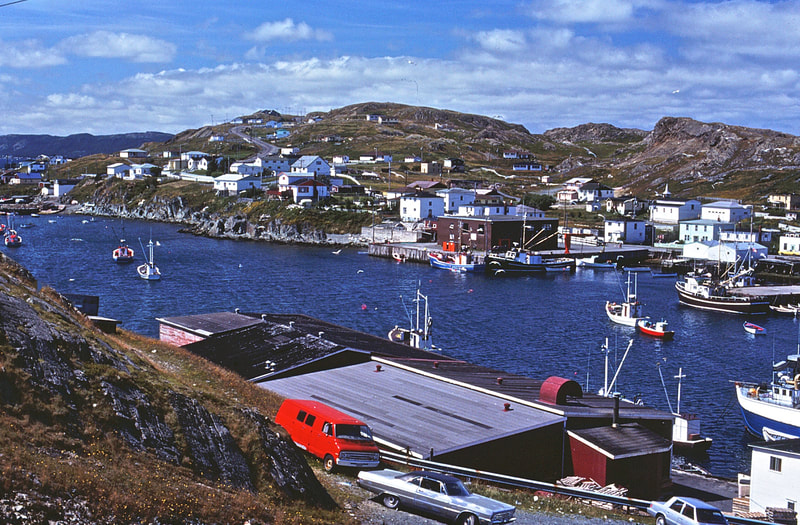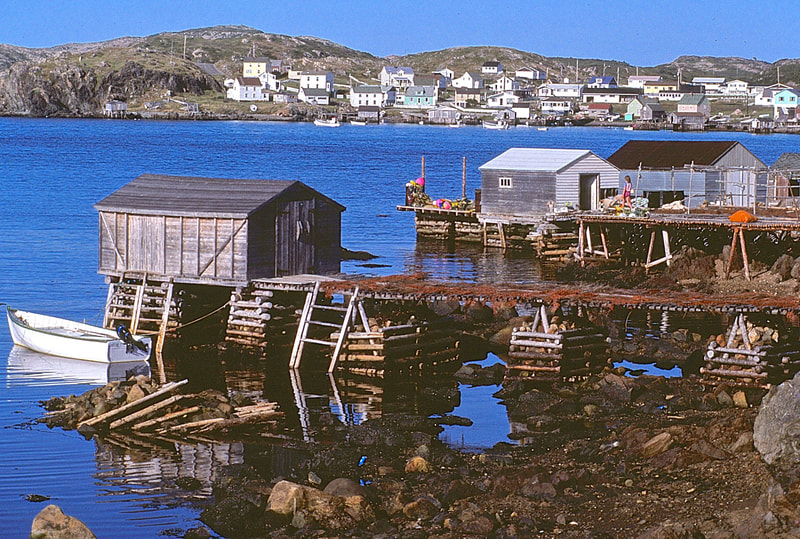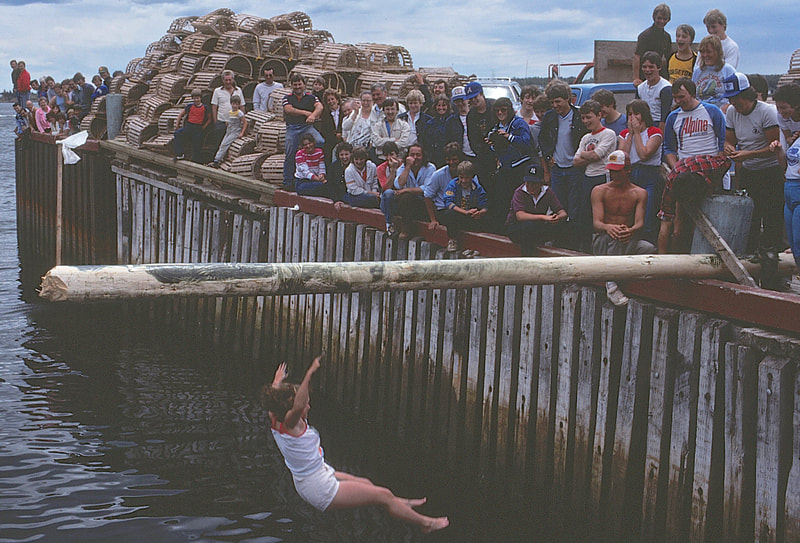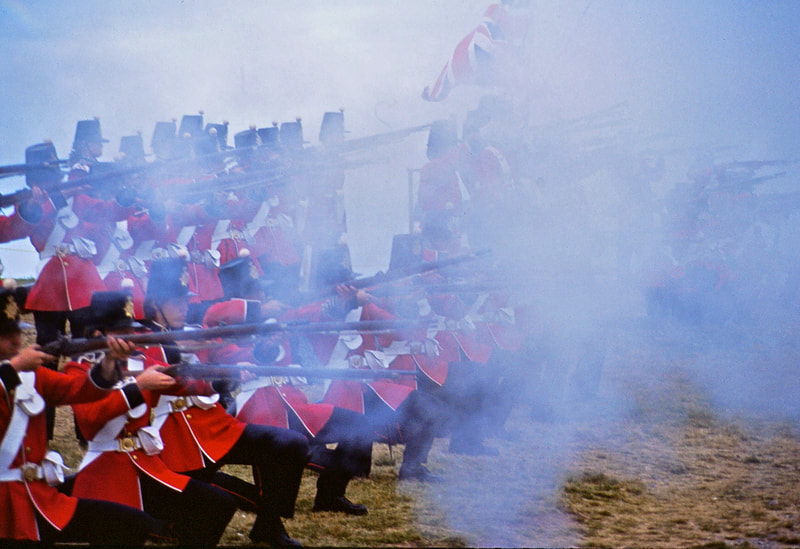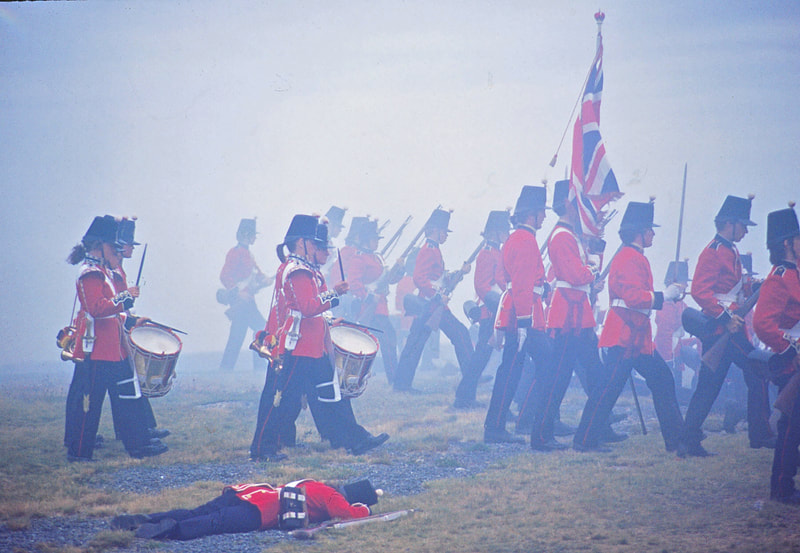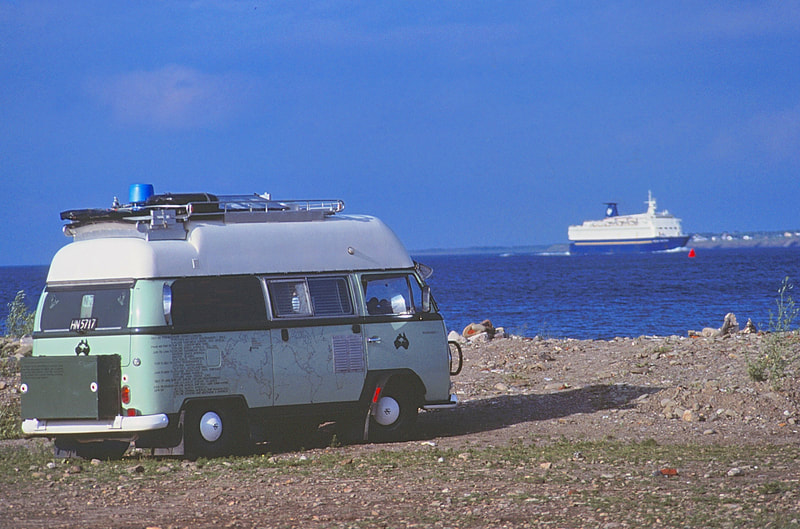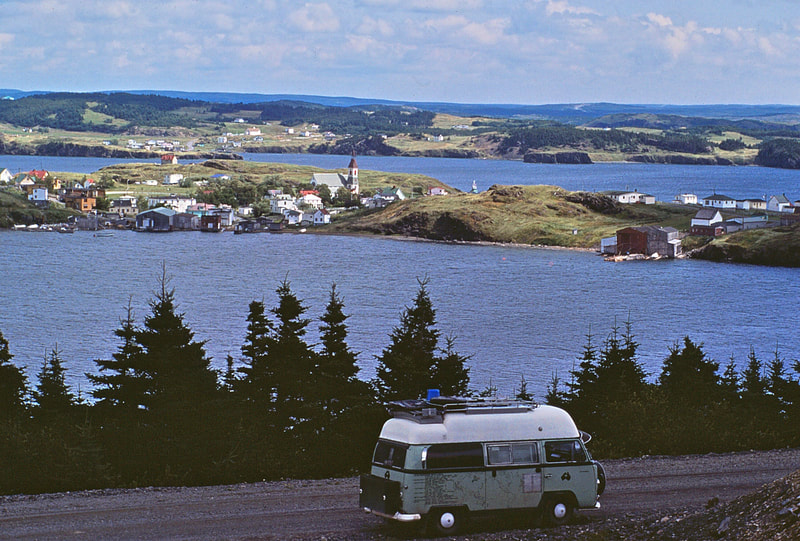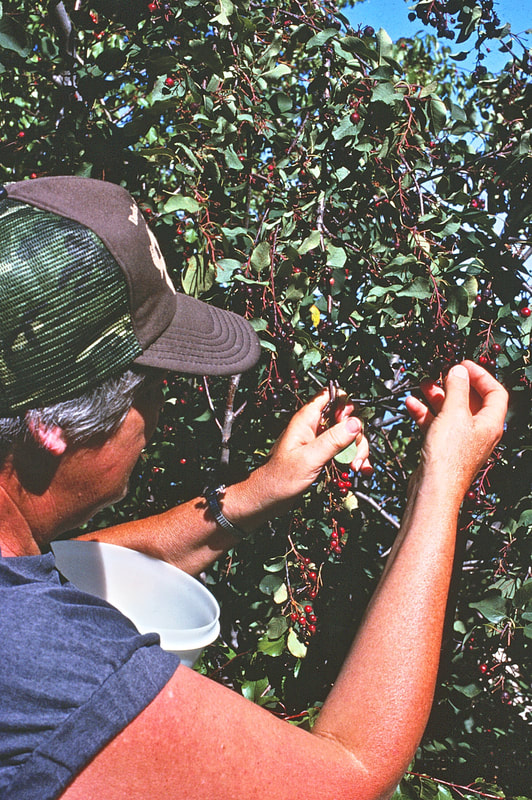This is a special feature on the U.SA. and Canada and is extensive because we have spent so much time touring them.
UNITED STATES OF AMERICA It’s a marathon task to even try to include the U.S. of A in this website with the detail it deserves. Wendy & I have spent nearly two years touring this country in our RR1/RR2 campers exploring from Alaska’s far northern town of Deadhorse (terrible road) to the southern most town in the Continental U.S.A.,.Key West, and we took hundreds of photos along the way. The variety of what there is to see in the U.S.A is phenomenal to say the least and with a well developed road system for exploring it as well; USA can be inspiring providing you plan well to avoid the extreme seasonal challenges and holidaying crowds. True, America as we will call it, does not have Europe’s wonderful long history and antiquities to fall back on but taking into account Hawaii, Alaska and Puerto Rico, Continental Europe falls a long way short of the amazing variety of topography the U.S.A has to offer ranging from one of the hottest-coldest, highest-lowest and driest-wettest places on the planet. Avid lovers of nature and hiking, we walked hundreds of miles of trails in the National Park system, the very best developed of its kind in the world and did so at a time when the sight of a foreign plate was a novelty to Park Rangers who extended us camping privileges that would be impossible to achieve today and also, at that time, Park entrance fees were waived for overseas visitors. Nowadays, the whole Park system is far more rigorously controlled because tourism has developed ten fold since our first visit there. Paying to enter, park your car or camp overnight in Nat. Parks is commonplace today I’m afraid but in our times travelling there, we did none of that.
UNITED STATES OF AMERICA It’s a marathon task to even try to include the U.S. of A in this website with the detail it deserves. Wendy & I have spent nearly two years touring this country in our RR1/RR2 campers exploring from Alaska’s far northern town of Deadhorse (terrible road) to the southern most town in the Continental U.S.A.,.Key West, and we took hundreds of photos along the way. The variety of what there is to see in the U.S.A is phenomenal to say the least and with a well developed road system for exploring it as well; USA can be inspiring providing you plan well to avoid the extreme seasonal challenges and holidaying crowds. True, America as we will call it, does not have Europe’s wonderful long history and antiquities to fall back on but taking into account Hawaii, Alaska and Puerto Rico, Continental Europe falls a long way short of the amazing variety of topography the U.S.A has to offer ranging from one of the hottest-coldest, highest-lowest and driest-wettest places on the planet. Avid lovers of nature and hiking, we walked hundreds of miles of trails in the National Park system, the very best developed of its kind in the world and did so at a time when the sight of a foreign plate was a novelty to Park Rangers who extended us camping privileges that would be impossible to achieve today and also, at that time, Park entrance fees were waived for overseas visitors. Nowadays, the whole Park system is far more rigorously controlled because tourism has developed ten fold since our first visit there. Paying to enter, park your car or camp overnight in Nat. Parks is commonplace today I’m afraid but in our times travelling there, we did none of that.
l'll begin by loading page size photos of our greatest love of the USA that being the National Parks with their gloriously blue skies and unbelievable colours, especially those in the canyon-lands although that will be better covered in the "On the Trails" feature of this website. I will be following up with written commentary later, look for the three lines UNDER each pix. I shudder about the thought that my work is destined to end up minimized and scrolled through on a "Smart" phone or the like; on my 29 inch Mac/PC, they look impressive......sign of the times?
If we drove to any viewpoint at Bryce Canyon National Park in southern Utah, and then did nothing but gaze at the crimson-colored hoodoos and spire-shaped rock formations, we could stay there all day just admiring the glory of it. However, better to hike down into this giant natural amphitheater created from millions of years of erosion and explore the strange world of arches, windows & glowing orange spires, (below).
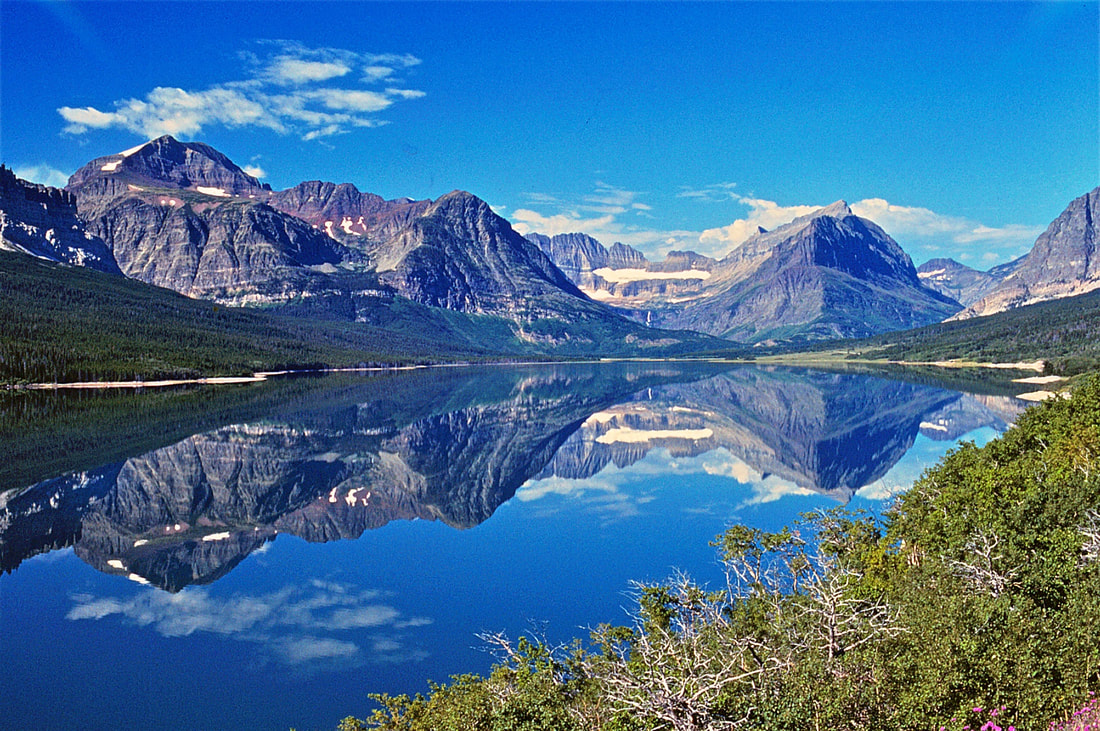
Glacier National Park in Montana's Rocky Mountains is one of our favourite places to visit in the USA; it's got everything, 700 miles of hiking trails, hidden Lakes, glacier carved peaks, fantastic wildflower meadows (watch for grizzly bears). The "Highway to the Sun" access road from the East can have up to 80 feet or 24 m of snow at Logan pass, one of the most difficult alpine roads in North America to snowplow. (Below) Wendy appreciates a warm cup of coffee in "iceberg Lake", one of the many hiking trails in Gladier Park.
Monument Valley is not a National Park but a Navajo Indian tribal Park on the Utah/Arizona border and without doubt, contains some of the most photographed scenery in the United States. Long before the park became tourist saturated & strictly controlled, we wild camped 2 nights there and hiked trails (see below) without seeing a soul; it is a hauntingly beautiful, historic area.
Mount Rainier Nat. Park heralds our favourite mountain in the USA. The bulk of it is awesome; at 14,410 feet it is one of the highest in the U.S. and very heavily glaciated. An amazing road with fabulous glacier views encircles the mountain with views of other volcanoes along the way. Most memorable were the waist high, alpine wildflowers while hiking.
To finally see the 300 foot high Rainbow Bridge, highest natural arch in the world, was a dream come true and we didn't have to hike a trail for two days to reach it. Now part of the Glen Canyon National recreation area in southern Utah; yes Wendy is in the picture but hard to see because of the scale of her surroundings, look for the yellow asterisk and she is standing below and to the right of it. You can take a boat across Lake Powell to reach the National Monument and get within 2 miles of the bridge and the winding boat route through partly submerged canyons is a scenic bonus aw well. At times we thought we weren't going to make it and that our boat and would get stuck in some of the narrow waterways but of course our helmsman knew exactly what he was doing even with inches to spare; the two photos below indicate what I mean
We knew that the volcano filled lake in Oregon State’s Crater Lake Nat. Park, was going to be blue but when we reached the edge of the crater rim for the first time, it took our breath away, it was truly a mirror of the sky. Yes there is a 7 mile Road that circumnavigates the crater but we were so taken with this wonder, we chose instead to walk the rim of what has to be one of the most beautiful sights in the United States.
If the opportunity arise, I think we would return to Canyonlands National Park in southeastern Utah for a winter season and retackle the hundreds of miles of trails in this wilderness of countless canyons and fantastically formed buttes carved by the Colorado River and its tributaries. Exploring Island in the Sky, The Needles, The Maze, and the rivers themselves could take forever for each are so different.
Yellowstone Nat. Park is so big it spreads into three states, Wyoming, Montana and Idaho. We returned three times to Yellowstone and even then, barely got to know this amazing 3,500-sq.-mile wilderness sitting atop a volcanic hot spot full of dramatic canyons, alpine rivers, lush forests, hot springs, gushing geysers and home to hundreds of animal species, including bears, wolves, bison, elk and antelope. The primary attraction of Yellowstone is of course it's thermal areas and I have included at least three examples of these but really, there is such a variety of things to see here and the colours are awesome as indicated by my waterfall picture number four.
This sunset hued picture of the 64ft. high freestanding “Delicate Arch” is one of the most treasured in our photo collection. Arches National Park in the state of Utah covers some 120 sq miles of natural sandstone arches, highest density of arches in the world, more than 2,000 in fact all set in a mile high desert landscape that never failed to fascinated us on every trail we explored; a hiker's paradise of magical sights.
Volcanoes have always fascinated me and the USA’s Cascade Range has several of them. California’s Lava Beds Nat. Mon. has the largest total area covered by a volcano in the range and accordingly, has a great variety volcanic formations to explore, including fumaroles, cinder cones, spatter cones, pit craters, hornitos, maars, old lava flows, and monster lava tubes miles long if you have the inkling to explore them.
We arrived late one night with fresh snow on the ground at the rim of Utah’s Cedar Breaks National Monument; we near froze overnight and little wonder since the escarpment sits at over 10,000 feet and looks down into a half-mile deep geologic amphitheater. We camped on the rim for two days and hiked trails past timeless bristle-cone pines, across lush meadows of wildflower and through sub-alpine forest.
Mount St Helens in Washington State was a beautiful sight (above) with its pristine Spirit Lake lying at its feet; that is, until May 18, 1980, when the volcano blew its top, devastated 230 square miles of forest and dumped many thousands of fallen trees into the lake. We visited the National Monument a few years later and were awestruck by the fact that the entire area still looked like it had just experienced a nuclear explosion (see pix). Most amazing of all was what was left of the mountain (below) and how much of it had disappeared.
We found Arizona’s Petrified Forest National Park quite fascinating as we wandered for miles through “Badlands” strewn with the remains of fossilized, fallen trees that lived in the late Triassic Period, about 225 million years ago. Especially when wet, the colours of the exposed fossil add even more colour to an already variegated area known as the “Painted Desert,” part of a Navaho/Apache tribal lands. I feel that I cannot leave this area until I include at least two photographs indicating the wonderful colouring of the petrified wood that has been revealed to us in this day and age by simple erosion; to bring out the colour more in these photographs, I poured water over them to wash off the desert dust, it made a big difference.
There is really no other place in the USA like Olympia Nat. Prk. in Washington State with its incredible range of precipitation and elevation; there is nearly a million acres of wilderness to explore here that includes 70 miles of coastline, glacier-capped mountains and forests deluged by 150 inches (380cm) of rain each year. Hike a trail in this park's rain-forest and you will feel like you are on another planet.
Arizona’s Grand Canyon lives up to its name averaging 16ks across, 1.7k deep and 446ks long; it’s a fascinating place especially if you descend into the canyon and witness firsthand the millions of years of geological history revealed there. We first visited 40 years ago with RR1 and camped unhindered on the north rim. Returned twice since in winter to avoid the masses; one cannot tire of this magnificent place.
The Great Smoky Mountains National Park, straddling the border between North Carolina and Tennessee states, is great hiking country and we got our best bear pictures here. Forest trails led us through an abundance of wildflowers, past streams, rivers, hidden waterfalls and even along part of the renowned Appalachian Trail. Pictured here from Clingman's Dome summit, it’s easy to see why they are called smoky Mts.
Zion National Park in Southwest Utah is a truly amazing place distinguished by its steep red cliffs but it doesn't end there, the park includes high mountains, marbled canyons, buttes, mesas, monoliths, rivers, slot canyons, and natural arches; in other words, you could spend forever in this place and still not get to see it all. Zion is one of the great wonders of the world. (Below) Wendy tackles the last few feet of "Angels Landing", the most notorious hike in the Park; precarious at its best, the climate has claimed a few lives over the years.
White Sands National Monument in the state of New Mexico sits at 4,235 feet (1,291 m) in the mountain-ringed Tularosa Basin home to 275 sq miles of white sand dunes composed of gypsum crystals. The gypsum dunes are the largest of its kind on Earth and that is why we had to go and see them for ourselves but we did it in mid-winter because the white sands can fry you alive with 40 Celsius degrees in the summer.
I can't leave this National Park section without including Mt. Baker-Snoqualmie National Forest, part of the Oregon-Washington "Volcano Alley." Shown here reflected in Mirror Lake, snow and ice-covered Mount Baker is the highest peak in the North Cascades (3,286 m or 10,781 ft) and the northernmost volcano in the conterminous United States and also, a great hiking area.
Entrance and use of the Canyon De Chelly Nat. Monument in northeastern Arizona is strictly controlled now by the Navajo people but 40 years ago we entered freely and roamed unhindered through ruins of the early indigenous tribes that lived in the canyon thousands of years ago, a moving experience in something so old. Pueblo/Anasazi once lived here and a guide is mandatory to visit their ancient homes today.
California/Nevada’s Death Valley is the hottest (134F/56.7c) and driest of the National Parks but if you visit in winter, you’ll need a warm jacket to explore a surprisingly diverse environment of salt-flats, sand dunes, badlands, valleys, canyons, and mountains. Here, Wendy perches a mile above Saltwater basin, (282 feet below sea level) and looks across to 11,049 ft Telescope Peak, an amazing elevation extreme.
The rugged beauty of South Dakota’s 244,000 acre Badlands National Park is a sight to see with its colorful layered rock formations, steep canyons and towering spires. Giant saber-toothed cats and rhino once roamed here but we only managed to encounter Bighorn sheep when hiking trails here although we kept thinking about those big cats and made sure we got out before nightfall; it's easy to get lost here.
A serene scene but a alligators may lie under that still, water. Most national parks preserve unique geographic features but the 1.5 million acre Everglades National Park has one of the strangest. Actually a network of wetlands fed by a river flowing about a half kilometer a day out of Lake Okeechobee, it's a fascinating place to explore and we saw lots of wildlife here but missed out on seeing the elusive Florida panther.
Less known and visited, Capitol Reef Nat. Park, set in the heart of Utah State’s desert country, ranks very high within our memories for its layered golden sandstone canyons and contrasting red rock formations. Definitely one of our favourite parks to explore and wild camp, the area is jam packed with natural bridges, domes, variegated cliffs and towering monoliths not unlike Arizona's "Monument Valley.
Okay, it’s not a National Park or Monument but when it comes to unobstructed views of a scenic, rugged, coastline that has you wondering what’s around every bend, the 240 mile (386k), wonderfully winding, Pacific coast drive between California’s Monterey south to Santa Barbara, ranks very high in our coastal drive experiences; few routes we know deliver like this one and it's worthy of a mention here. Okay, the USA's west coast may not be able to compete with Australian or South African beaches but it's not hard to find one to yourself (below)......
When Americans talk National Park, it will likely be California’s Yosemite, famed for its Bridalveil Falls. More than 4 million vacationers visit Yosemite every year but only a small percentage come to grips with the Park’s vast 1,200 sq. mile wilderness of granite cliffs, glaciated valleys, mountains, lakes, giant sequoia trees, glaciers and waterfalls. As the picture shows, there is a lifetime of hiking to be had here.Yosemite National Park is most likely the best known of the American National Park system and is frequently visited throughout the year. Heavily glaciated at one Time the terrain in this park is famed for its waterfalls and unique rock formations one being the 3000 foot granite monolith known as El Capitan or “El Cap.” This sheer 2700 foot vertical face of this mountain is probably the most famous rock climbing challenge in the world and many have died doing it. If you have good eyes and look closely enough you can see a climber partly way up the face in my picture. Many take two days at least to climb the face and sleep overnight in a hammock slung from the face and securely (hopefully) attached to the rock face. It’s truly an amazing sight to see and worth a visit to the park just to spot the climbers. One man is famed throughout the world for climbing the face freehold without ropes in a single day…… Incredible!
They call it “The Great Land” and National Parks don’t come any bigger than Alaska’s 6 million acre Denali National Park. We drove the Alaskan highway to see the Park’s 20,310-ft. high Mt McKinley, America’s highest but had to wait for 5 days to see it. During that time in 1970, we free camped and roamed unhindered across tundra terrain and saw our fair share of moose, caribou, wolves and grizzly bears

Joshua Tree National Park is a 3200 sq. kilometer protected area in southern California. We loved it for its ever present blue skies and stark, remote desert landscapes sprinkled with strange, twisted, bristled Joshua trees. Long-time cactus enthusiasts ourselves, the park straddles the cactus-dotted Colorado Desert and the Mojave Desert, which is higher and cooler as we found out when our water cooler froze overnig
BEFORE THE GALLERY, JUST A FEW PIX OF THE GLORIOUS SPECTACLE THAT IS N.EAST U.S.A IN AUTUMN.
USA GALLERY
Hope you enjoyed the National Park introduction to this United States feature, it truly is an amazing part of the world isn't it? But we have only scratched the surface of this nation and must move into a "GALLERY" mode to handle the many more sights & scenes to come. Click on the waterfall to start the show and then move through the gallery using the arrows provided in the pictures, easier though to use your keyboard arrows. I will be putting a short commentary on each when my time allows, in the meantime try browsing through the many facets of U.S.A..
Hope you enjoyed the National Park introduction to this United States feature, it truly is an amazing part of the world isn't it? But we have only scratched the surface of this nation and must move into a "GALLERY" mode to handle the many more sights & scenes to come. Click on the waterfall to start the show and then move through the gallery using the arrows provided in the pictures, easier though to use your keyboard arrows. I will be putting a short commentary on each when my time allows, in the meantime try browsing through the many facets of U.S.A..
JANUARY-2018. THAT ABOUT DOES IT FOR THE USA GALLERY, NOW LETS GO TO ALASKA!
ALASKA
Often referred to as "The Great Land" and indeed it is which qualifies it for special treatment in this Gallery. Alaska is the largest state in the United States by total area at 663,268 square miles (1,717,856 km2), over twice the size of Texas, the next largest state. Alaska is larger than all but 18 sovereign countries. Counting territorial waters, Alaska is larger than the combined area of the next three largest states: Texas, California, and Montana. It is also
home to 20,310 ft (6190.5 m), Mount McKinley (Denali), the largest and highest mountain in the continental USA.
Often referred to as "The Great Land" and indeed it is which qualifies it for special treatment in this Gallery. Alaska is the largest state in the United States by total area at 663,268 square miles (1,717,856 km2), over twice the size of Texas, the next largest state. Alaska is larger than all but 18 sovereign countries. Counting territorial waters, Alaska is larger than the combined area of the next three largest states: Texas, California, and Montana. It is also
home to 20,310 ft (6190.5 m), Mount McKinley (Denali), the largest and highest mountain in the continental USA.
The Alaskan highway was completed in 1942 at a length of approximately 1,700 miles (2,700 km), as of 2012 it is 1,387 mi (2,232 km) long. We were glad we tackled the “Alcan” back in 1969 when it was a true adventure to travel this rough gravel highway to Fairbanks. It was a true wilderness experience with little traffic and very few facilities.
Not prepared to risk our precious RR1 on such a journey, we tackled Alaska as we did Australia in our early travel days by converting a vehicle into a make-ship camper and set off with the basics but with great attention to mosquito proofing. Since that time, the highway has been paved and tourism has taken hold of Alaska in a big way…more’s the pity, we loved it for the (pix 2), gravelled, potholed, dusty, sparsely travelled road that it was once.
Yep, Alaska loves its gold rush history and there's plenty in Fairbanks To remind you of those days (pix 1/2/3/4) have a whisky in the saloon, sell some gold dust, board an old Paddle Steamer or learn how to pan for gold dust.
YEP, FAIRBANKS WAS INTERESTING BUT AS ALWAYS, IT WASN'T LONG BEFORE WE HIT TH ROAD AGAIN.
The ultimate reward for any visitor to Alaska and even a reflection to boot! Camping at will, we virtually had Denali National Park to ourselves but still had to wait for 5 days to see Mount McKinley (Denali), North America’s highest mountain; with a summit elevation of 20,310 feet (6,190 m) above sea level and a topographic isolation of 4,629 miles (7,450 km), McKinley is the third most prominent and third most isolated peak in the world after Mount Everest and Sth. America’s Aconcagua. Lots of wildlife in those days but we never got to see a Kodiak or Polar bear except in a museum and even there, they were still scary. However, we did see lots of wildlife way back in our time there and we'll feature some of them at the end of this special feature.
Alaska holds a special place in our long list of memories, more-so perhaps because there were so few tourists when we visited 47 years ago and also, camping out at will got us closer to the land with its ups & downs. However, to really come to grips with the country's mountains, glaciers and famous Marine Passage, we sold our Chevy camper home in Whitehorse and took a train (pix 1/2/3) to Skagway, a gold rush town of the past.
Skagway, gateway to the Alaskan Marine Ferry system and a one-horse-town if ever there was one complete with street-side boardwalks, dusty main street and still with can-can shows (pix 2) going on in the "hick" saloon (see below); well, at least when we were there anyway, no doubt it's full of gift shops, restaurants and snack bars by now………..sigh!
When Alaska comes up in a conversation, you will sooner or later hear some reference to its famed marine “Inside Passage” popular with cruise ships and passengers for the Port's of call along the way like the fishing village Ketchikan (seebelow).
Below: For us, the State run Alaskan Marine Ferry System also provides access to those same Ports of call but with longer opportunities to stop off and access other attractions like flying over snow-capped mountains, clambering on glaciers, floating by colourful icebergs or viewing wildlife. And we certainly can't can’t move on from Alaska without seeing something of all of them.
The Alaskan portion of the Inside Passage extends 500 miles (800 km) from north to south and 100 miles (160 km) from east to west. The area encompasses 1,000 islands, 15,000 miles (24,000 km) of shoreline and thousands of coves and bays. The above pix shows a ferry passenger's view, picturesque yes but take to the air, and you can see in the below pix how much she cannot see.
For the real glacier experience, the Marine Ferry is not the answer; better to take a day cruise into Glacier Bay Nat. Park or better still explore one on foot; perhaps best of all, take to the air and fly over mountains covered with them but we'll get to those later
BELOW: OUR SHIP'S FOGHORN VIBRATING AGAINST A 250 FOOT HIGH GLACIER WALL, LOOSENS TONS OF ICE INTO THE SEA
AS I SAID EARLIER, BETTER STILL TO EXPLORE A GLACIER ON FOOT AND COME TO GRIPS WITH THE ICE.
Below: Still following up on what I said earlier, for the best glacier experience, we fly over ice so deep (1,400-mtres, 4,590 ft.) that only the tops of mountain peaks manage to show themselves above the ice; the Juneau ice field caters to that experience and more so with lots of glaciers and awesome crevasses thrown in for good measure.
1000 ft above this glacier, our pilot tells us that if our plane crashed, it would vanish into any of these crevasses.
There can be no doubt that Alaska is an awesome place to visit which is why I have given it special treatment here over and above other states of the Union but maybe it's time to end our visit there with some of its wildlife that we spotted and got close enough to photograph. In the order of their appearance: caribou, grey jay and ptarmigan, moose, polar & grizzly bear(not the Kodiak), hoary marmot and striped squirrel, ending with American Bald Eagle.
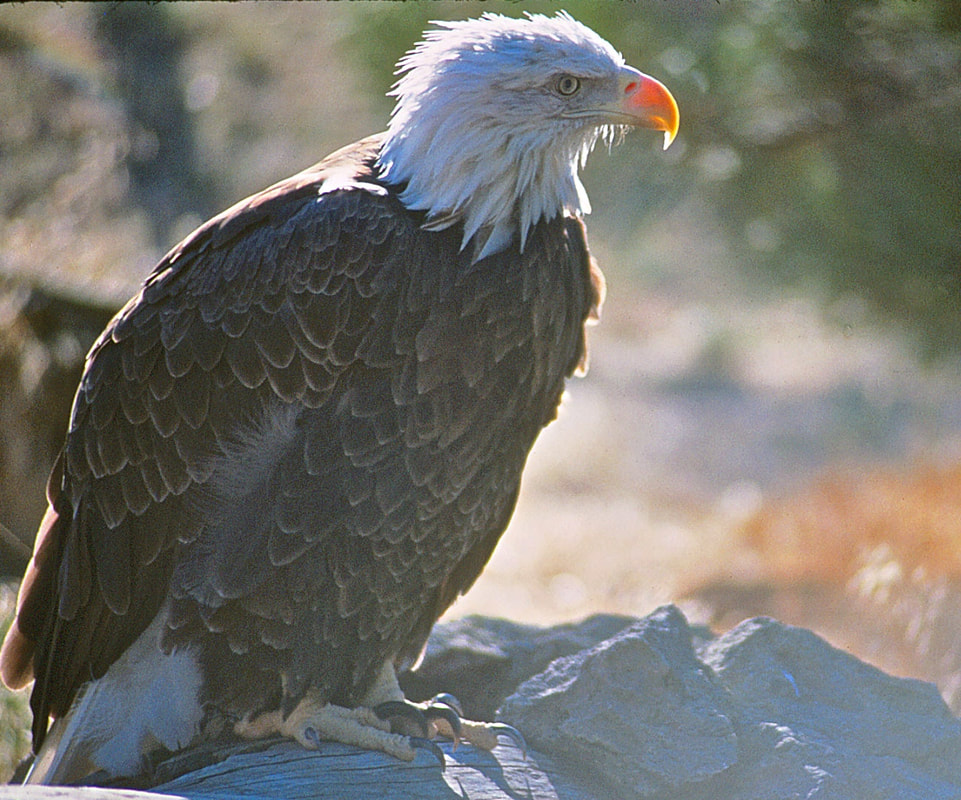
CANADA
Make no mistake, Canada is a big country, its Trans-Canada Highway travels through the ten provinces of Canada from the Pacific Ocean on the west to the Atlantic on the east; at 8,030 kilometres (4,990 mi), it’s one of the longest routes of its type in the world. Canada’s land mass stretches from the U.S. in the south to the Arctic Circle in the north much of which is wilderness but does include vast central wheat growing plains, the world famous Rocky mountain Banff National Park in the west and the equally famous Niagara Falls in the east. We visited Canada twice before settling there; the first time with our RR1 was to immigrate there so as to work a school year but after that, we left to tour the USA, after which we returned to Australia to create RR2. Many years later, we returned with RR2 and explored the county for nearly a year, a piece of cake compared to the USA because of the small population distribution across the great distances involved. Many is the time we have crossed back into Canada after holidaying in the USA and breathed a sigh of relief as the pace of life slows to a crawl and wide open spaces beckon you to tarry by the wayside. Yes we settled in the Rockies because we are/were skiers but our favourite part of this great land is the Maritimes provinces of the East with Newfoundland having a charm and unspoiled lifestyle set apart from the Mainland. Albeit Canadians are overly conservative by nature and also lacking the sense of humour that we grew up with in Australia but all of that combines to make it a safe and secure place to live in. We have learned to love the northern hemisphere and now prefer it to the sub tropical climate of Australia; summers here are delightful and winter is our favourite photogenic time of year.
Make no mistake, Canada is a big country, its Trans-Canada Highway travels through the ten provinces of Canada from the Pacific Ocean on the west to the Atlantic on the east; at 8,030 kilometres (4,990 mi), it’s one of the longest routes of its type in the world. Canada’s land mass stretches from the U.S. in the south to the Arctic Circle in the north much of which is wilderness but does include vast central wheat growing plains, the world famous Rocky mountain Banff National Park in the west and the equally famous Niagara Falls in the east. We visited Canada twice before settling there; the first time with our RR1 was to immigrate there so as to work a school year but after that, we left to tour the USA, after which we returned to Australia to create RR2. Many years later, we returned with RR2 and explored the county for nearly a year, a piece of cake compared to the USA because of the small population distribution across the great distances involved. Many is the time we have crossed back into Canada after holidaying in the USA and breathed a sigh of relief as the pace of life slows to a crawl and wide open spaces beckon you to tarry by the wayside. Yes we settled in the Rockies because we are/were skiers but our favourite part of this great land is the Maritimes provinces of the East with Newfoundland having a charm and unspoiled lifestyle set apart from the Mainland. Albeit Canadians are overly conservative by nature and also lacking the sense of humour that we grew up with in Australia but all of that combines to make it a safe and secure place to live in. We have learned to love the northern hemisphere and now prefer it to the sub tropical climate of Australia; summers here are delightful and winter is our favourite photogenic time of year.
Toronto is the beating business heart of the country and a big city on any standards as we discovered when trying to get out of it; great campsite though, it was RR2's first night in Canad(1983) so we spent the night right there, couldn't get away with that today. 15 years earlier, RR1's first night in Canada was in Montreal (below) again, we found a city view for the night, those were the days!
The people of Canada are very much an ethnically diverse population; Canada's come one come all immigration policies have created a land that has welcomed all race and culture and the many festivals celebrated here throughout the year are Pageants with a great variety of music, song and dance(as above). Predominantly Asian in the West, the city of Vancouver is often dubbed as "Little Japan", Filipinos and Indonesians are also prevalent.
As we did with the USA., I'll first feature some full page images of Canada then move on to a gallery indicating multiple aspects of this great northern land. First up, after a 6-7 early hour ferry (pictured below) trip from Nova Scotia to Newfoundland and a swift unload, we were off exploring this captivating island province; however, II won't stay long on Newfoundland at this time as it is such a special place I will feature it much later with an article and gallery of its own. For now, I will move on from Newfoundland/Labrador and travel west through the other nine provinces. I will pause briefly at each province for a sneak peek at its main features then continue west in that fashion until we eventually reach the Western end of the trans Canada Highway, longest highway of its kind in the world beginning in Newfoundland.
Newfoundland is full of charm with its colourful painted houses, picturesque fishing village coves and friendly people who speak English with an accent unlike those of the mainland.The city of St. John's (above) is mile zero for the great "trans Canada" highway and we will have more about that later.
Labrador is the northerly region of the Newfoundland; it comprises the mainland portion of the province and is home to a number of fauna species notably the Polar bear Ursus maritimus, which reaches the southeast of Labrador on its annual migration.
Nova Scotia is one of the thirteen provinces and territories of Canada. It is one of the three Maritime provinces and one of the four Atlantic provinces. Nova Scotia is Latin for "New Scotland". Most of the population are native English-speakers but its settlement by the "Scots" is evident everywhere throughout the province.
The Château Frontenac hotel is generally recognized as the most photographed hotel in the world, largely for its prominence in the skyline of Quebec City. Quebec sets itself aside from the rest of Canada because it is predominantly French speaking and the longer you stay there the more you feel like you are in France; it is Canada's largest province (1.667 million sq kms). Much of the land features vast areas of sub- Arctic wilderness In the north but in the south, picturesque mountains and lakes are a happy hunting ground for Quebeckers who enjoy lakeside weekend cabin's in the summer and several ski resorts in the winter. Autumn here is quite a spectacle. The Laurentian Mountains are famed for their red Maple trees that turn on a show at this time of year.
With the largest forested areas in Canada, it goes without saying that the province of Québec, contributes greatly to the timber harvested in Canada much of it ending up in the city itself for processing and the St. Lawrence River is a valuable transportation hub.
Quebec's Bonaventure island off the southern coast of the Province's Gaspé Peninsula, has seen 293 different species of birds recorded there or as visiting or living on the island; it is also home to one of the largest colonies of Northern gannets in the world. Perce rock (above) also plays host to bird colonies that enjoy the view from the top of this monolith also located off the Gaspé Peninsula coastline. If the tide is high and the water is calm, it is possible to travel through the archway in a suitable craft.
Prince Edward Island (P.E.I.) is the smallest Canadian province in both land area and population; it has several informal names one being "Garden of the Gulf," referring to the pastoral scenery and lush agricultural land. Canada is not famed for its beaches, especially on its Atlantic side where the water is cold. Because of PEI's location, the water around the island is a little warmer here and that attracts vacationers in the summer time because there are some sandy beaches (below).
Ontario is a province in east-central Canada that borders the U.S. and the Great Lakes. It's home to Ottawa, Canada's capital, known for Parliament Hill’s Victorian architecture ( see below) and the National Gallery, featuring Canadian and indigenous art. Apart from being the seat of bureaucracy, Ottawa has little of interest in the comparison to Toronto, Ontario's capital city, but Ottawa boasts having the second longest skating rink in the world. In winter The cleared length is 7.8 kilometres (4.8 mi) and has the equivalent surface area of 90 Olympic ice hockey rinks.
Canada's province of Ontario is the most heavily populated province in the country mainly because of the capital city of Toronto which covers a huge area making it one of the largest cities in North America. The province also has a large indigenous population that attracted many tourists when they turn out in their finest in summer festivals. Timber production is also very big he because of the provinces past tracts of forest as indicated below.
Get a Canadian talking about hockey and you may never get him to shut up. Ice hockey is number one in this country and the kids start learning early using the city streets (below) in winter to practice their skills at handling a puck. Toronto is also home to the "Blue Jays", (above) a baseball team that has rivaled the promise of many in the USA, home of baseball.
Many is that the night we have camped in Canada's Prairie provinces, reveling in the awesomeness silence there and appreciating also the spectacular canopy of the heavens glowing brightly with a density of stars difficult to find elsewhere in the country. In the absence of cattle,, the only sounds that break the stillness of the night are the "yip-yap-owee"calls of the coyotes. Canada is one of the world's largest wheat produces much of which ends up in China.
In Saskatchewan, the variety of crops grown in this province makes for a colourful panorama that the varies as each mile passes by. Wheat is a big here too and every village that you encounter of any size has its own collection of silos; often colourful, they can be spotted many miles away poking above the horizon. Sadly nowadays they are a dying breed as grains are being loaded directly as train freight.
Alberta provides its share of timber and wheat but Alberta is Canada's beef producing province and with the long winters here, hay baling hay is an absolute necessity.
Alberta's Badlands (above) has provided some of the finest collection of dinosaur bones in the world which are currently on show in one of the best museums of its kind in the world. Alberta is also a leading oil and gas producer province exporting oversees and to the USA.
odeo's are popular in Alberta with trick horse riding as an added feature; it is also home to one of the world's leading equestrian events with competitors from all parts of the world.
enriched by its oil revenue, Alberta's shares some of that with other less fortunate provinces and Calgary (above) is the centre of it all. The city plays host to the Calgary "stampede", one of the best known yearly events held in Canada and people arrive in the thousands from all parts of the world to participate in it.
The parade itself has all the usual array of marching bands that arrived even as far from Calgary as Australia with the the the USA dominating. People lie in the streets for miles to witness the floats passing by with one of the highlights being various native tribes people dressed in all their finery. Apart from the usual fun fair that accompanies these types of events, Calgary is unique with its come one come all free breakfasts (see below) that occur throughout all parts of the city until after the stampede comes to an end, usually after two weeks sometime in July.
Not to be outdone, Edmonton, (above) the provincial capital city hosts its own special event Referred to as the"Klondike days" that celebrates the history of the historic "gold rush" days of the far north. Highlights are the fact that the city residents take that opportunity to dress as they did in that period of history (see below). Unlike Calgary, Edmonton holes a winter festival with ice carvings and dog sled races where everything, including the kitchen sink, can be used as a sled pulled by the dog.
Perhaps what Alberta is best known for, at least internationally, is its two Rocky Mountain National Parks Banff and Jasper. The beauty of these two parks has earned international fame that draws people from all over the world in both summer and winter. The ice field highway can be treacherous in winter (below) and must be treated with respect but regardless, the highway is still a magnetic attraction both winter and summer.
Lake Louise, often referred to as the "Jewel of the Rockies", is just one of the many magnificent lakes in the National Parks here; all of different colours but Louise excels with its jade green waters and hanging glacier at its far end. I will include here two other examples of the scenery typical of the Icefield highway for its 200 mile length.
Jasper National Park played a significant role in our many memories of this area. Both Wendy and I worked as resident caretakers for the Marmot Basin ski resort where we enjoyed, in payment for our services, free skiing, free uniforms, free food and free accommodation. Being first on the mountain after fresh snow falls gave us some of the best skiing conditions we encountered anywhere in the world; the experiences we shared together here, left alone in the upper mountain chalet, rank very high in our travel experiences. The few pictures that follow illustrate the chalet (above) and our time there.
With its milder temperatures and lower elevations, the province of British Colombia is Canada's playground where Canadians enjoy summer vacations west of the Rockies but also, many Canadians choose the province as a place to retire and escape the colder weather east of the Rockies. The province is blessed with an abundance of scenic Lake that beckoned campers in the summer all those BC does have its share of Mountain resorts that offer excellent skiing.
BCs coastal mountain range attracts enough snow to create one of the largest ski resorts in North America; Whistler Mountain and Blackcomb resorts, a short drive from Vancouver, offers some of the longest ski runs in North America and provides facilities suitable for world competition. But the fund is not all in with the winter, British Columbia has many wild rivers that provide excellent white water rafting just to name a few of the attractions that this popular province of Canada provides.
Two of British Columbia's attractions worthy of mention here are the powerful Helmecken falls in the Wells Gray National Park and also, the provinces highest mountain. Mount Robson (below) boasts Canada's great vertical relief over the local terrain; the south-west side of the mountain rises 2,975 m (9,760 ft) to the summit. The north face ois is heavily glaciated and 800 m (2,600 ft) of ice extends from the summit to Berg Lake.
Without doubt British Columbia's greatest attractions is its capital city Vancouver, hailed as one of the most beautifully located cities in the world with its snowy mountain range beyond and facing the Pacific to its west. Vancouver attracts cruise ships from all over the world that include a stay there as a definite must. Yes it does rain a lot here but that doesn't worry the locals who nowadays can barely afford to live there as housing is at a premium. The population here is a jam packed full of affluent immigrants from Hong Kong, Taiwan, Japan and the Philippines to name but a few that have crossed the Pacific from Asia seeking a better life. Every variety of restaurant offering multicultural food is a downtown Vancouver feature and the cruise ship tourists love it! The picture below is taken from Grouse Mountain, I went ski resort that offers unparalleled views of a city that has few equals anywhere in the world.
The Trans-Canada Highway (TCH), is a transcontinental federal–provincial highway system that travels through all ten provinces of Canada from the Pacific Ocean on the west coast to the Atlantic Ocean on the east coast. The main route spans 7,821 km (4,860 mi) across the country; one of the longest routes of its type in the world. When we were trying to decide whether we should settle in Canada, we drove the full extent of the trans Canada Highway in our VW camper (took 3 months) and we did make mile zero in Victoria but we did that by driving the highway from east to west beginning in St. John's, Newfoundland. Tu reach mile zero we had to take a ferry from Vancouver to the island of Vancouver and dock at Victoria, the capital city of BC and one which many Canadians choose for their retirement; with its mild maritime climate, Victoria rarely sees snow in the winter. The ferry trip from Vancouver to Victoria is a popular tourist excavation from the many cruise ships that choose to dock in Vancouver. Victoria city pictured above, welcomes you with its floral display naming the city itself. One of Victoria's biggest attractions that draws garden lovers from all over the world is the celebrated Butchart Gardens (pictured below) and intricate array of sunken Gardens terrorist in such a way that keeps people coming back throughout the year as the floral arrangements very season by season. Gardens
Off Canada's West Coast, Vancouver Island is the largest island on the Pacific Coast of North America; 460 km (290 mi) in length and 00 km (62 mi) wide, it is a wild place where cougars roam. Old-growth forests, rugged shorelines and beaches (see pix) offer an endless repertoire of things to do, from hiking and camping to surfing and whale watching. For us, its biggest challenge was the West Coast hiking Trail a spectacular 75km backpacking route along potentially hazardous terrain. It's a tough, often lonely trail that has nearly 70 ladders and 130 bridges.
British Columbia has a few tricks up its sleeve for the tourist but very few ever make it to the Channel Islands or better known as Queen Charlotte Islands a fascinating archipelago full of ancient and historic indigenous sites and also, land of the white "spirit bear" although we never saw one, black a much more common.(pix1) The storm battered islands off BC's West Coast is Haida (pix 2) territory and a haven for totem pole/longhouse remains and some of the oldest authentic examples of coastal First Nations villages. The islands are home to some of the world’s richest heritage treasures. (pix 3)
Wildlife-rich Gwaii Haanas National Park Reserve and Haida Heritage Site includes remote islands and temperate rainforest. Centuries-old totem poles stand in the remains of the Haida Nation village known as SGang Gwaay Llnagaay. Naikoon Provincial Park, on Graham Island, has trails and beaches.
Yes, Vancouver Island can be and often is, a wild and rugged place but for the really true wilderness you must head into Canada's North West Territories where our 6 month journey across Canada will end at the berg littered shoreline of Nunavut, Canada's most remote Territory. Be prepared to repair your own breakdowns in this part of the world for this is the land of the Aurora Borealis, sub Arctic tundra and dirt roads that appear to lead you into the middle of nowhere. For us it was a camp-where-you-will world of supreme isolation and ultimate tranquility and star-field nights superior to any we have seen elsewhere.
Our initial exploration of Canada in our VW camper convinced us that Calgary, Alberta, was a place we could settle feeling the need to draw our 20 year long around the world journey, s in our our our RR1 & RR 2, to an end. Still avid skiers and lovers of the hiking trail, Calgary only one hour's drive to the Rockies, seemed the ideal location for us. It was a good decision because now in our 80s, we are still here today. To see a lot more facets of Canada and Canadian life make your way through our gallery; it's extensive and when I get half the time, I will add captions to each photo, in the interim, enjoy the pics.
CANADA GALLERY
Hope you enjoyed our introduction to this great northern land but we have only scratched the surface of this nation and must move into a "GALLERY" mode to handle the many more sights & scenes to come. Click on Wendy to start the show and then mouse-click through the gallery using the arrows provided in the pictures, easier though to use your keyboard RIGHT arrows. Enjoy the pictures for now, they will provide further insight into the many aspects of Canadian life; later on I will move through and provide basic information on each one.
Hope you enjoyed our introduction to this great northern land but we have only scratched the surface of this nation and must move into a "GALLERY" mode to handle the many more sights & scenes to come. Click on Wendy to start the show and then mouse-click through the gallery using the arrows provided in the pictures, easier though to use your keyboard RIGHT arrows. Enjoy the pictures for now, they will provide further insight into the many aspects of Canadian life; later on I will move through and provide basic information on each one.
Well that’s it for the GALLERY and I have chosen the above two end pictures to illustrate one of the reasons we have made Canada our home and that being we can stand in front of an awesome, thundering waterfall (Athabaska) and yet return there only a few months later and find it silent, frozen solid……Also awesome! Oh, and by the way, one of the things that irked me about this Gallery software is the way it shrinks the vertical pictures so I’m recalling our little French visitor we saw earlier and give her the full page she deserves….cute as a button!
LOVE THAT LITTLE RAY OF SUNLIGHT ON HER FACE...PRECIOUS! OKAY, WE HAVE SPENT LONG ENOUGH ON CANADA BUT WAIT, WE CAN'T LEAVE UNTIL WE MAKE A SHORT VISIT TO A VERY SPECIAL ISLAND.
NEWFOUNDLAND
Living out on the edge of North America, Newfoundlanders spent many years isolated from much of the world and took on a heritage of their English, Irish, French, and Indigenous ancestors and went on to create a culture that’s one of a kind. And you can see that culture expressed not only in the people but in their rich, colourful architecture, craftsmanship, names of towns, and even in the way they build their roads – “a bit off-kilter”.
Living out on the edge of North America, Newfoundlanders spent many years isolated from much of the world and took on a heritage of their English, Irish, French, and Indigenous ancestors and went on to create a culture that’s one of a kind. And you can see that culture expressed not only in the people but in their rich, colourful architecture, craftsmanship, names of towns, and even in the way they build their roads – “a bit off-kilter”.
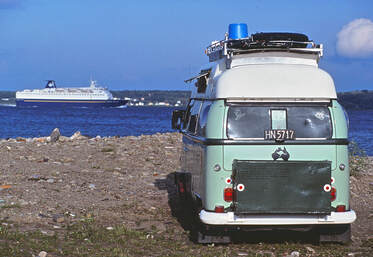 RR2 AWAITS THE ARRIVAL OF THE NEWFOUNDLAND CAR FERRY AS IT STEAMS IN TO NORTH SYDNEY, NOVA SCOTIA.
RR2 AWAITS THE ARRIVAL OF THE NEWFOUNDLAND CAR FERRY AS IT STEAMS IN TO NORTH SYDNEY, NOVA SCOTIA.
Newfoundland is over a 1000 k’s from the Canadian mainland and a 6-7 hour trip by car ferry; it wasn’t cheap to ship our RR2 there and we did hesitate initially but went anyway and that was one of the best decisions we ever made…..what a charming place it is culturally, it being far removed from the mainland. At the edge of North America, the island is one of the best places to see and appreciate nature in all its glory. More than three times the total area of provinces Nova Scotia, New Brunswick, and Prince Edward Island, the islands dramatic coastlines, sweeping barrens, thick boreal forests, and ancient rock formations are all part of the natural, wild beauty of Newfoundland & Labrador; a wildness that surrounds you at every turn. The living landscape is its own wonder teeming with seabirds, moose, caribou, and rich marine life. Obviously the island was a camping utopia for us because the landscape was wide open for RR2 to settle down wherever it felt inclined and spend the night. An additional bonus that the island had in store for us was its great variety of wild berries(see Gallery) and of course we feasted on them, especially the blueberries and camping on the wharves as we did, we had first hand access to the arrival of the morning catch.....heavenly! As much as we loved the islands ever scenic coastline, rustic fishing villages, rickety jetties, picturesque inlets and quaint painted housing, it was the people themselves that stole the show for us. Welcoming, fun loving and funny to the core, their natural creativity, unique language, and knack for storytelling set them apart from the mainland. Unfortunately, our pictures cannot convey the wonderful humanity of the “Newfies” but as you scroll through some images you will get a feeling for their Newfoundland. We open with one of the island's most famous features the spectacular Western Brook Pond, as only a hiker can show you. Later in the Gallery, we will take a boat up this ice carved, ancient fiord that is nowadays sealed off from the sea
"At the edge of North America, the island is one of the best places to see and appreciate nature in all its glory."
"An additional bonus that the island had in store for us was its great variety of wild berries( and of course we feasted on them, especially the blueberries and also, camping on the wharves as we did, we had first hand access to the early morning catch.....heavenly! "
"The living landscape is its own wonder with multiple seabirds, plentiful moose and rich marine life."
We open with one of the island's most famous features the spectacular Western Brook Pond, as only a hiker can show you; we hired a boat to navigate up this ice carved, ancient fiord that is nowadays sealed off from the sea
"As much as we loved the island's rustic scenic attributes, it was the people that stole the show for us. Welcoming, fun loving and funny to the core, their natural creativity, unique language, and knack for storytelling sets them apart from the mainland."
Newfoundland was a camping utopia because we could settle down unrestricted wherever we felt inclined to spend the night and where RR2 (above) is parked (Signal Hill) we had a magical view of St John's when the lights came on. It is on this hill that a mock historic military battle is reenacted in the summer months; more in Gallery.
Newfoundland is also a photographers bonanza ; the island's scenic coastline, rustic fishing villages, rickety jetties, picturesque inlets, quaint painted houses and in some places, derelict charm are an asset to any camera.
NEWFOUNDLAND GALLERY
Hope you enjoyed our introduction to this wonderful island but we still have more images of the island and must move into a "GALLERY" mode to show them. Check out a cruise up Western Brook Pond and a few images of the Signal Hill Tattoo celebration performed yearly at St Johns. Other than that, more sights & scenes of the island. Click on Wendy to start the show and then mouse-click through the gallery using the arrows provided in the pictures, easier though to use your keyboard RIGHT arrows. No commentary on this Gallery, it speaks for itself.
Hope you enjoyed our introduction to this wonderful island but we still have more images of the island and must move into a "GALLERY" mode to show them. Check out a cruise up Western Brook Pond and a few images of the Signal Hill Tattoo celebration performed yearly at St Johns. Other than that, more sights & scenes of the island. Click on Wendy to start the show and then mouse-click through the gallery using the arrows provided in the pictures, easier though to use your keyboard RIGHT arrows. No commentary on this Gallery, it speaks for itself.

